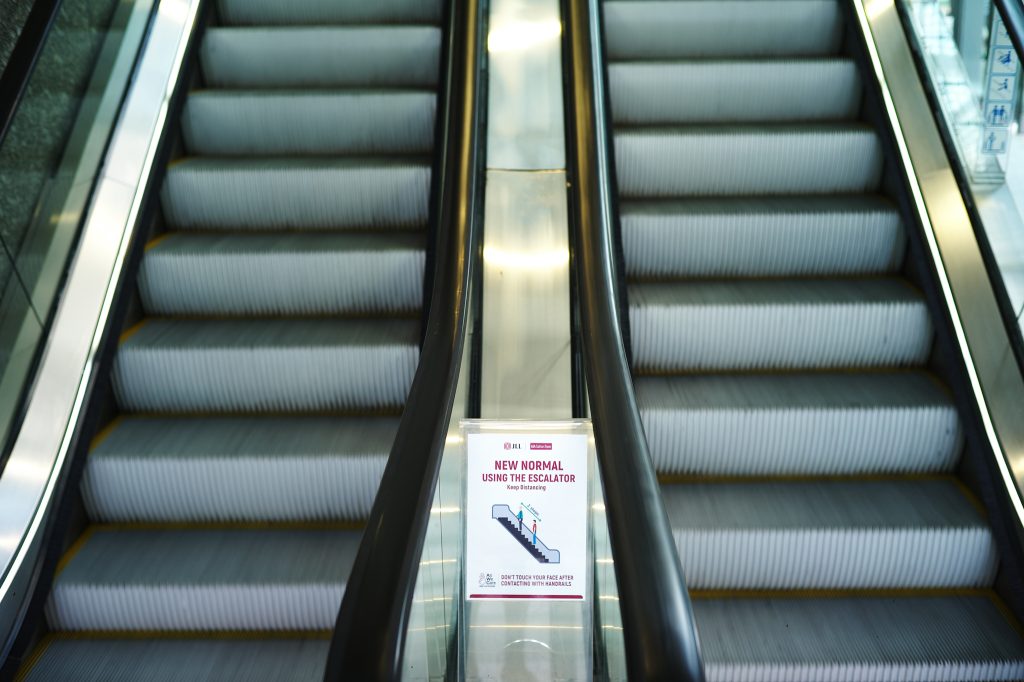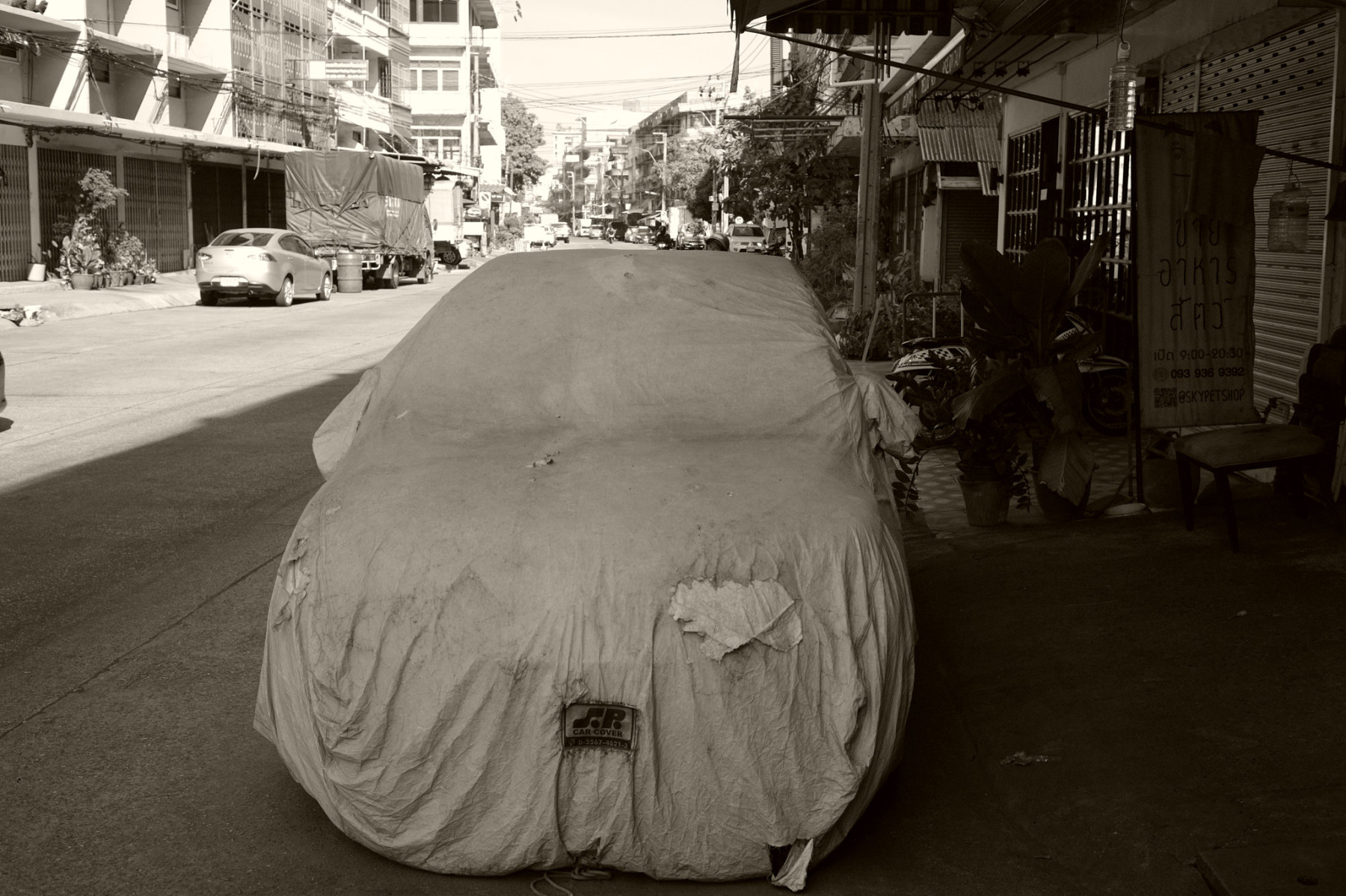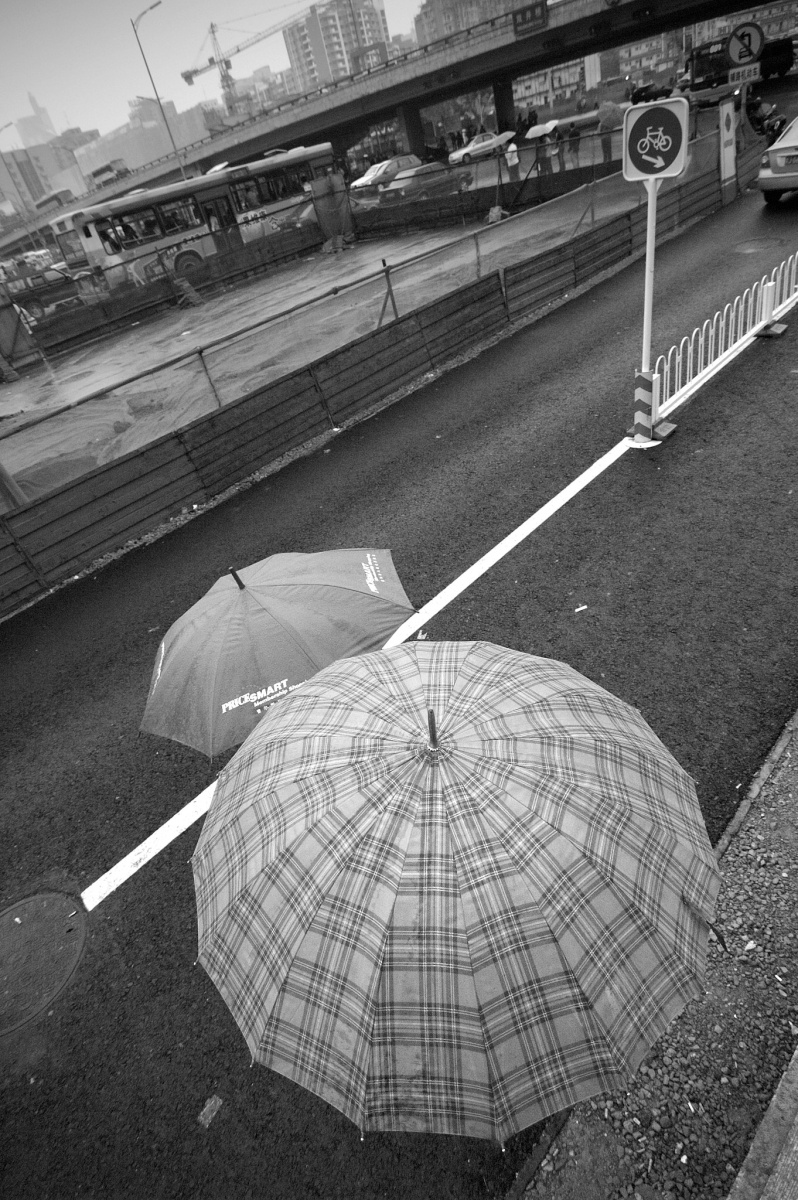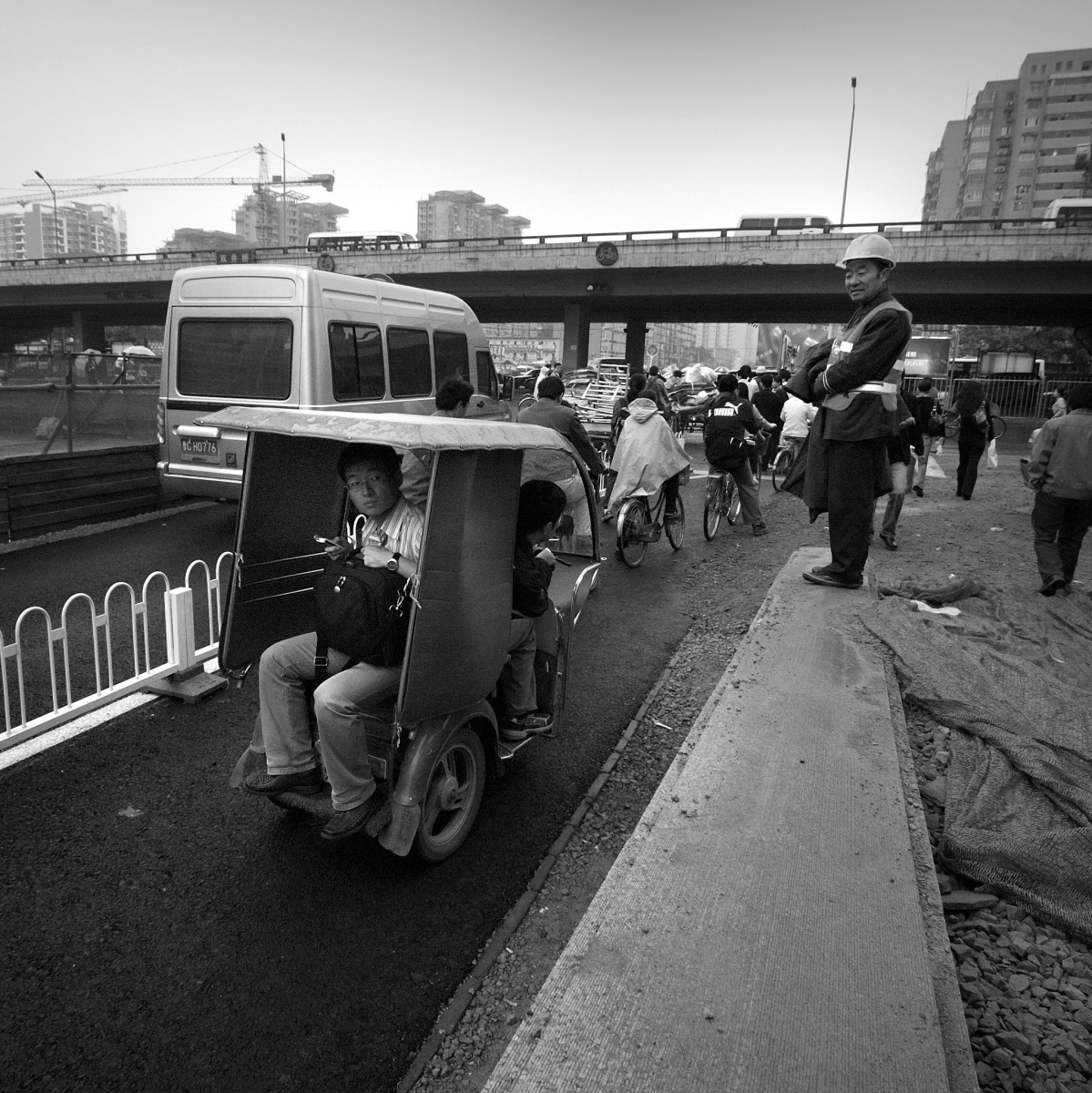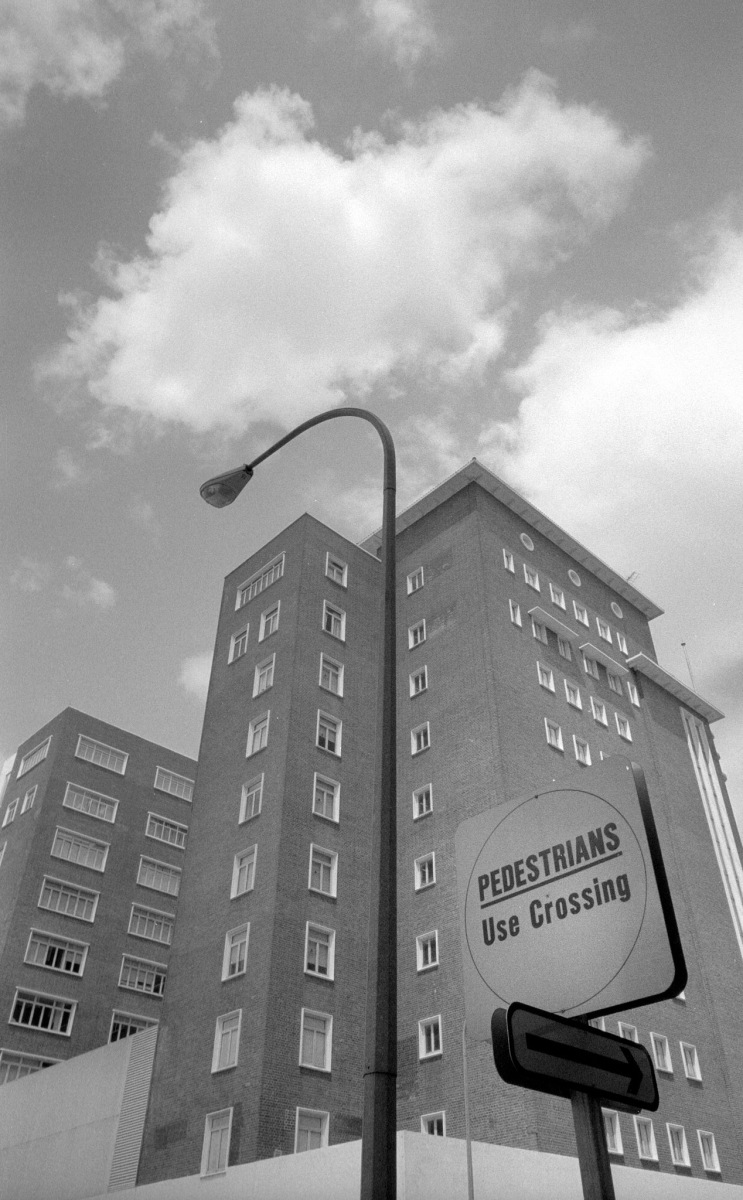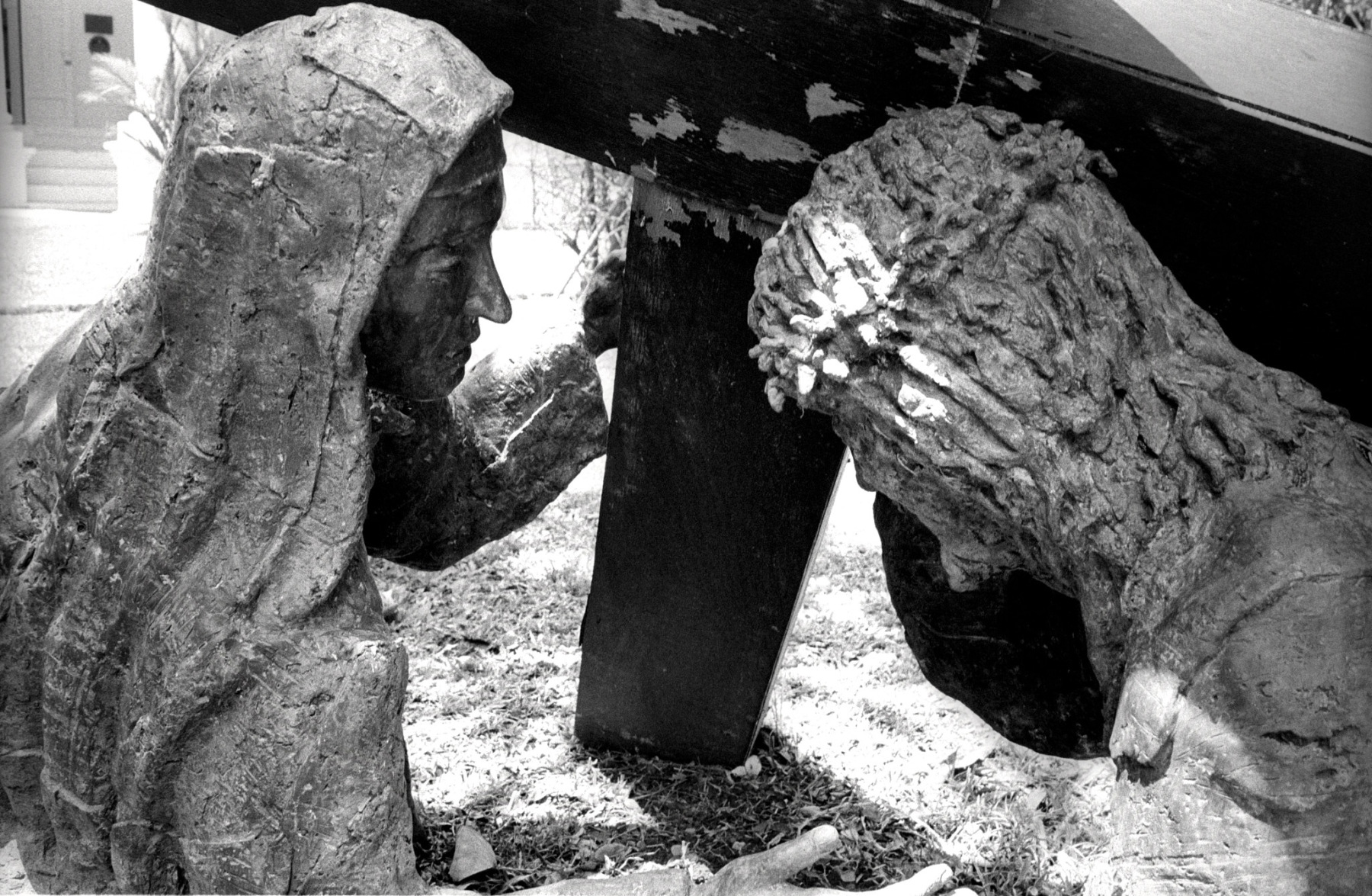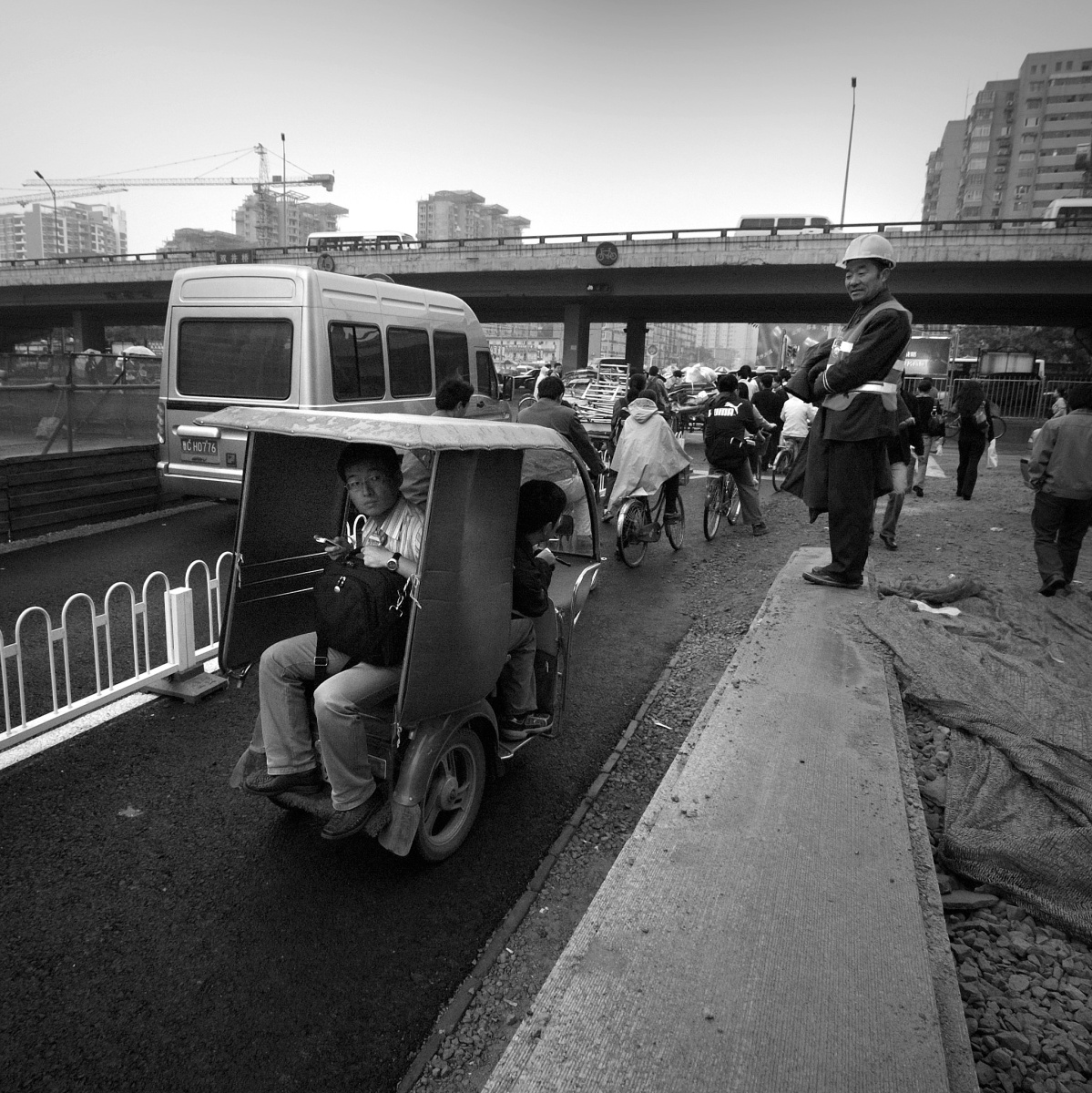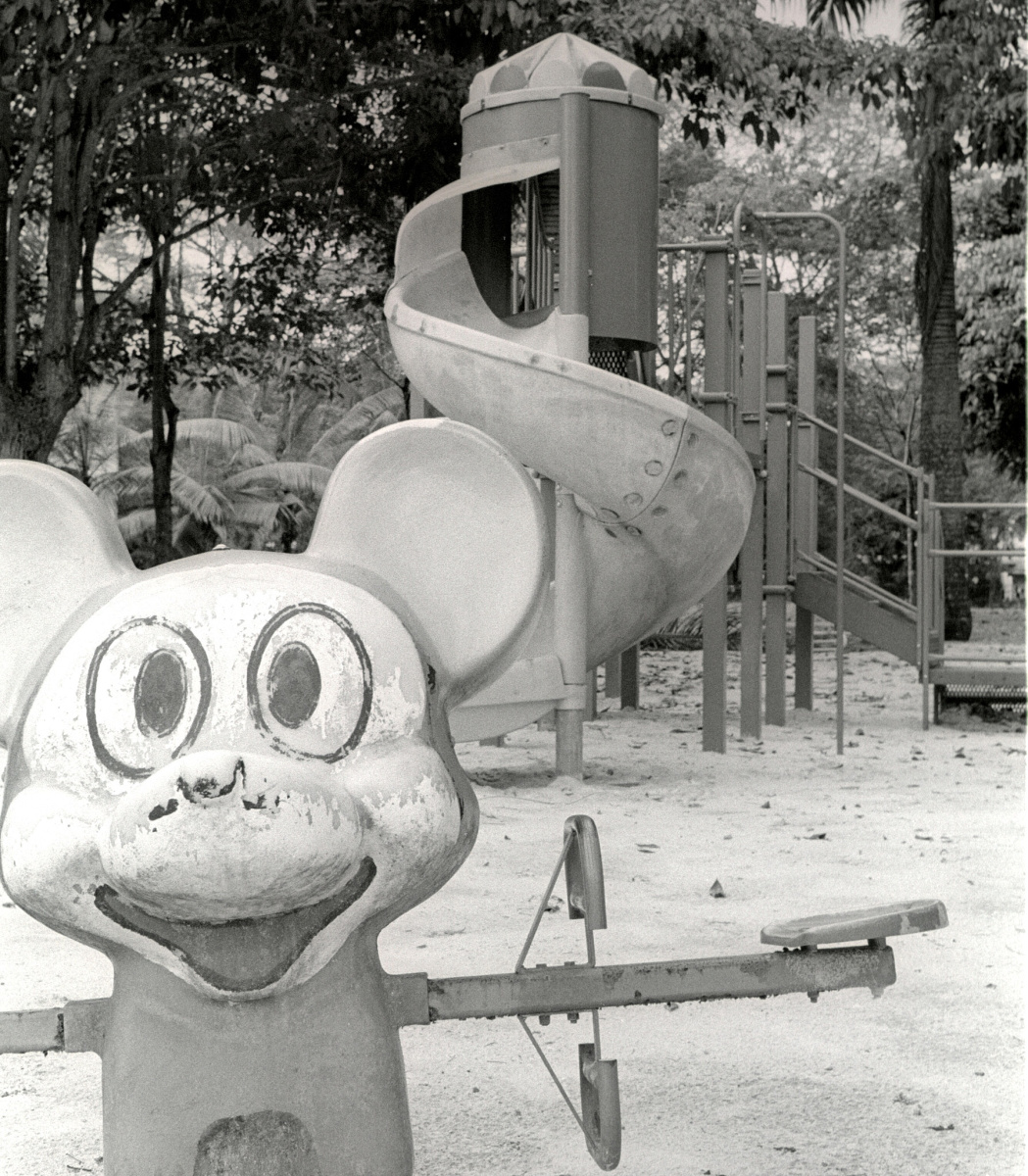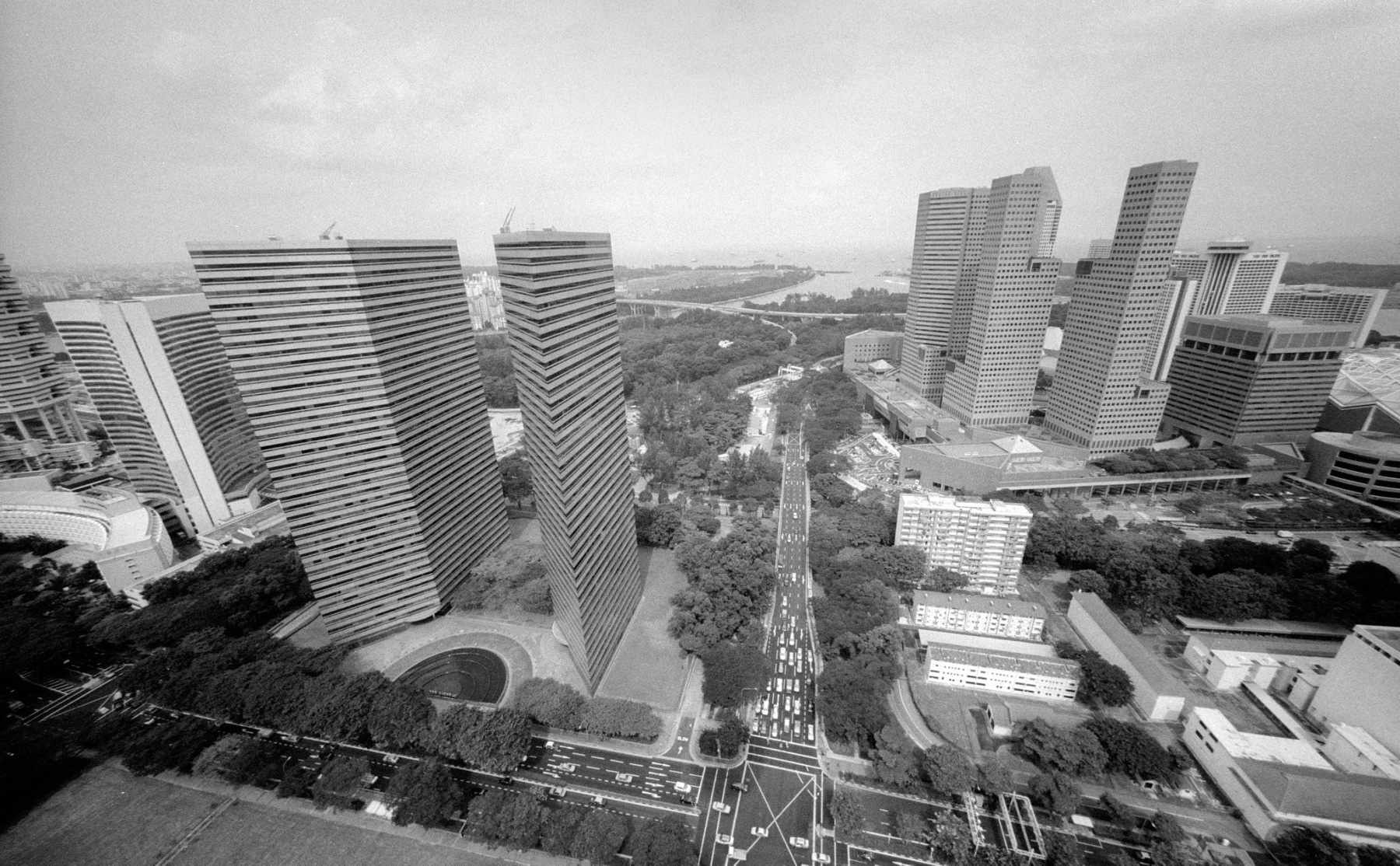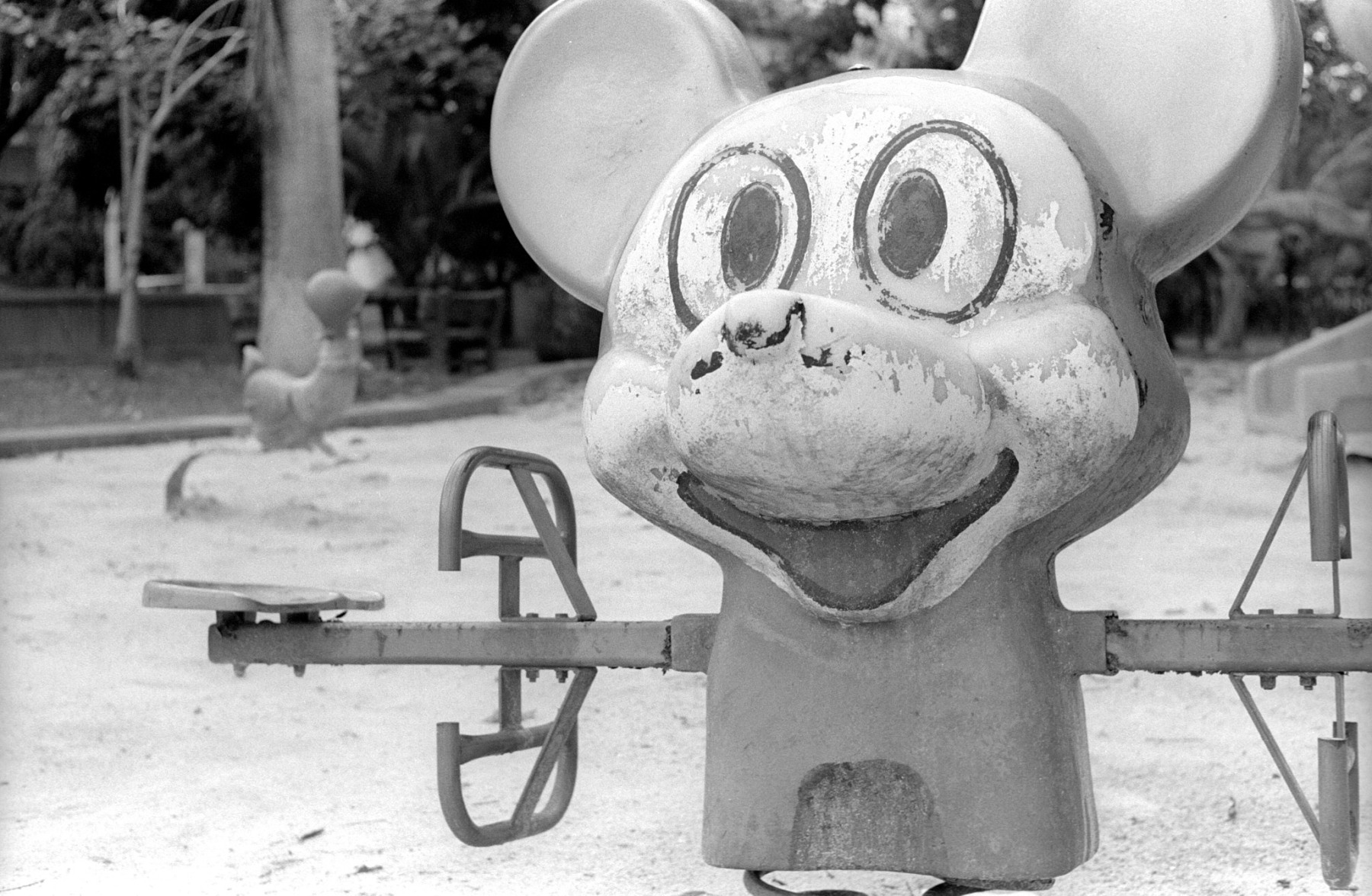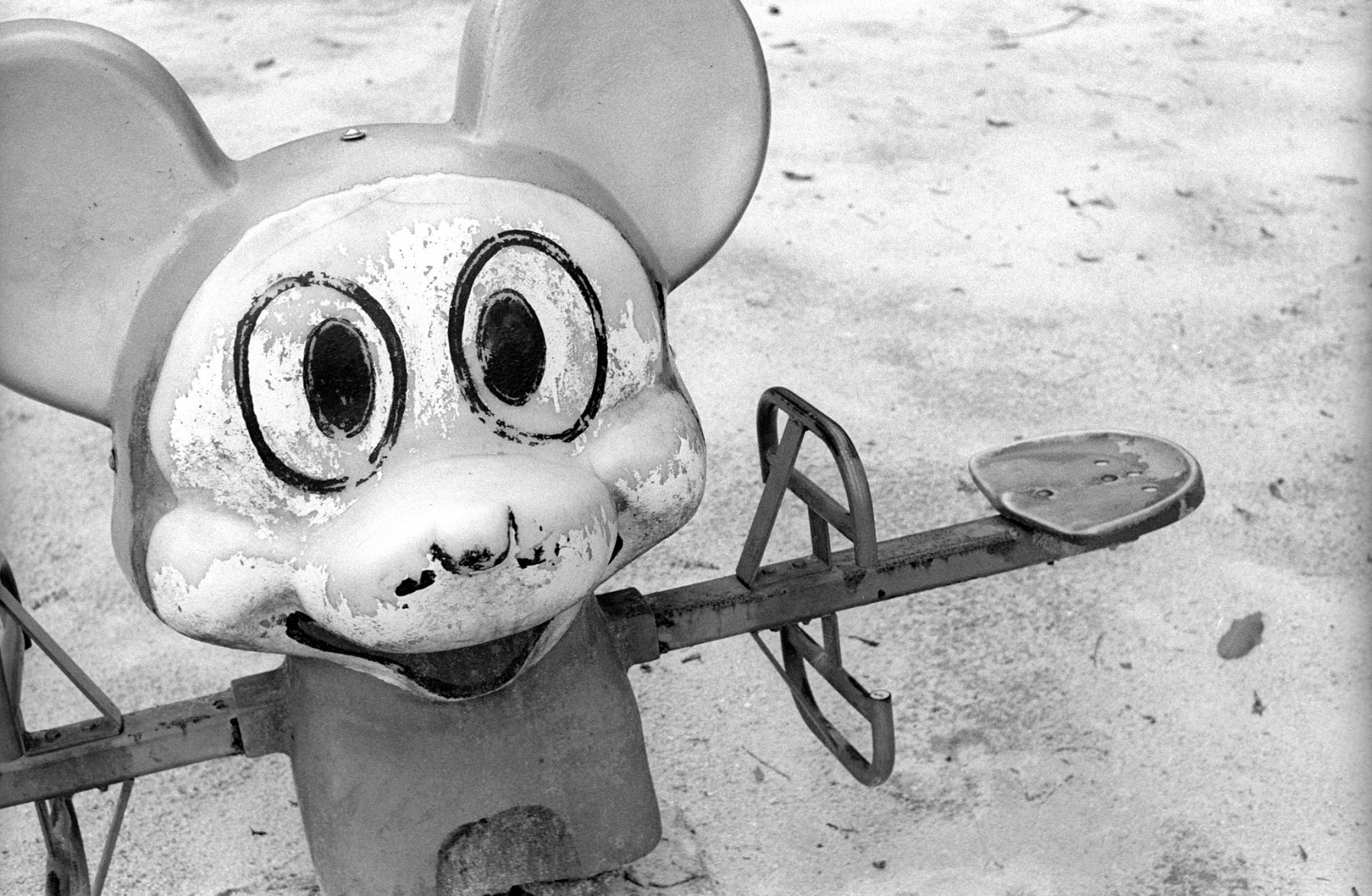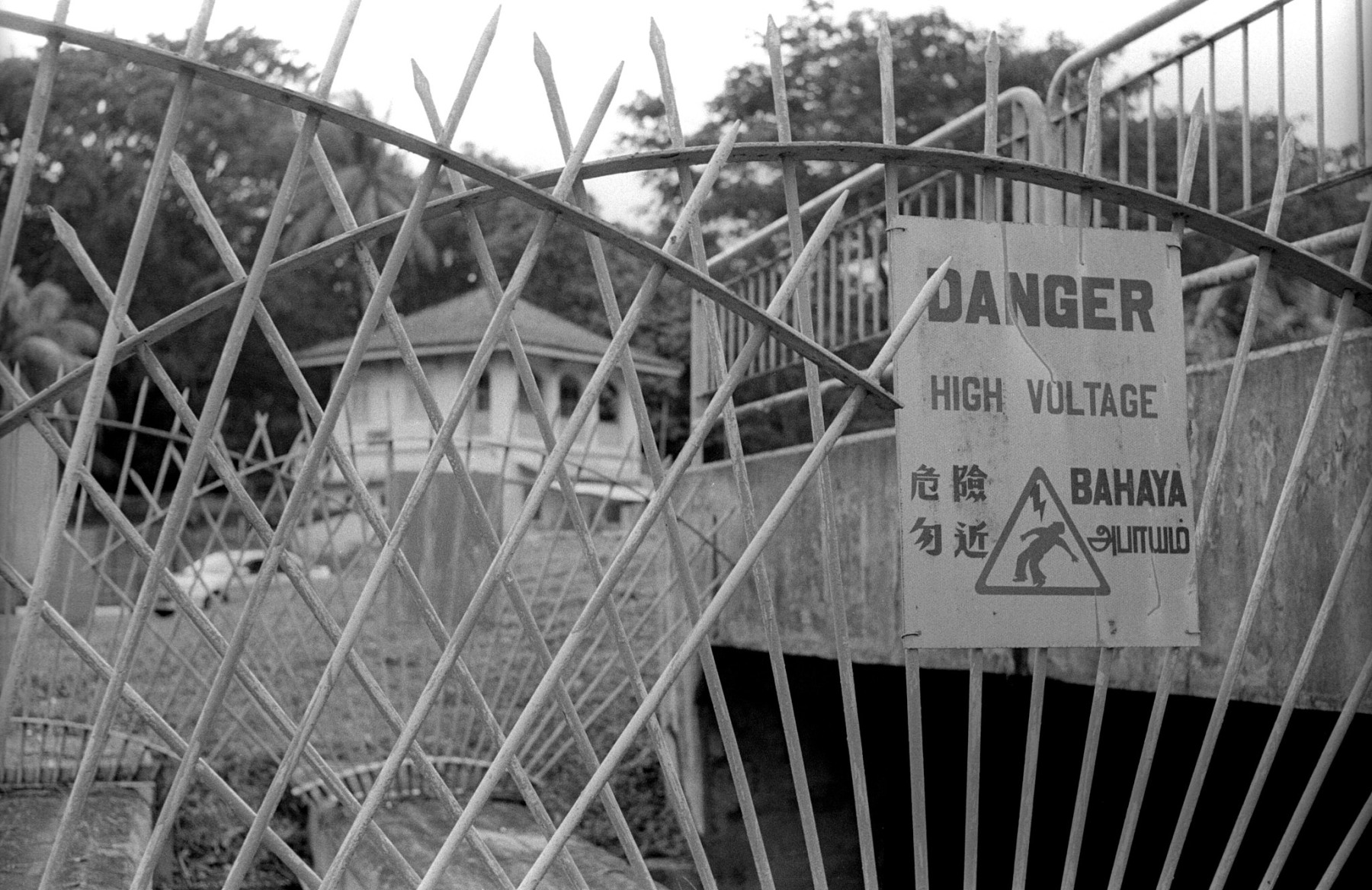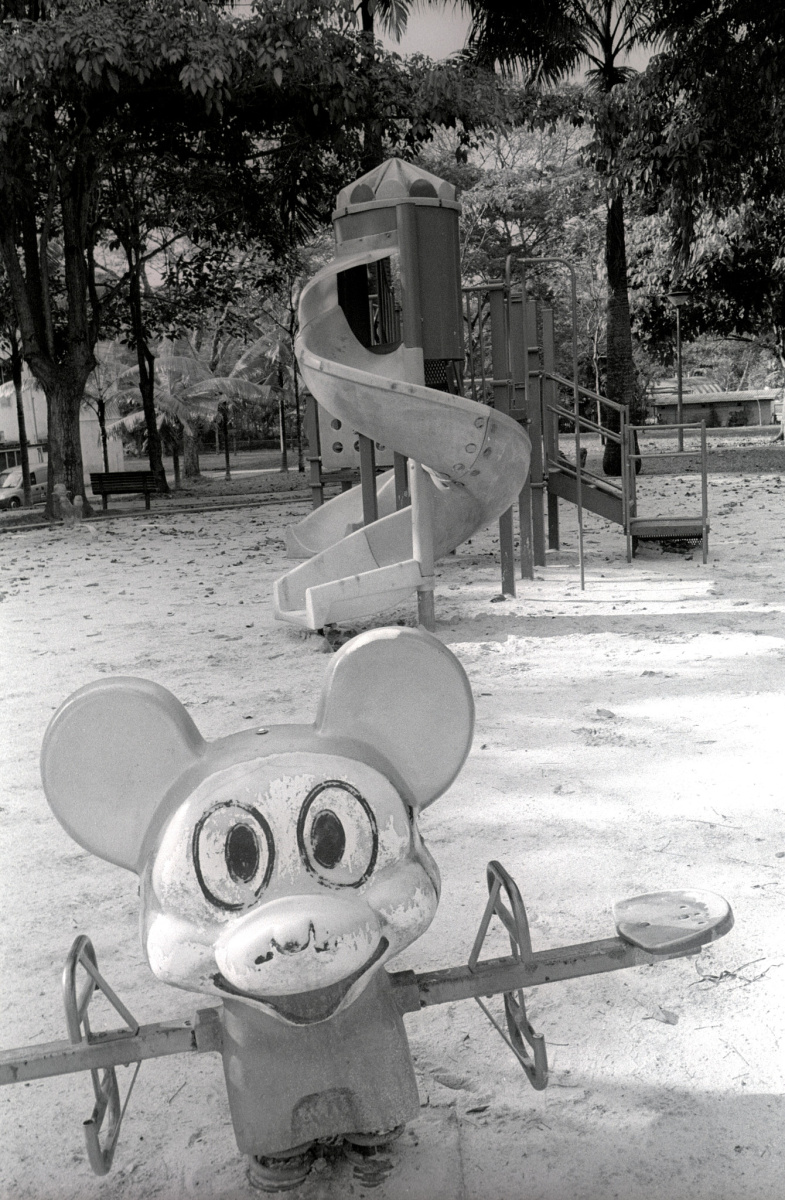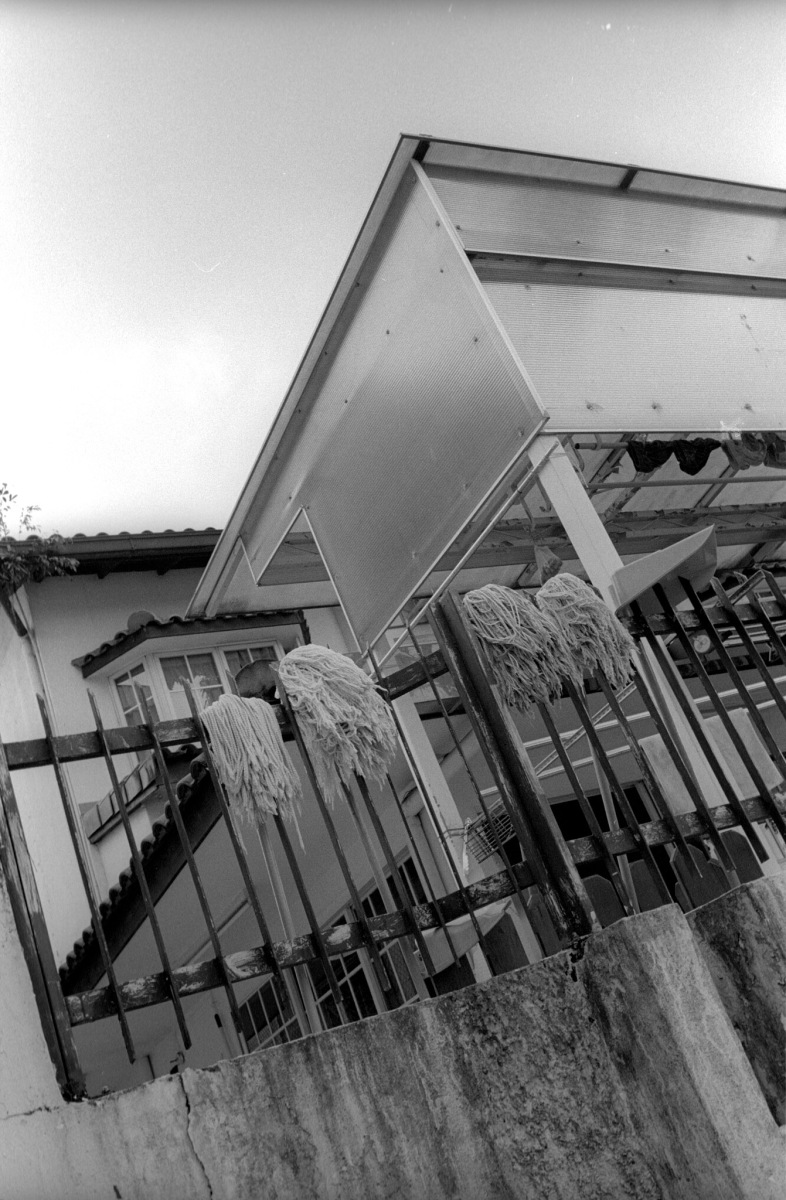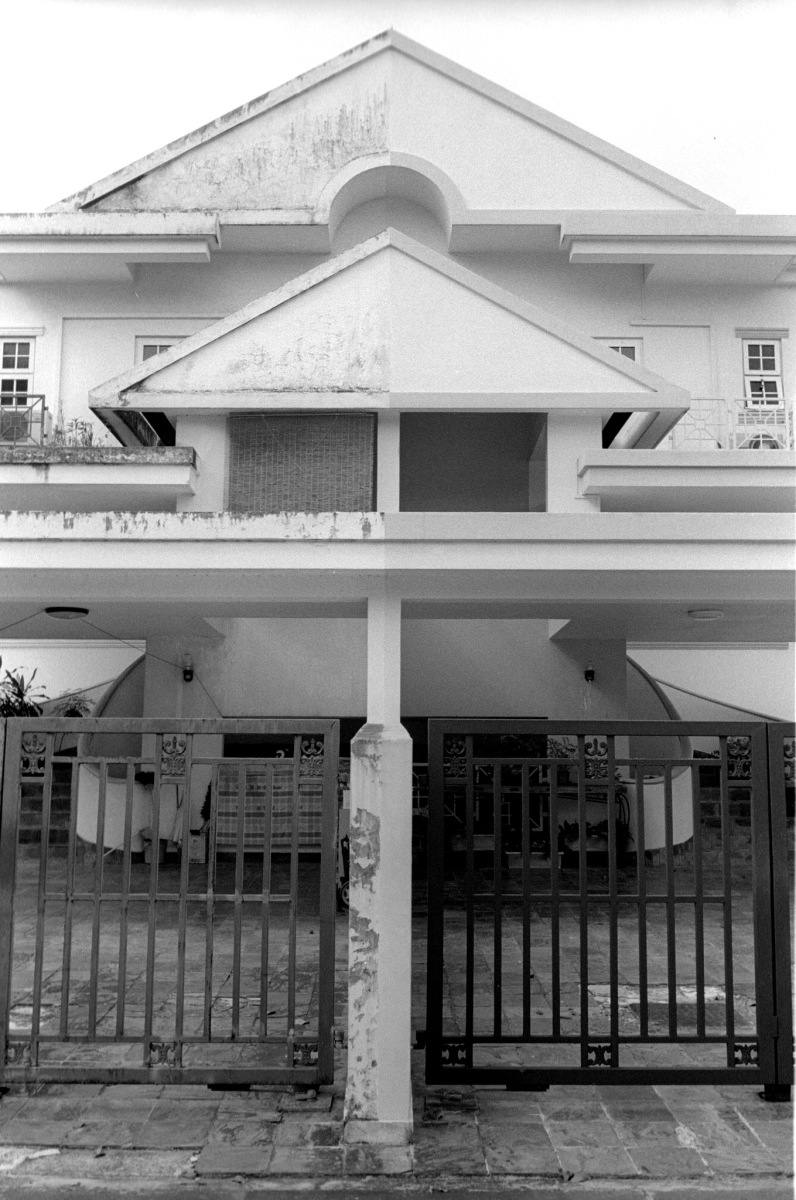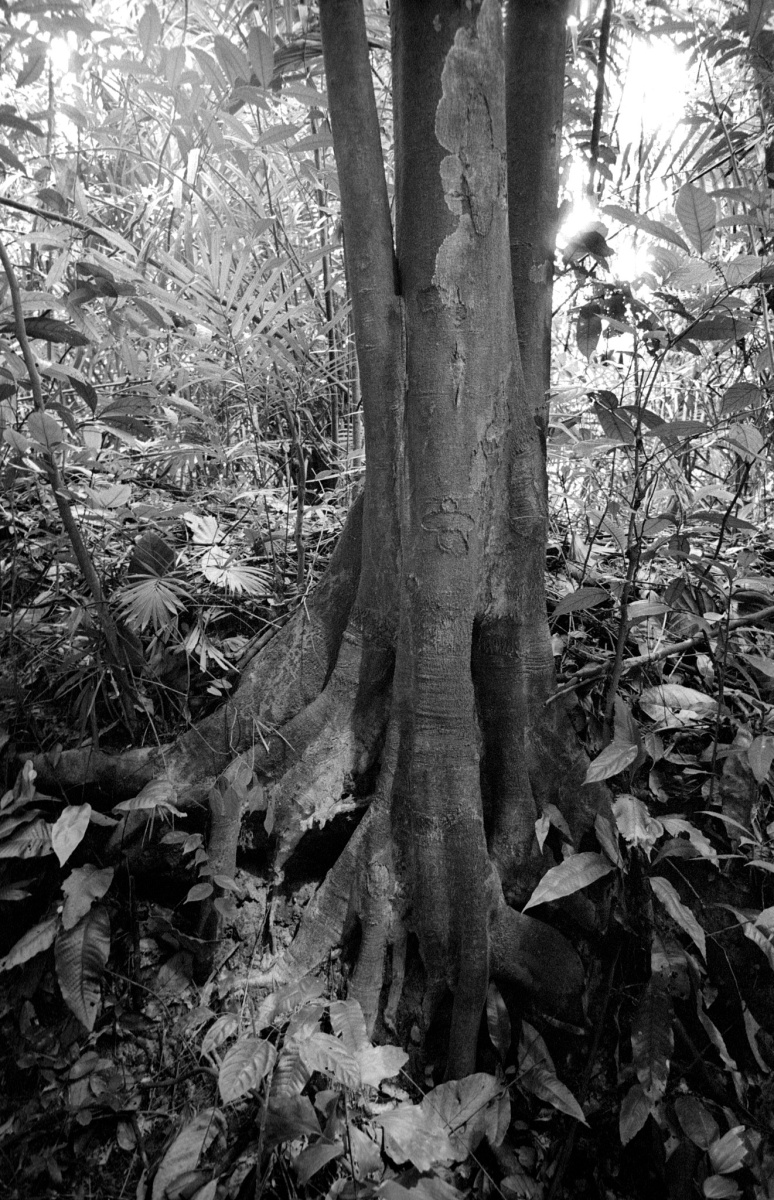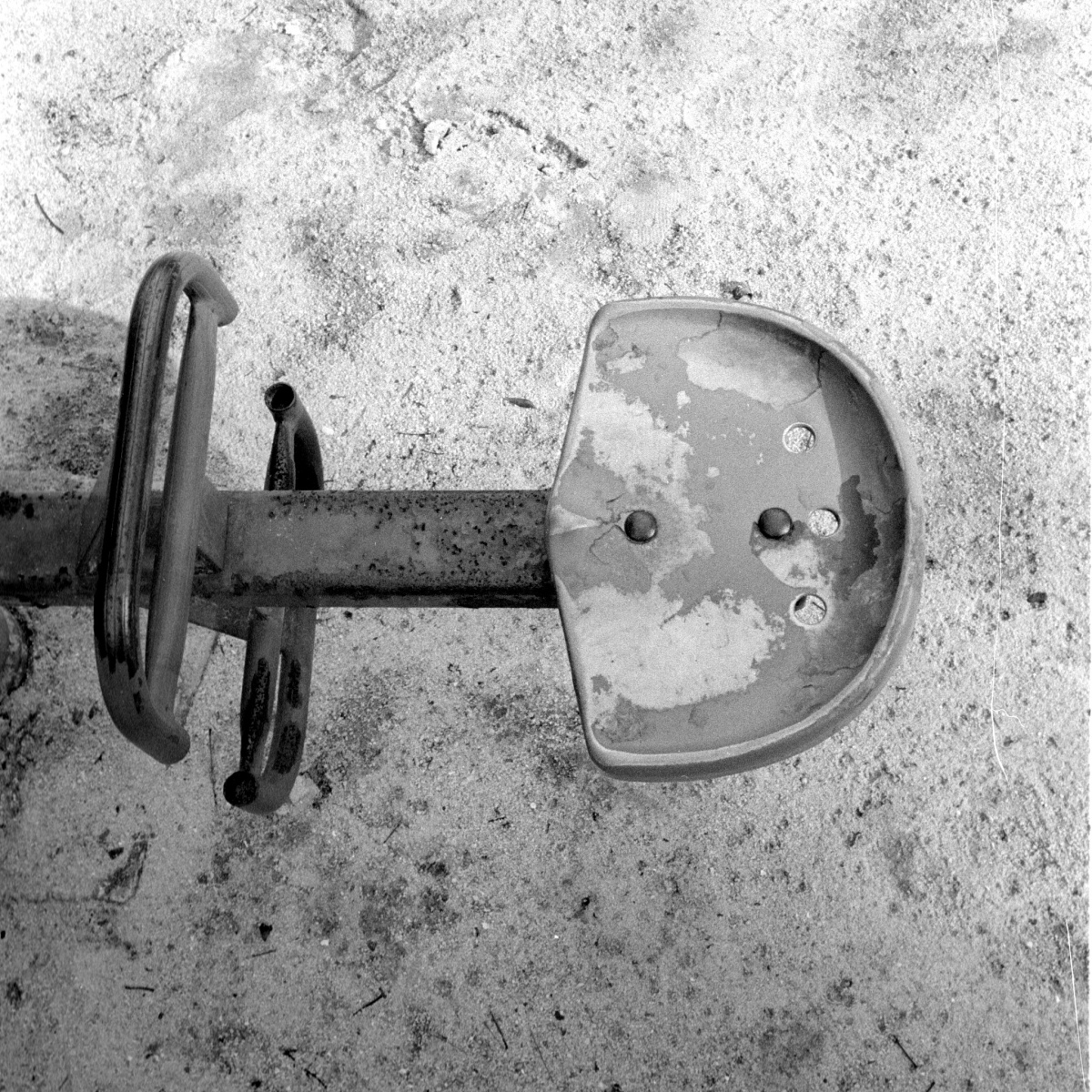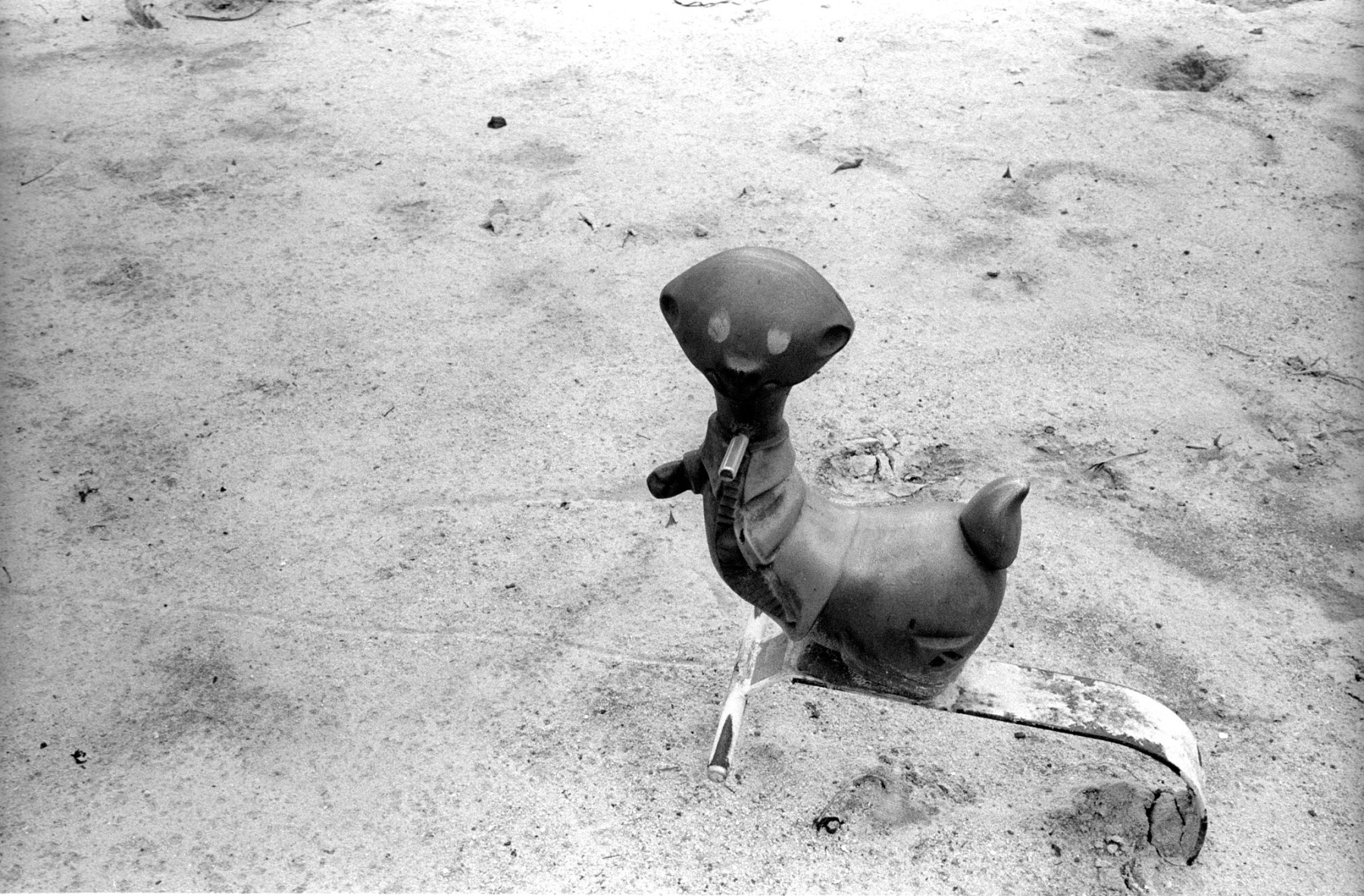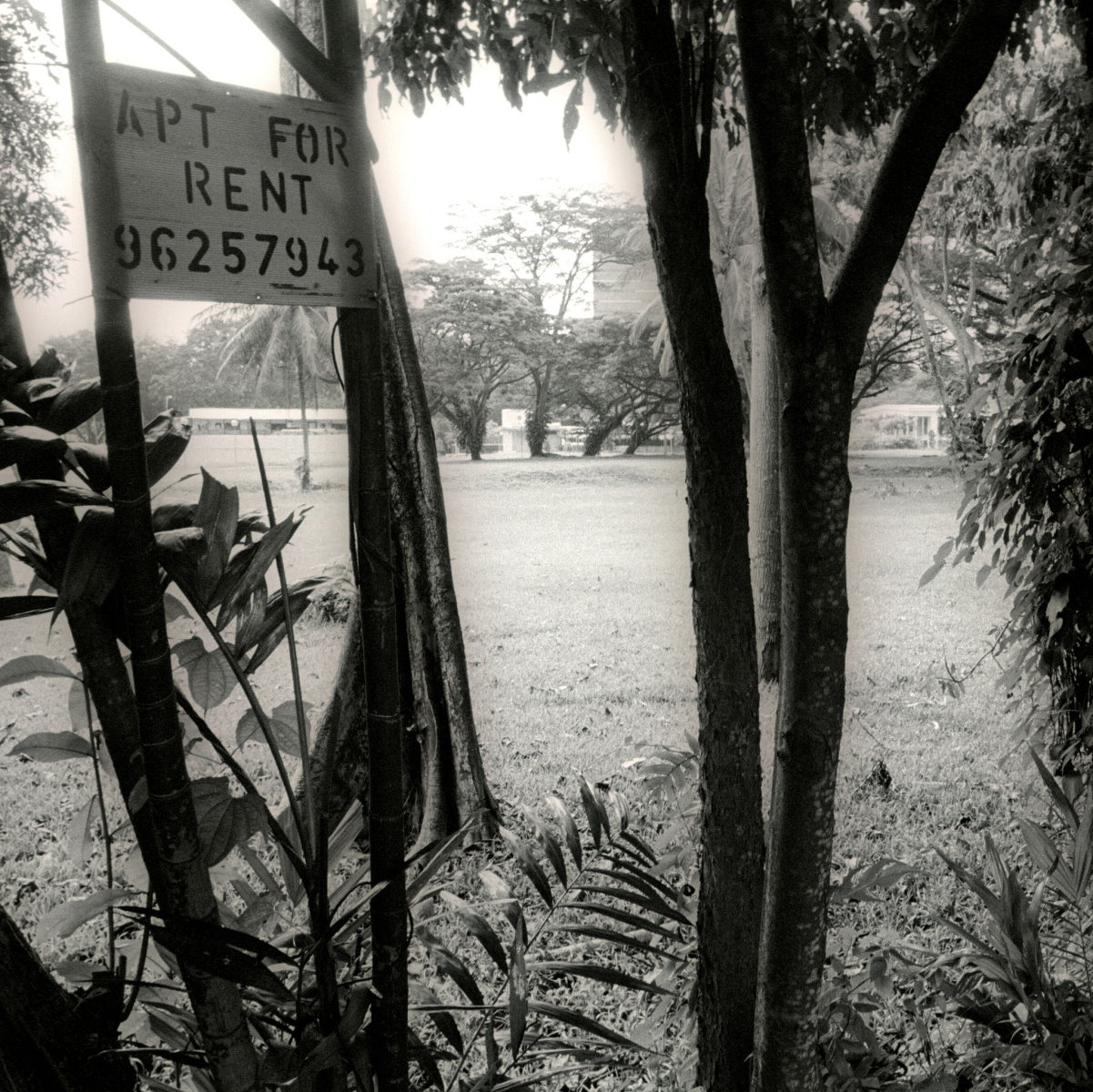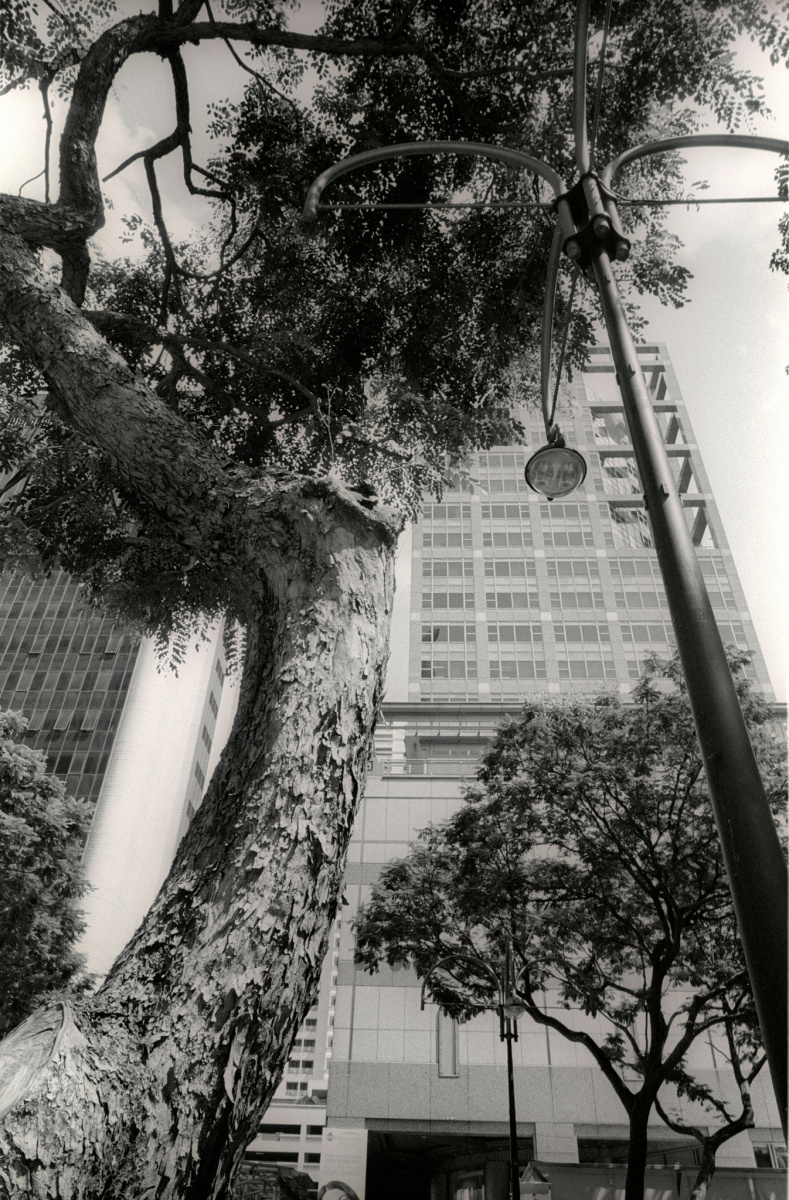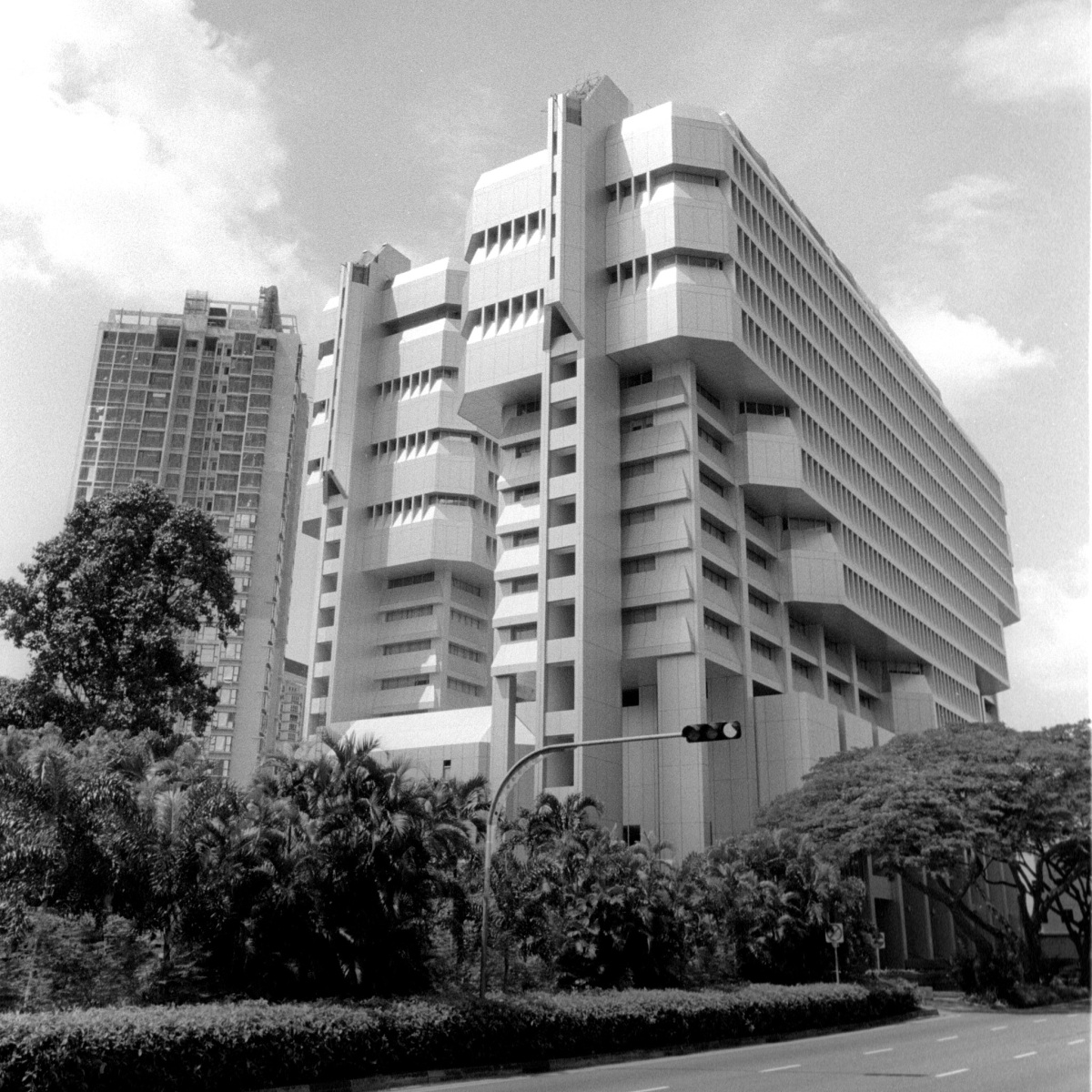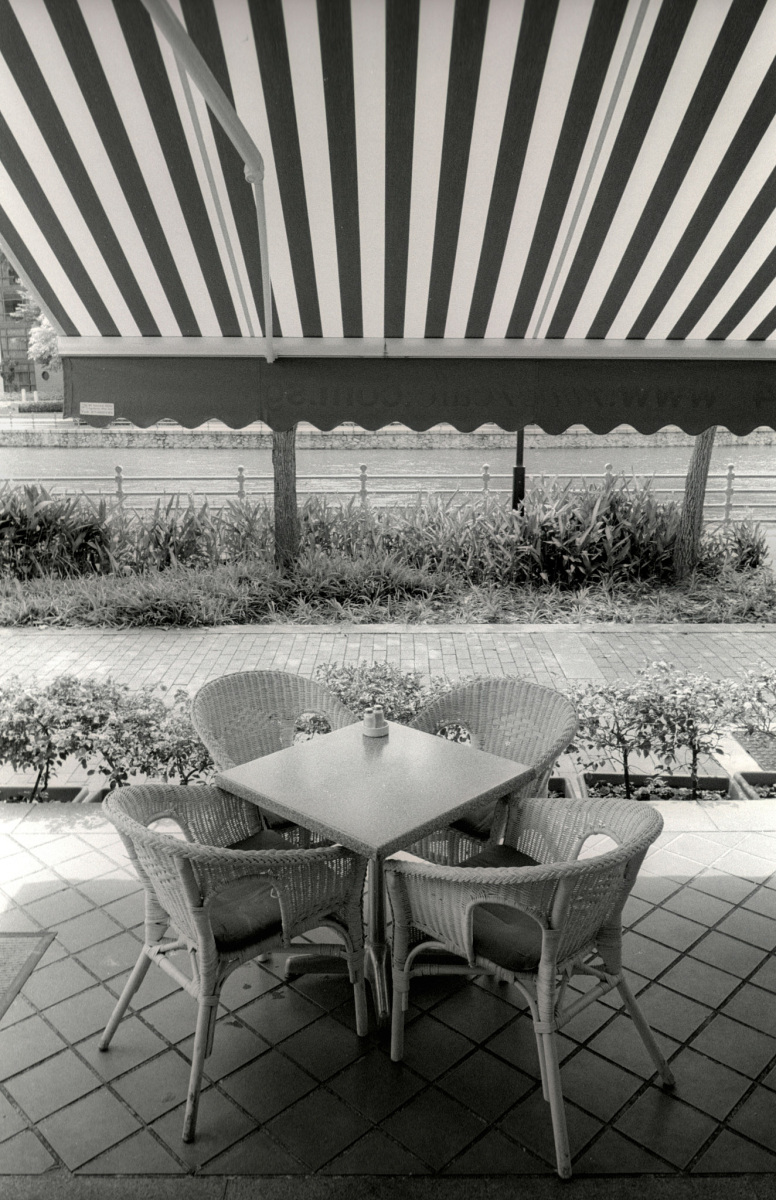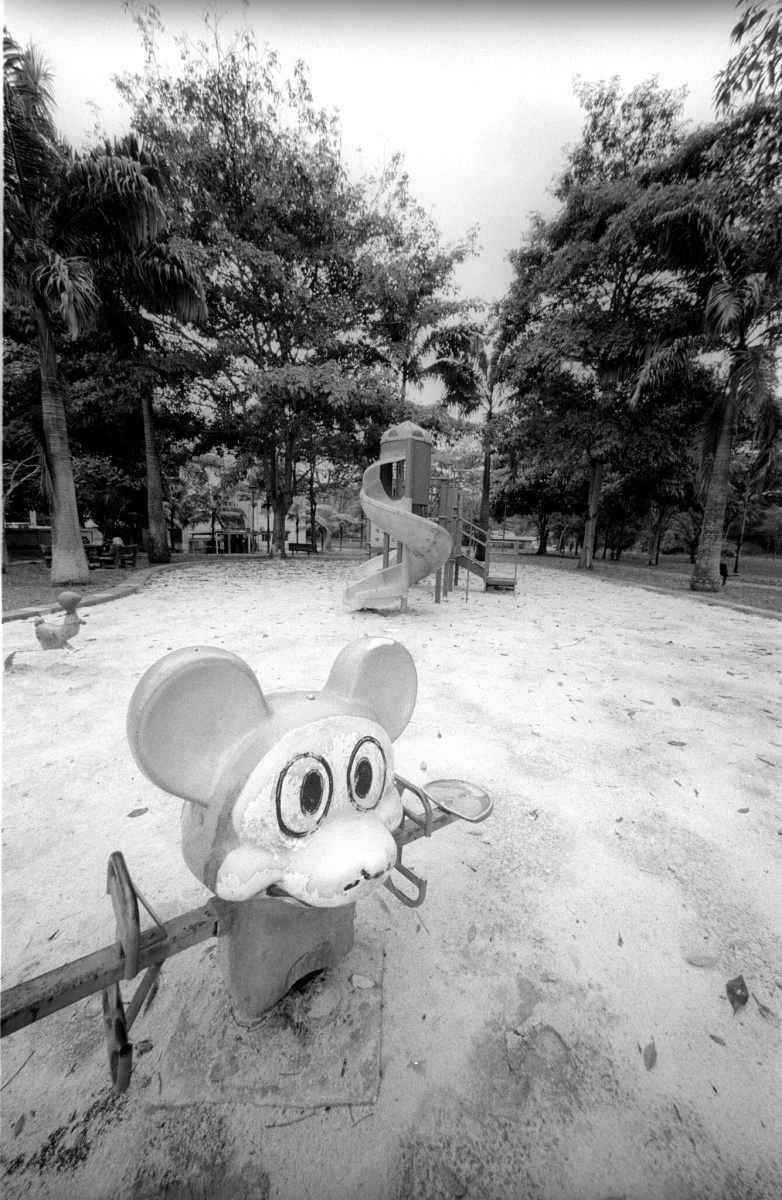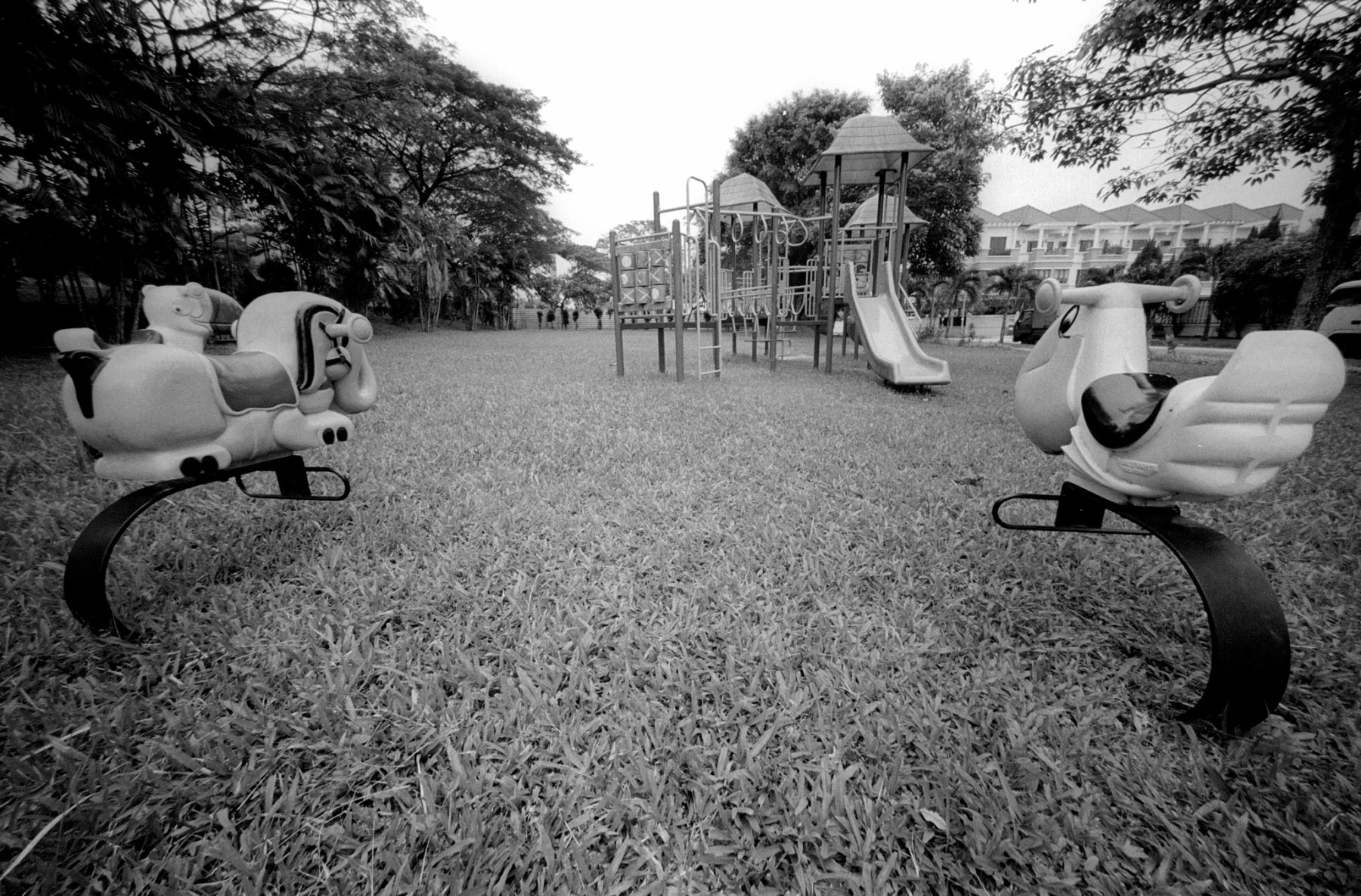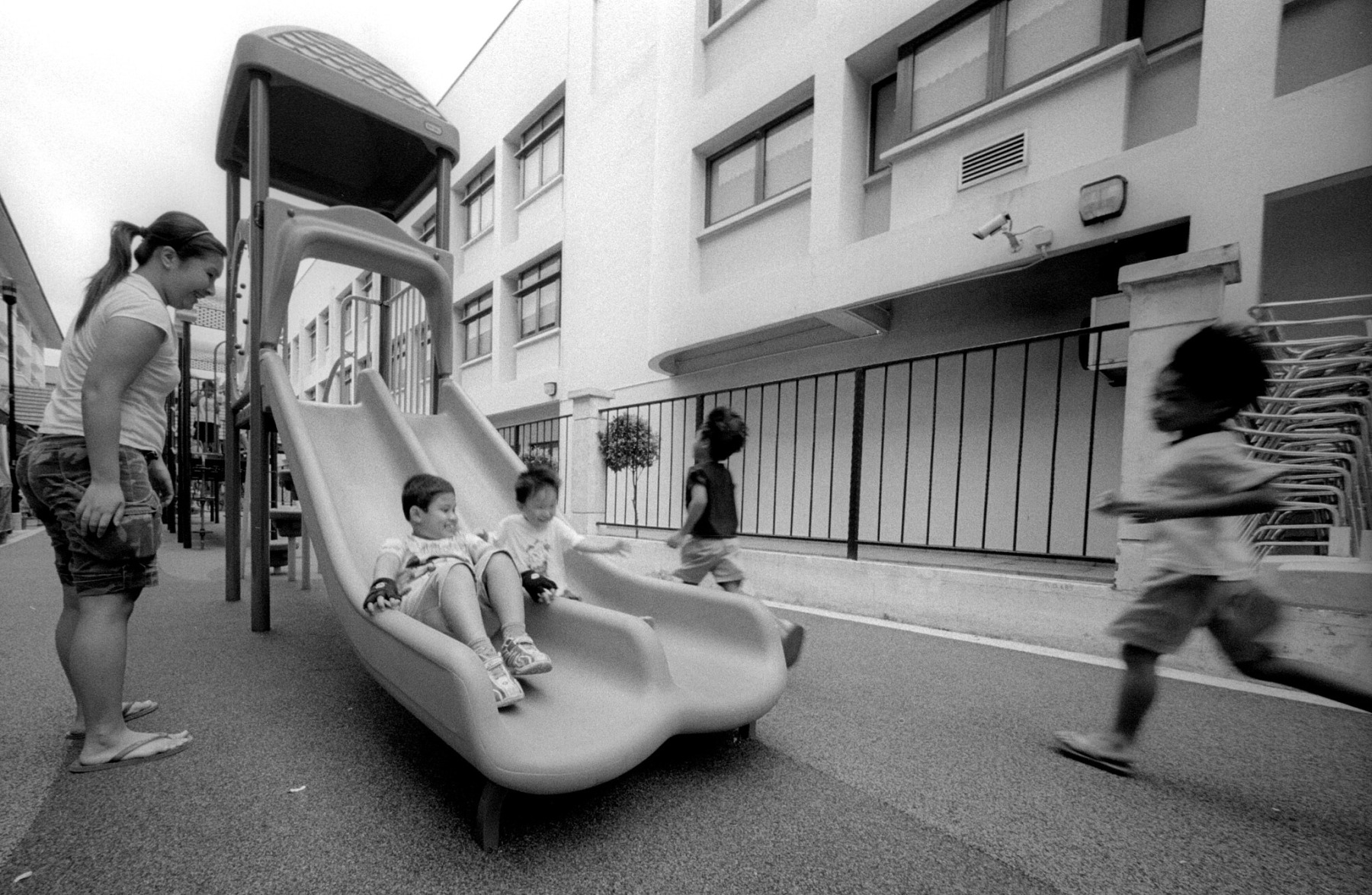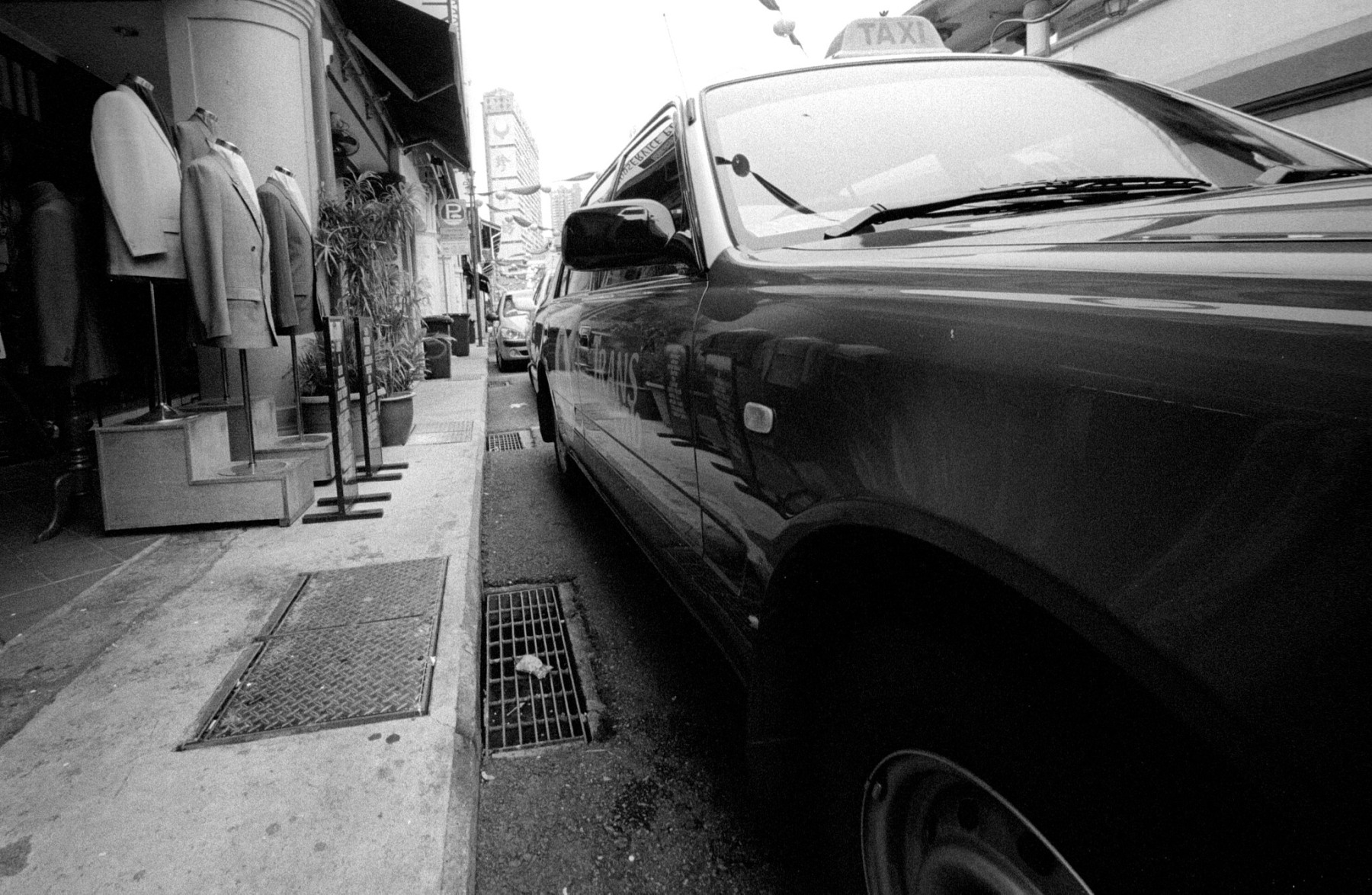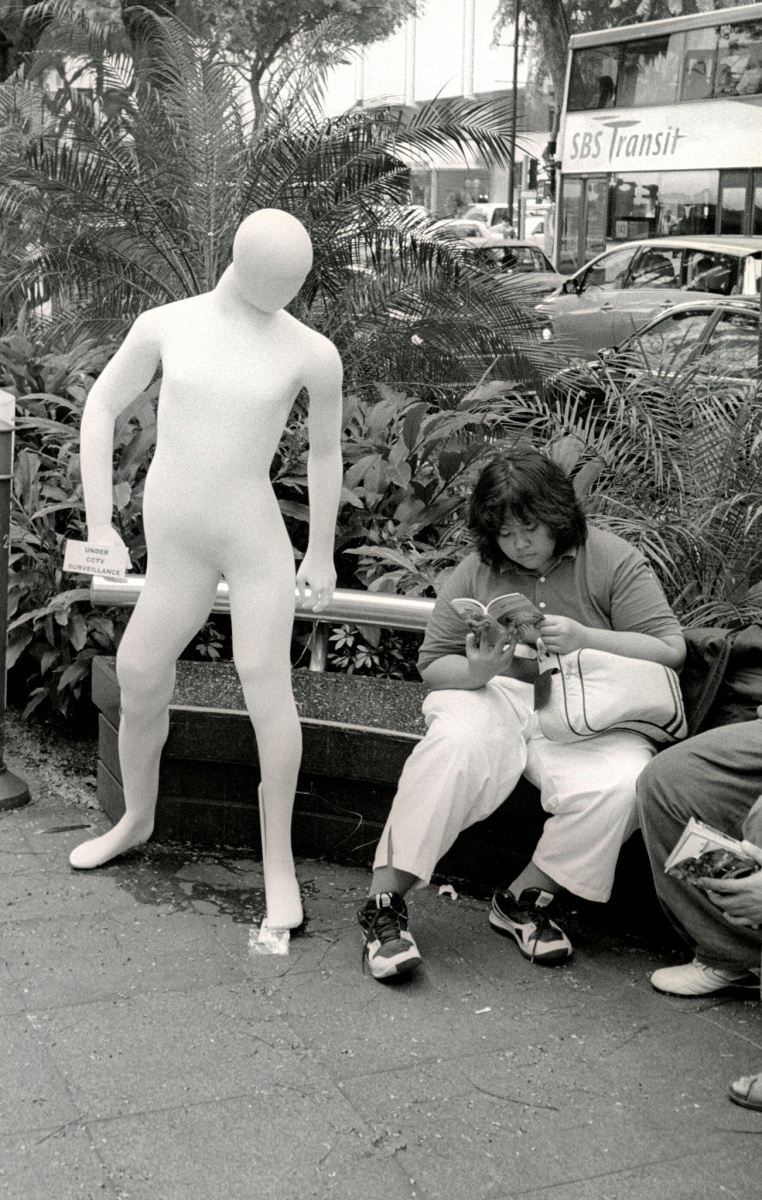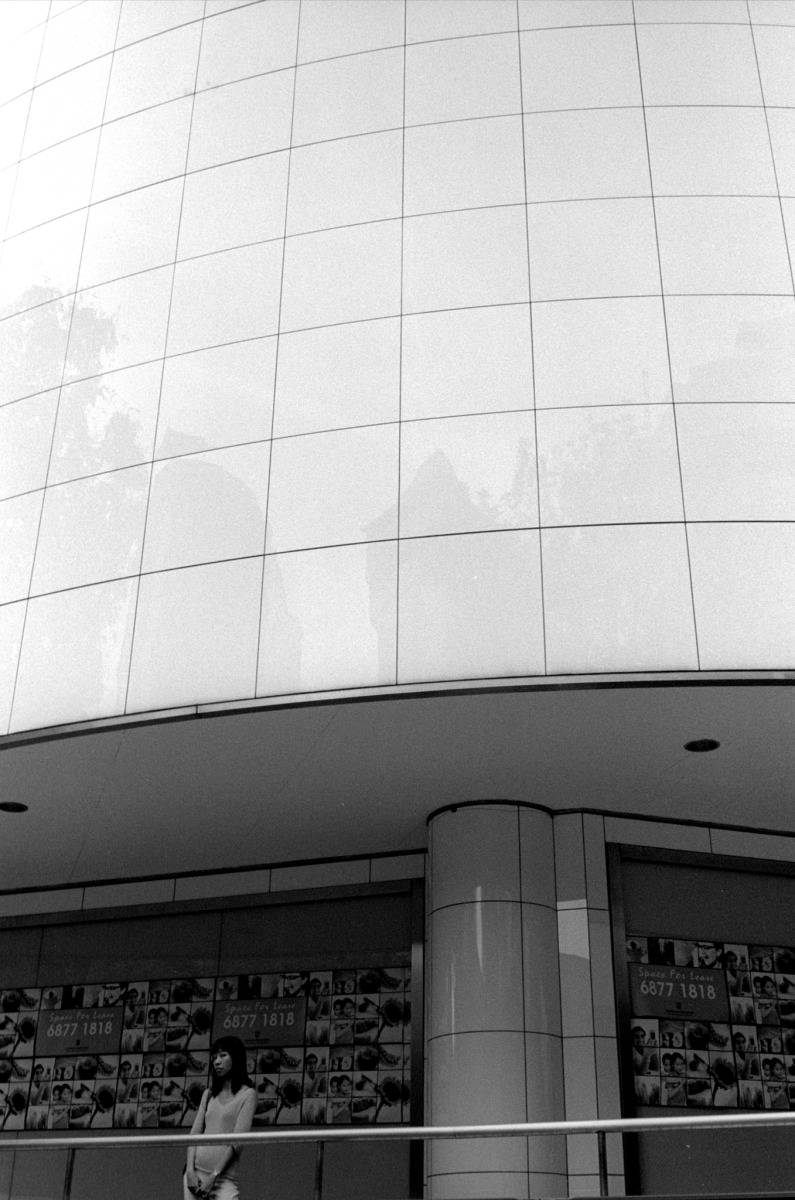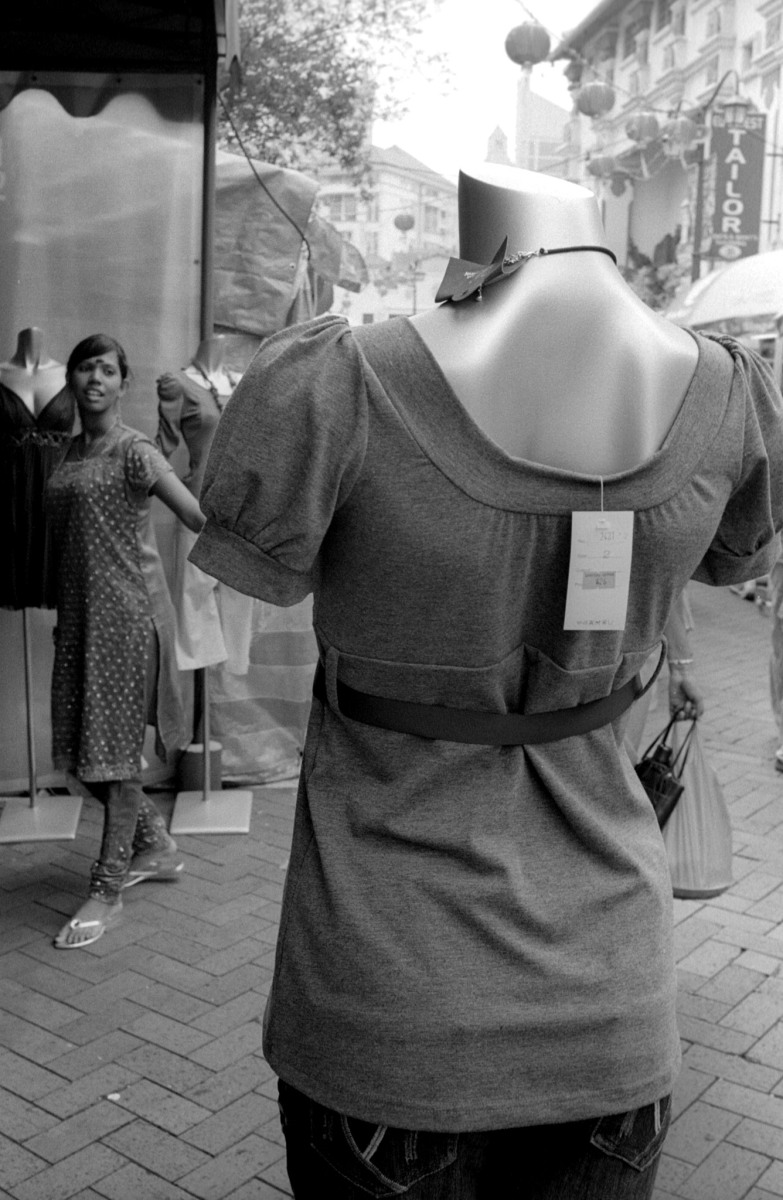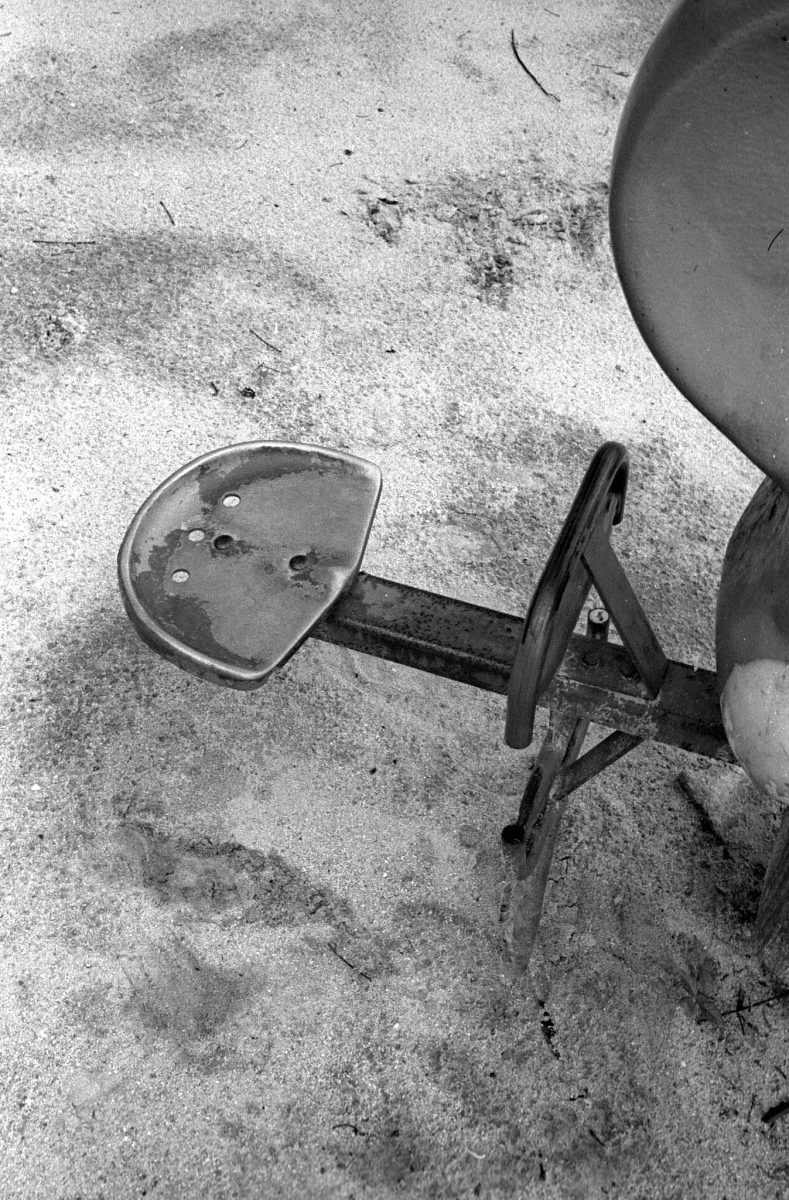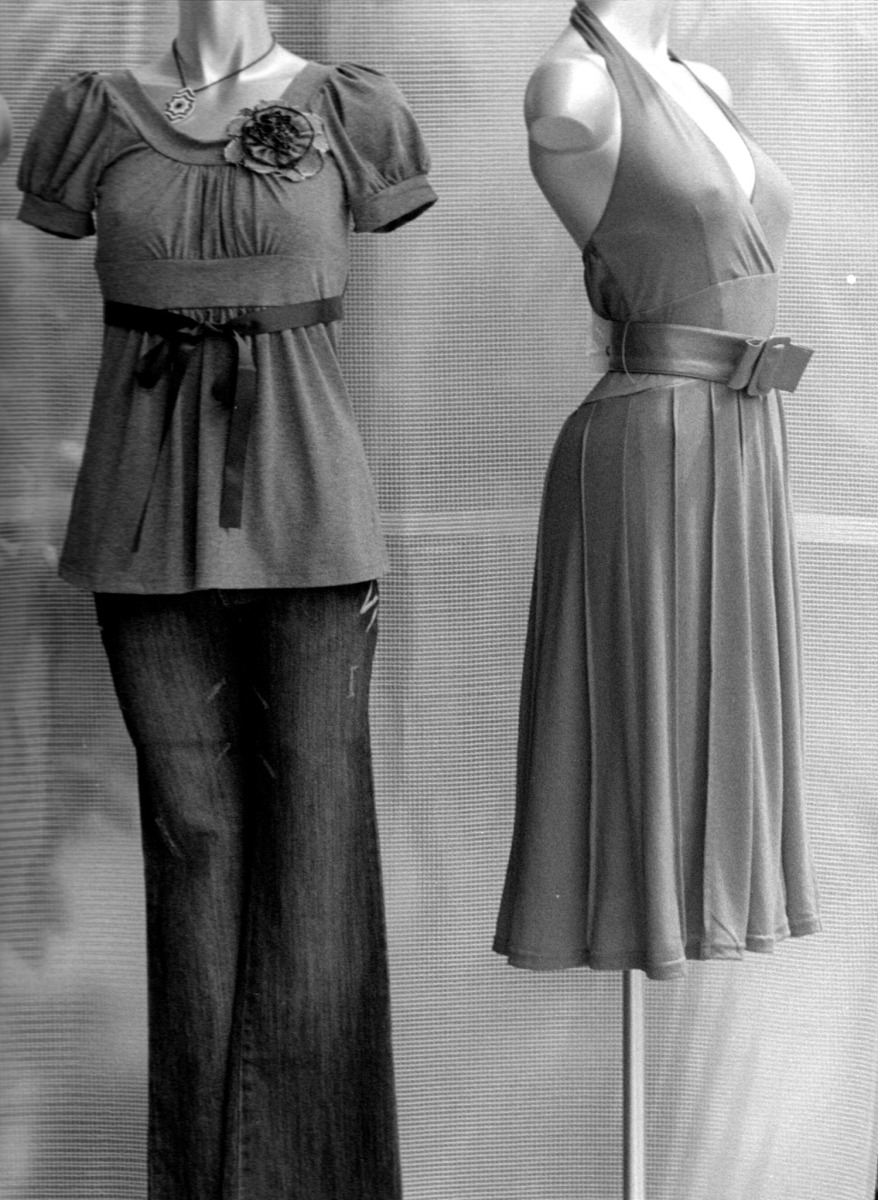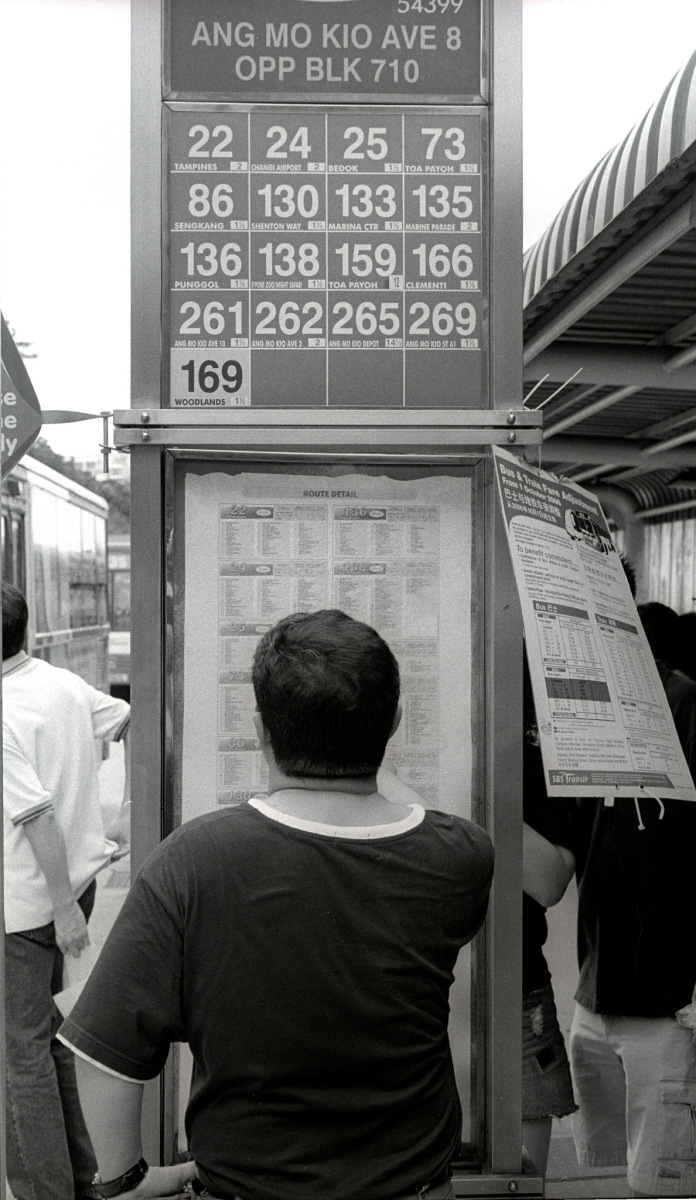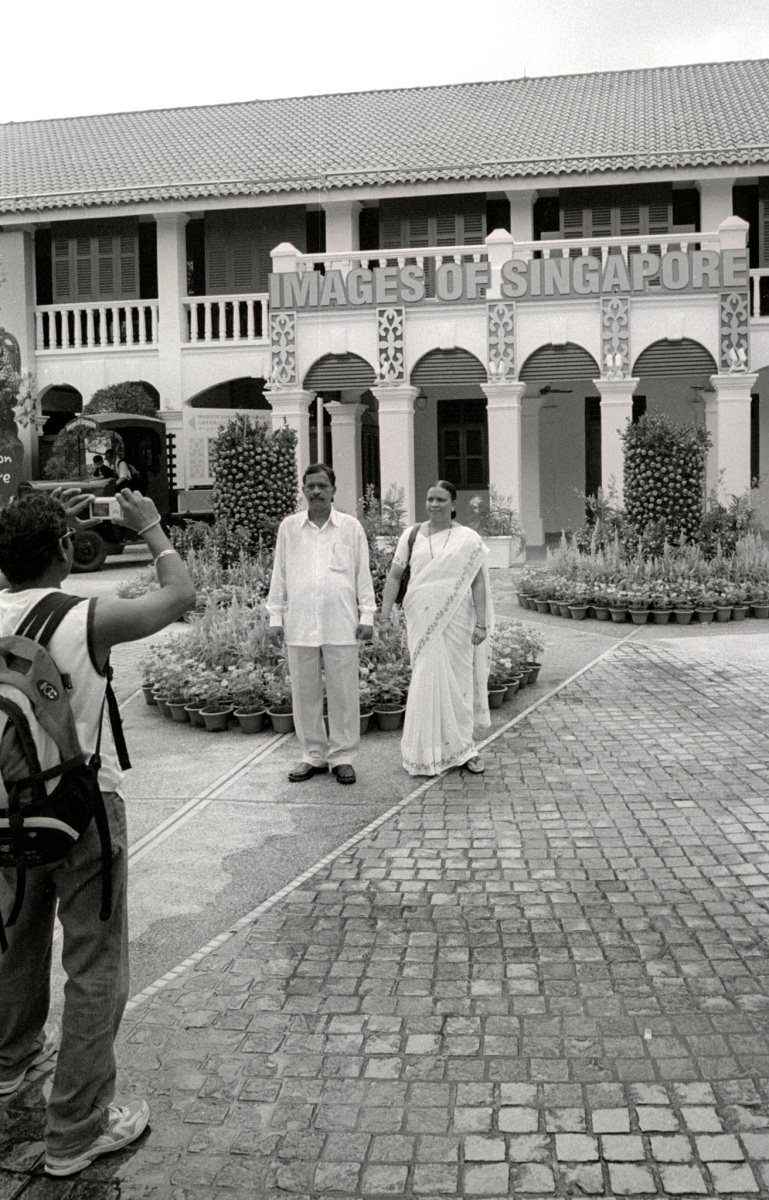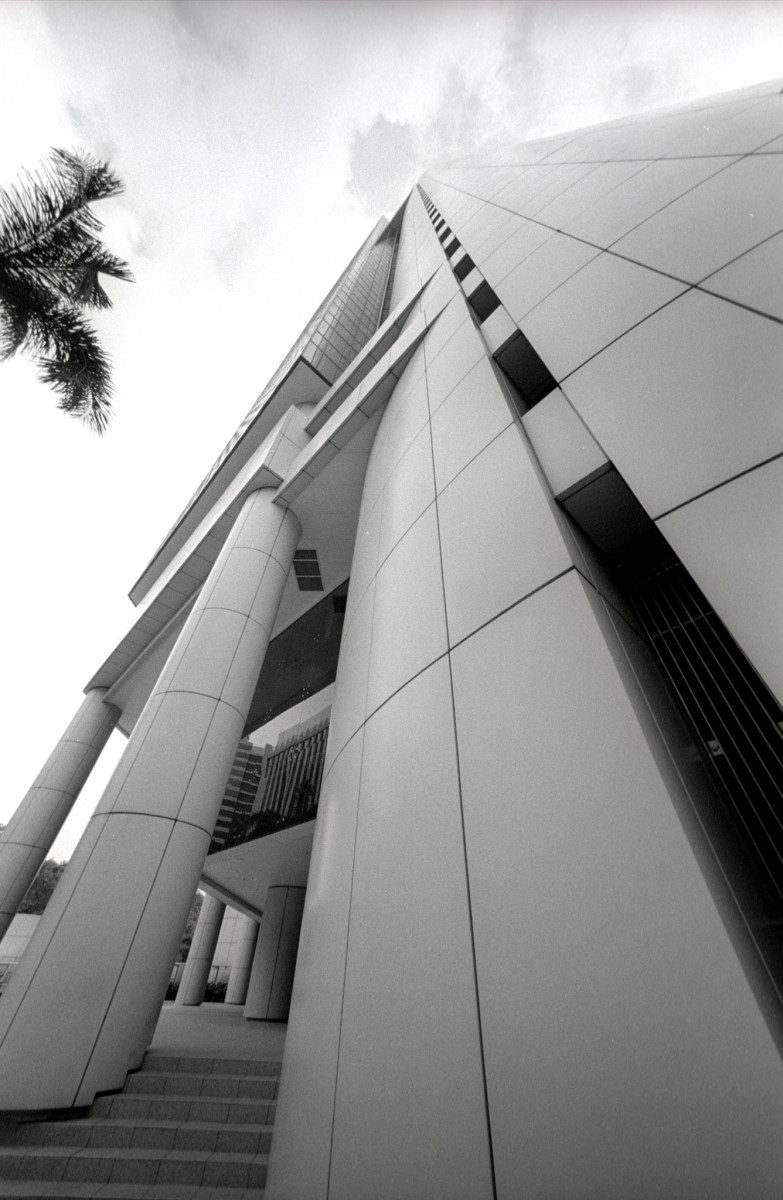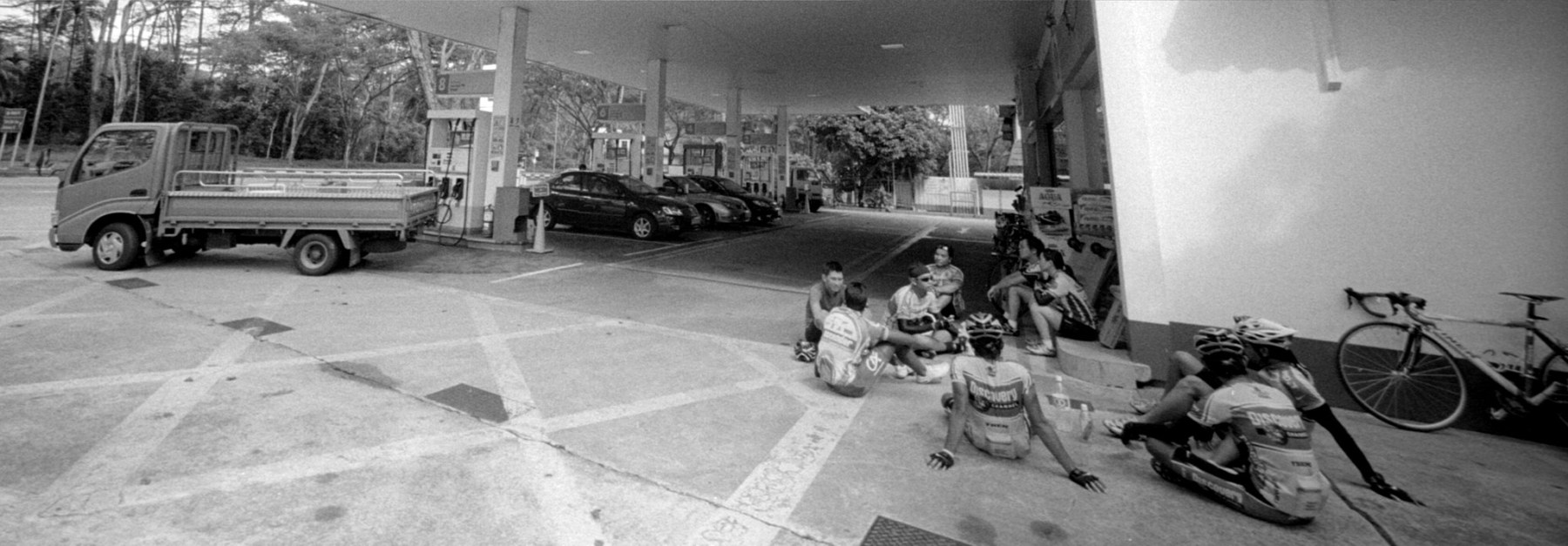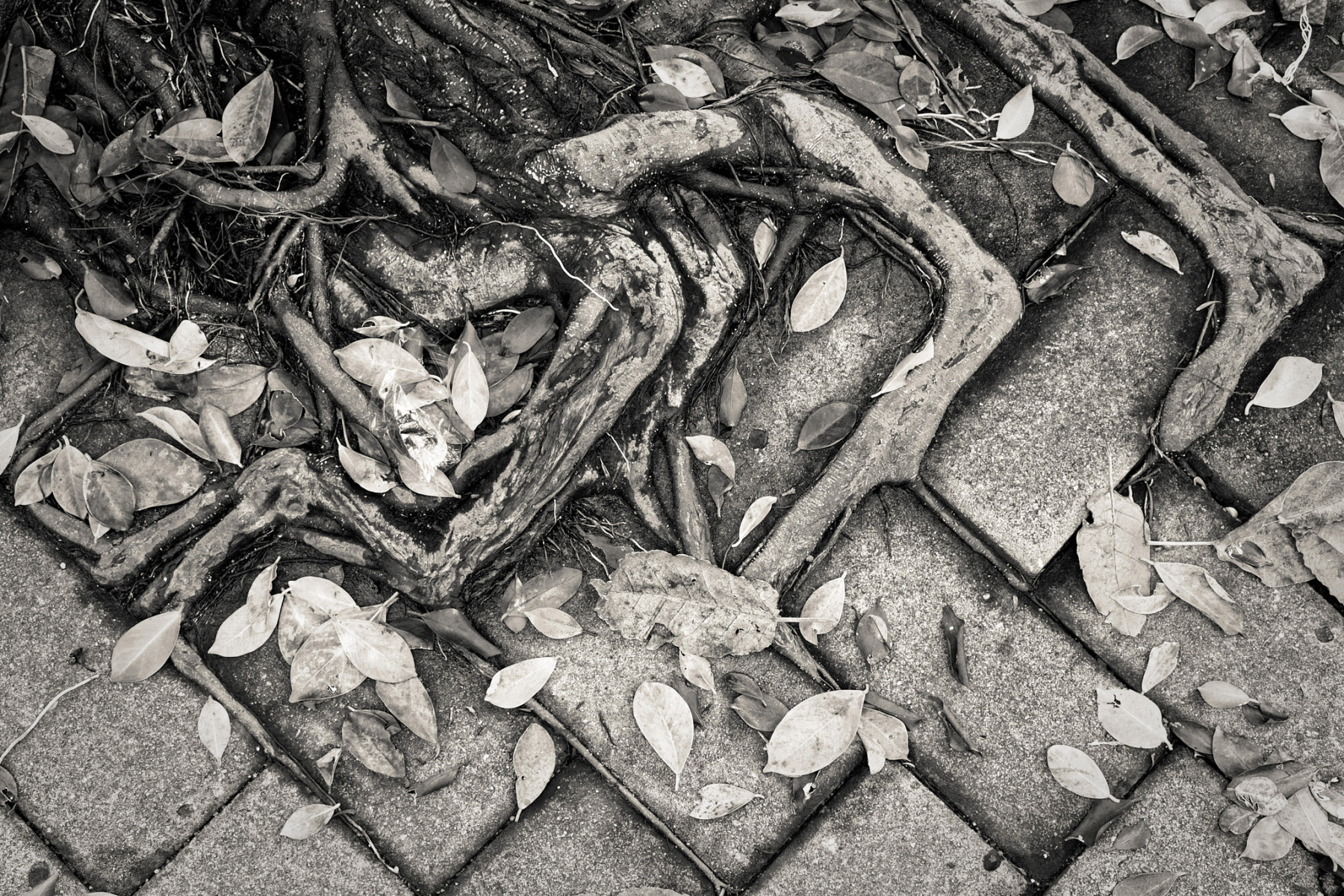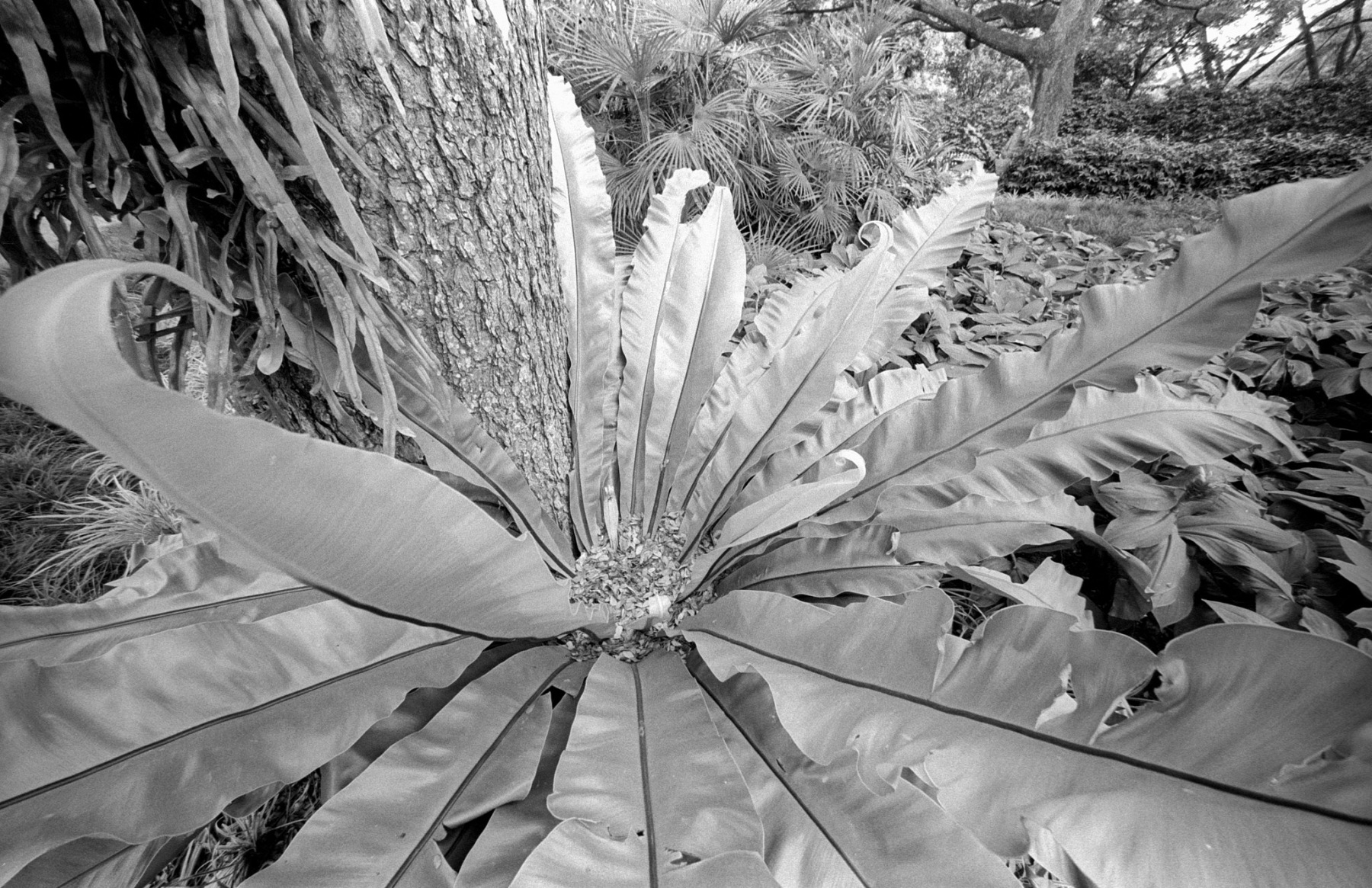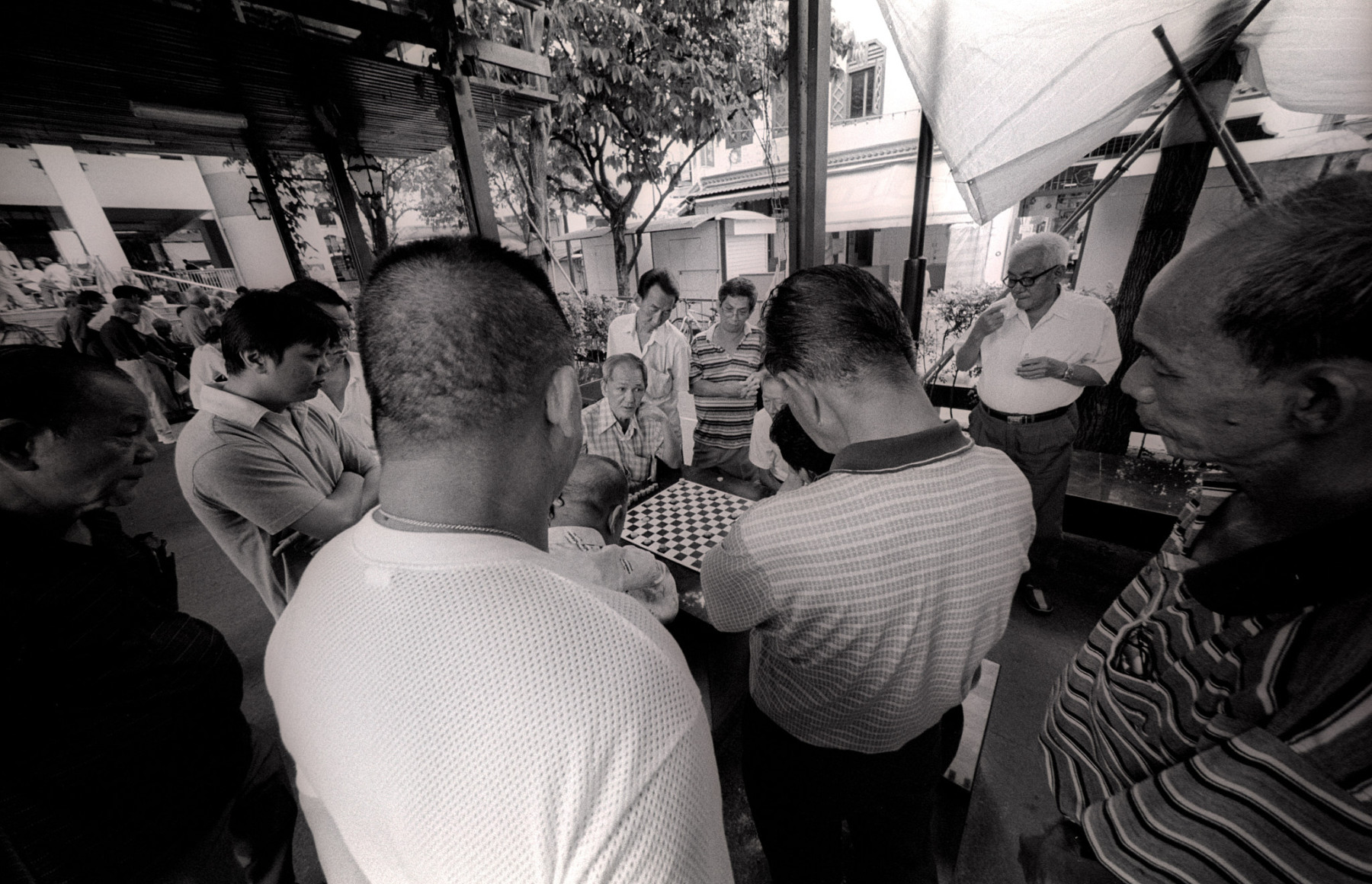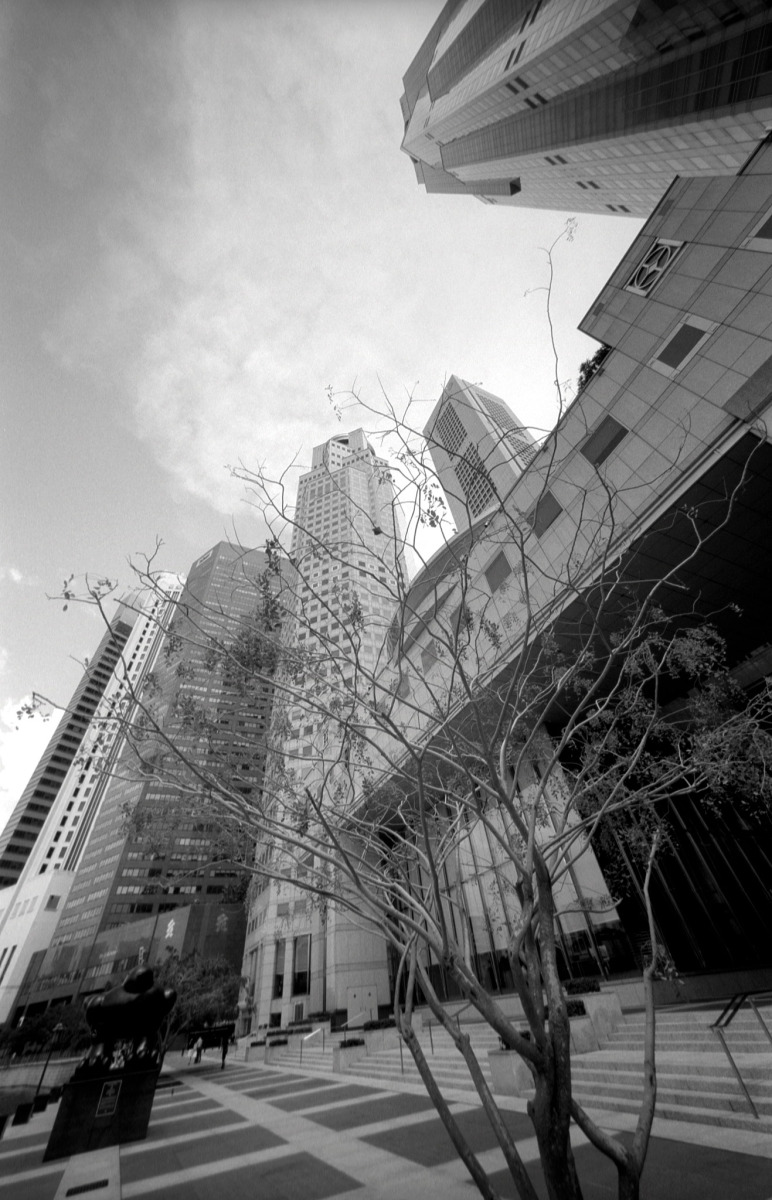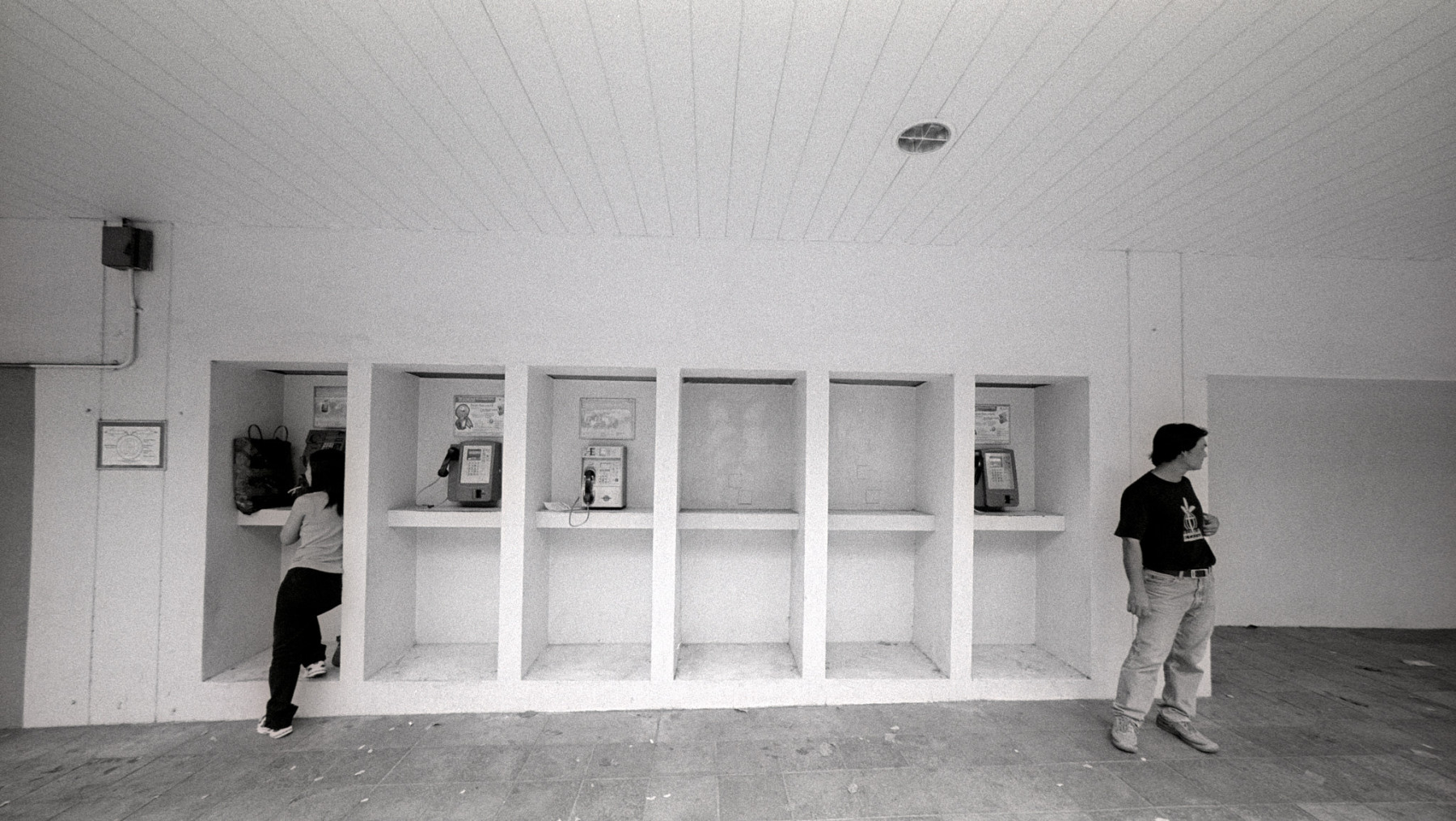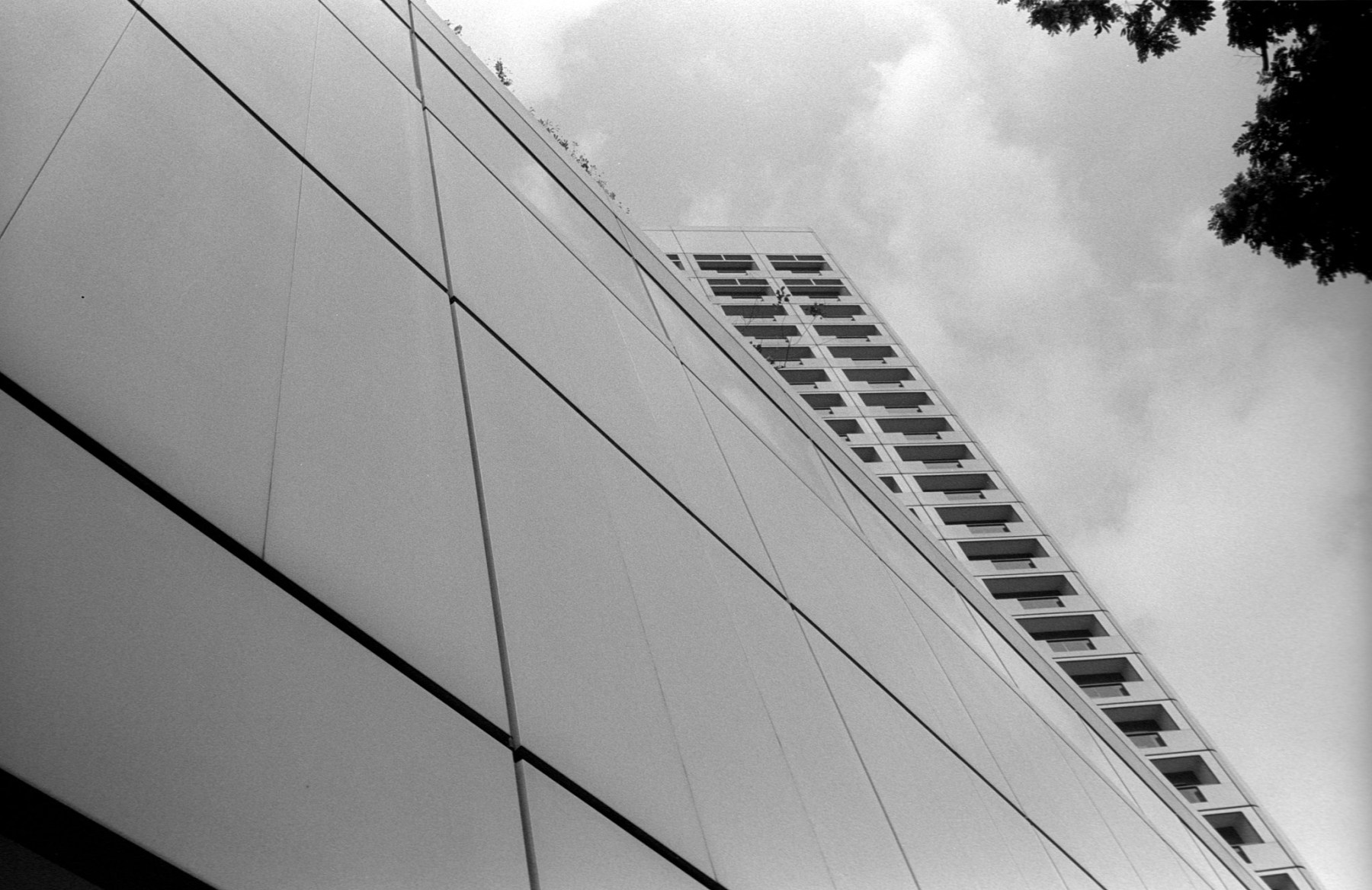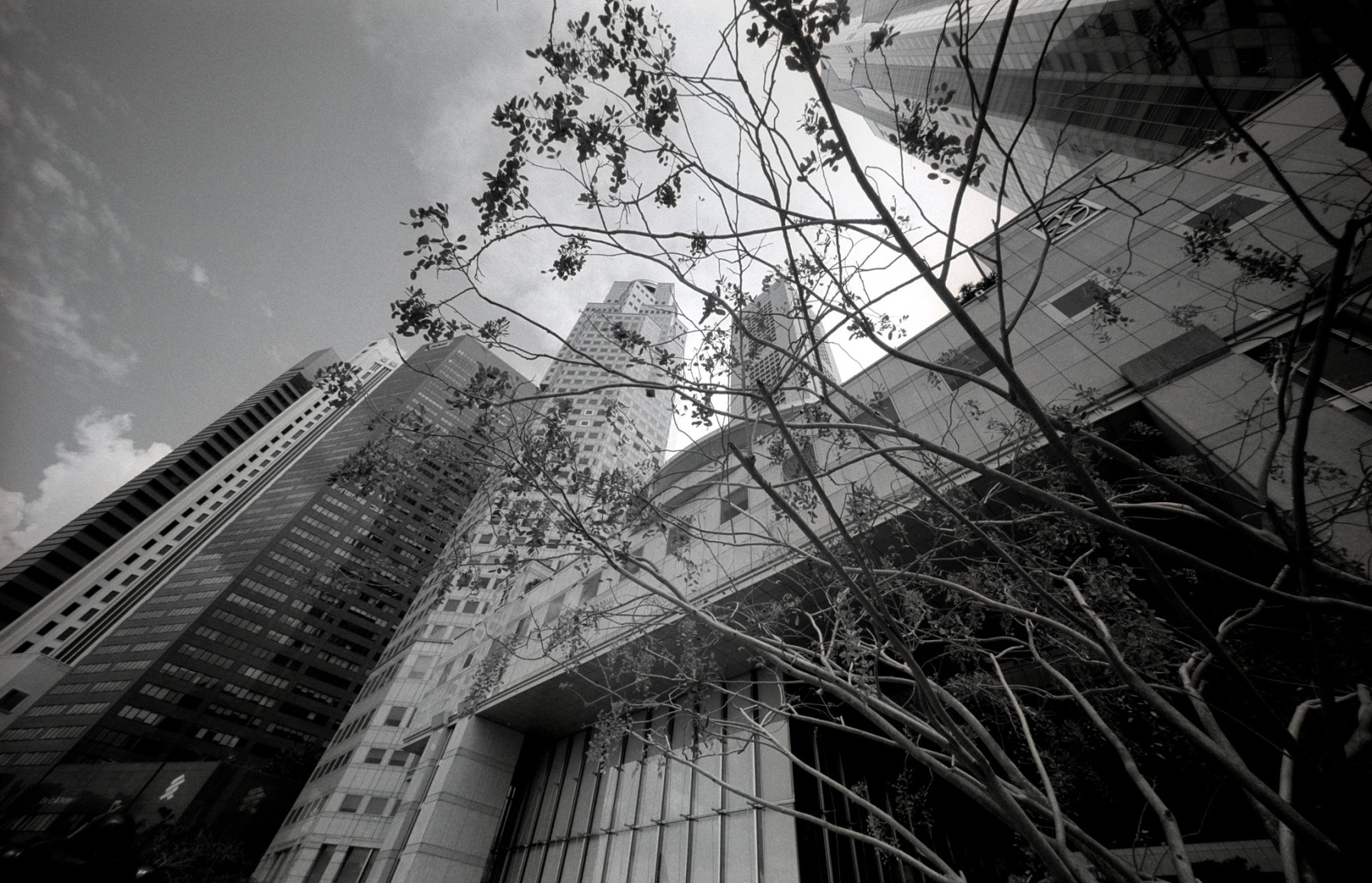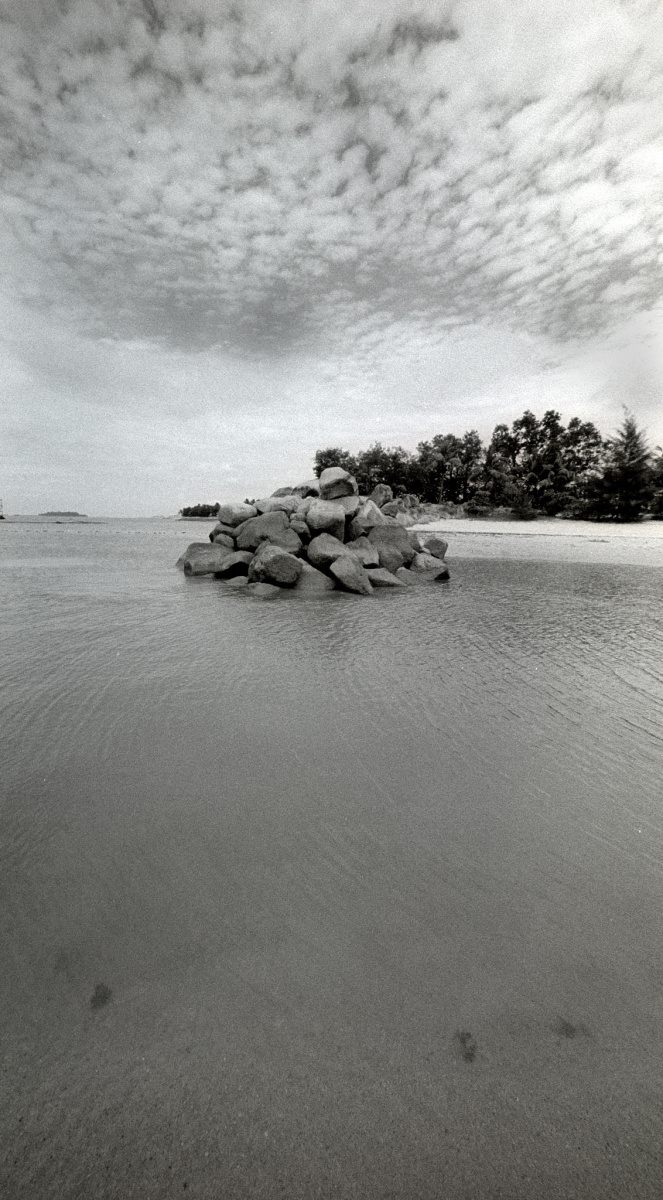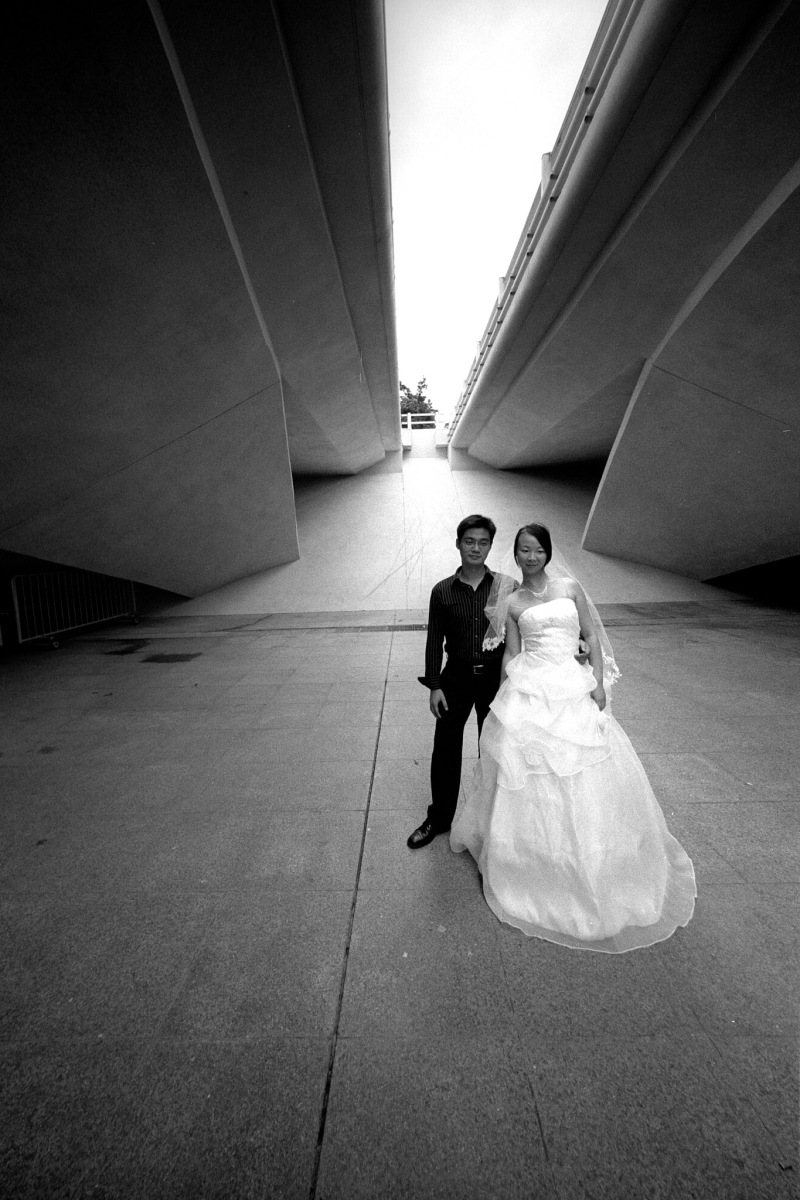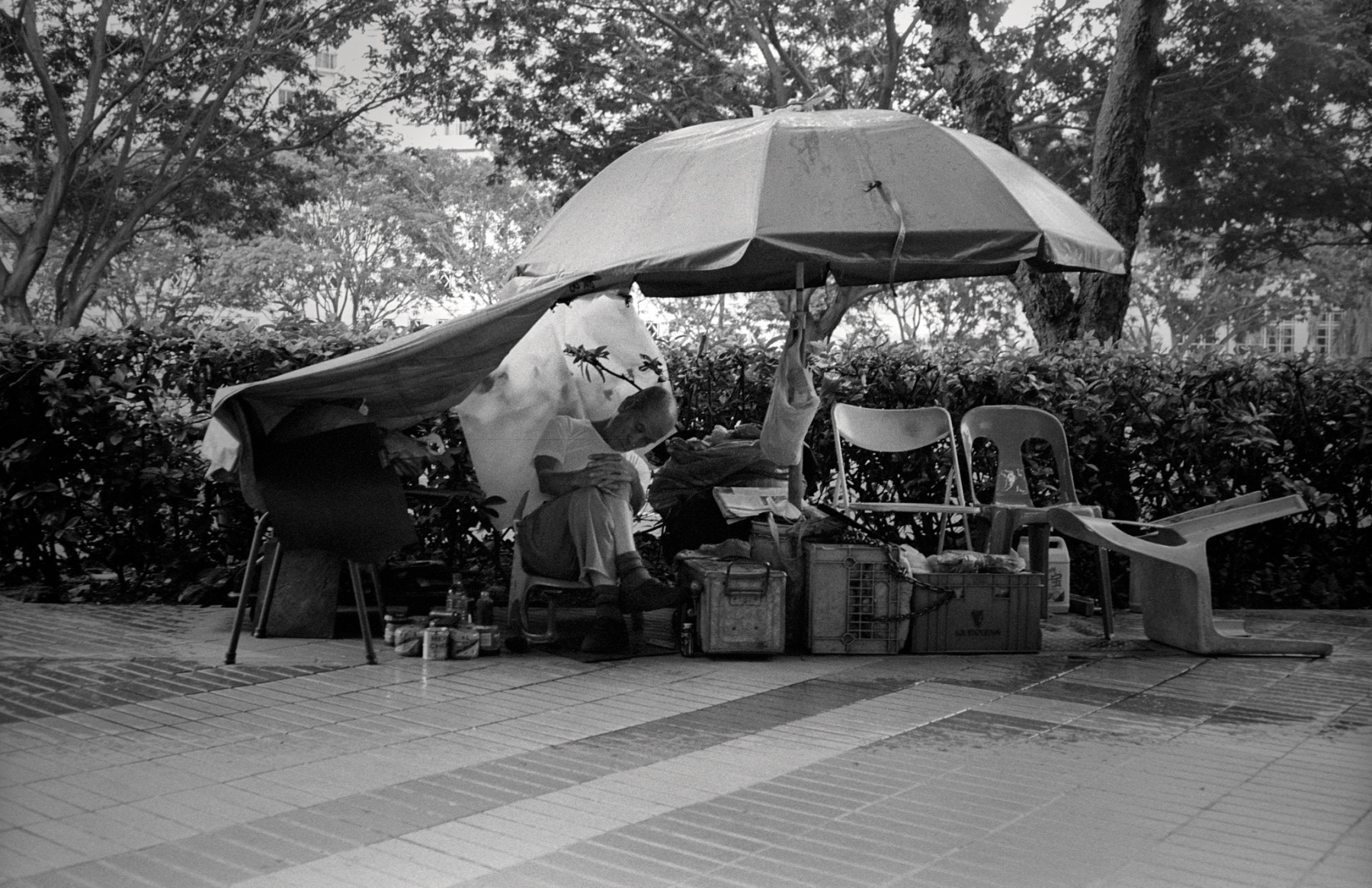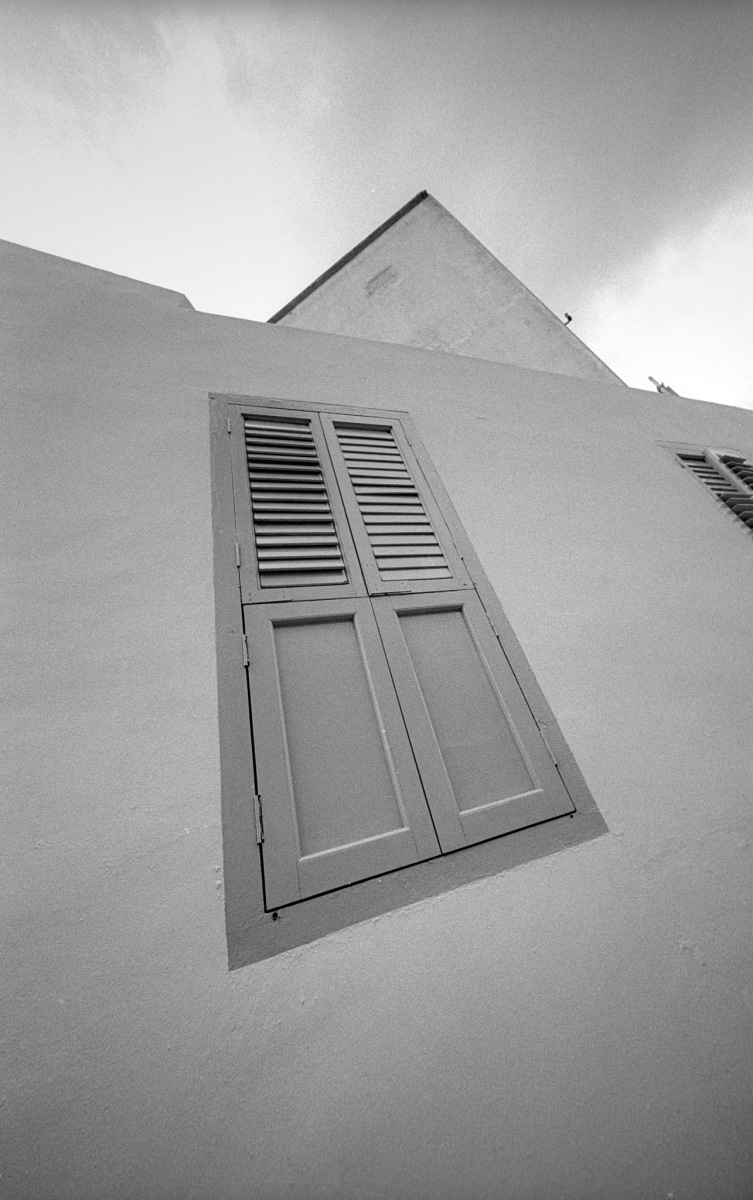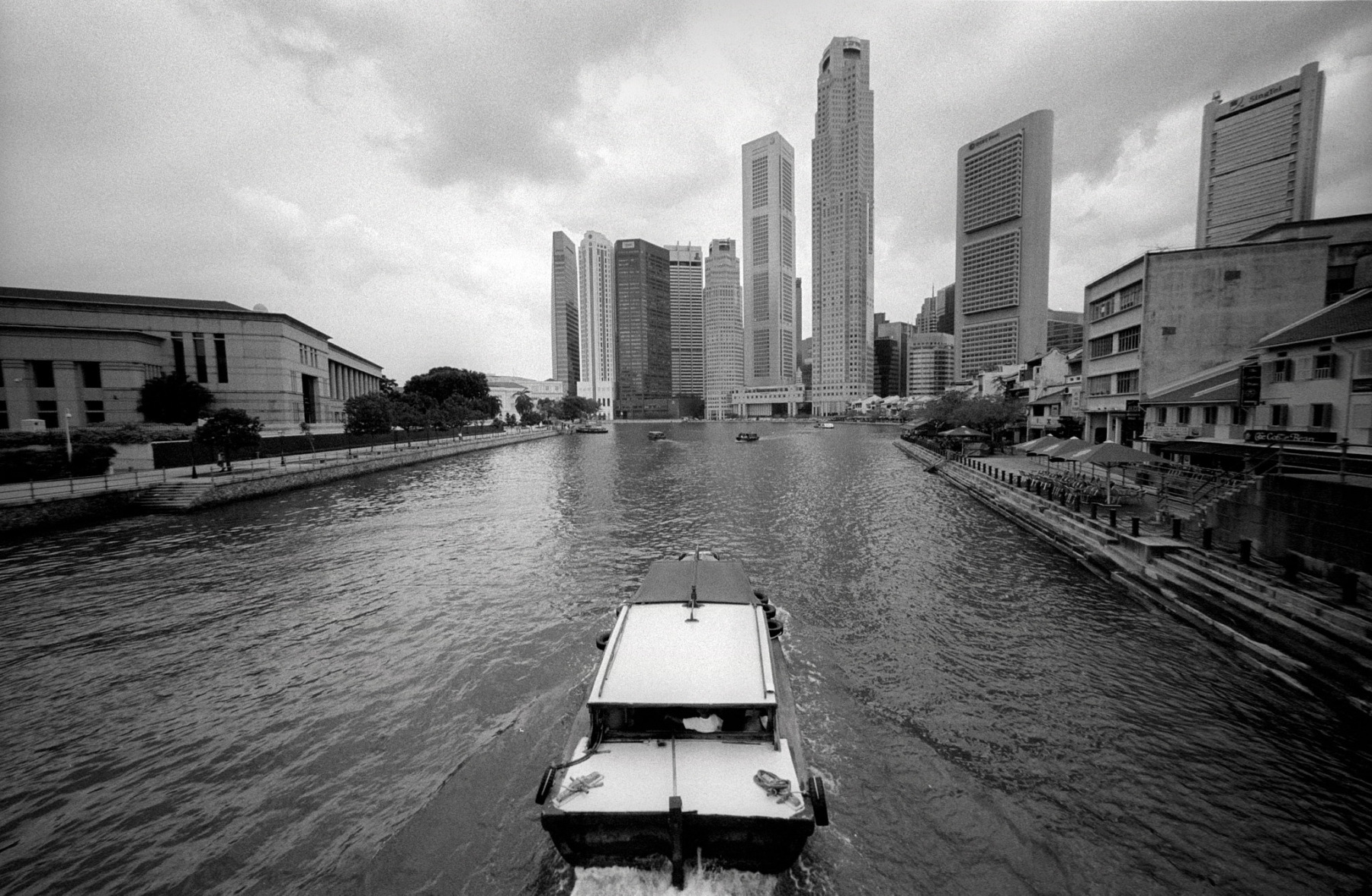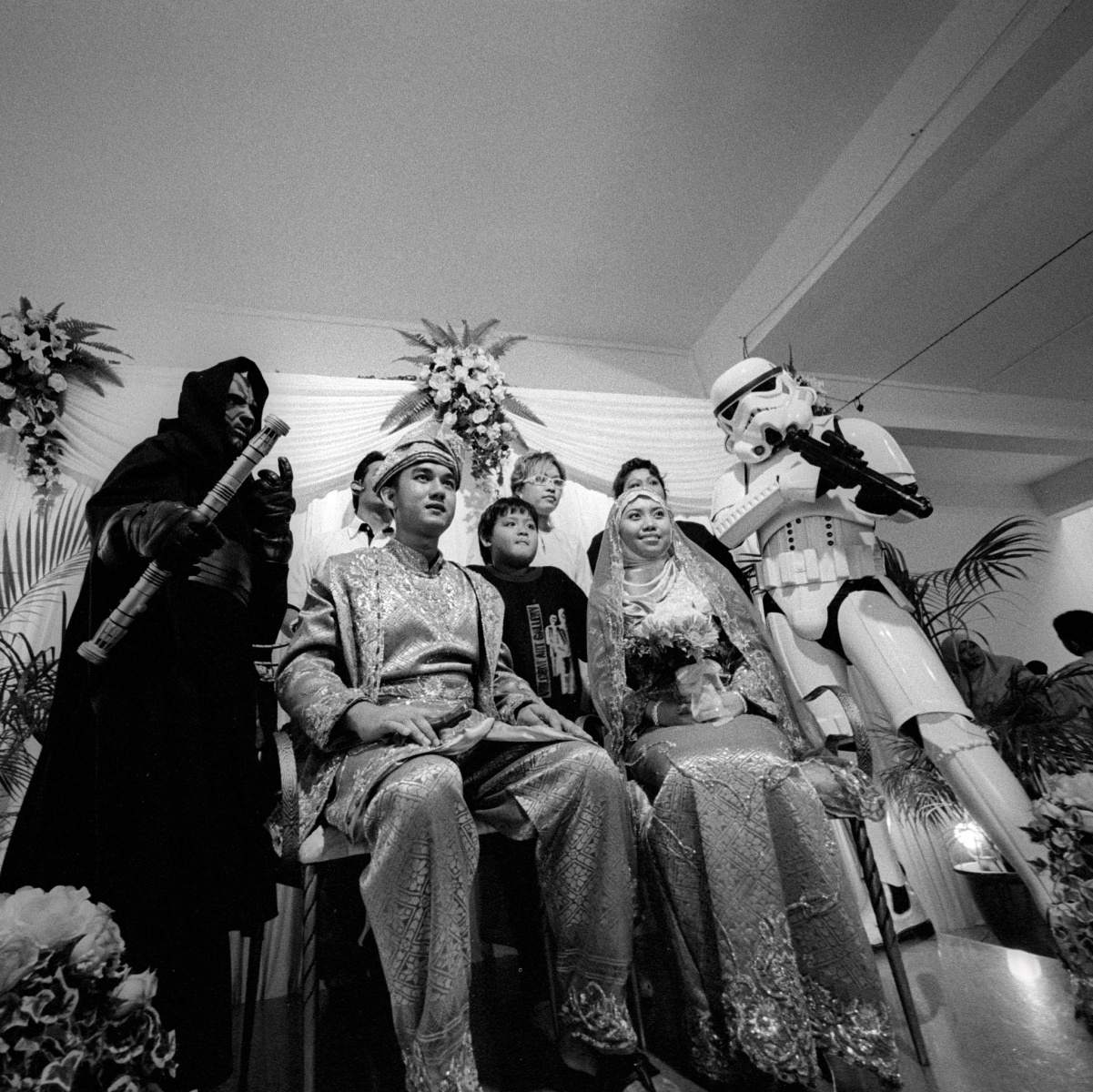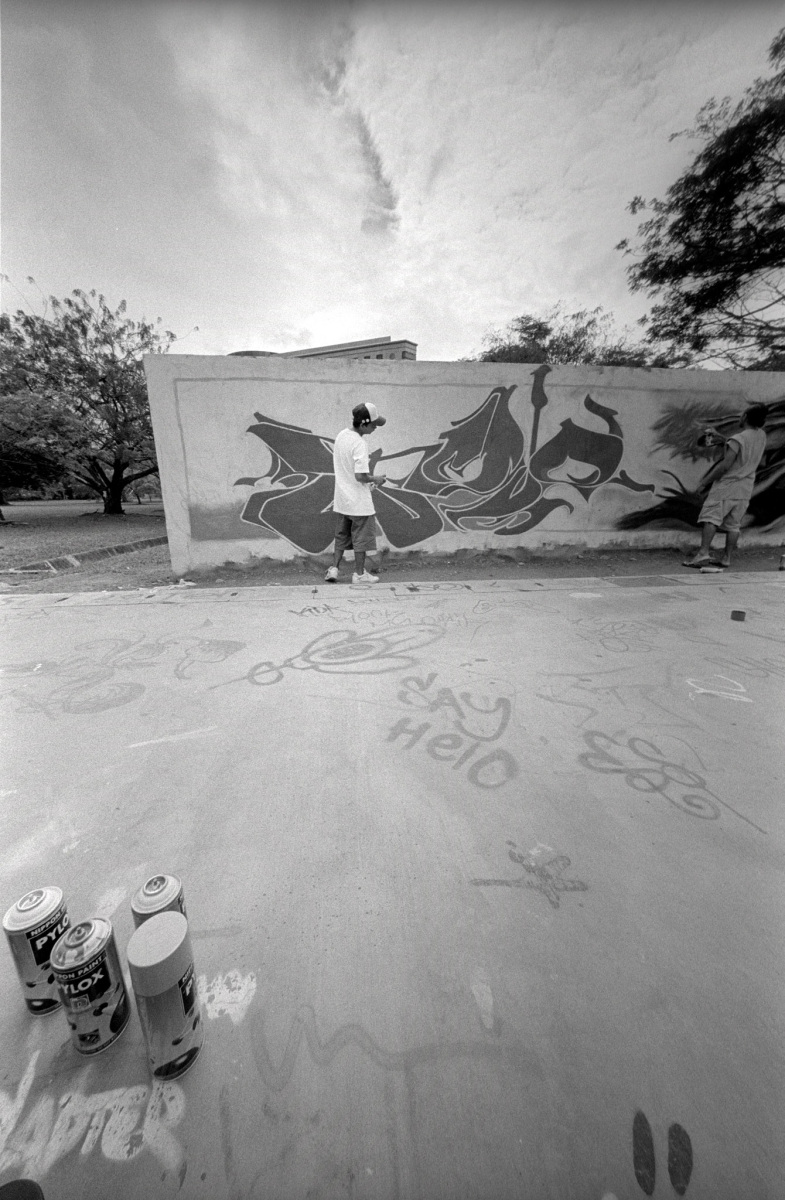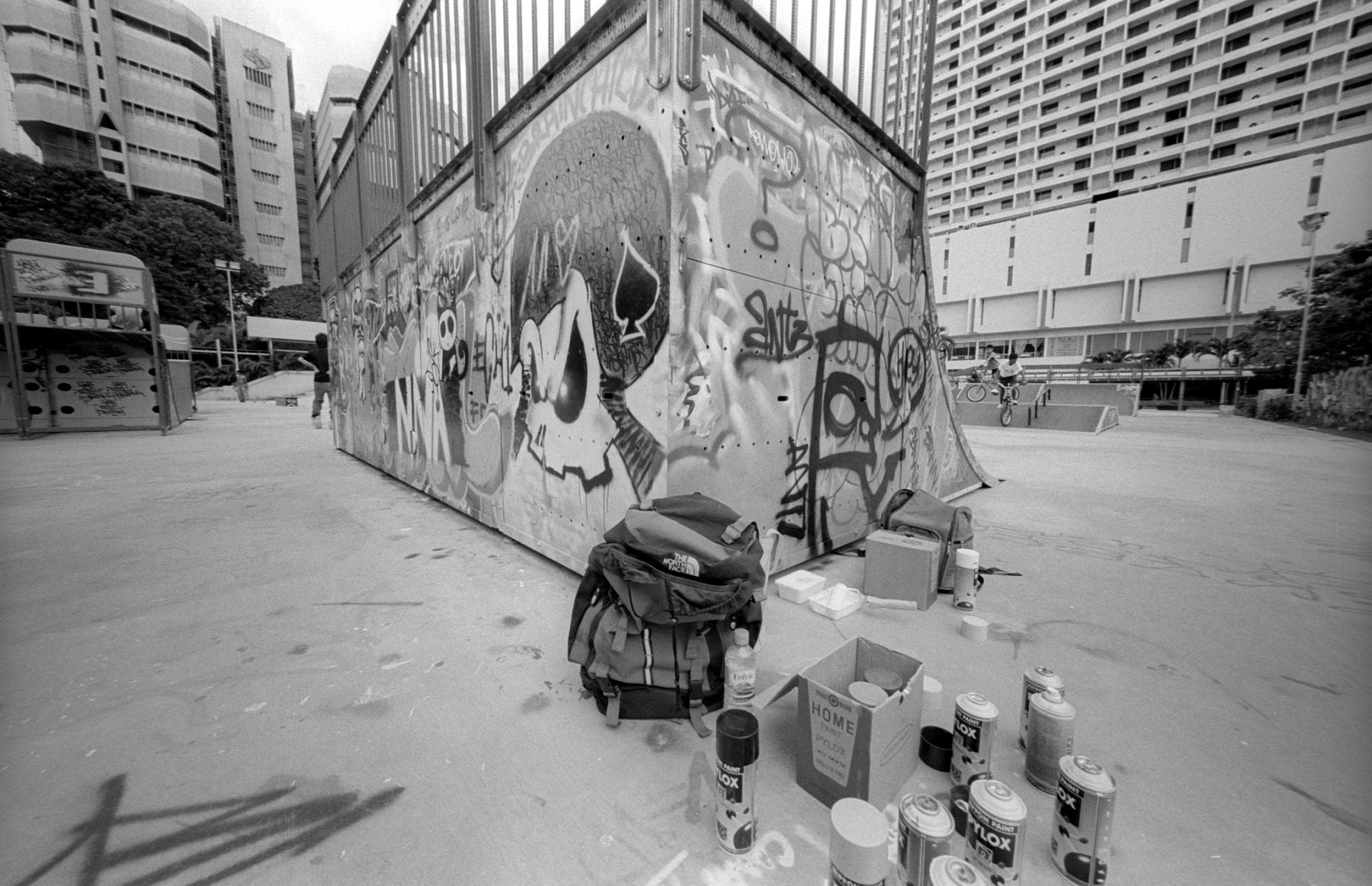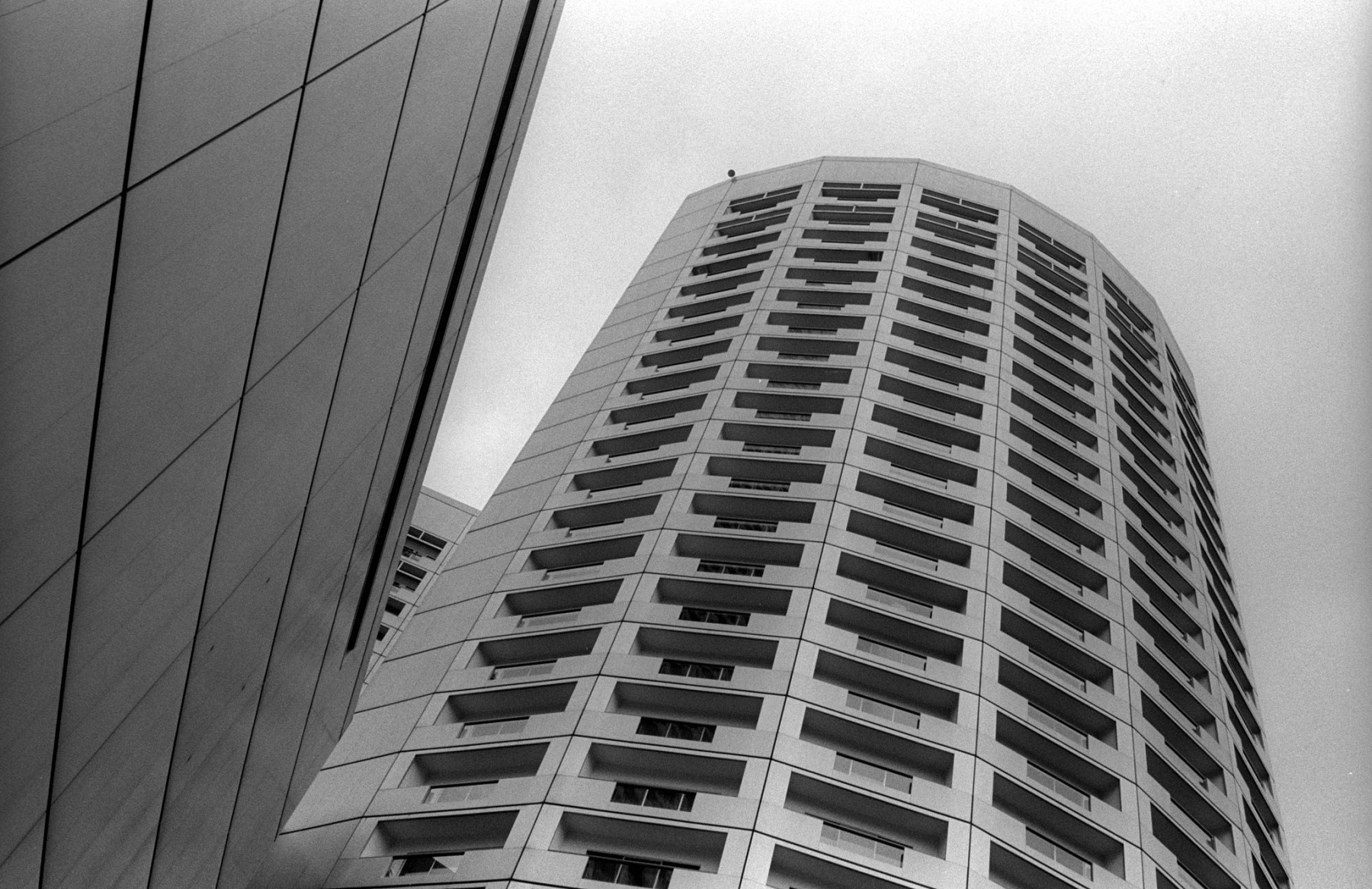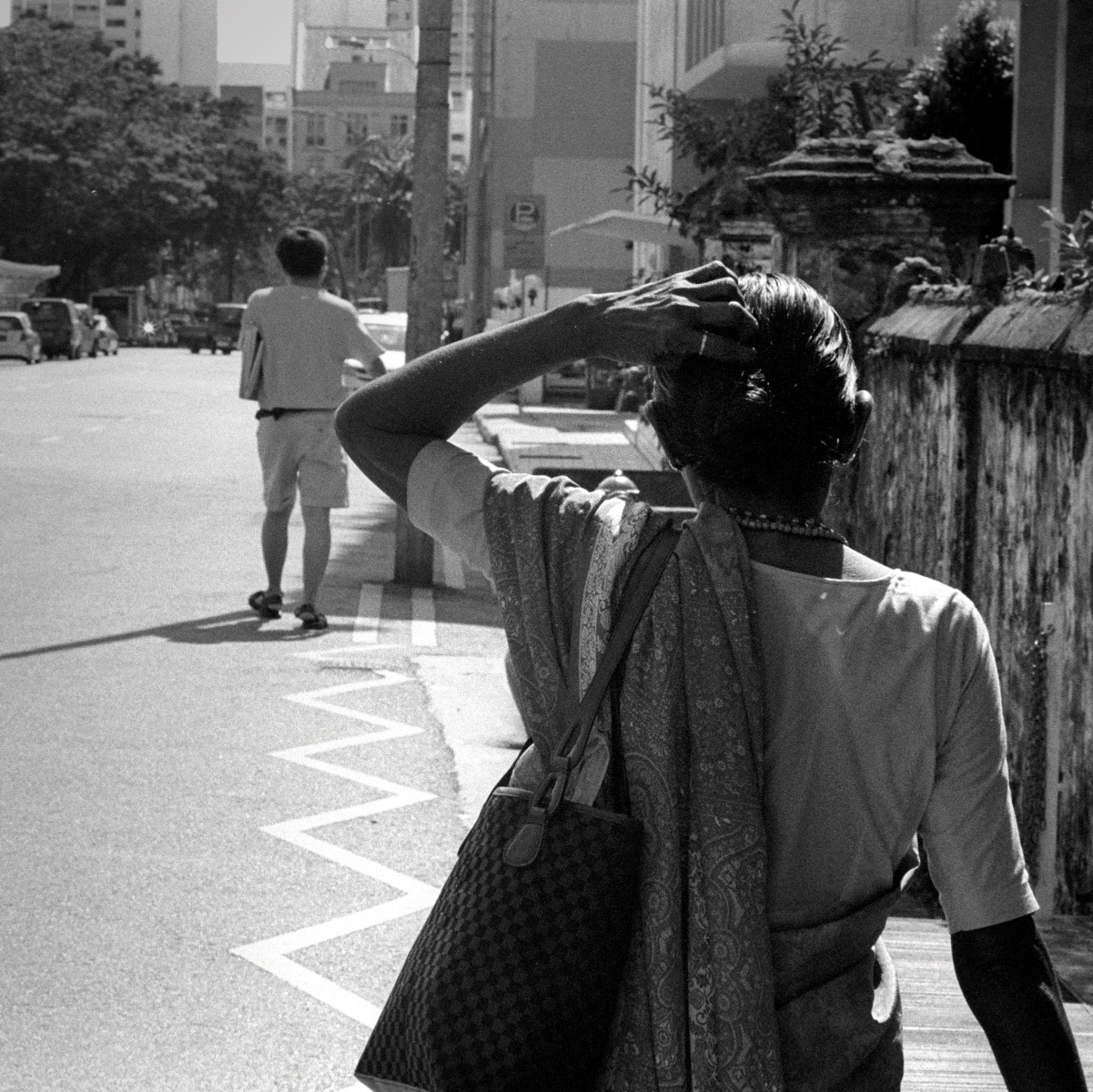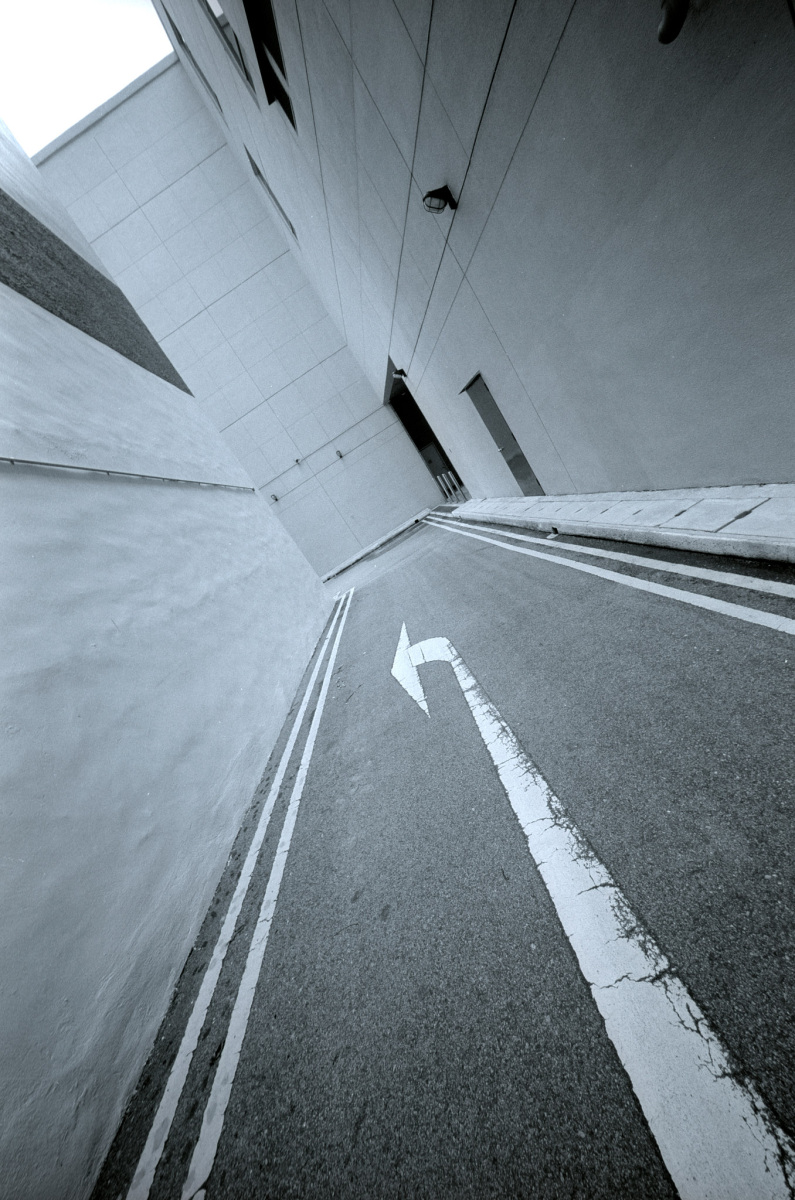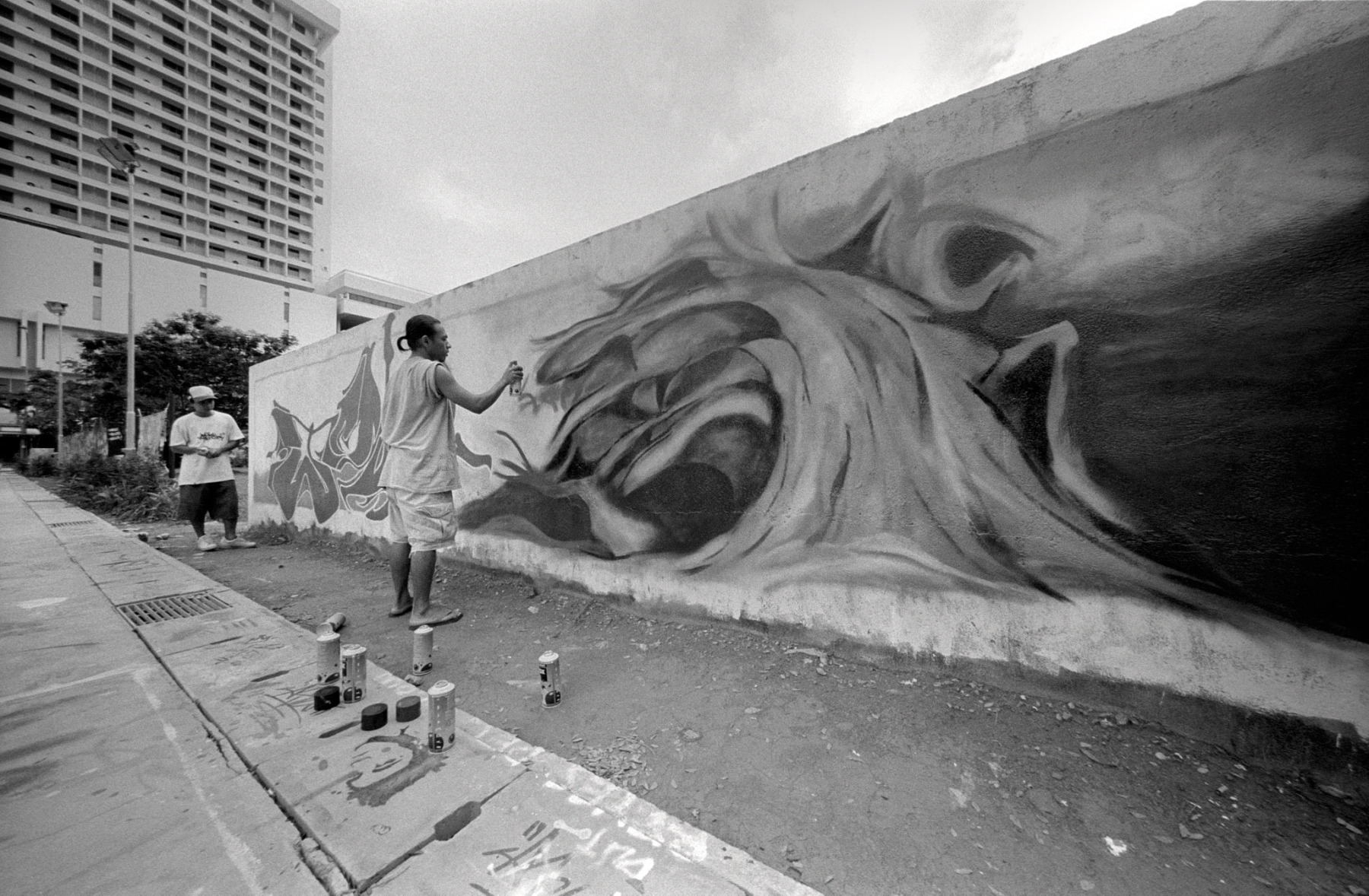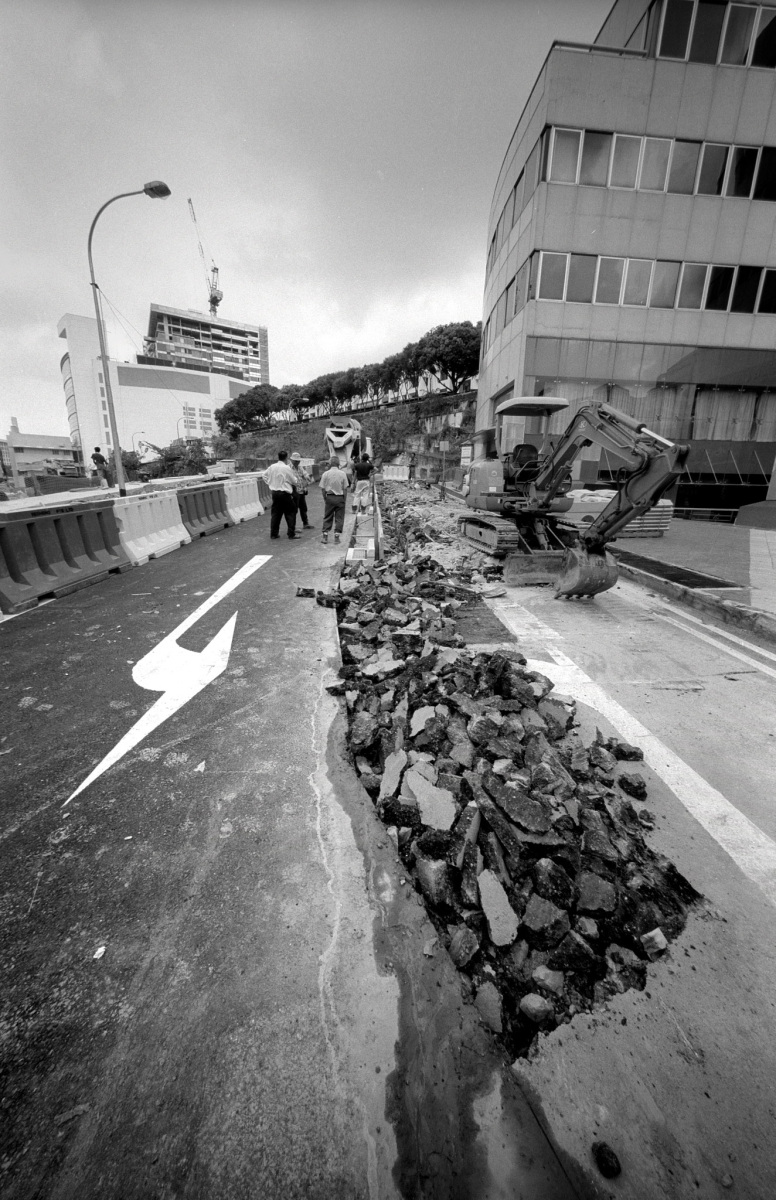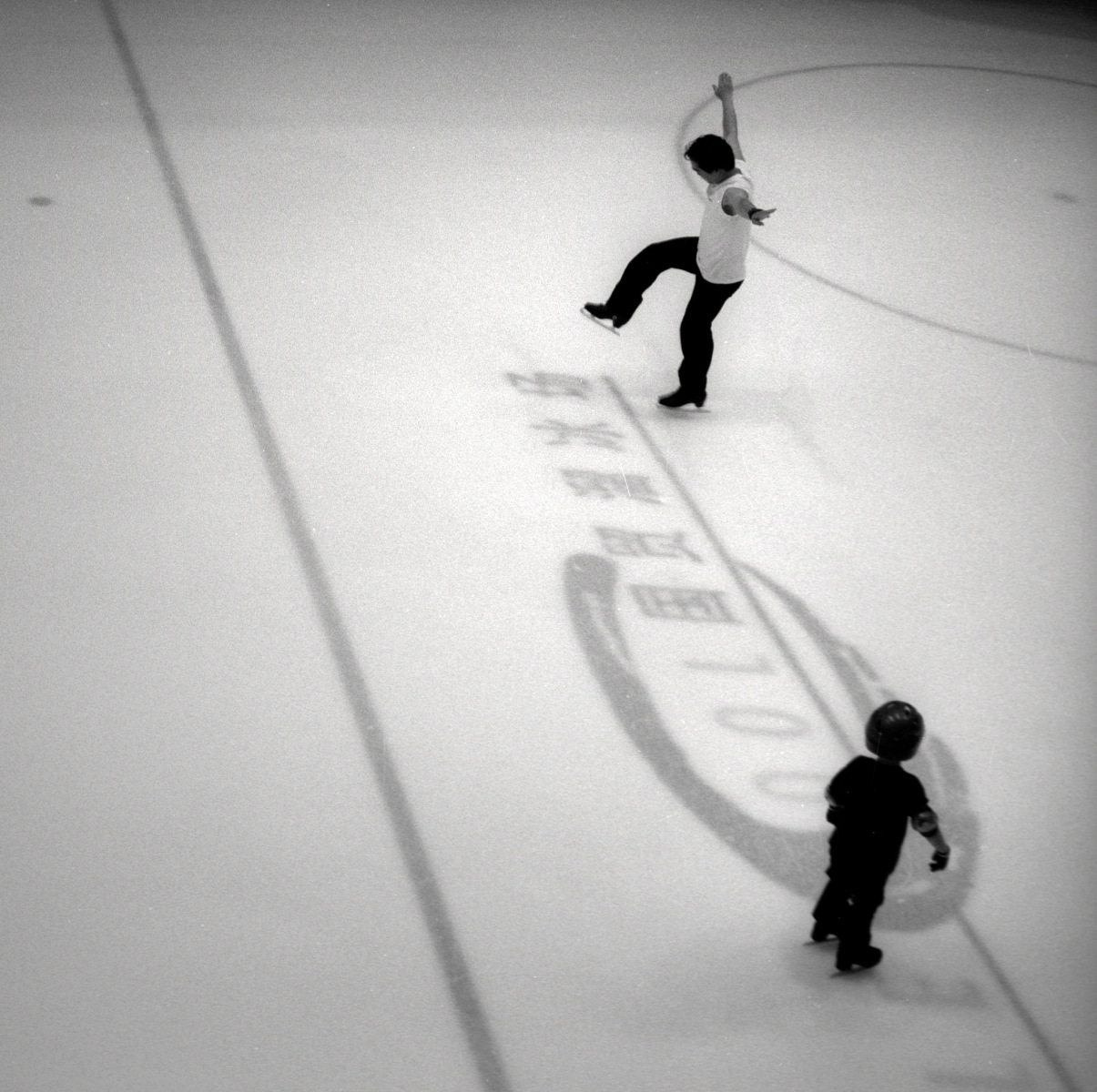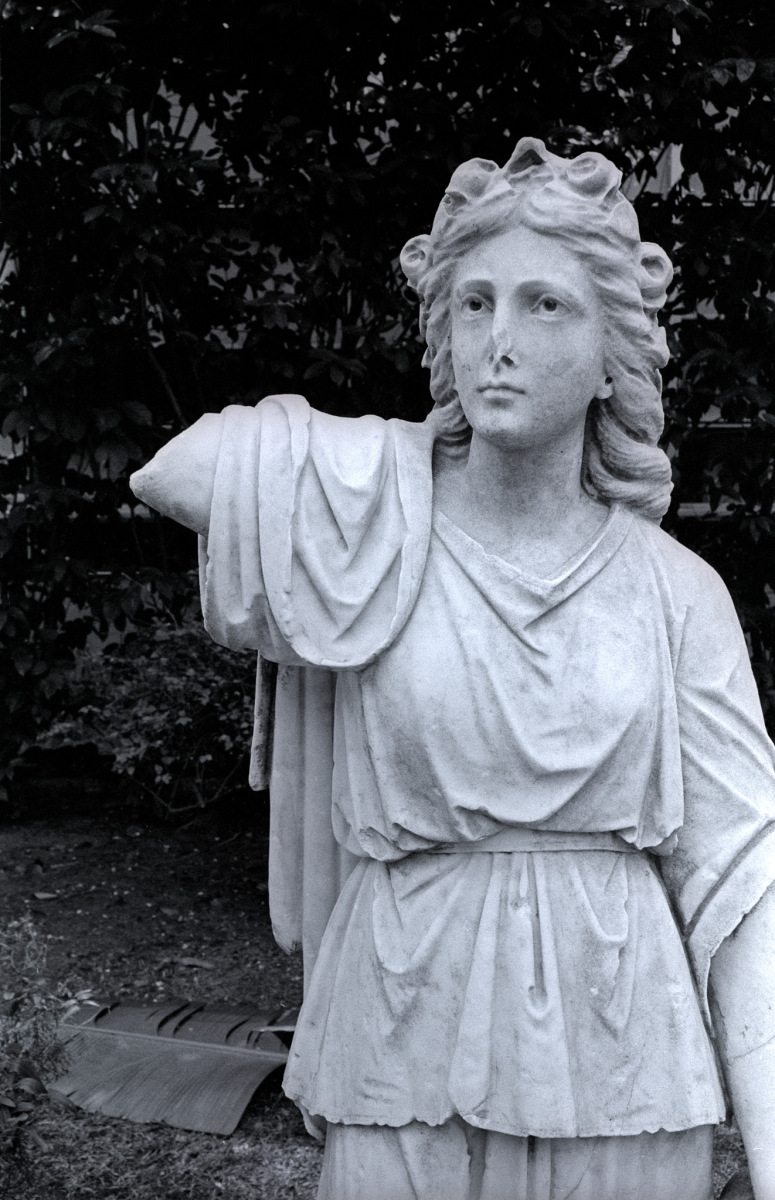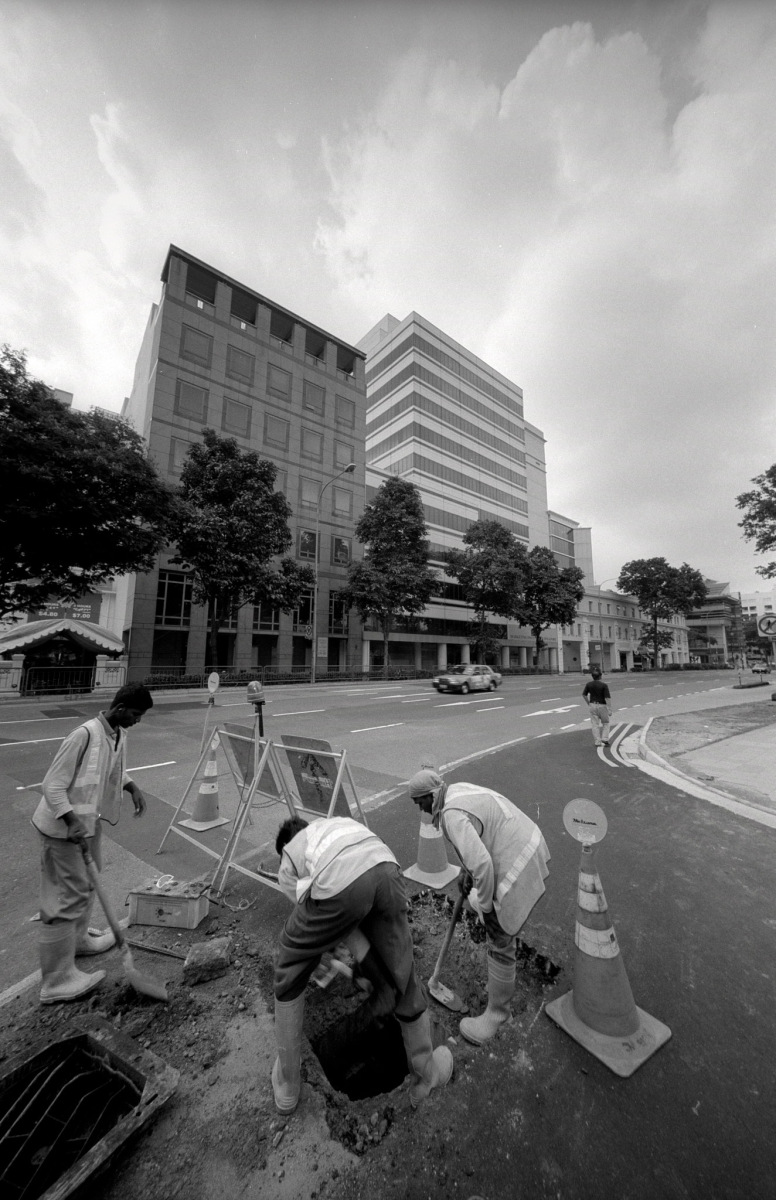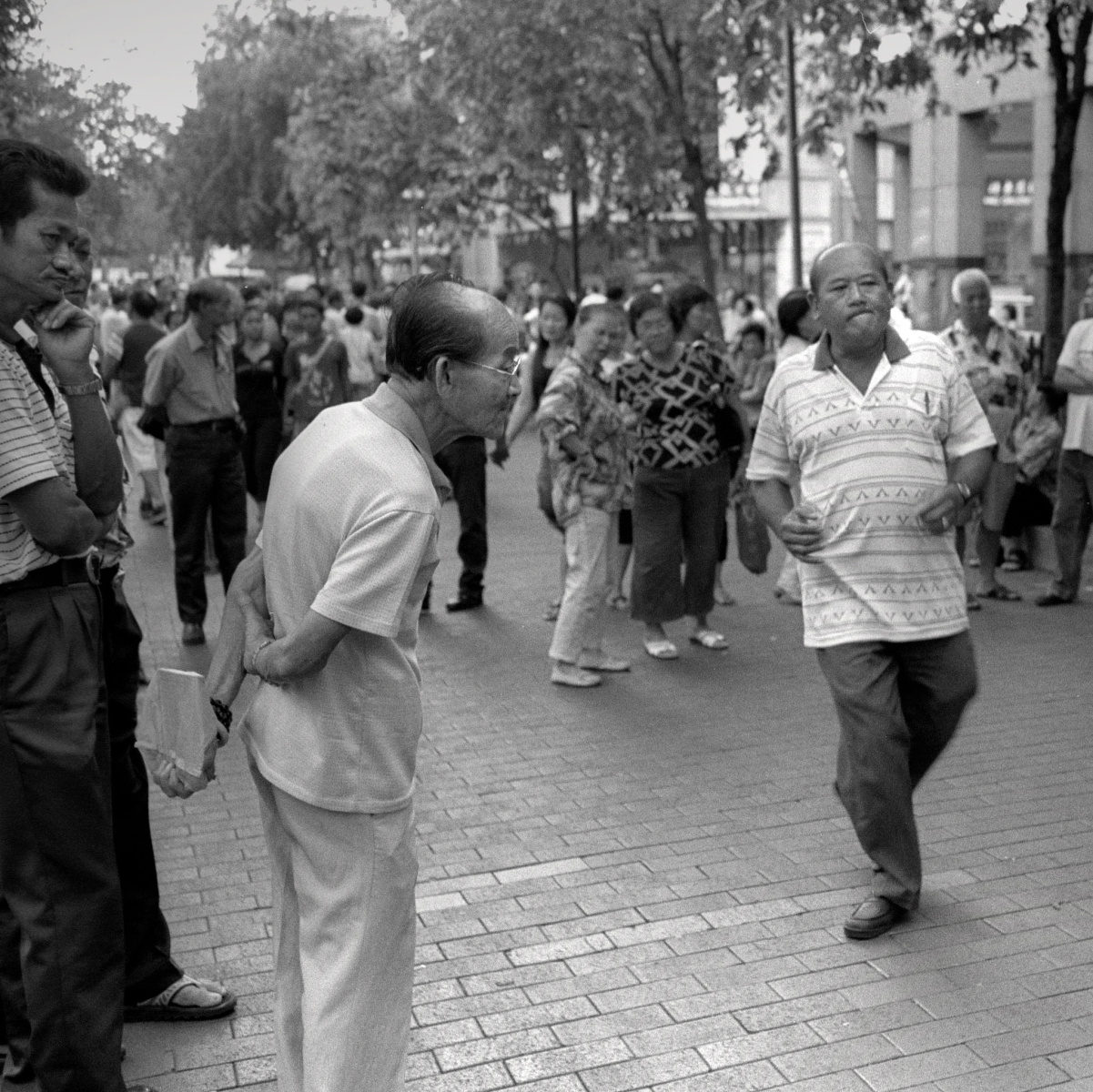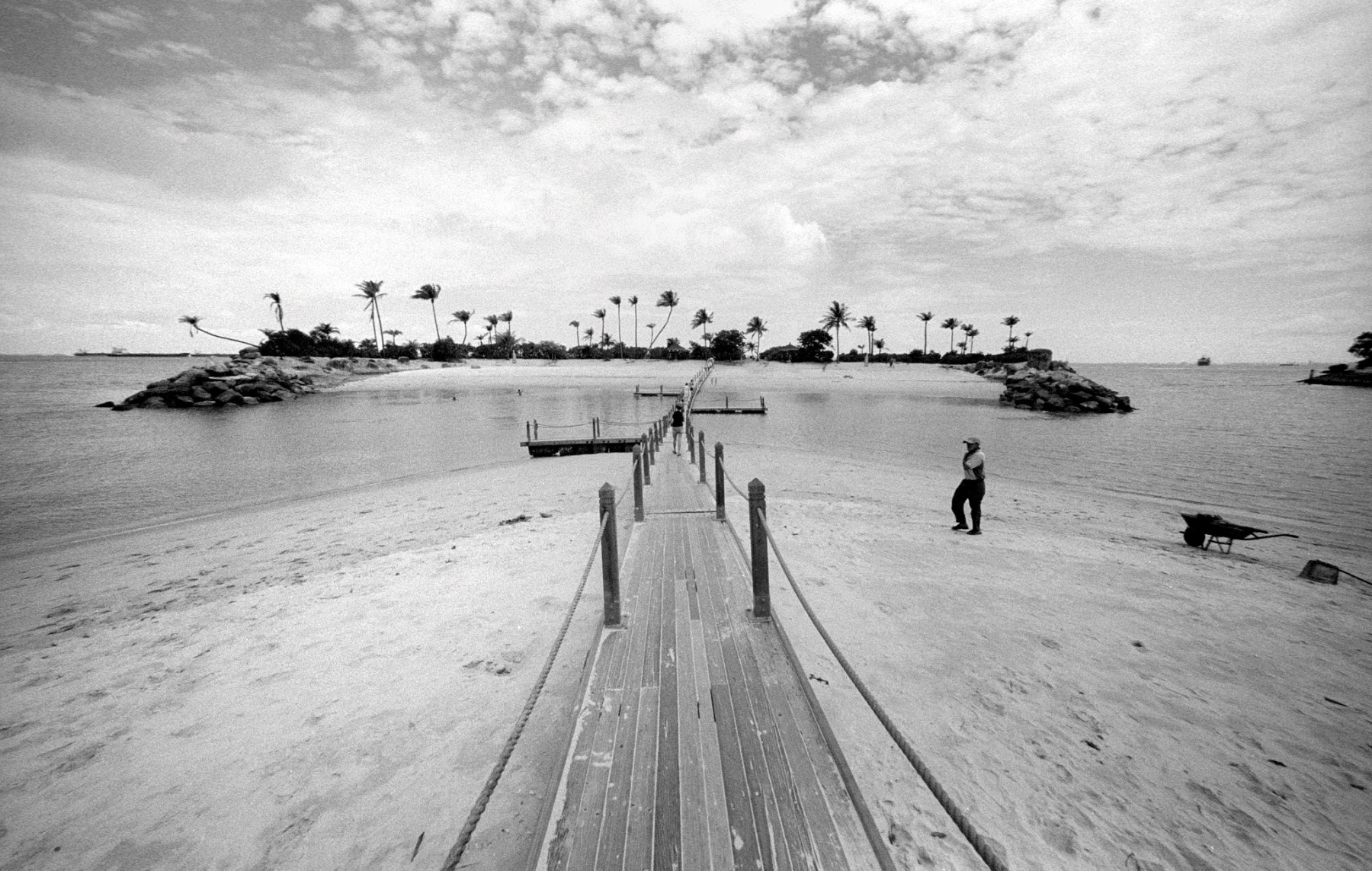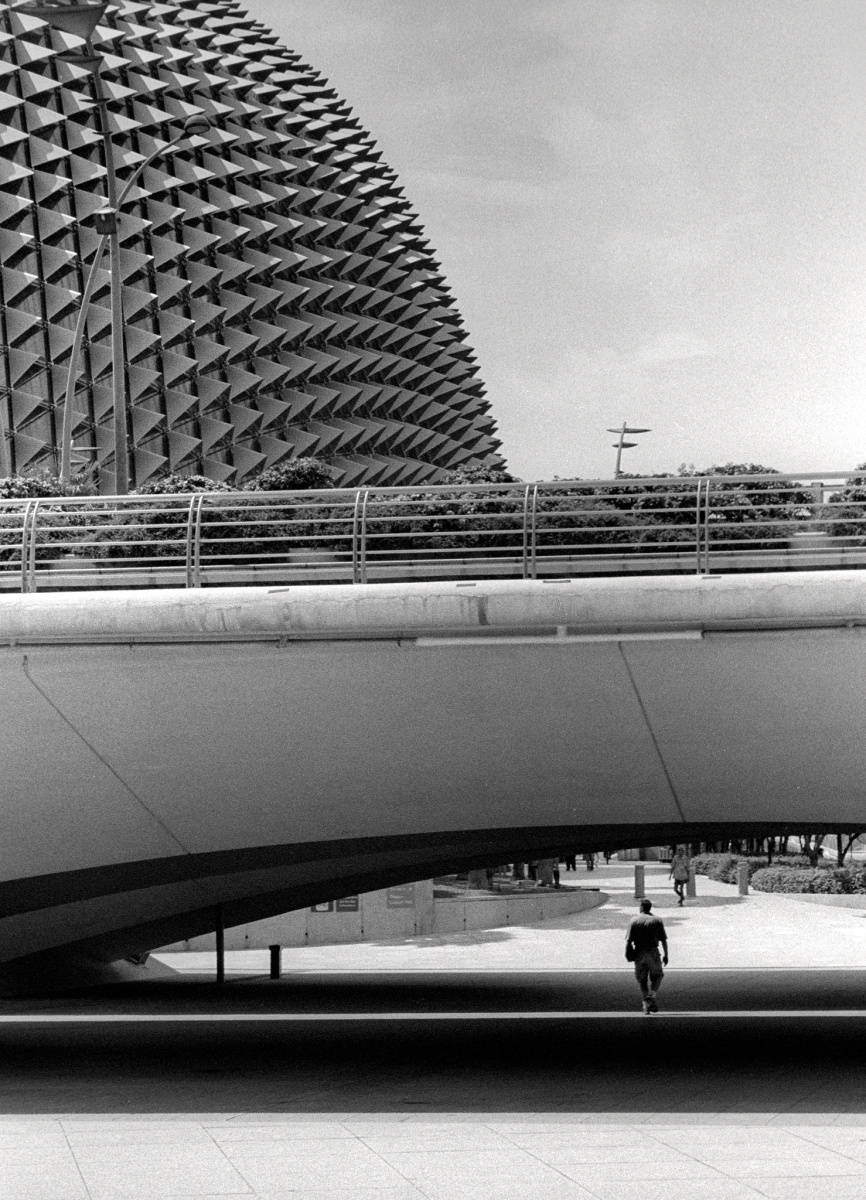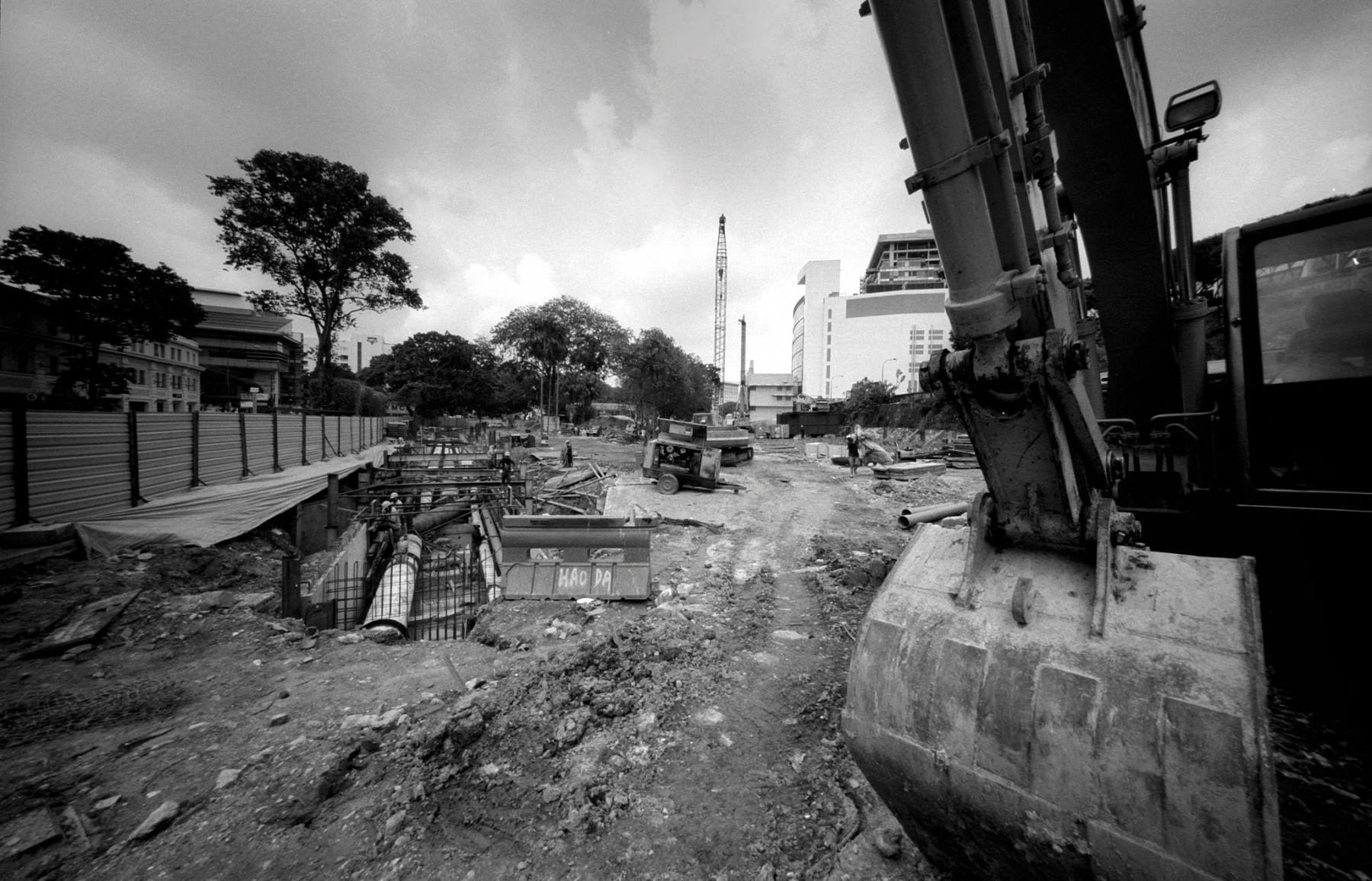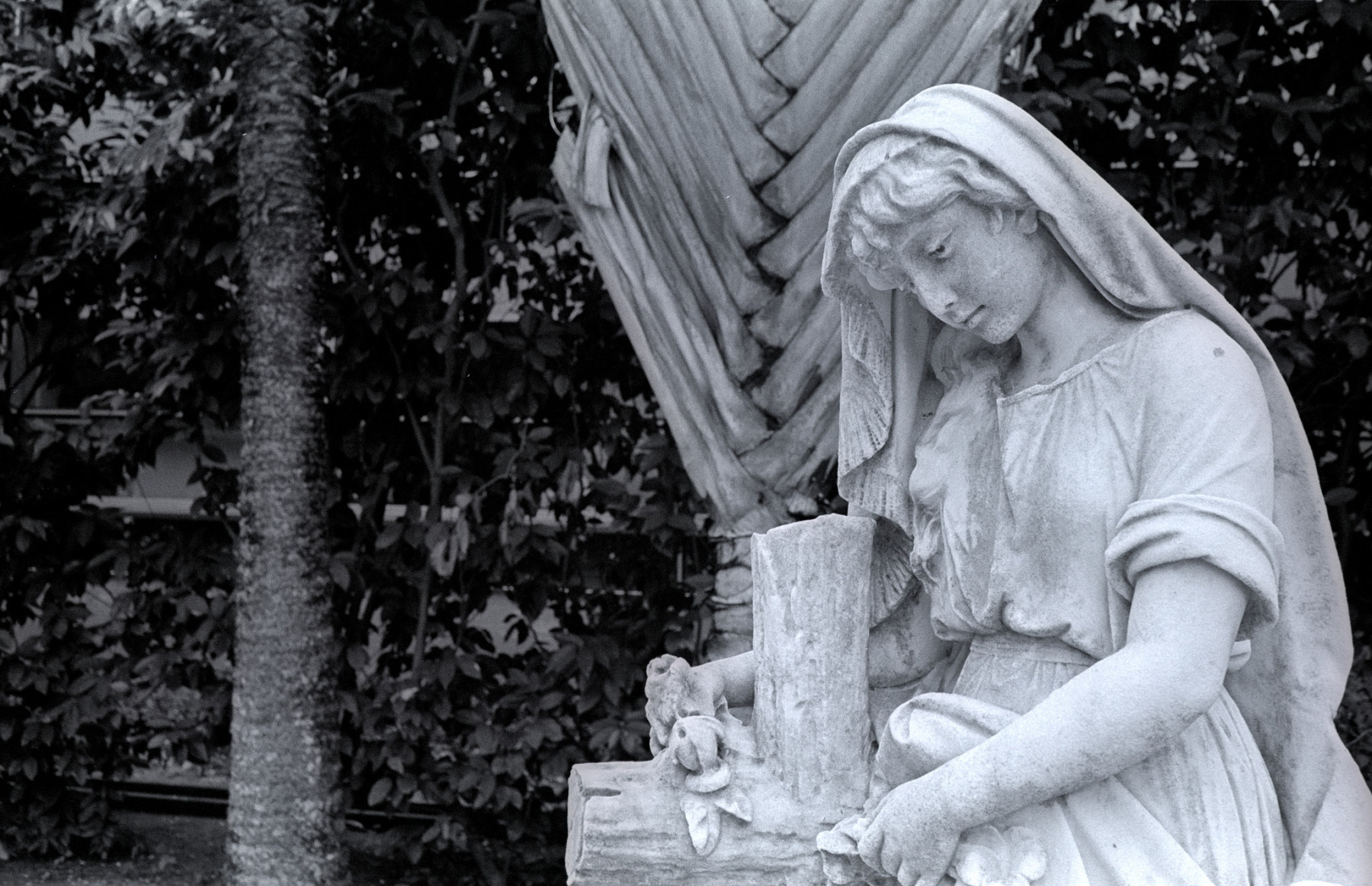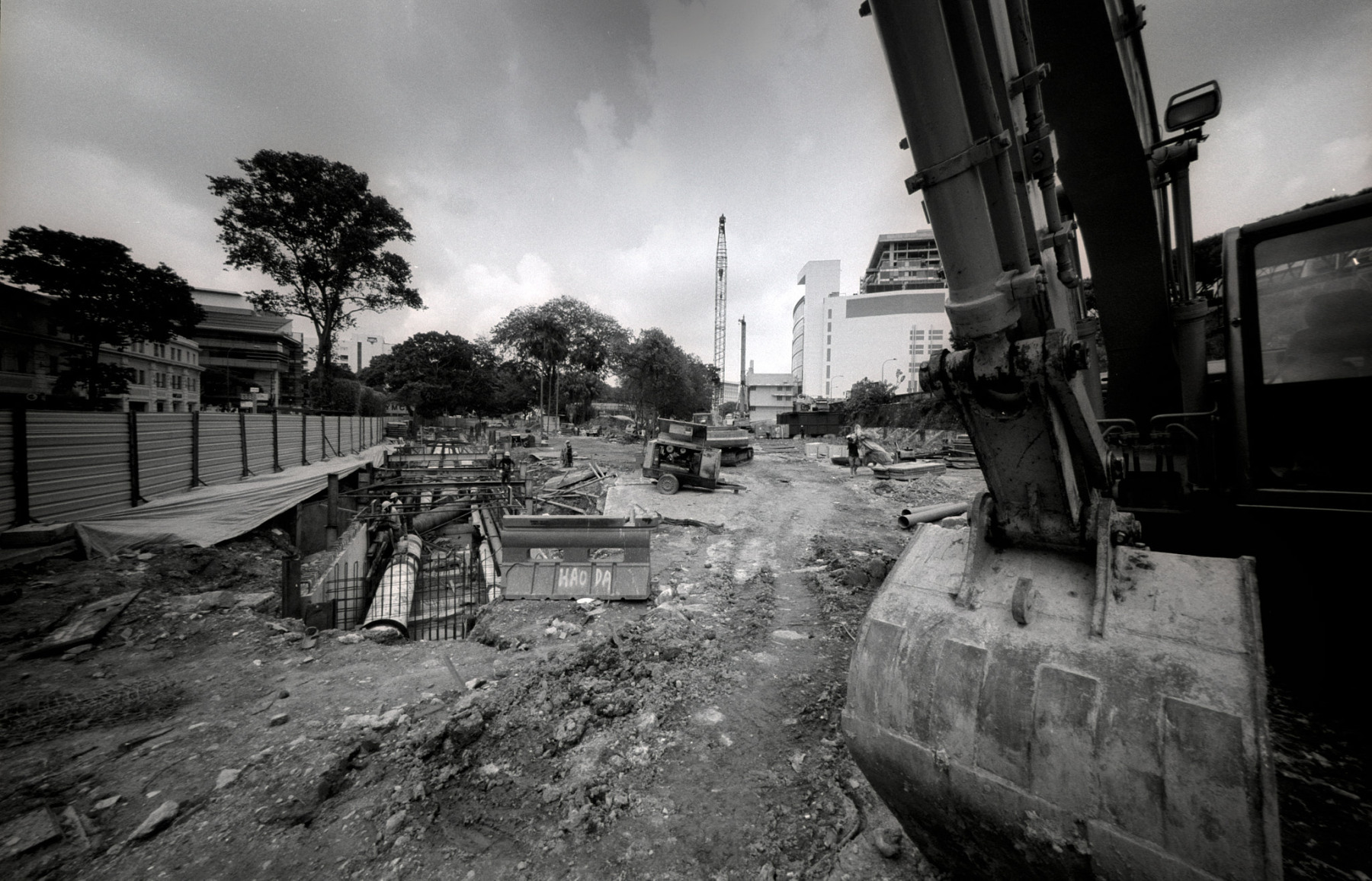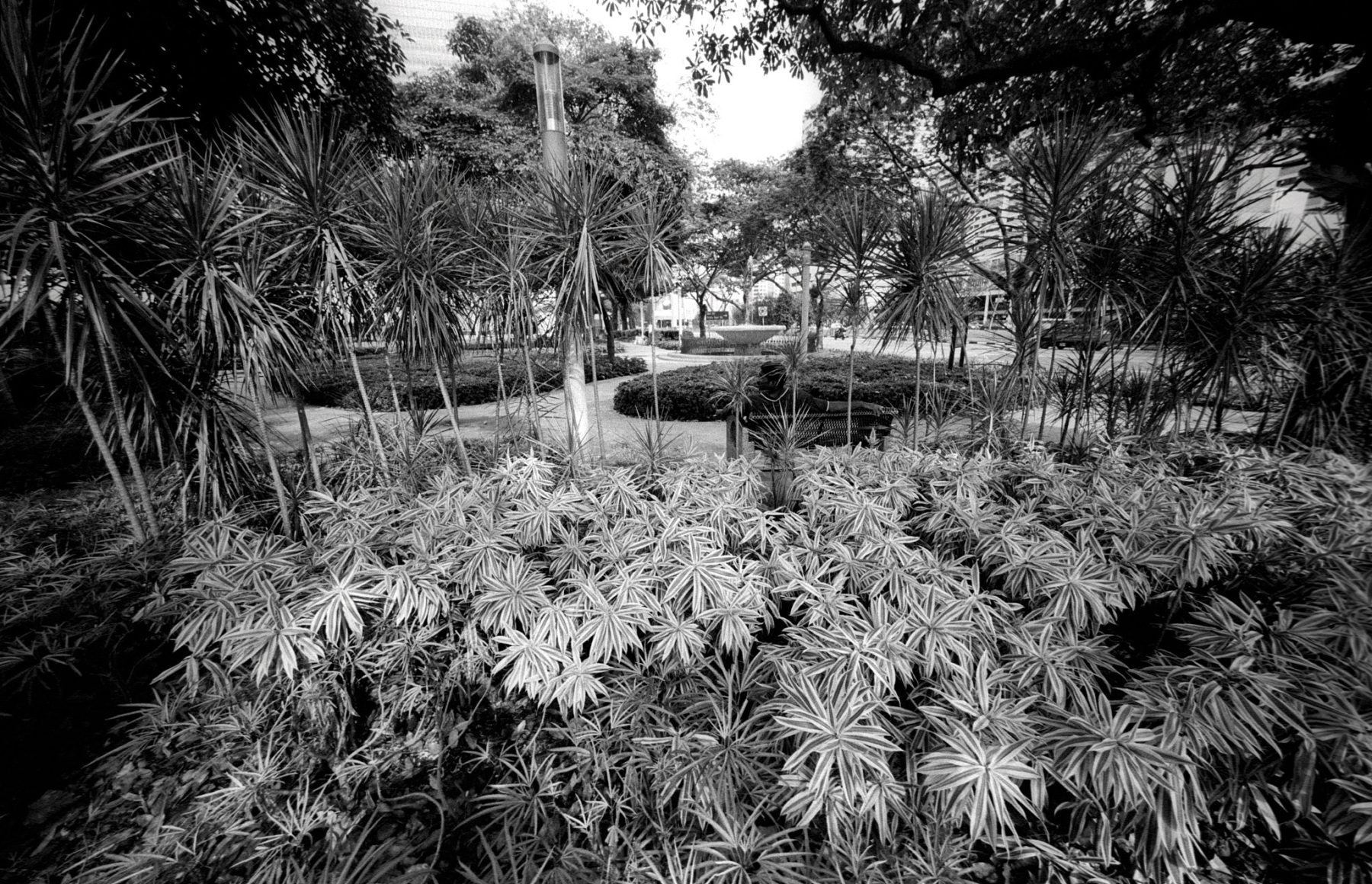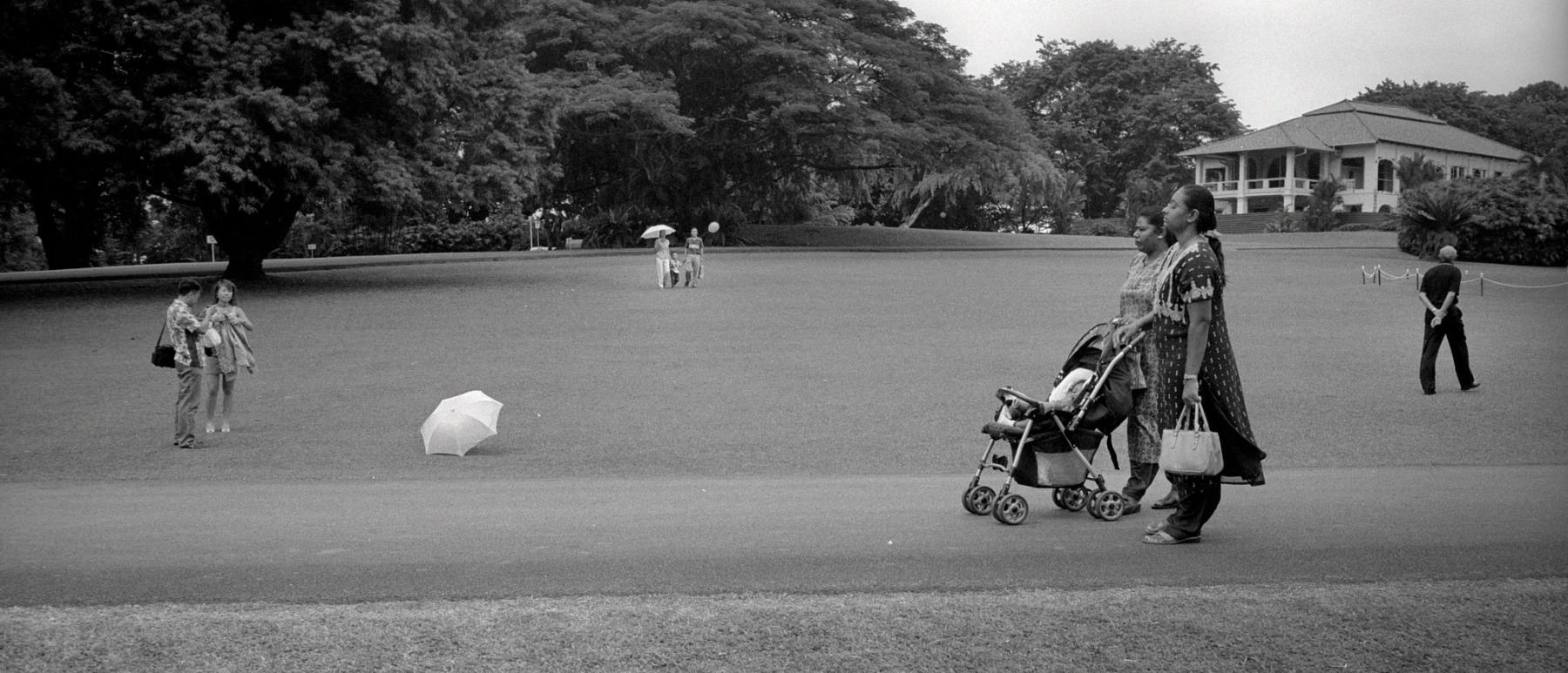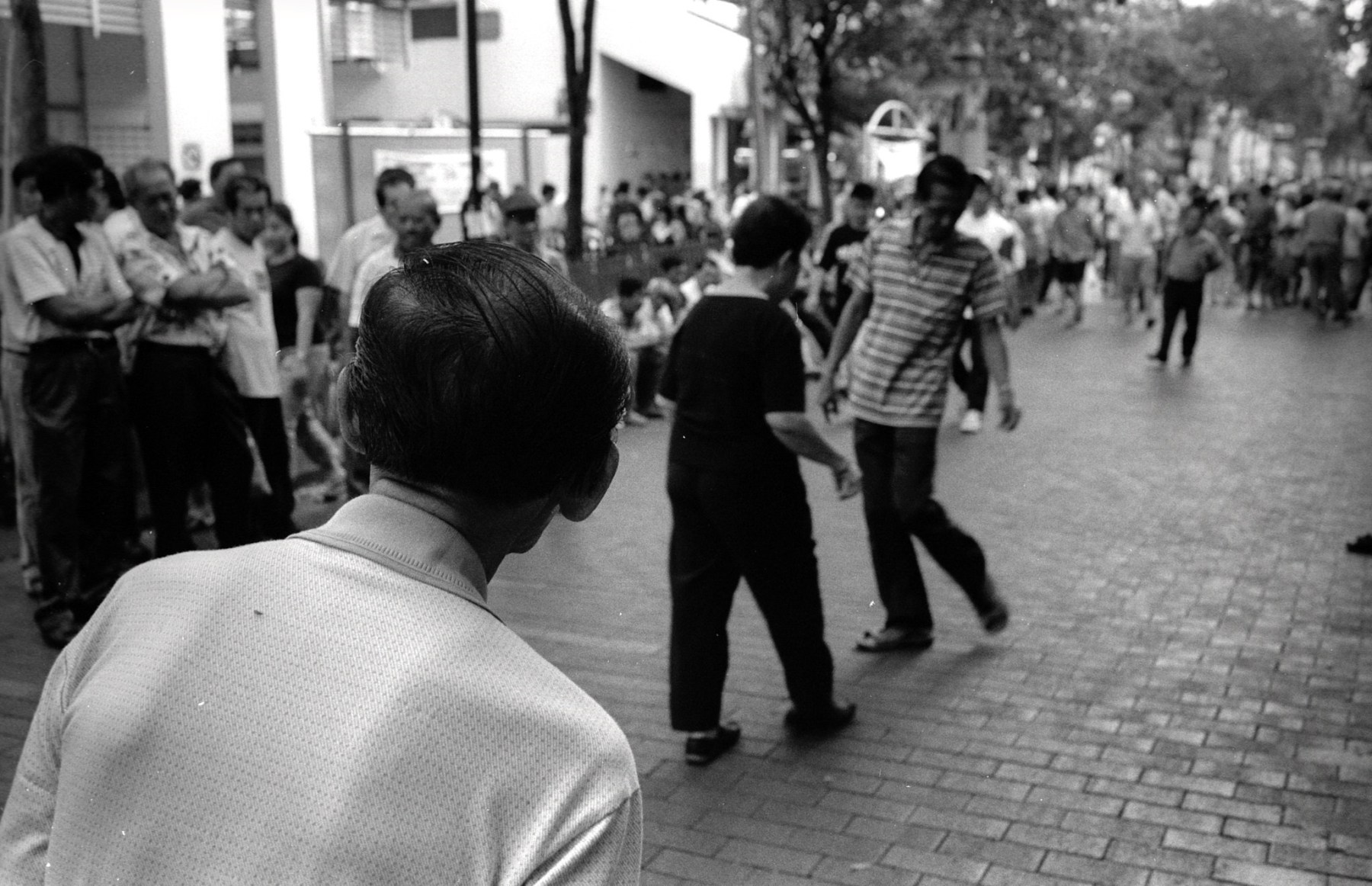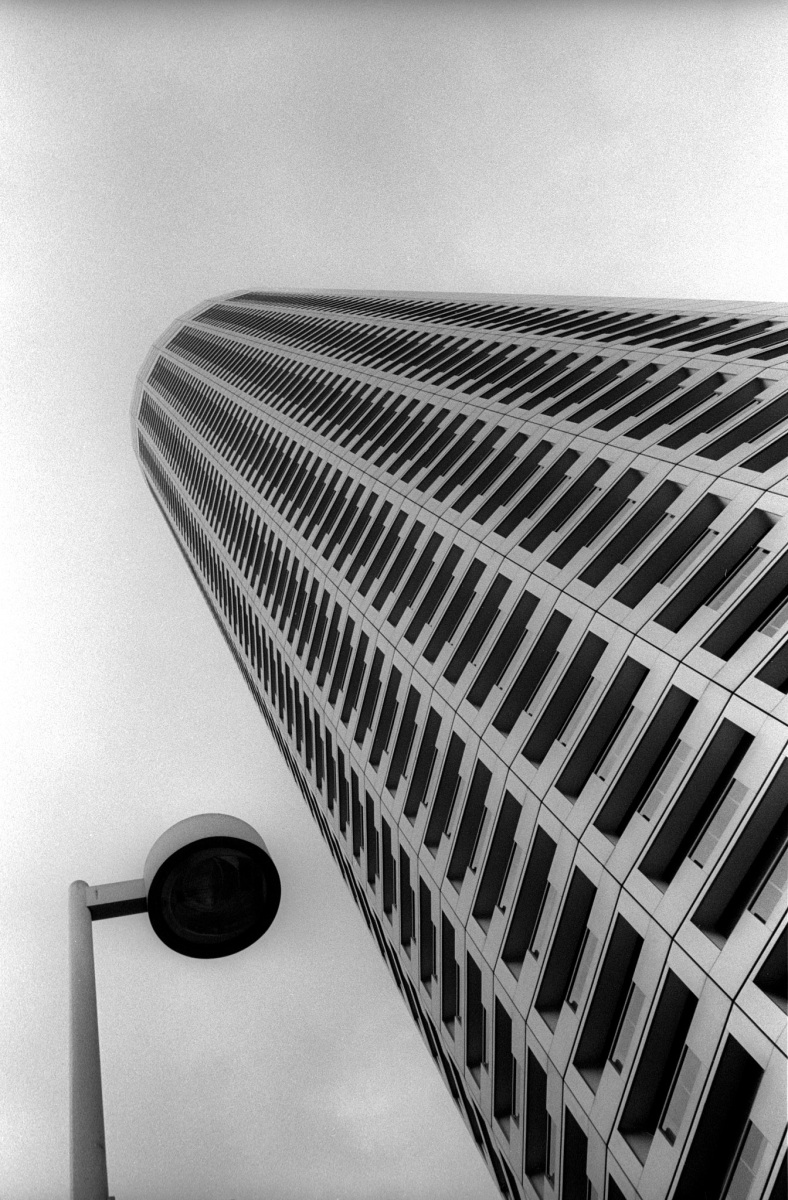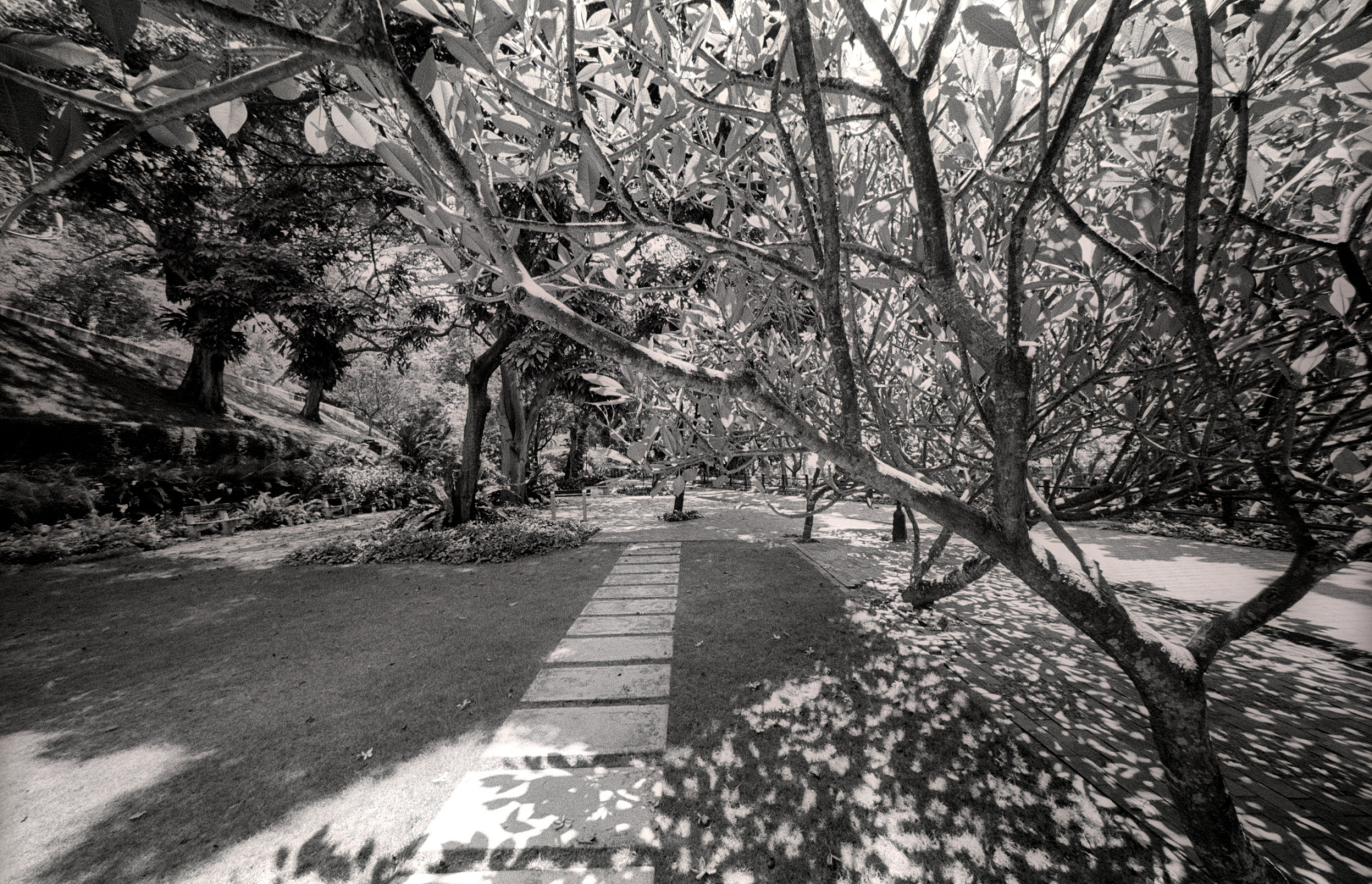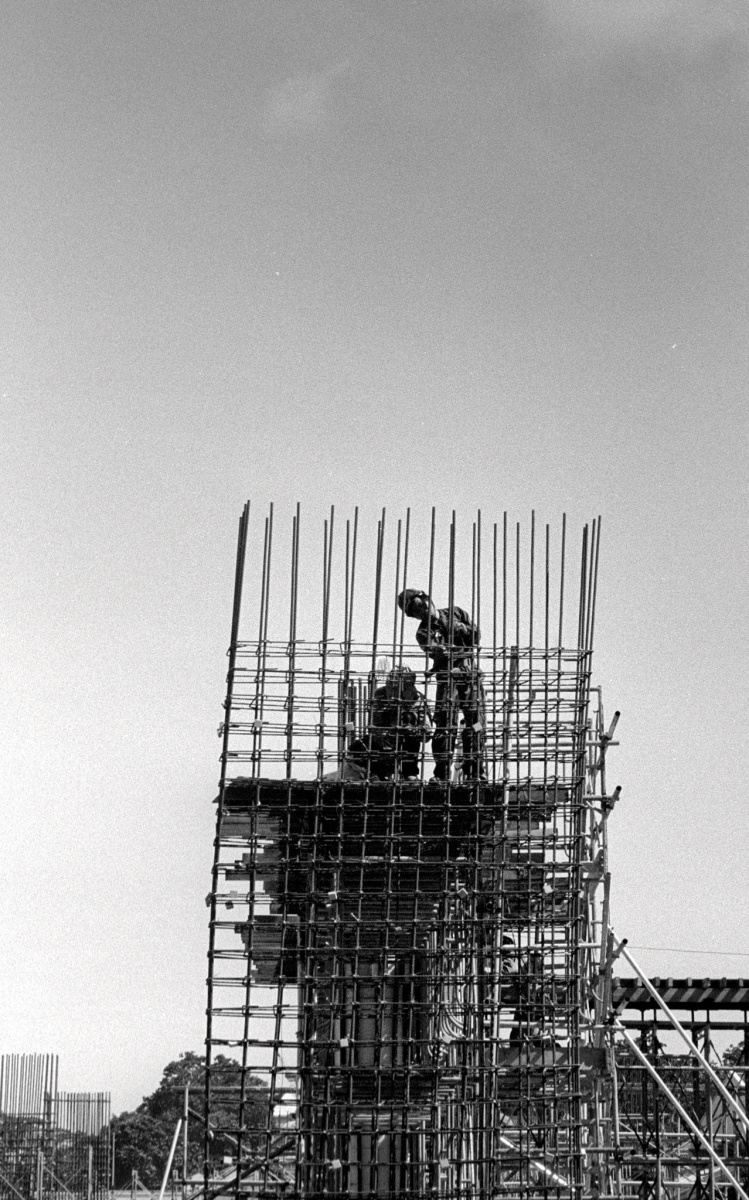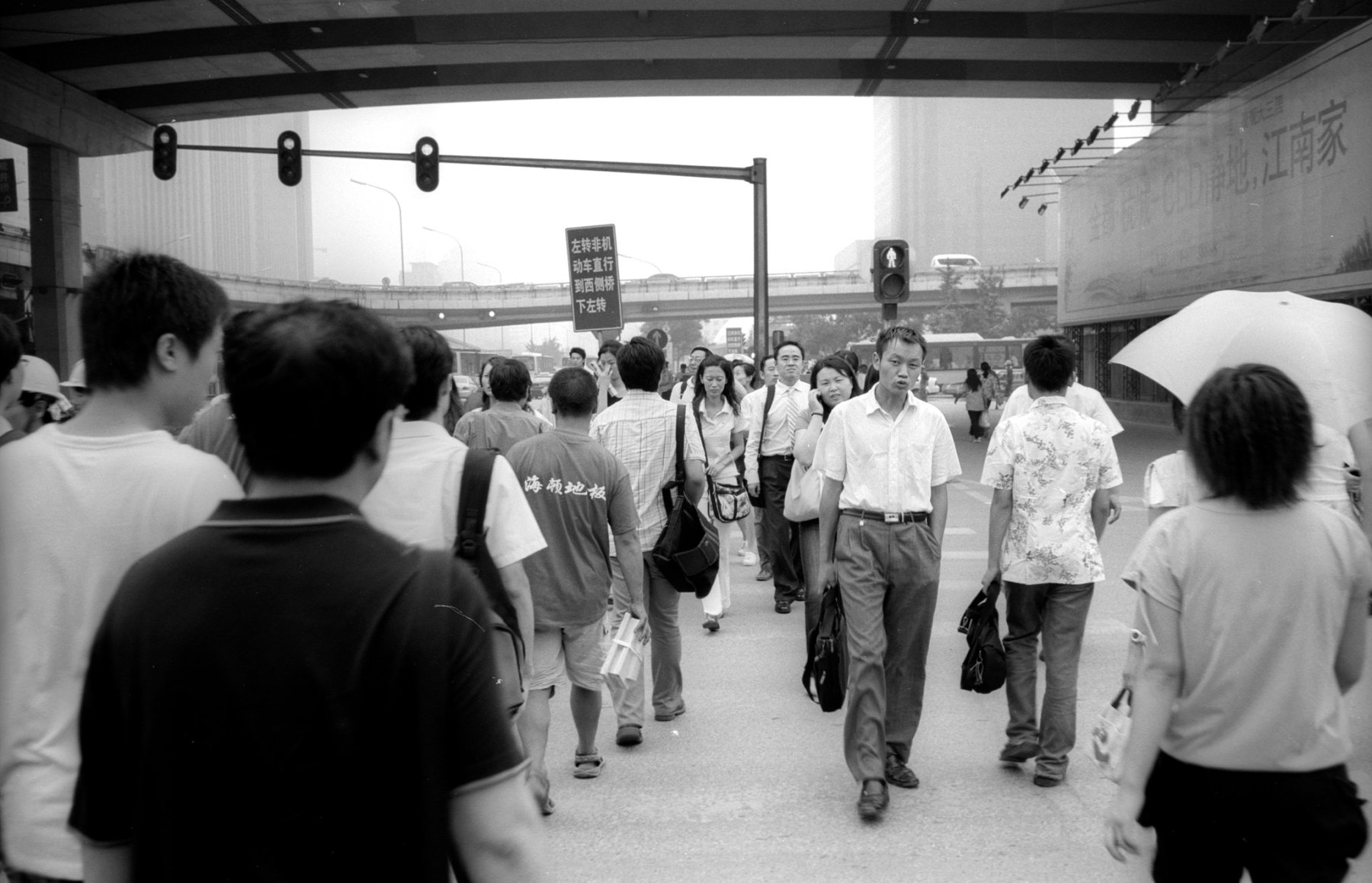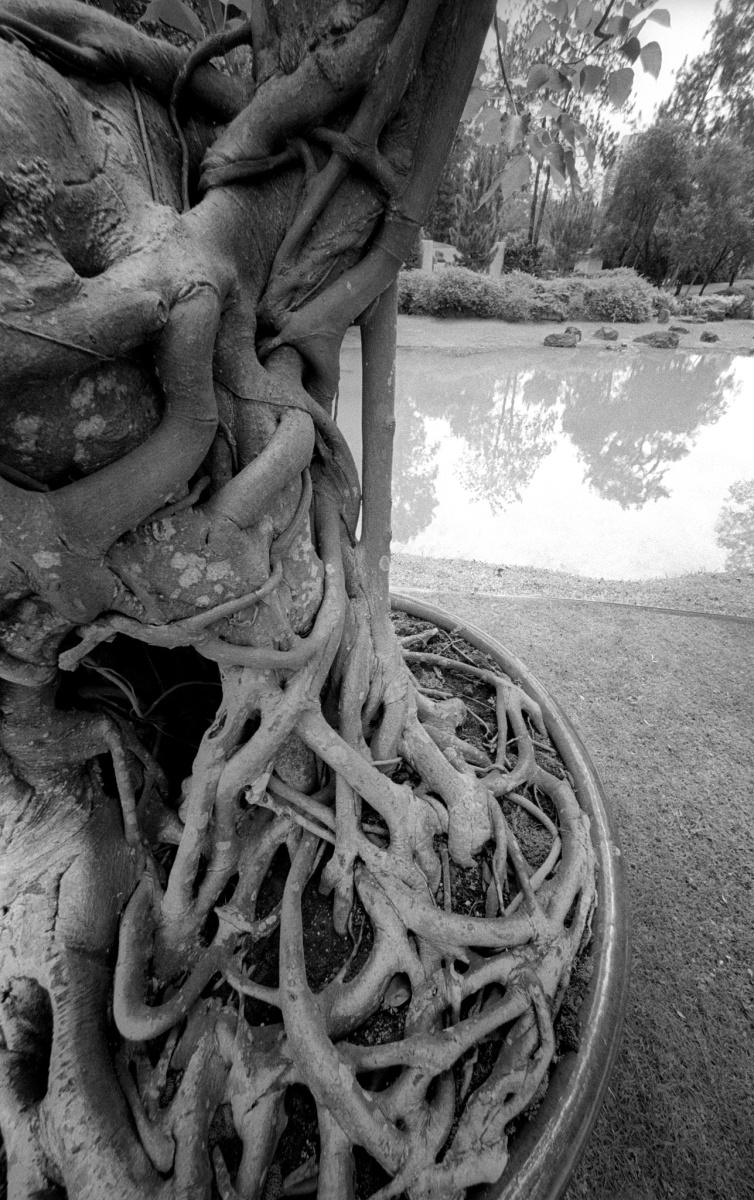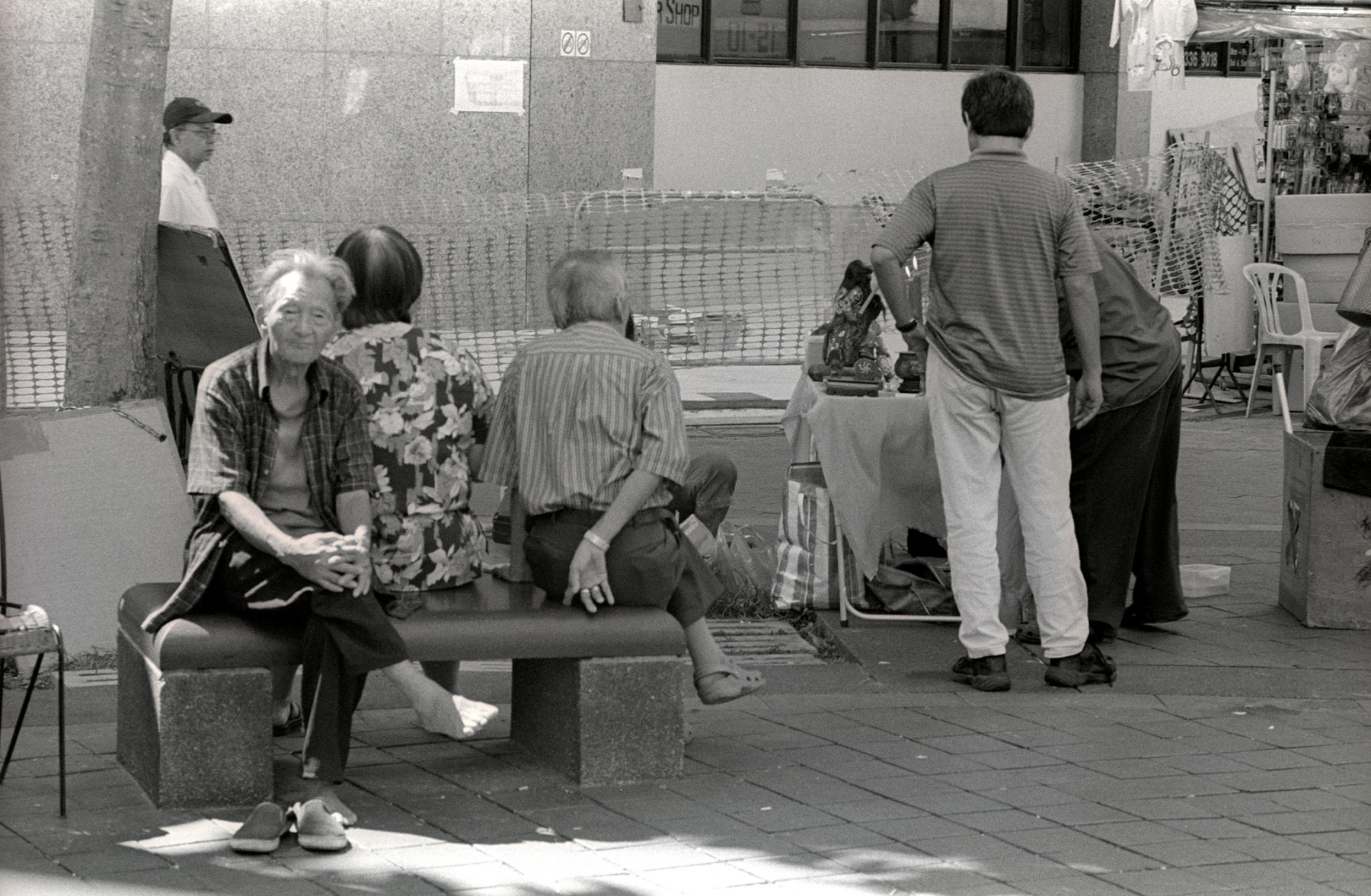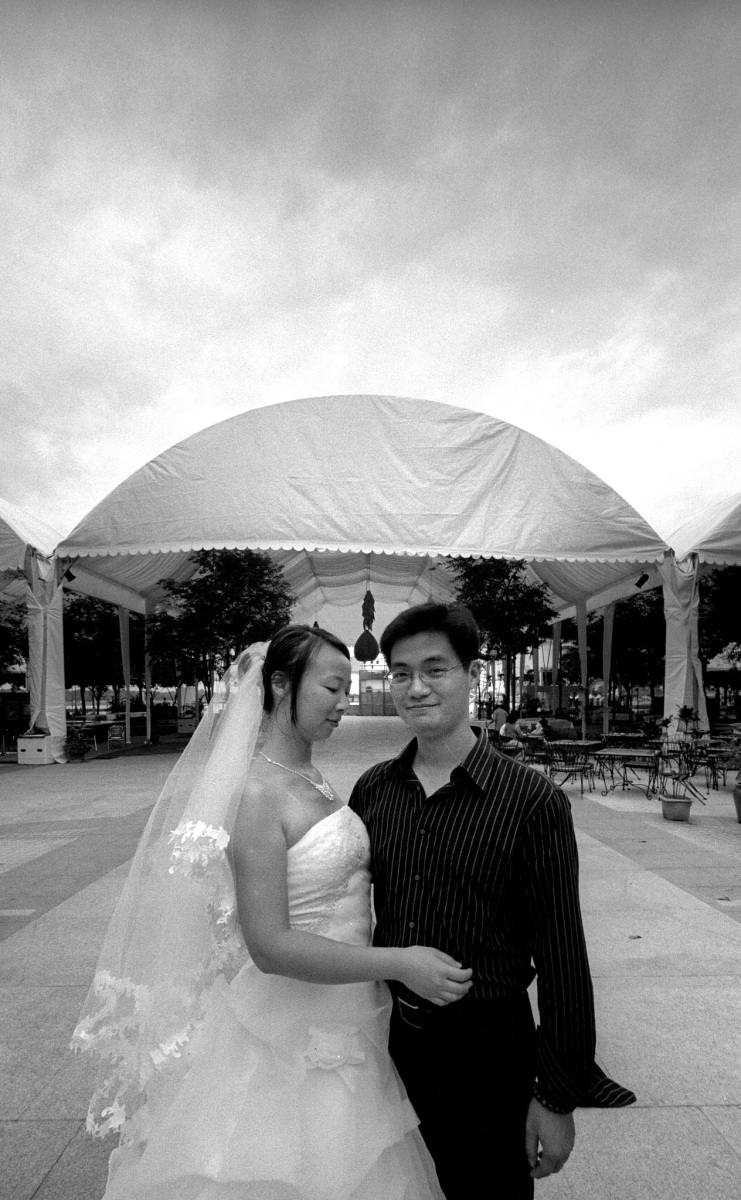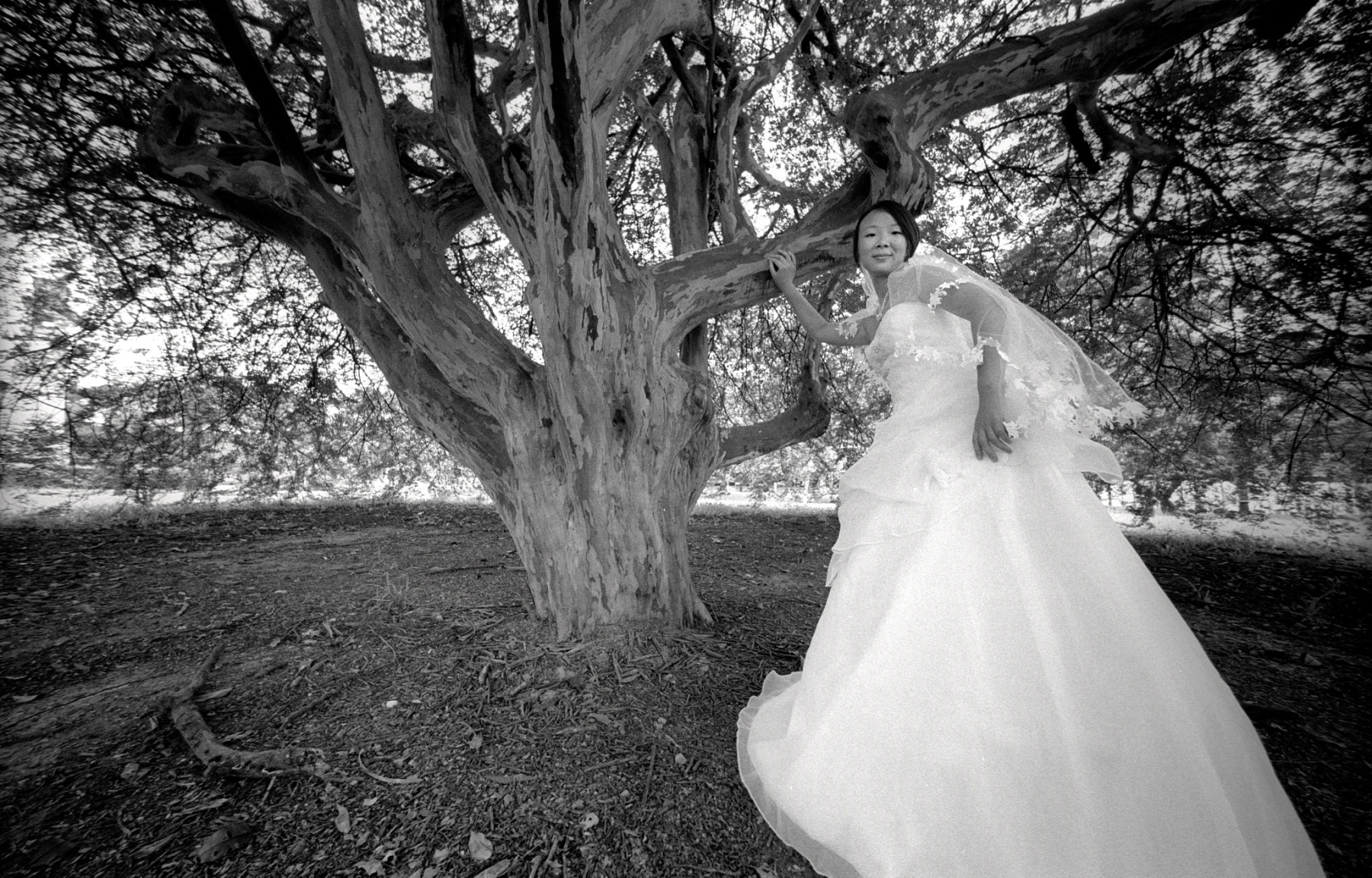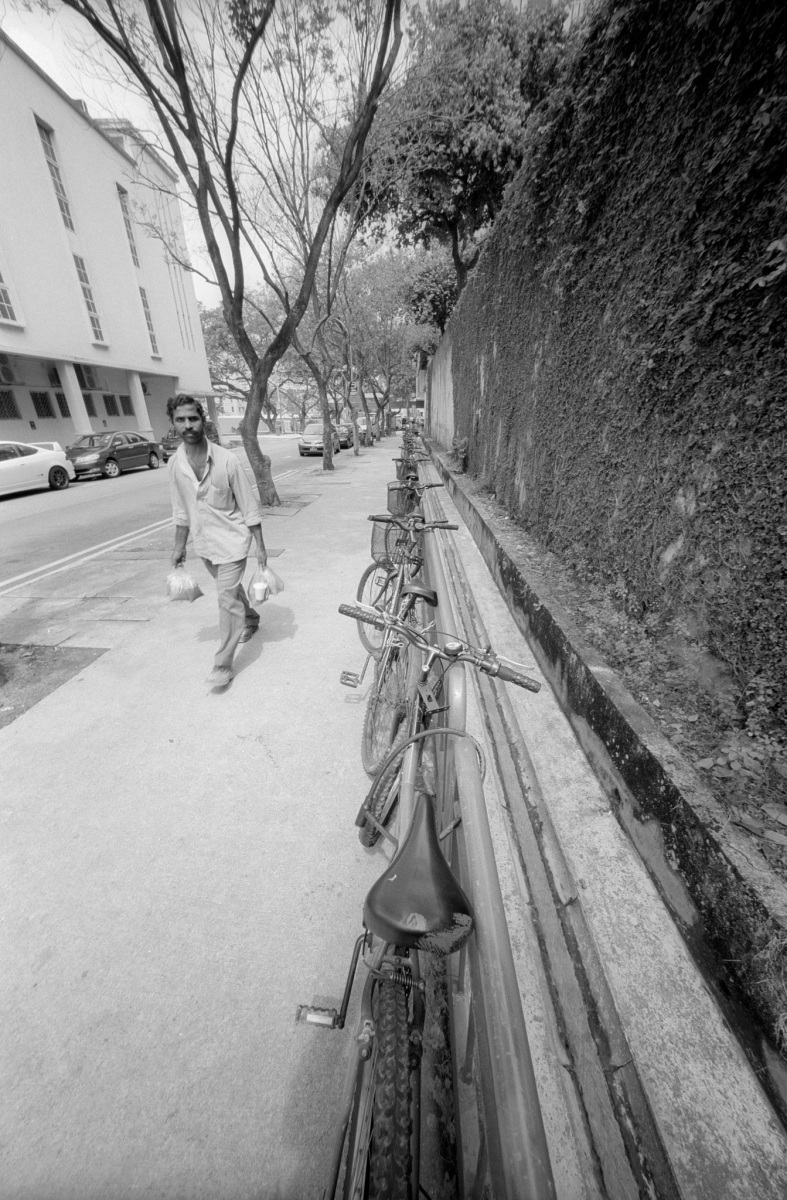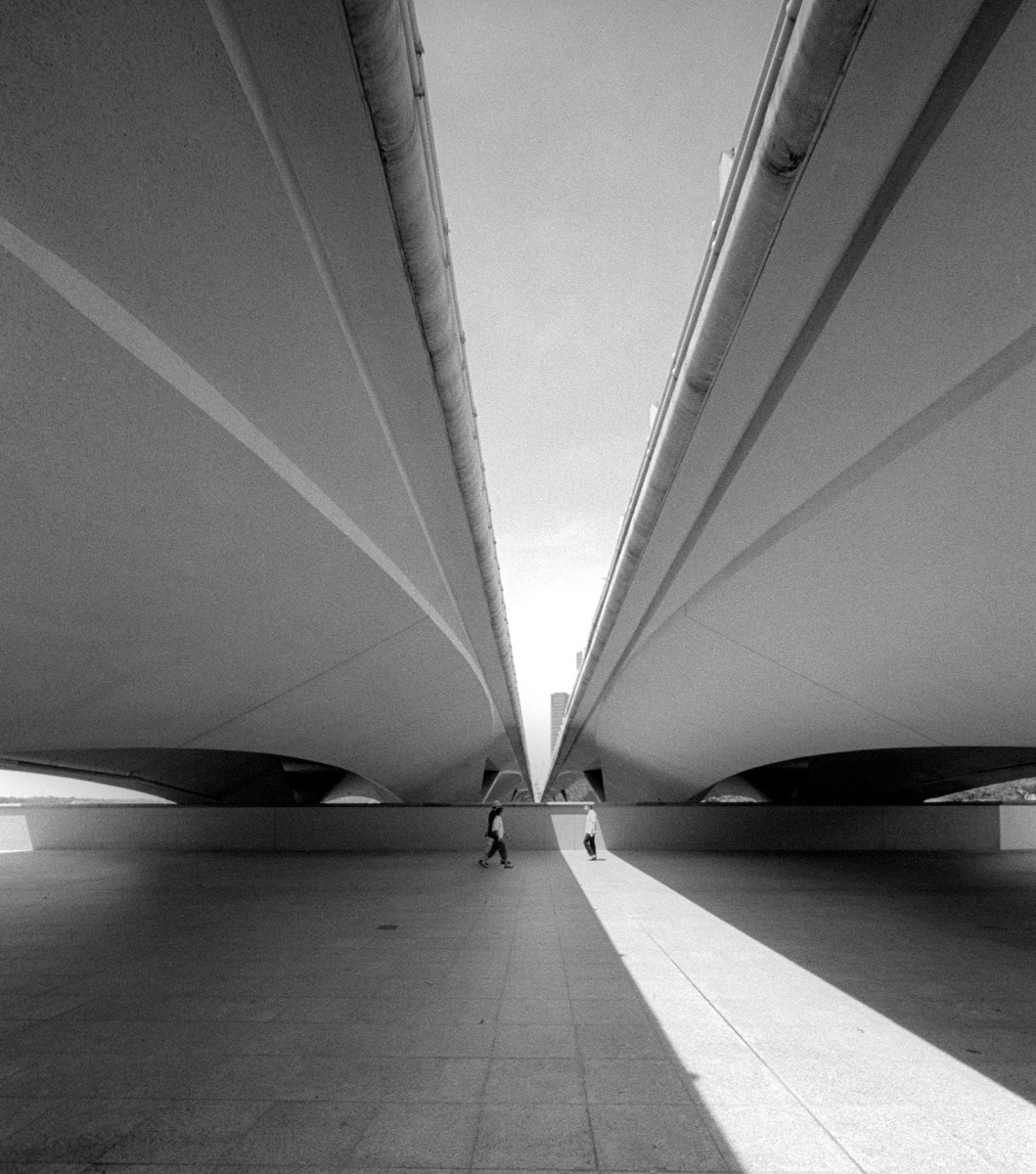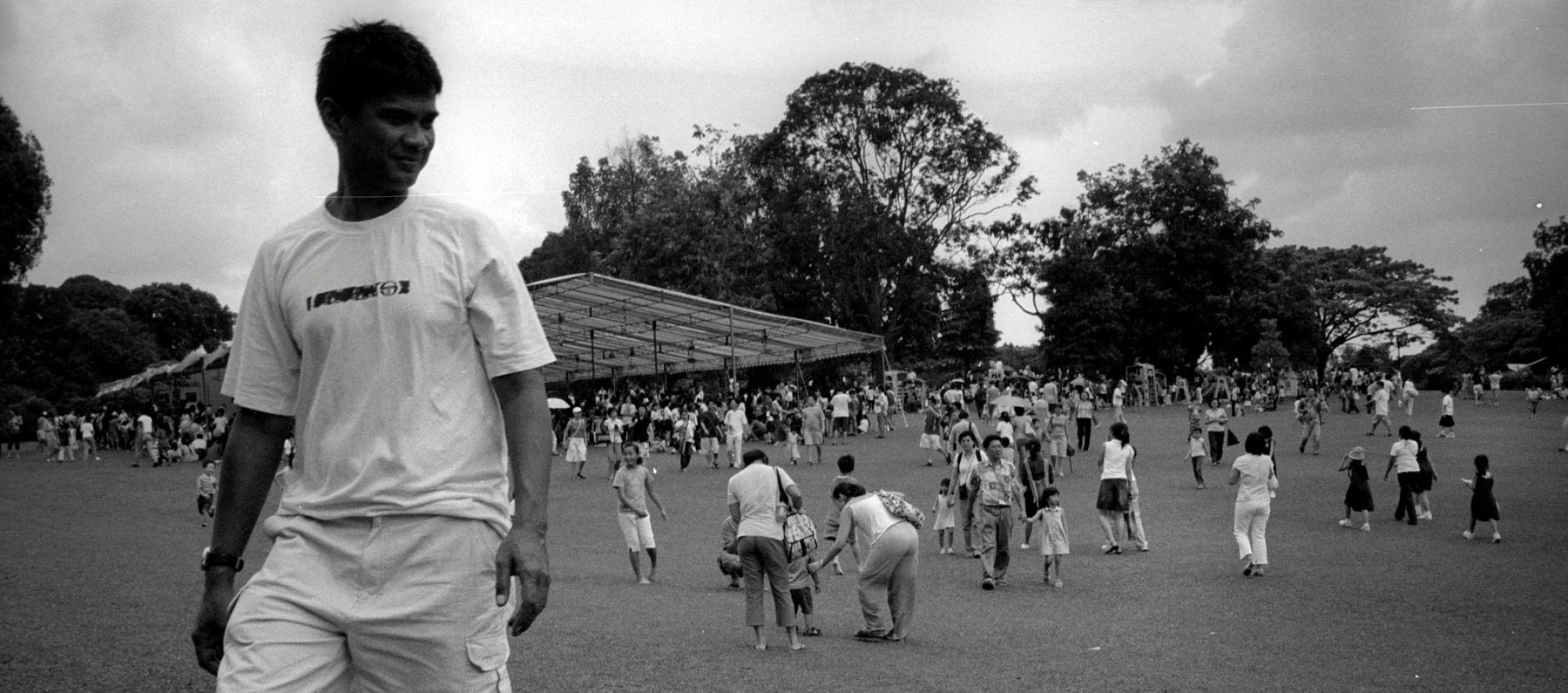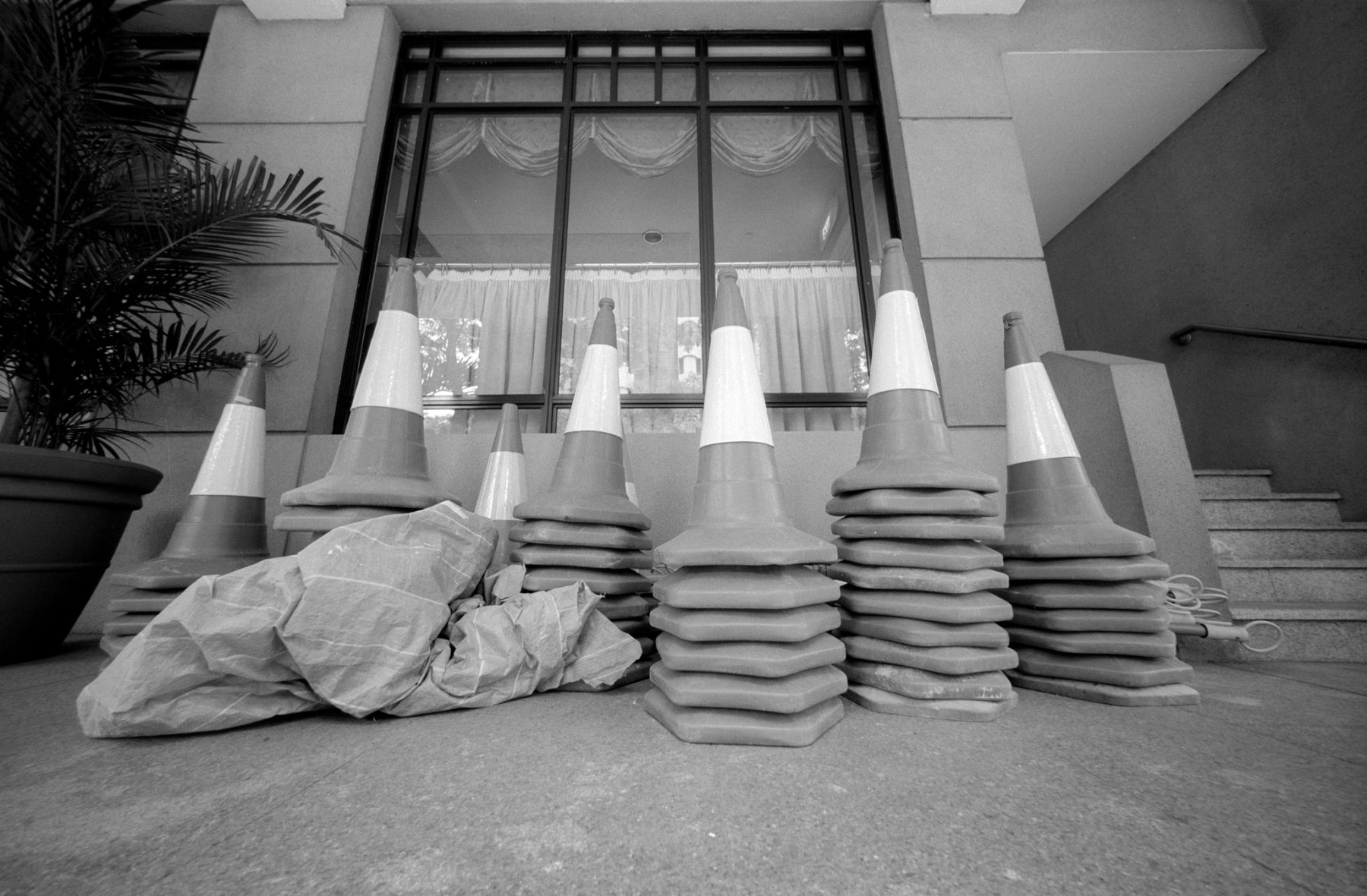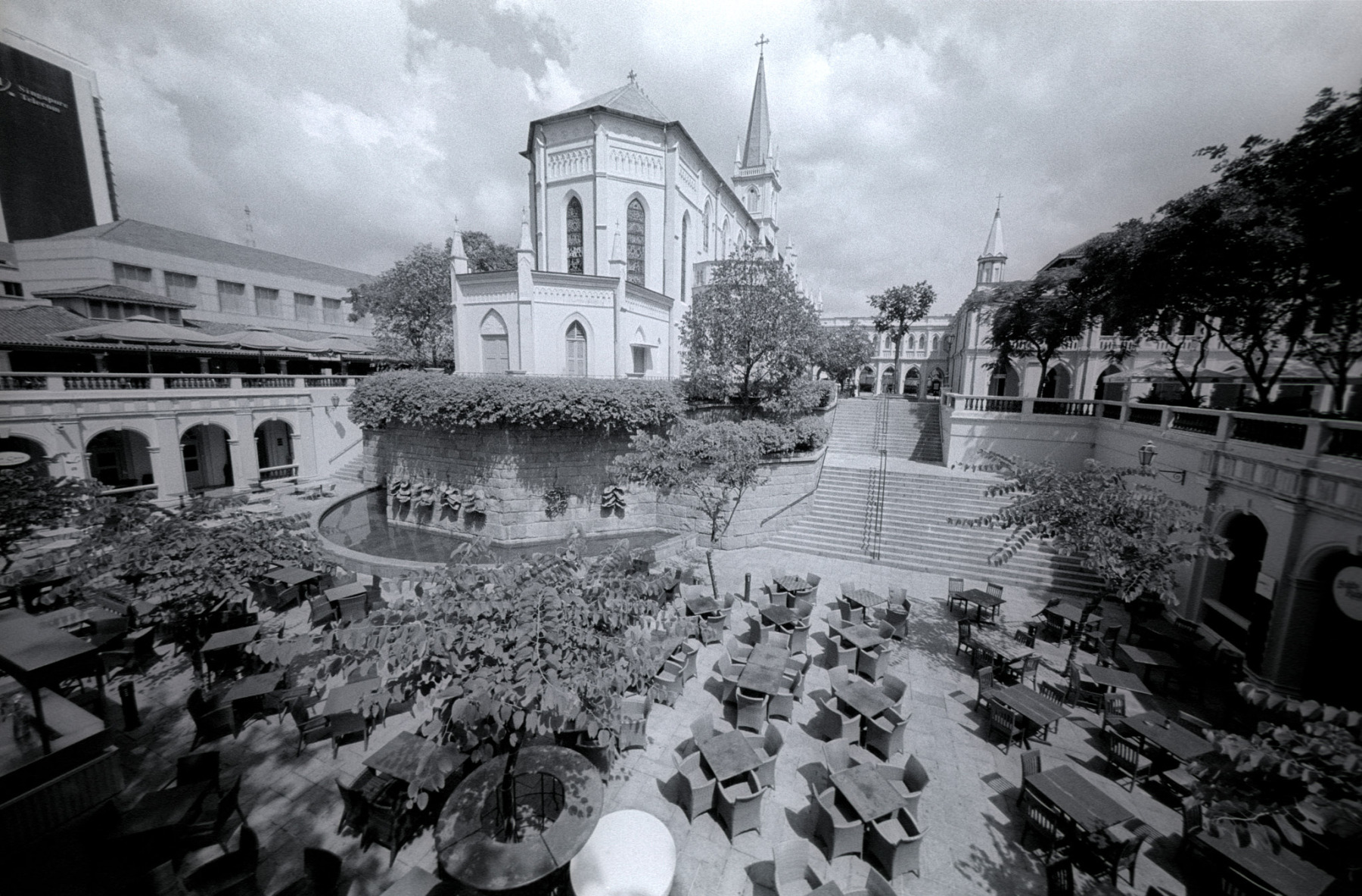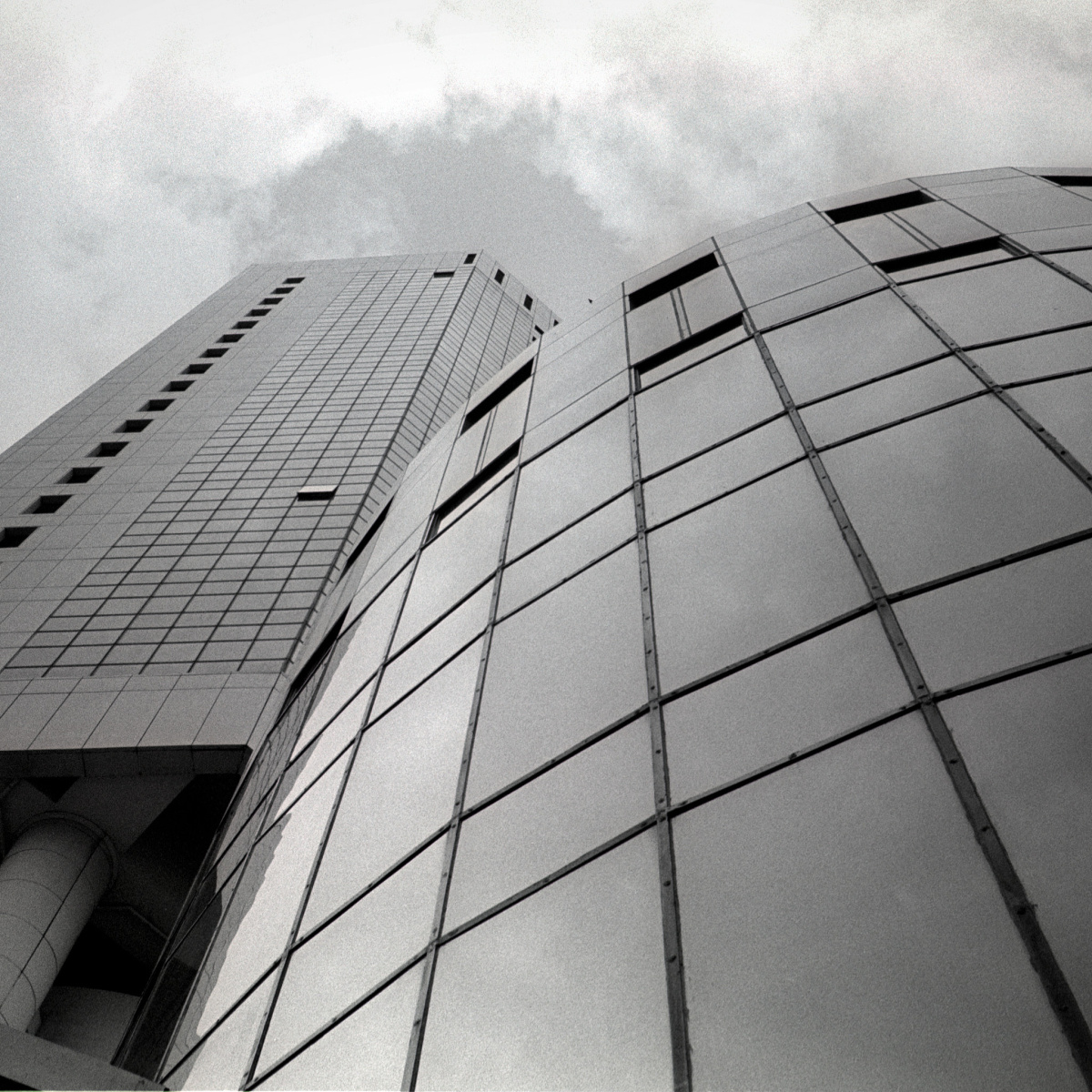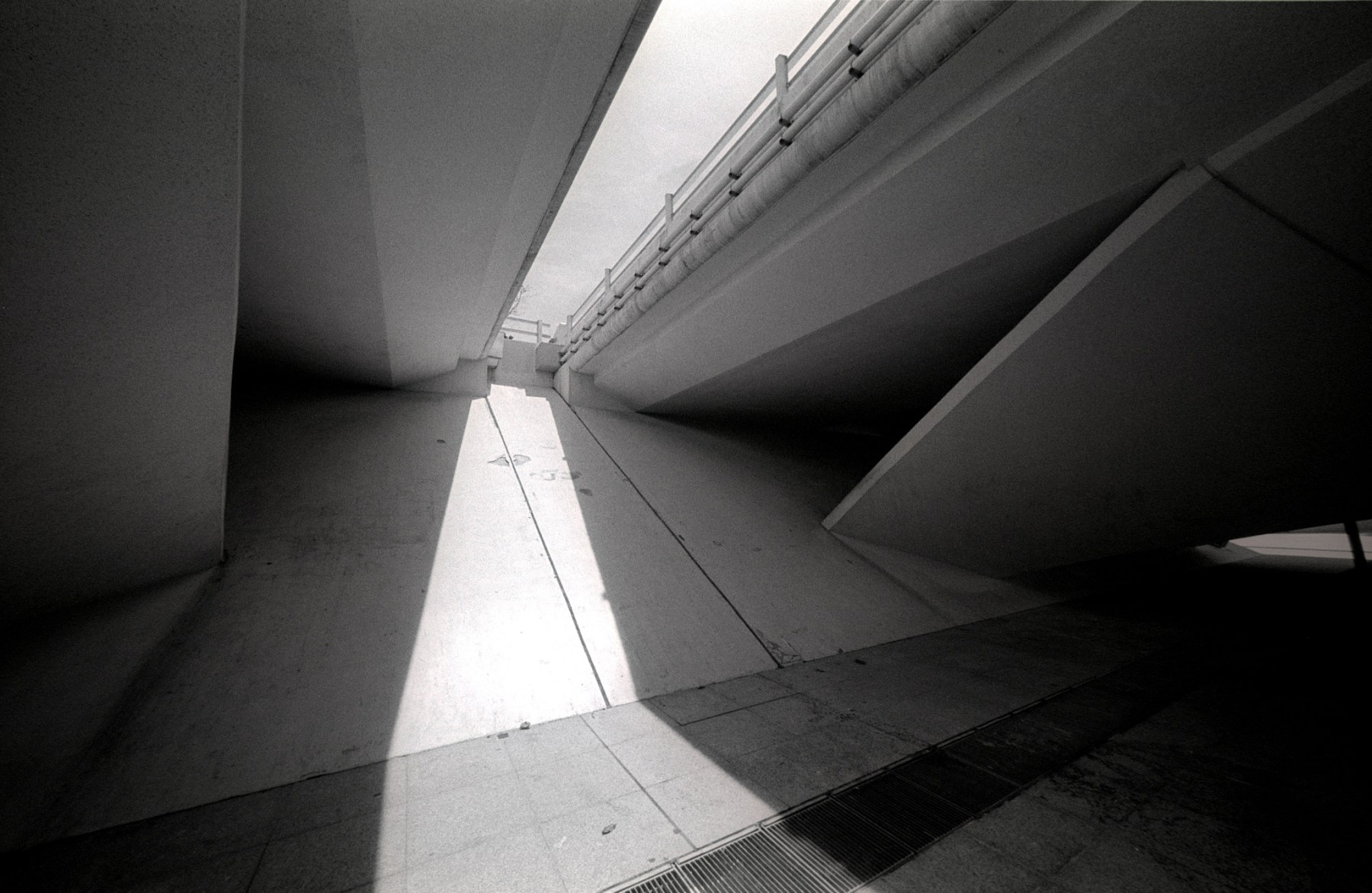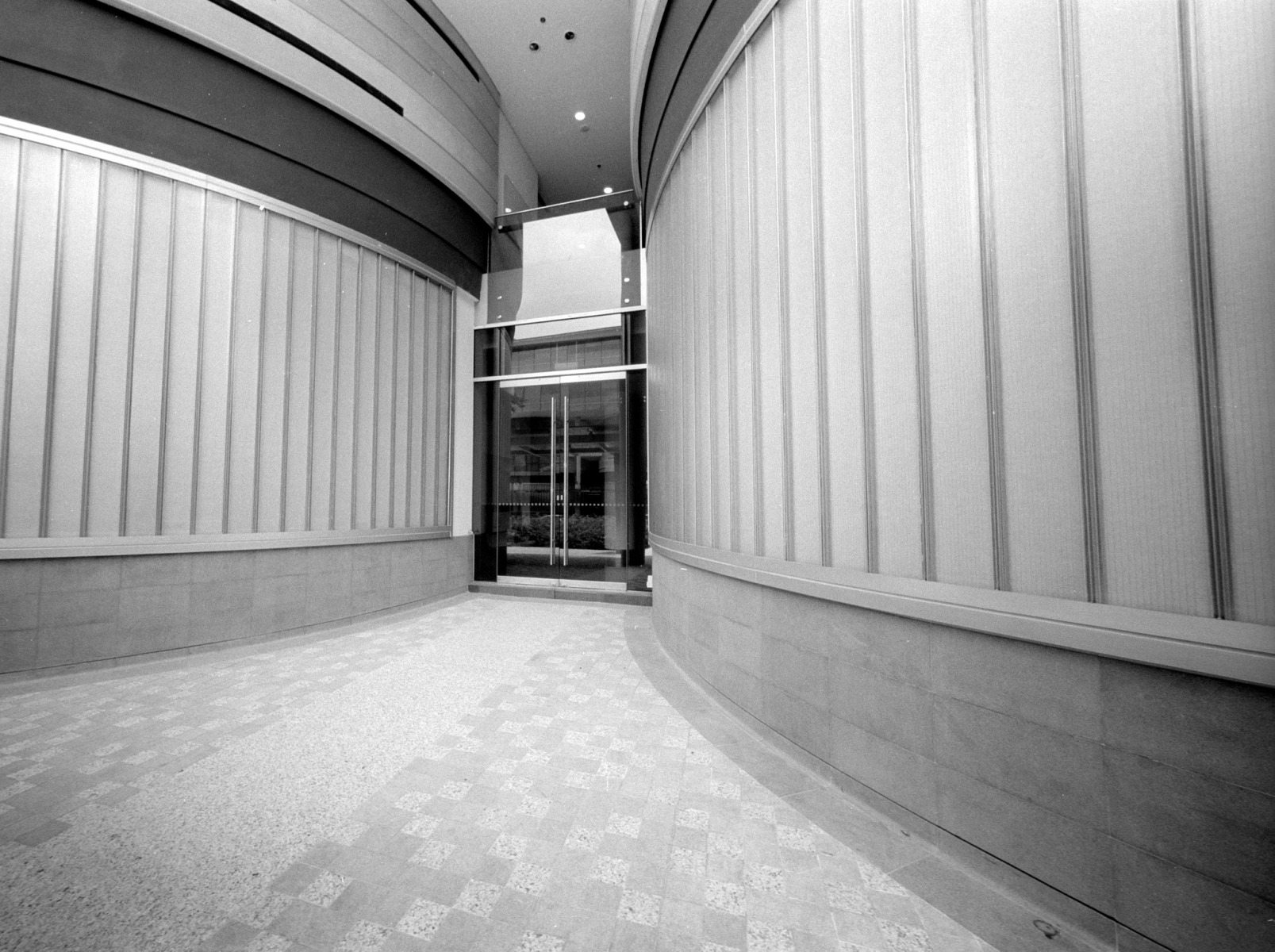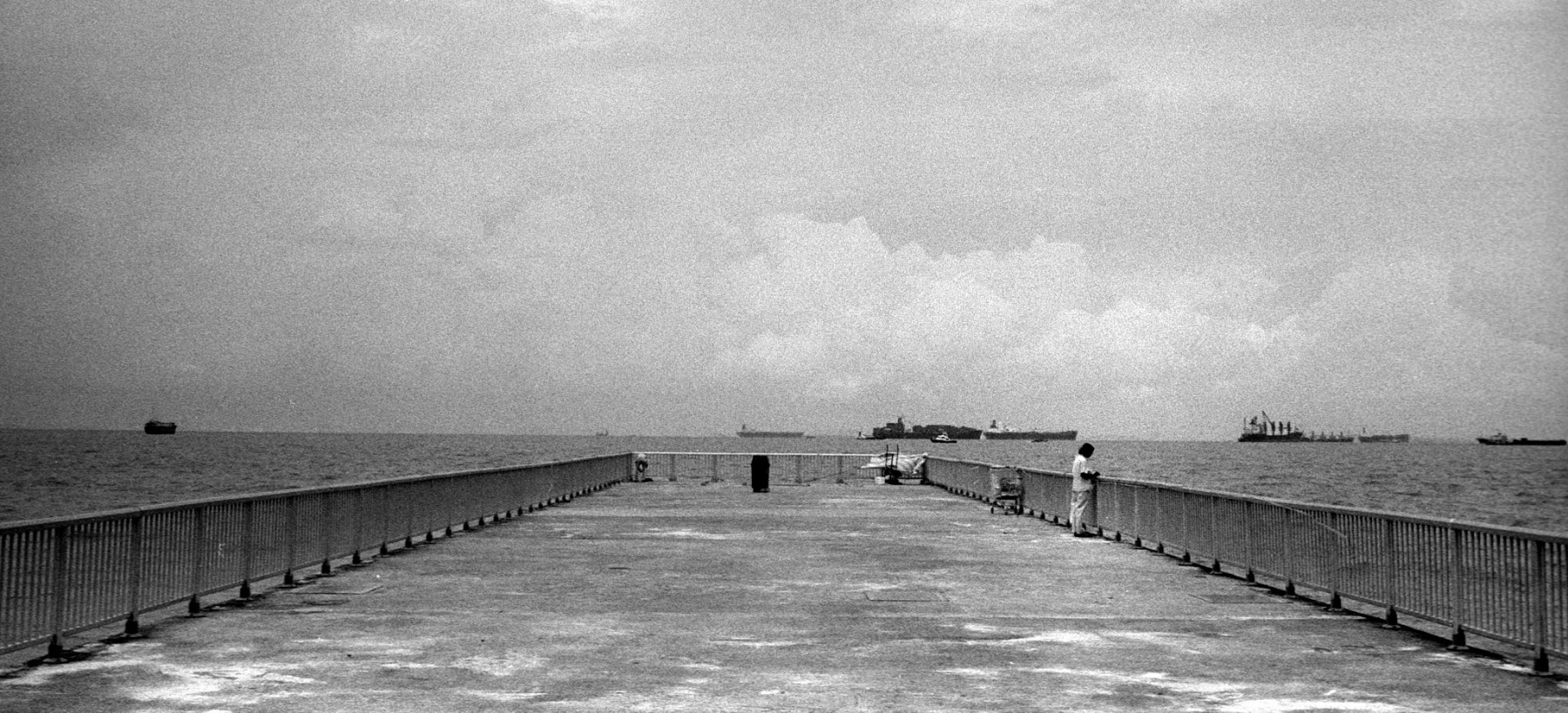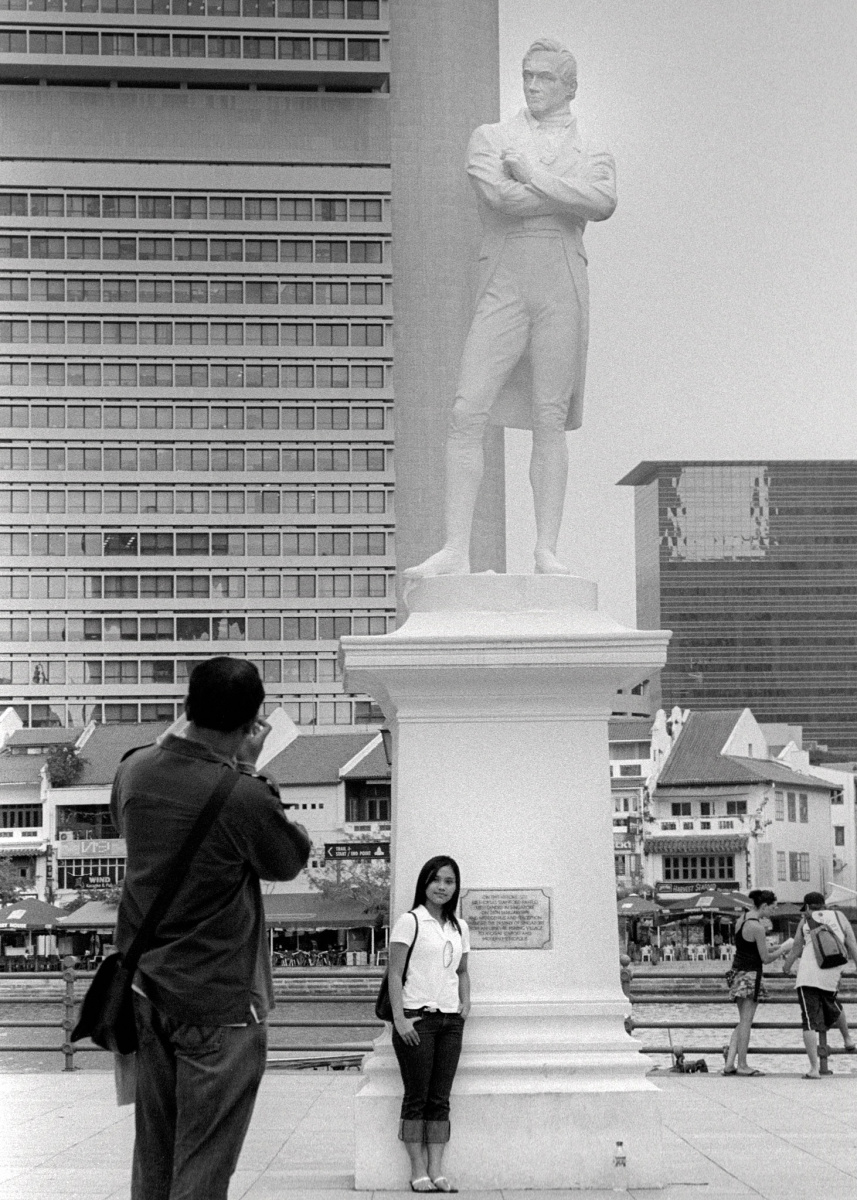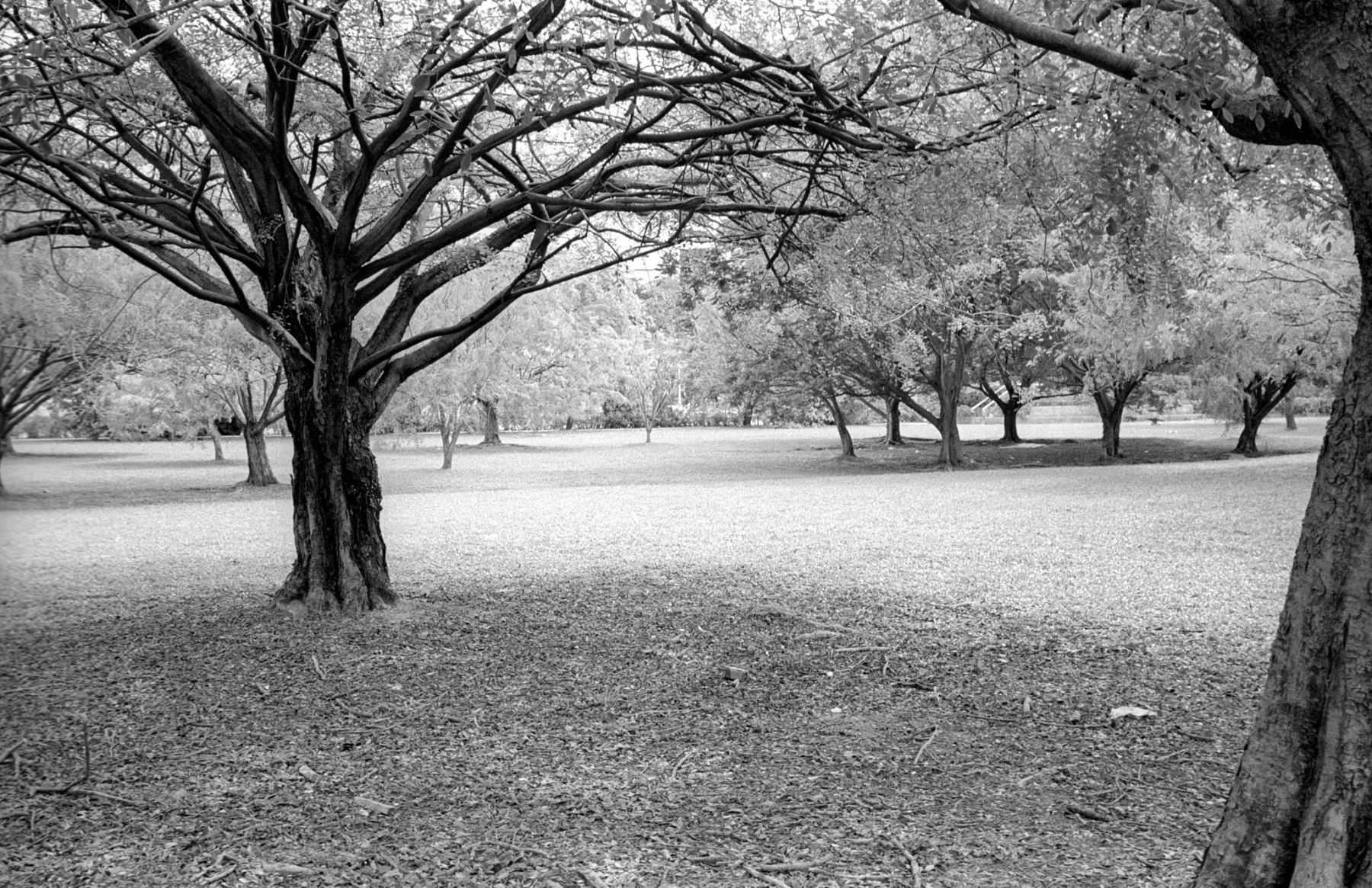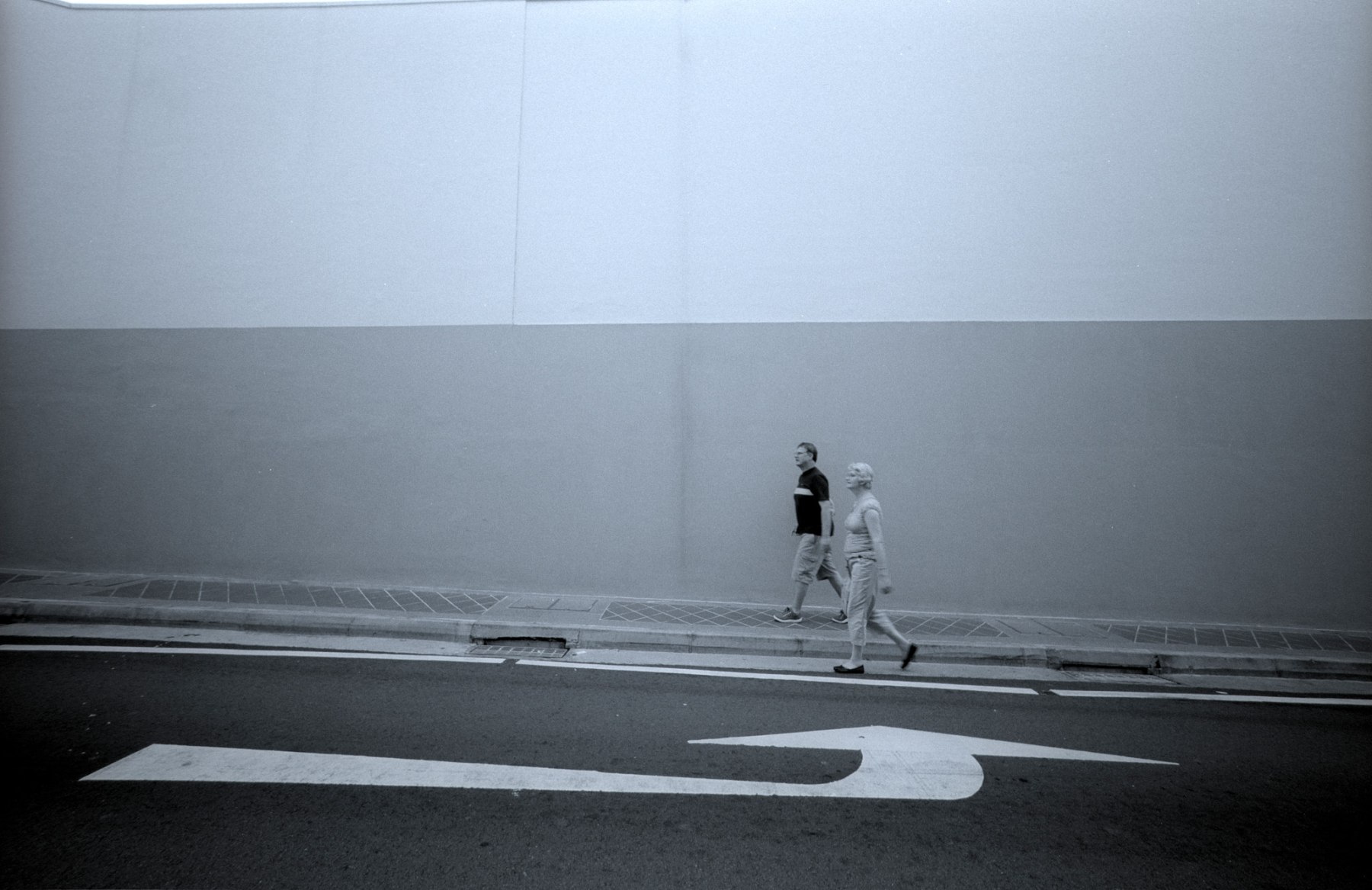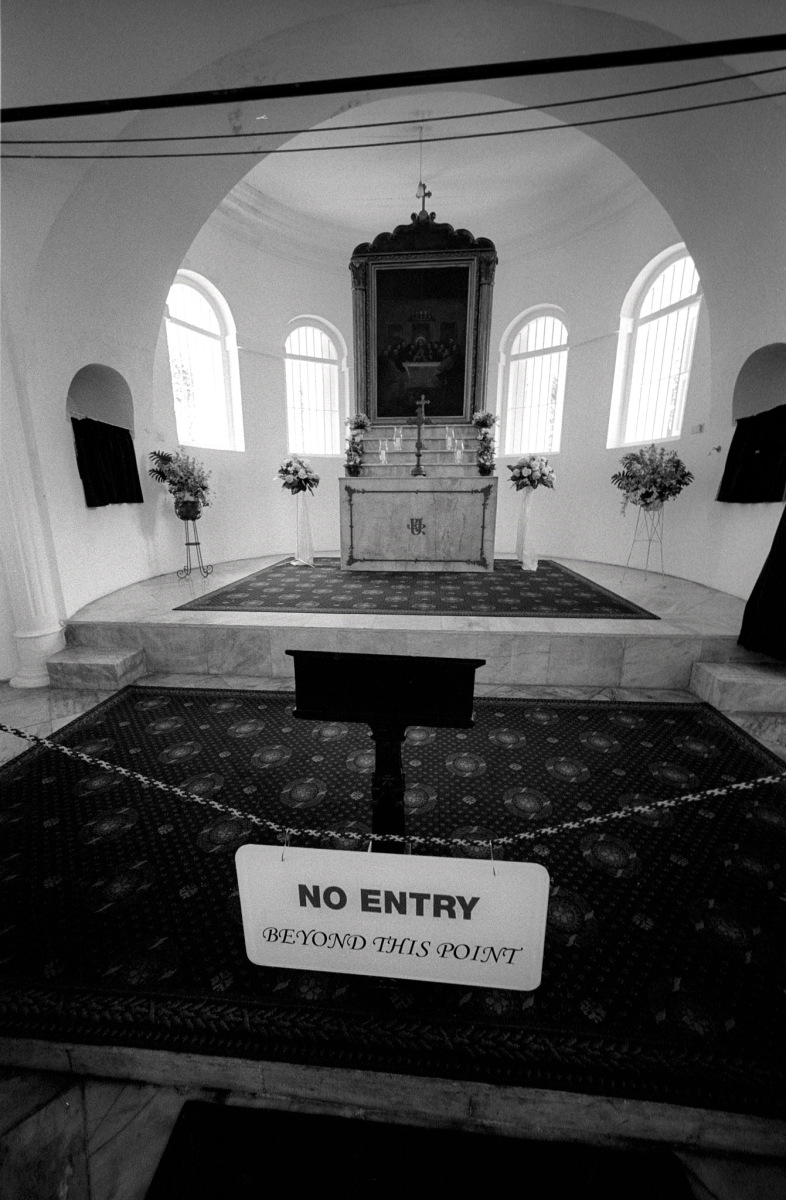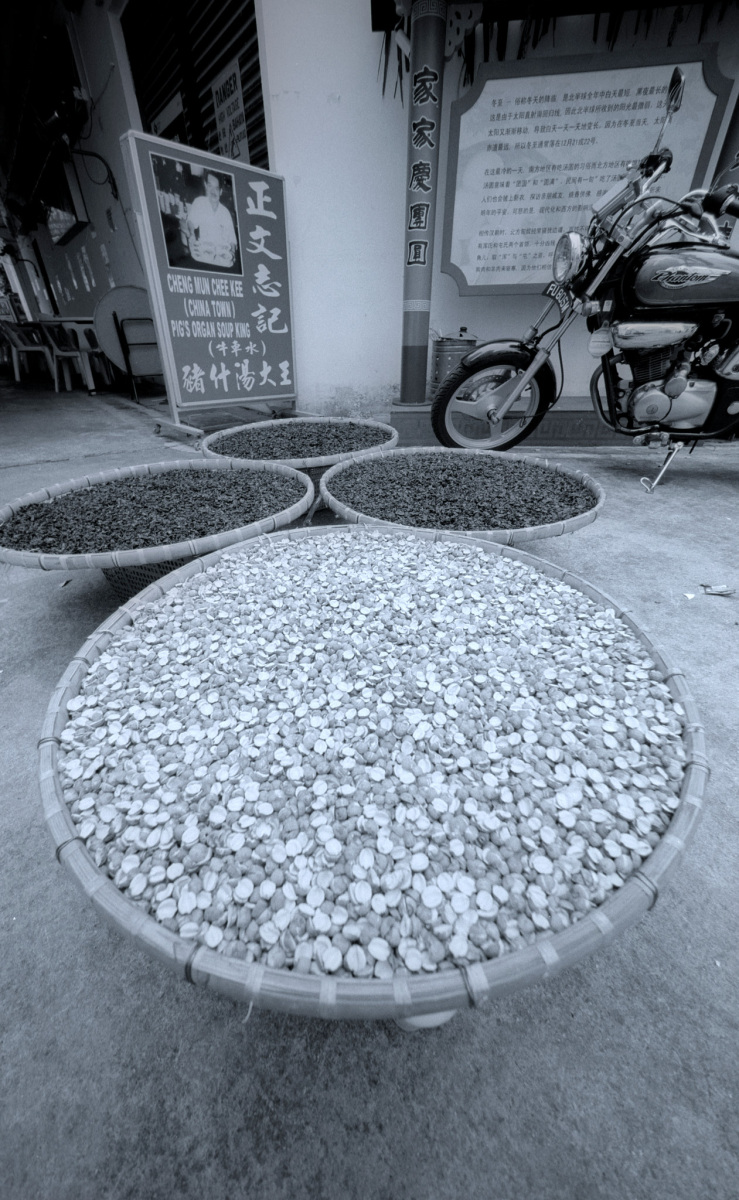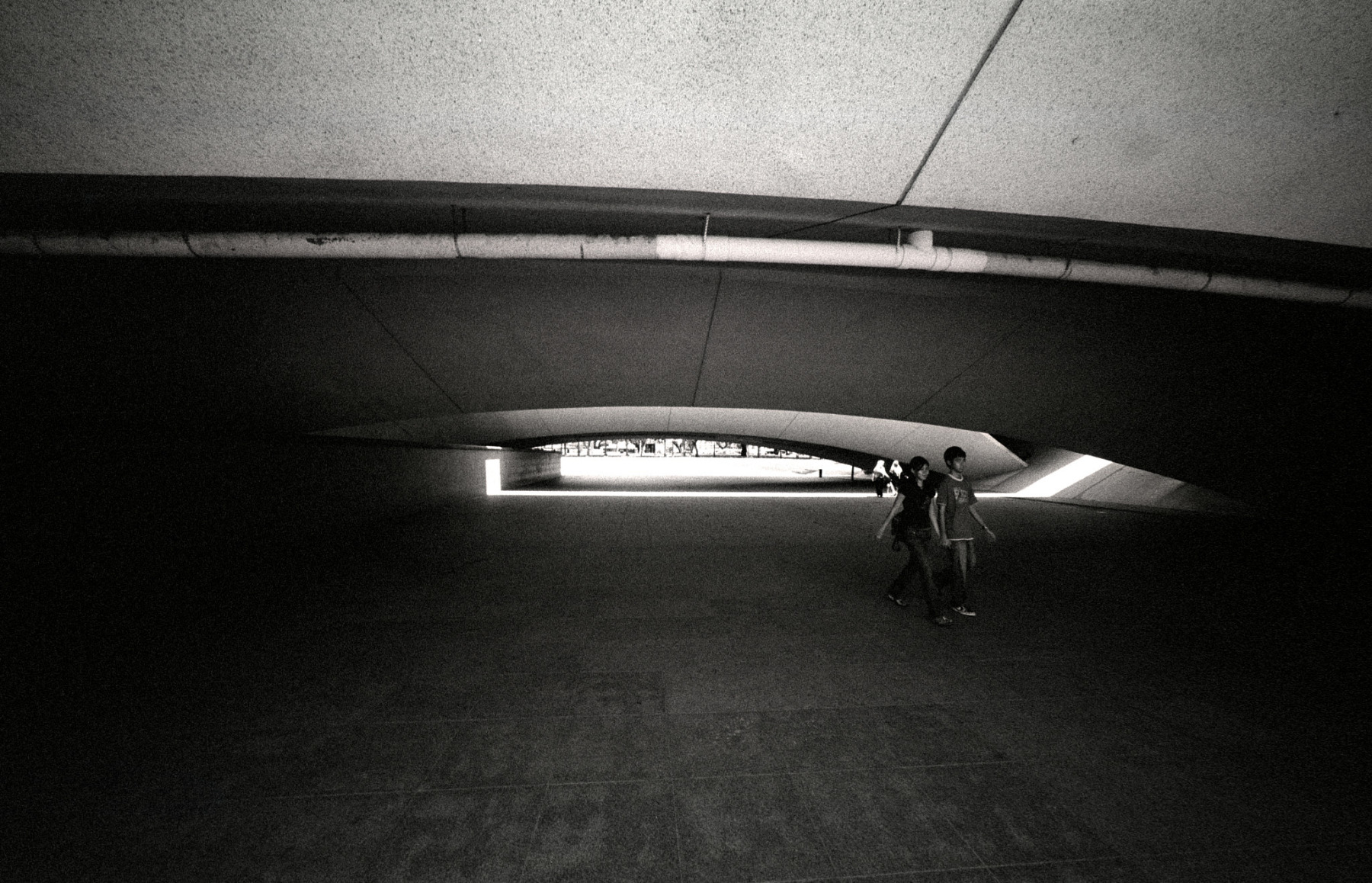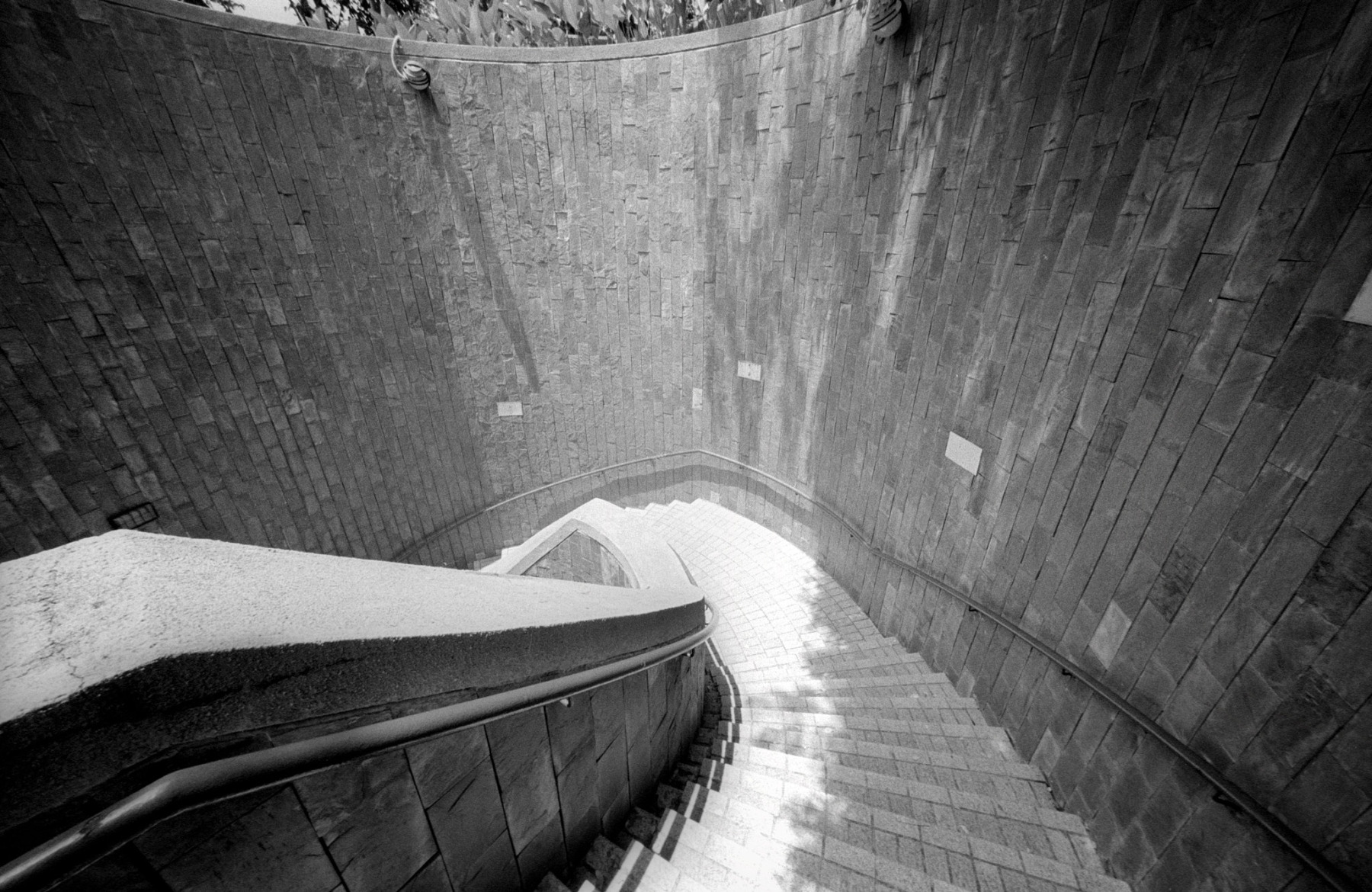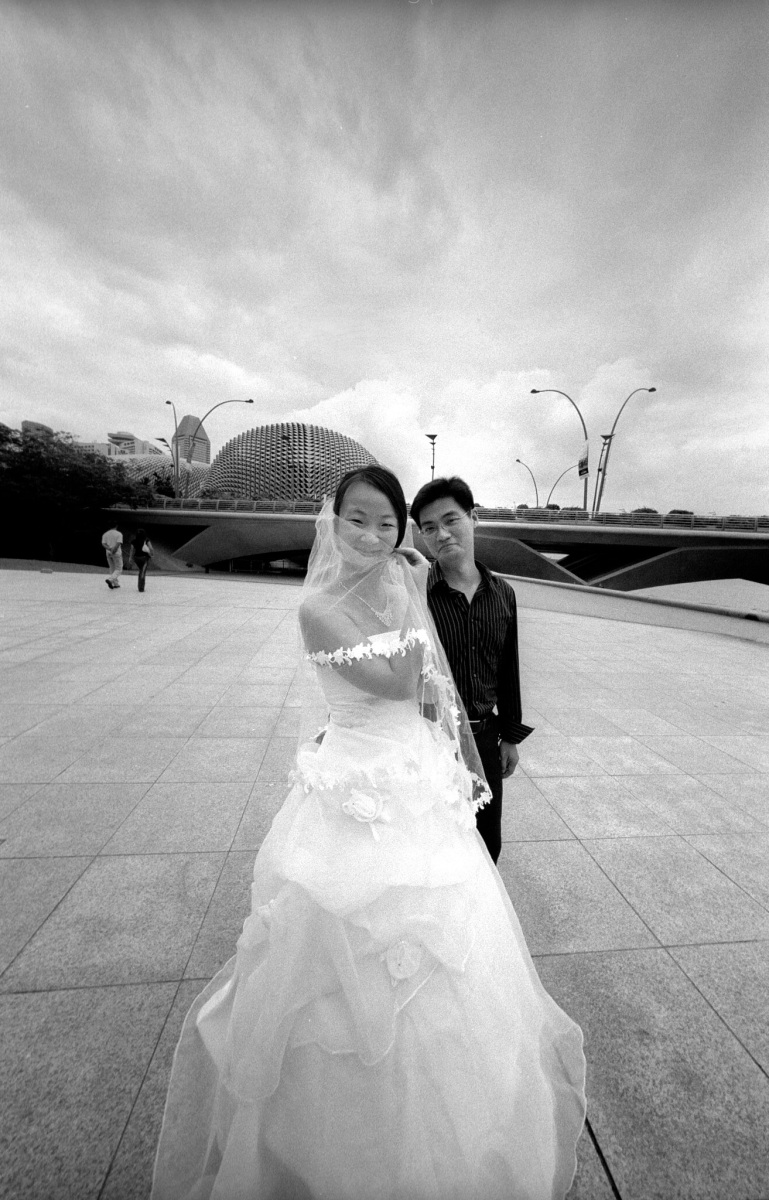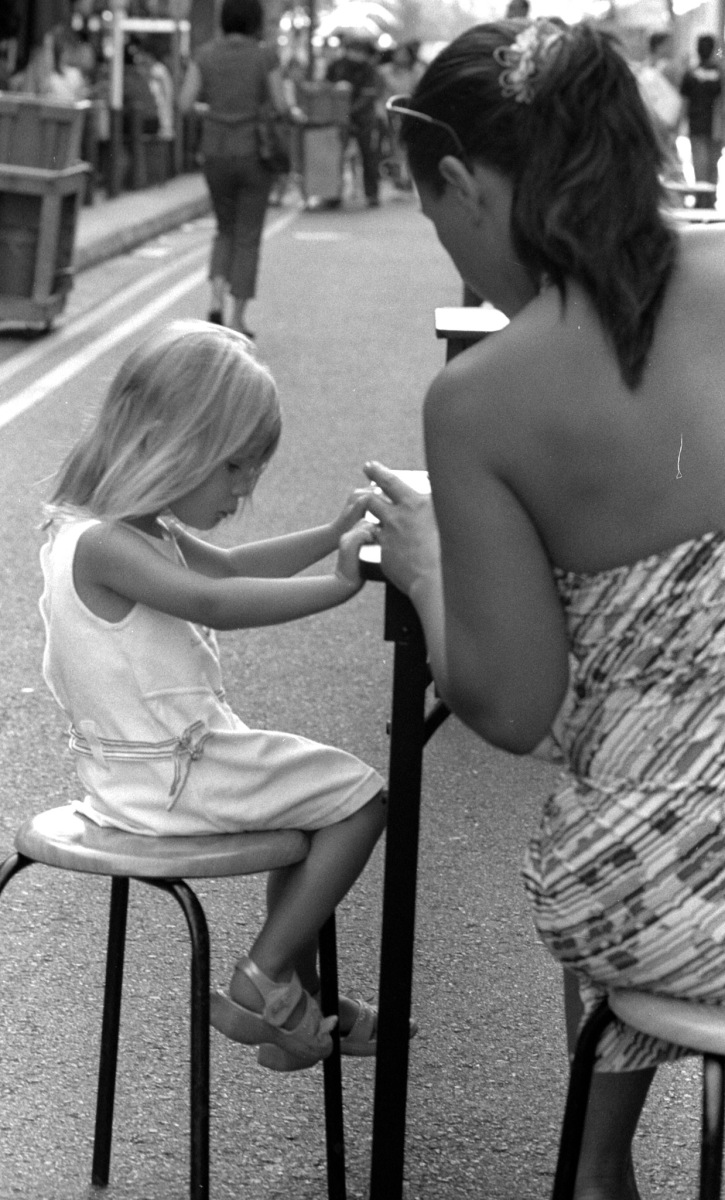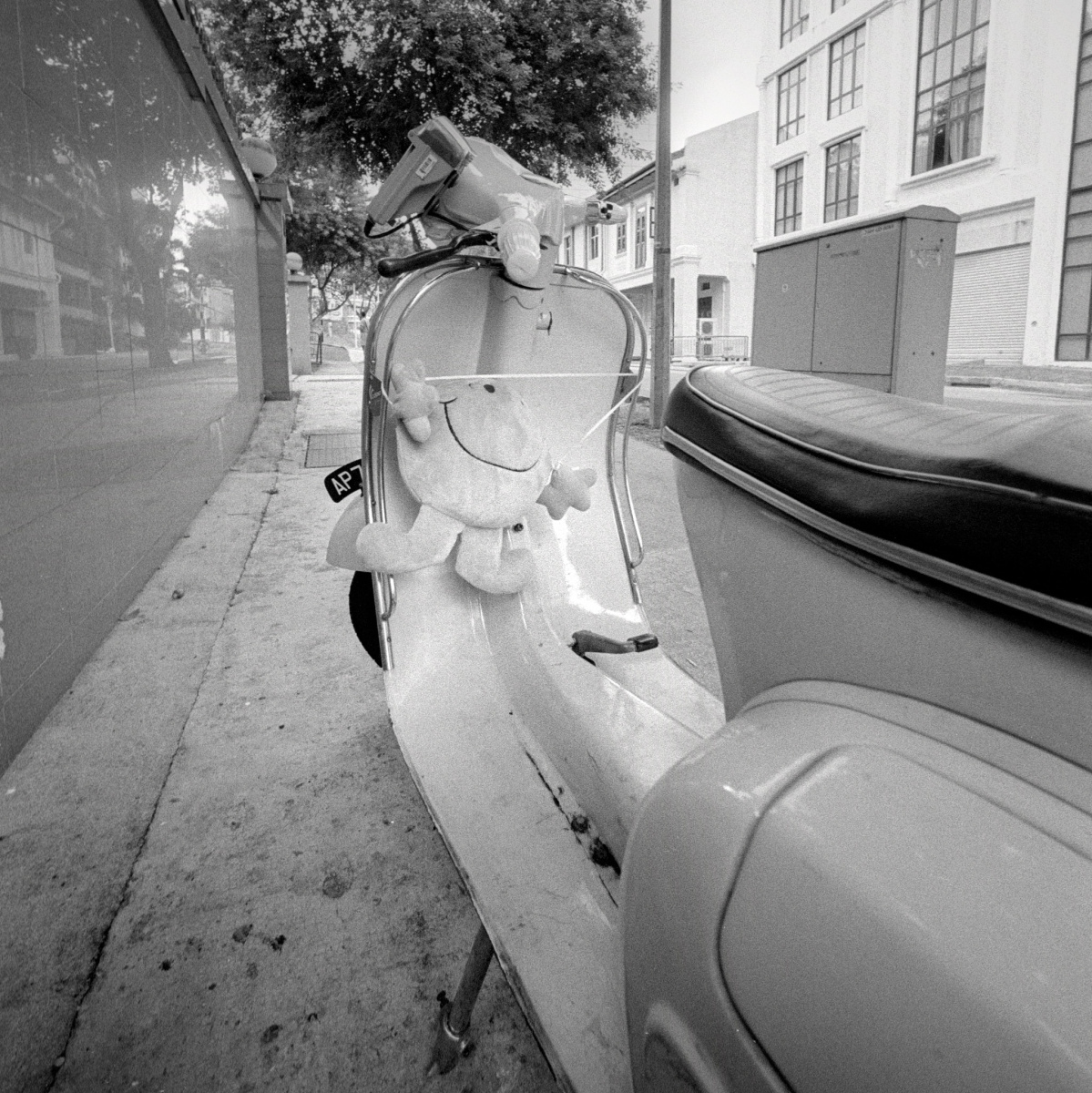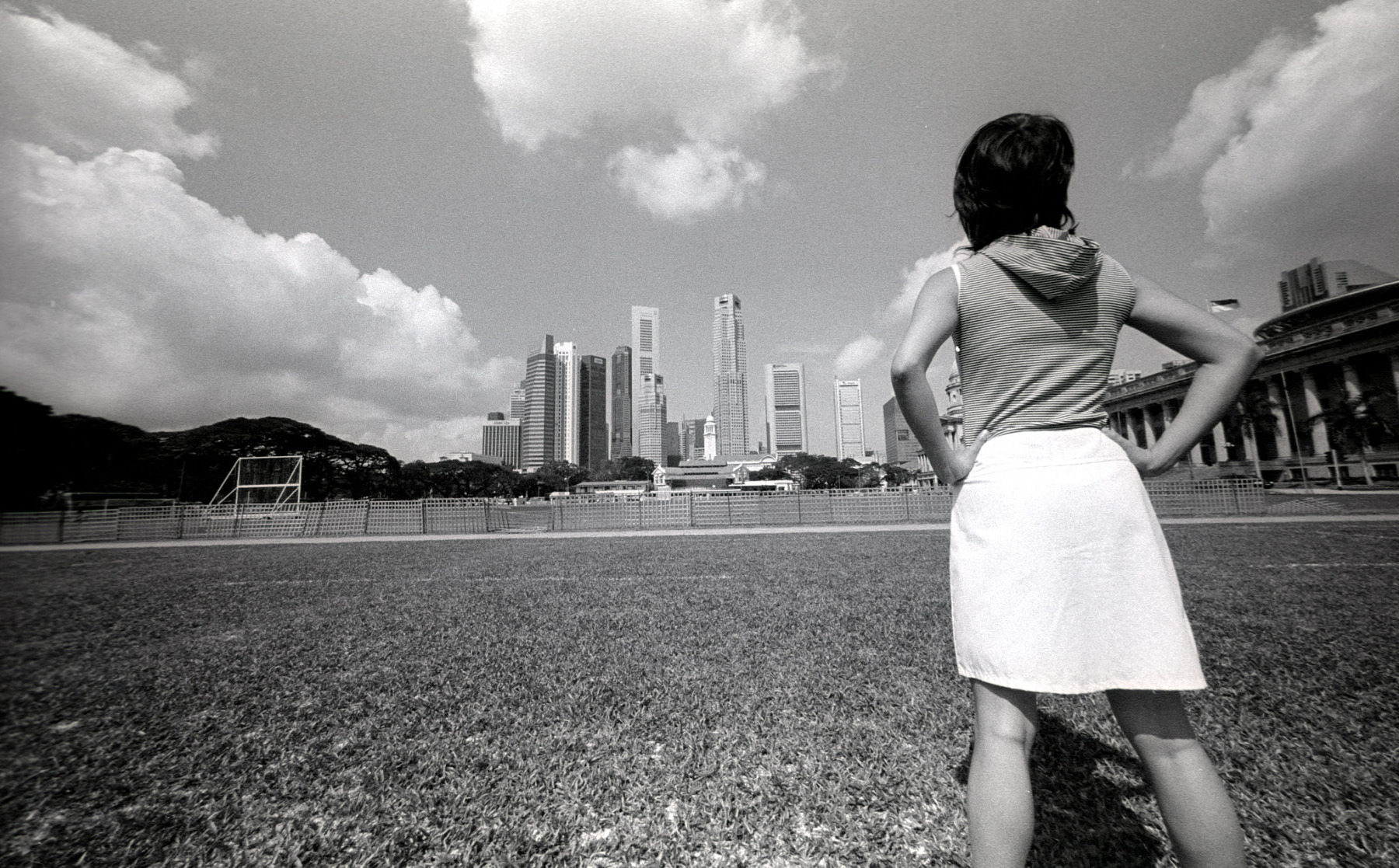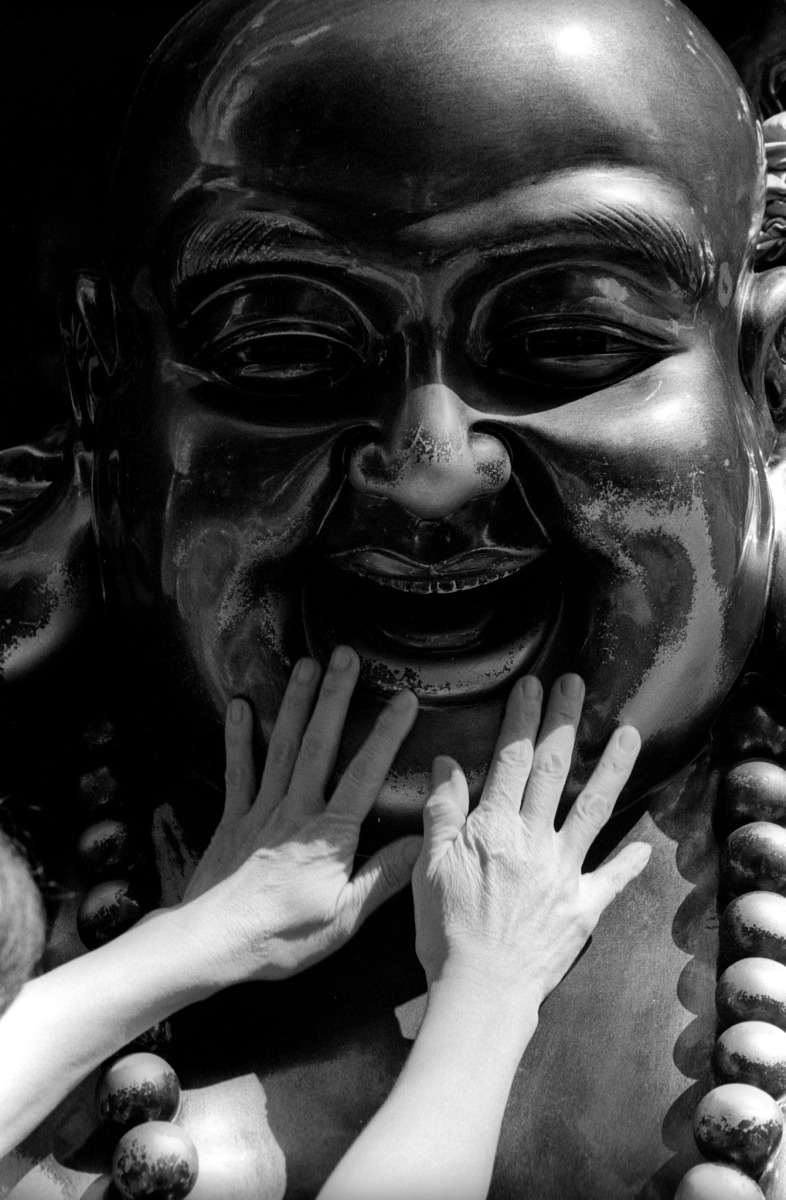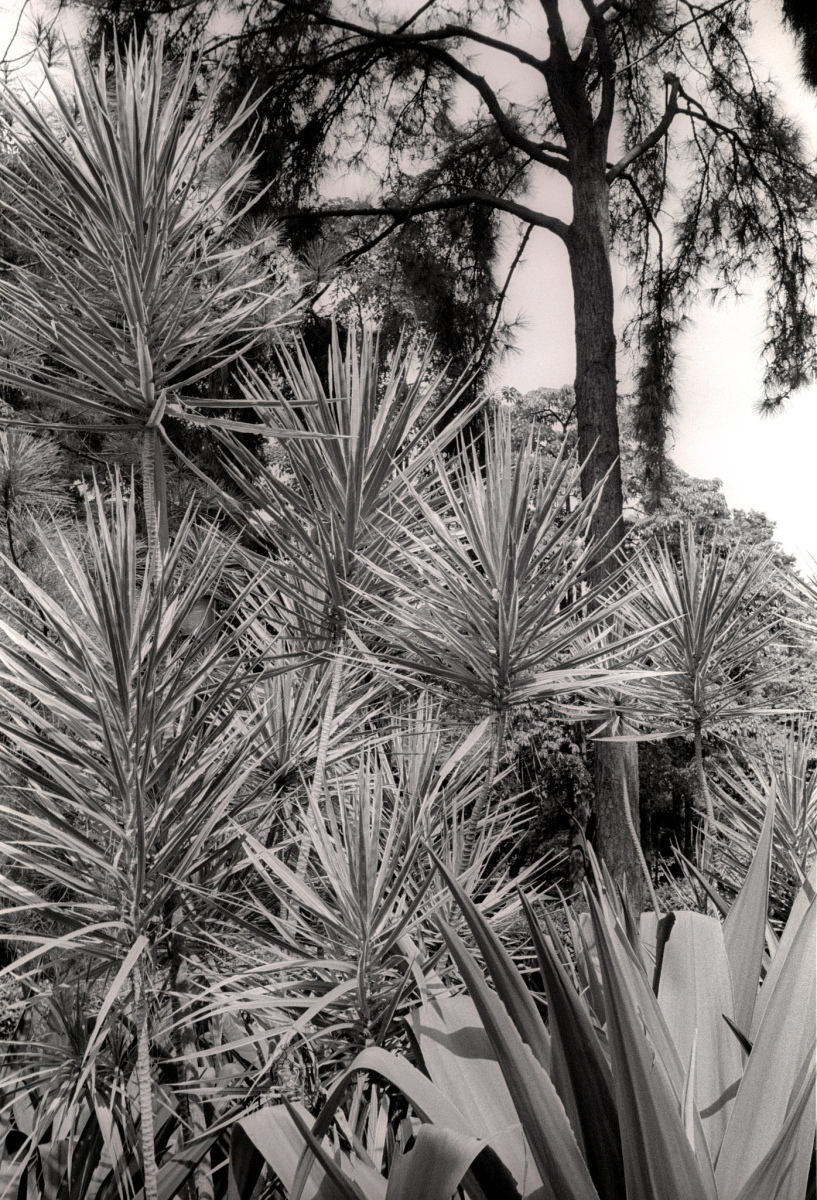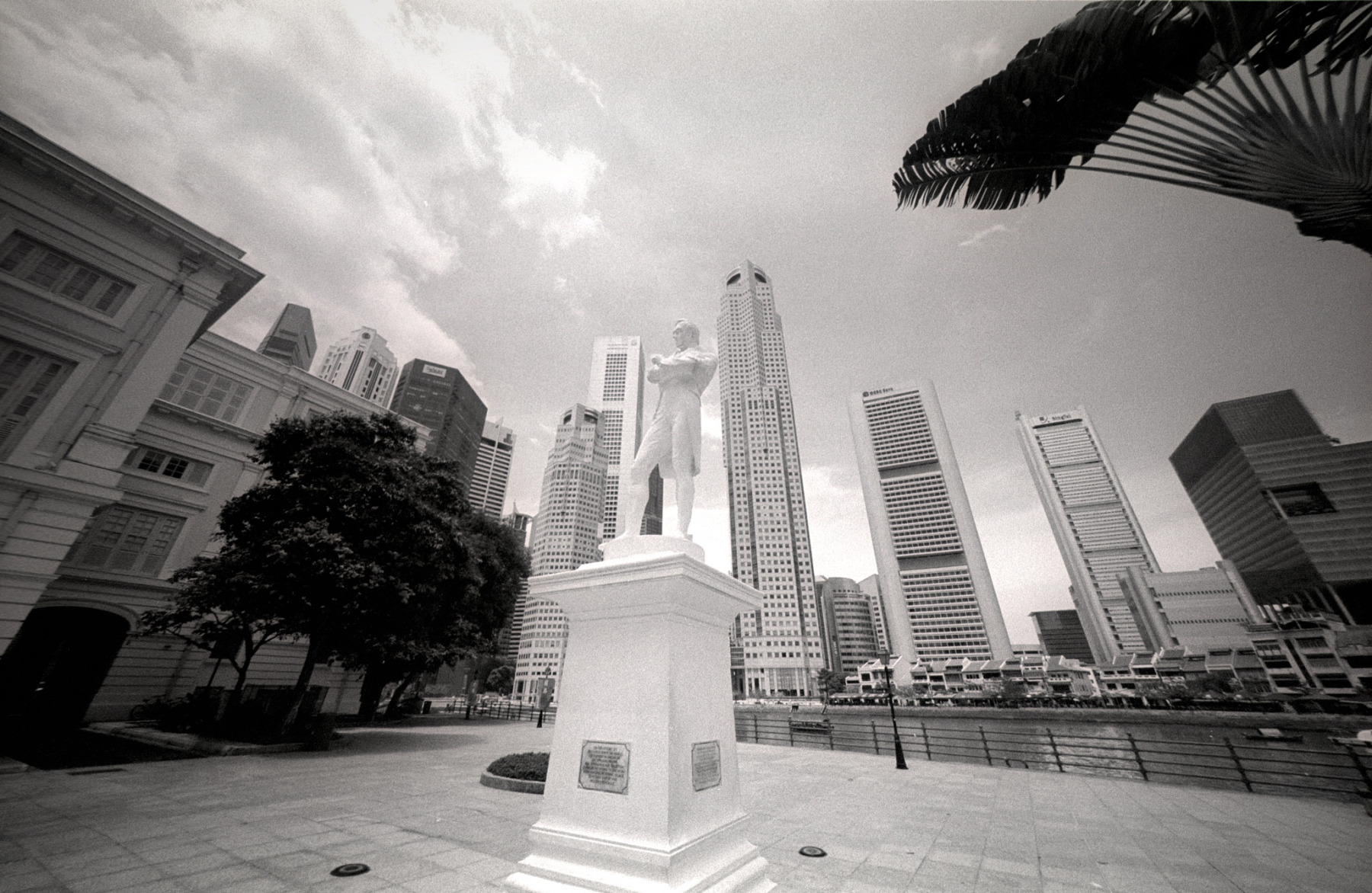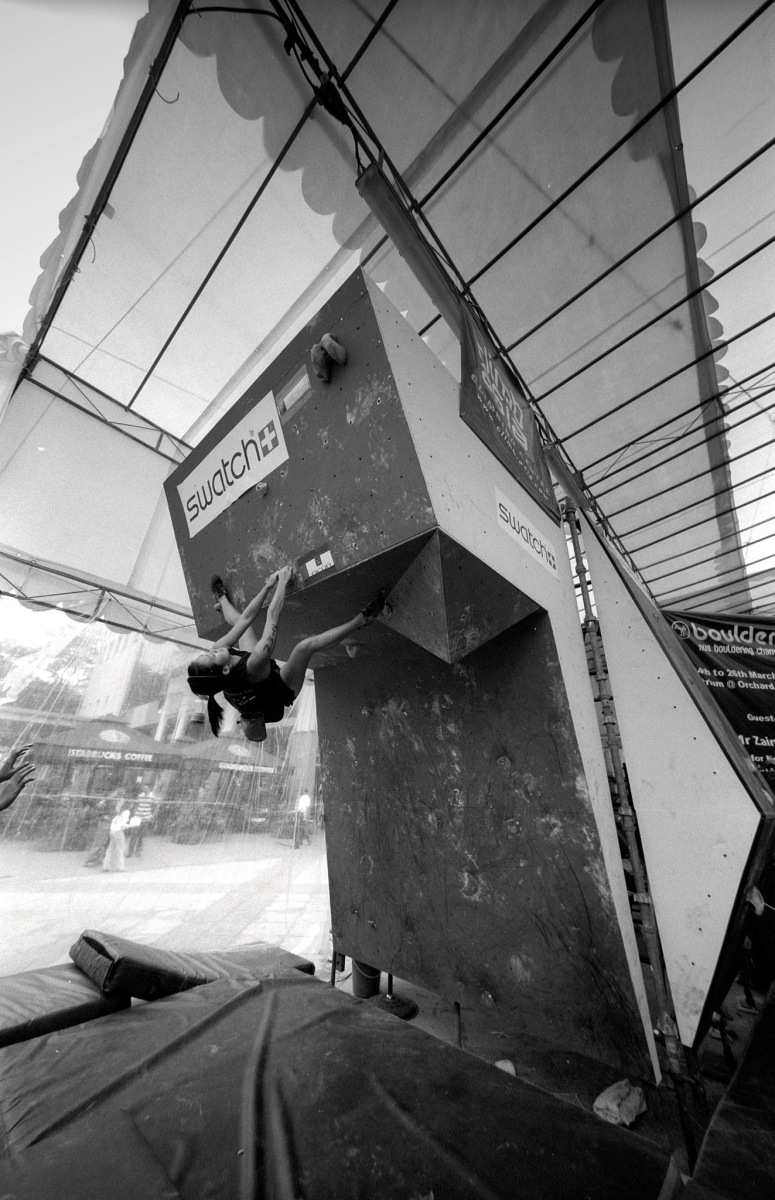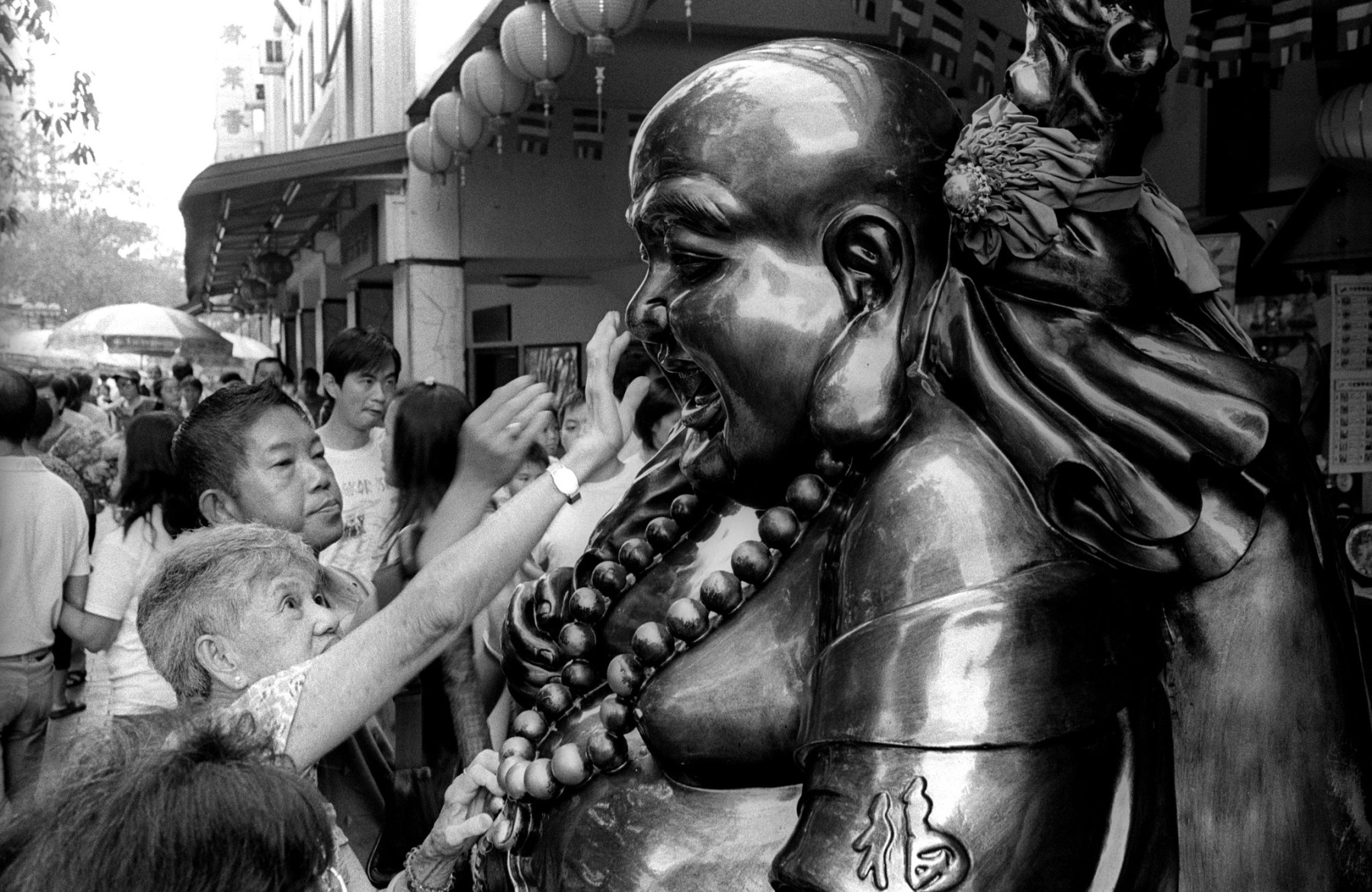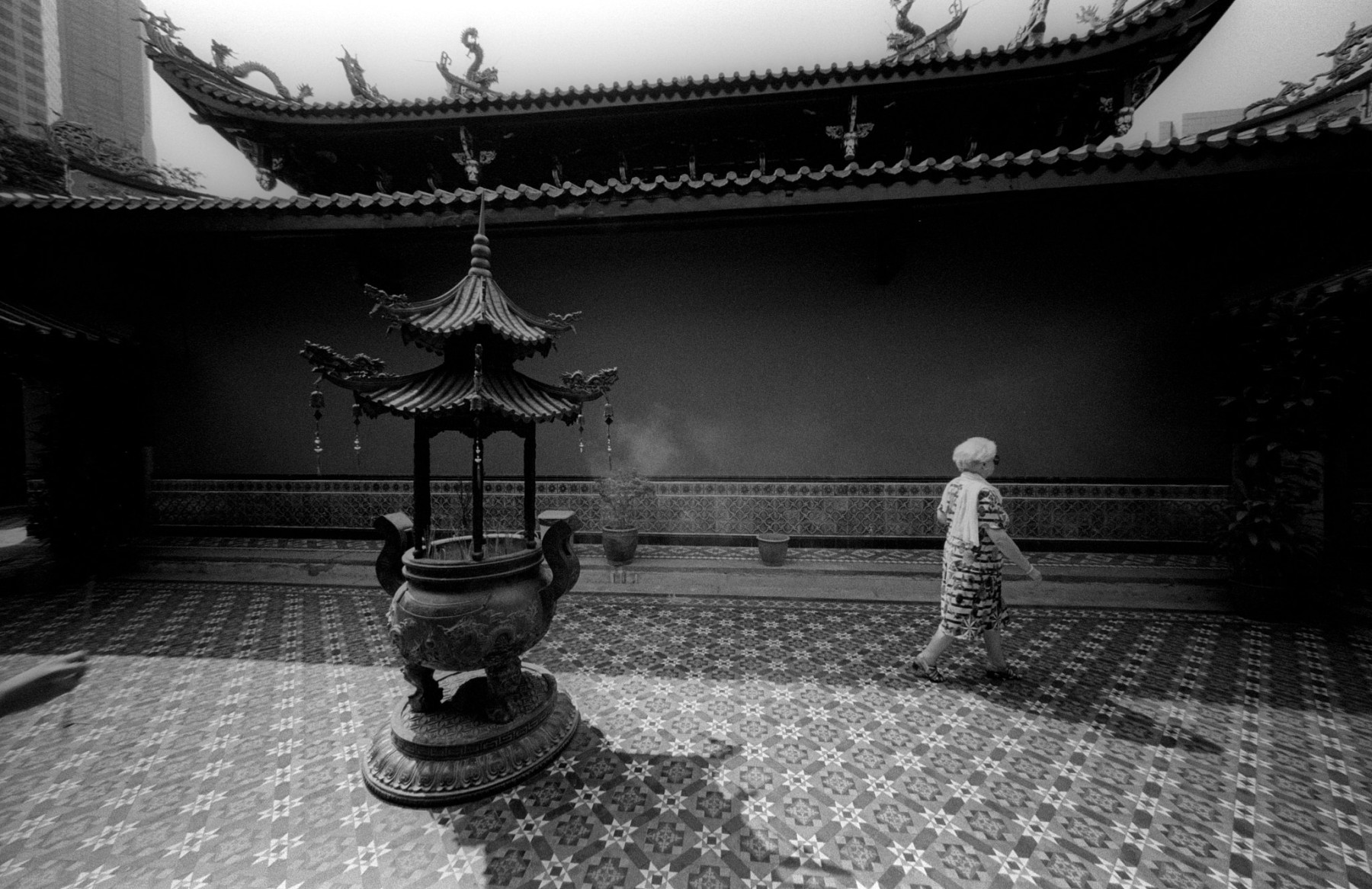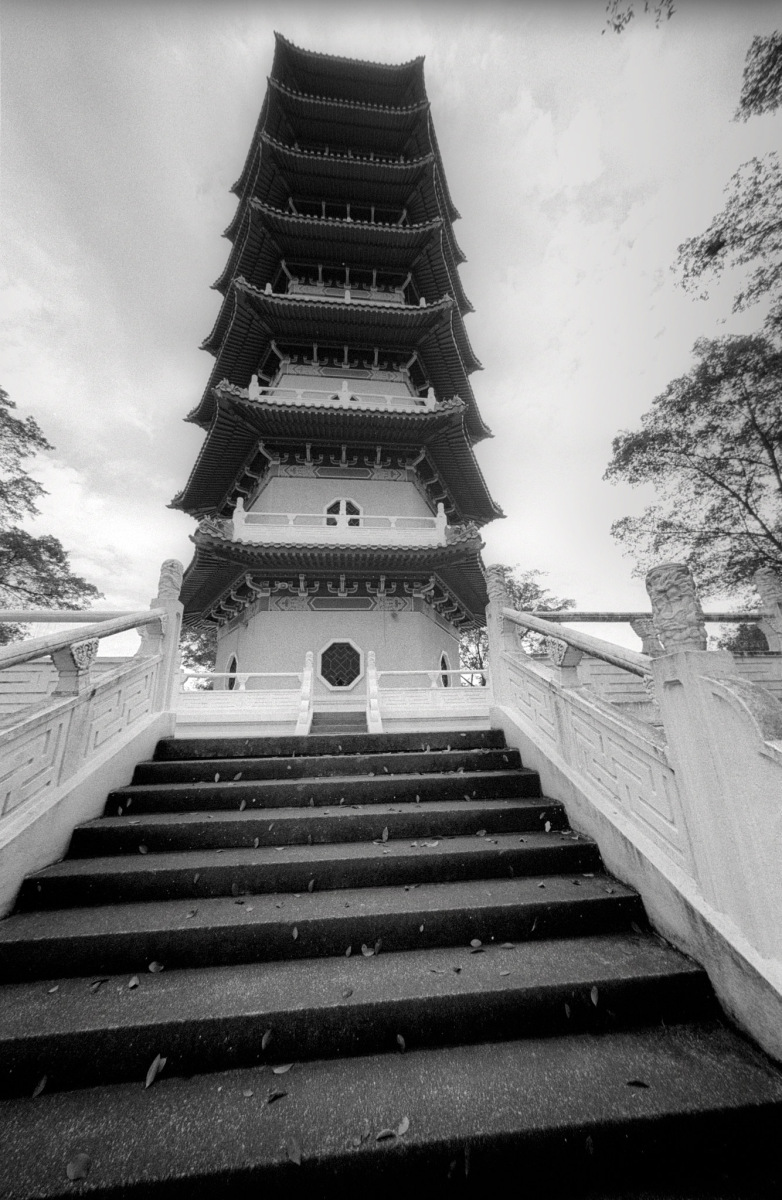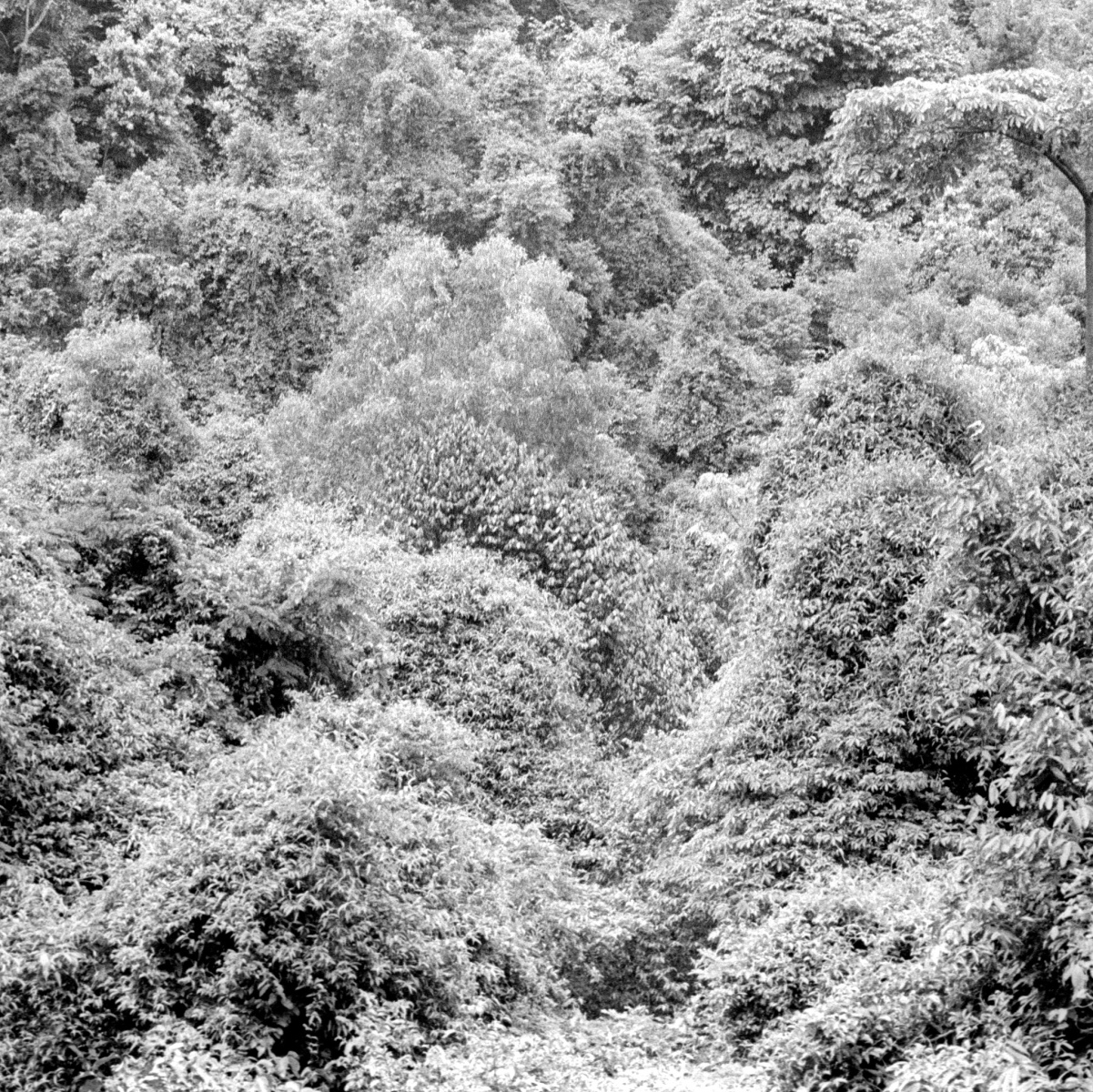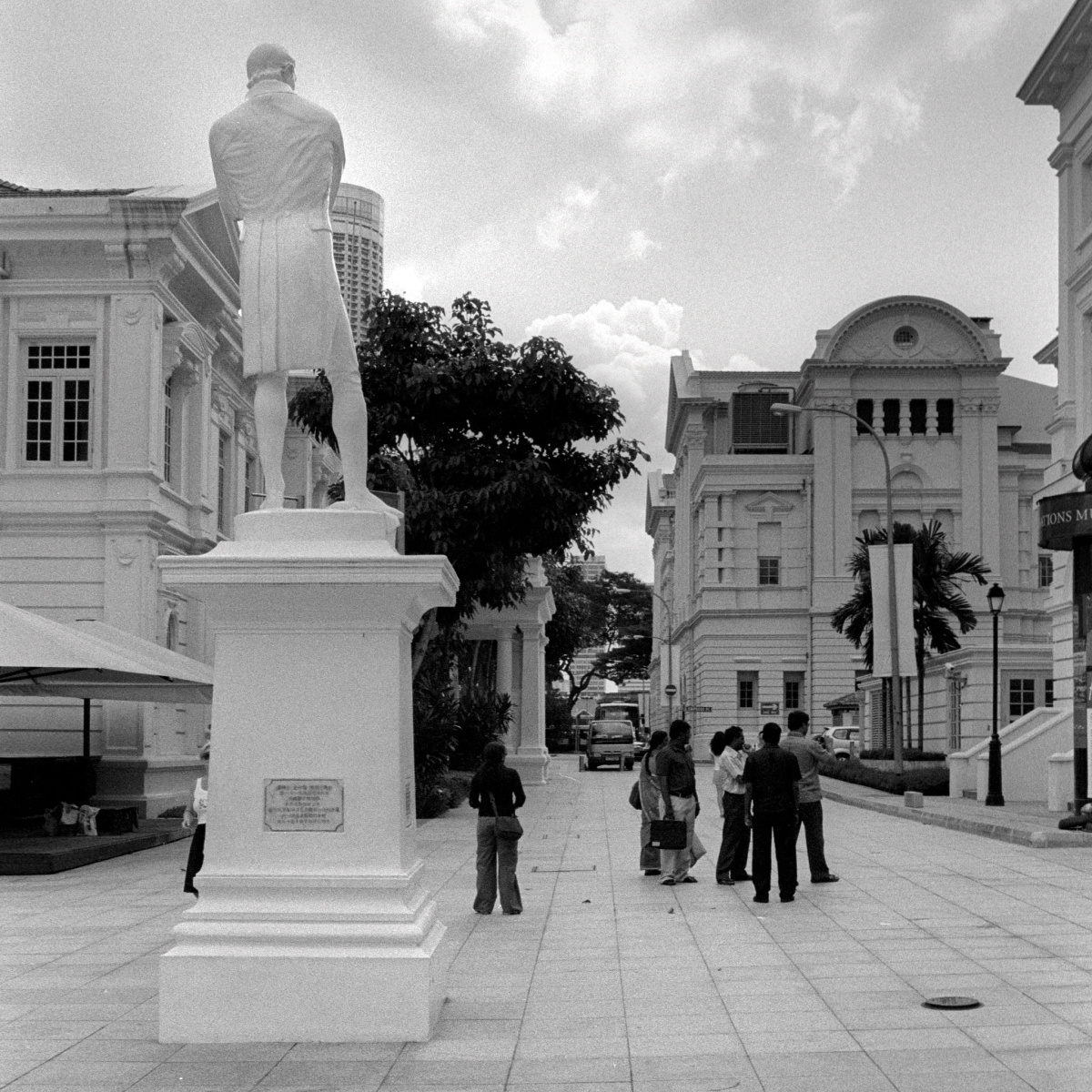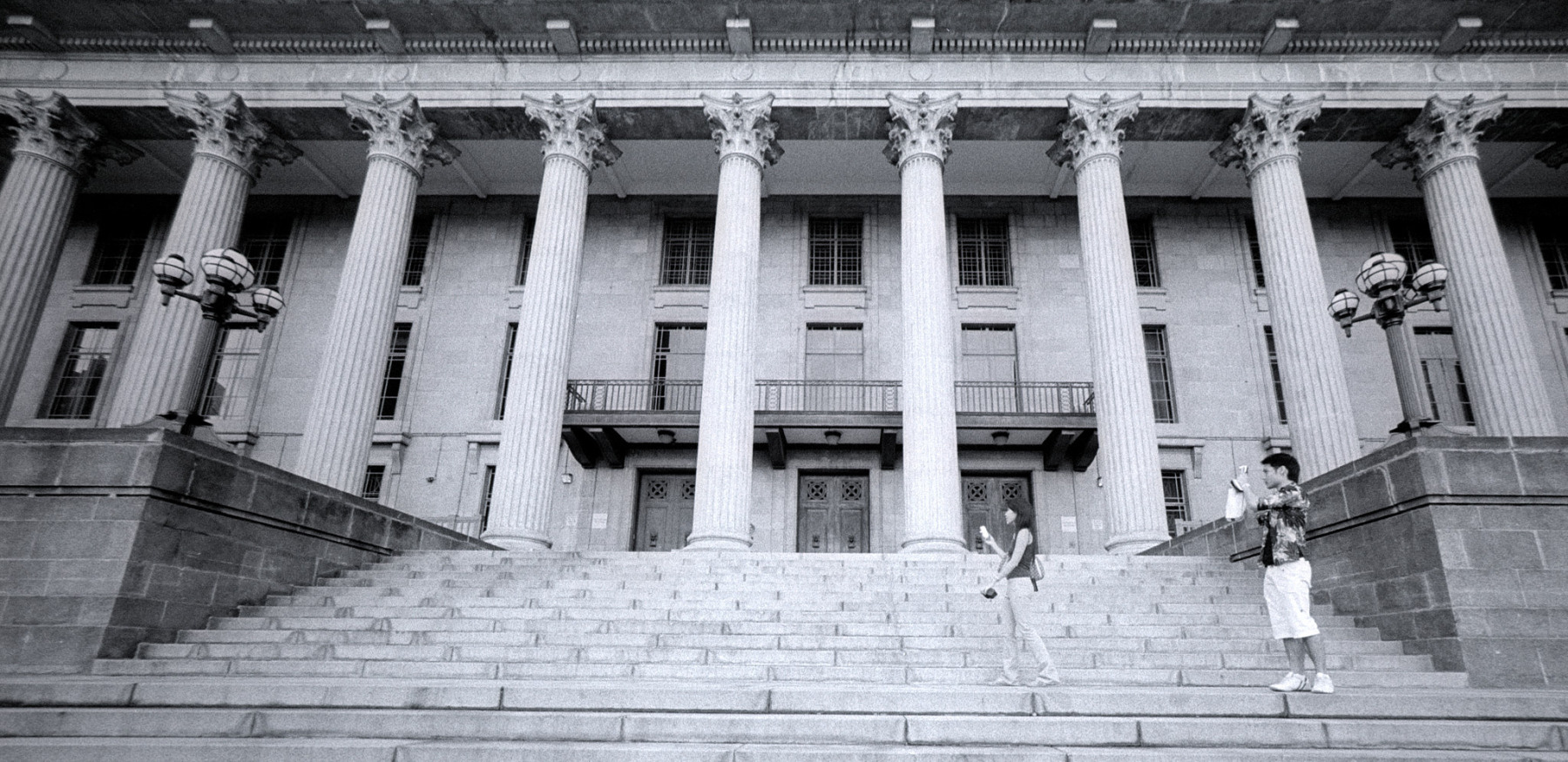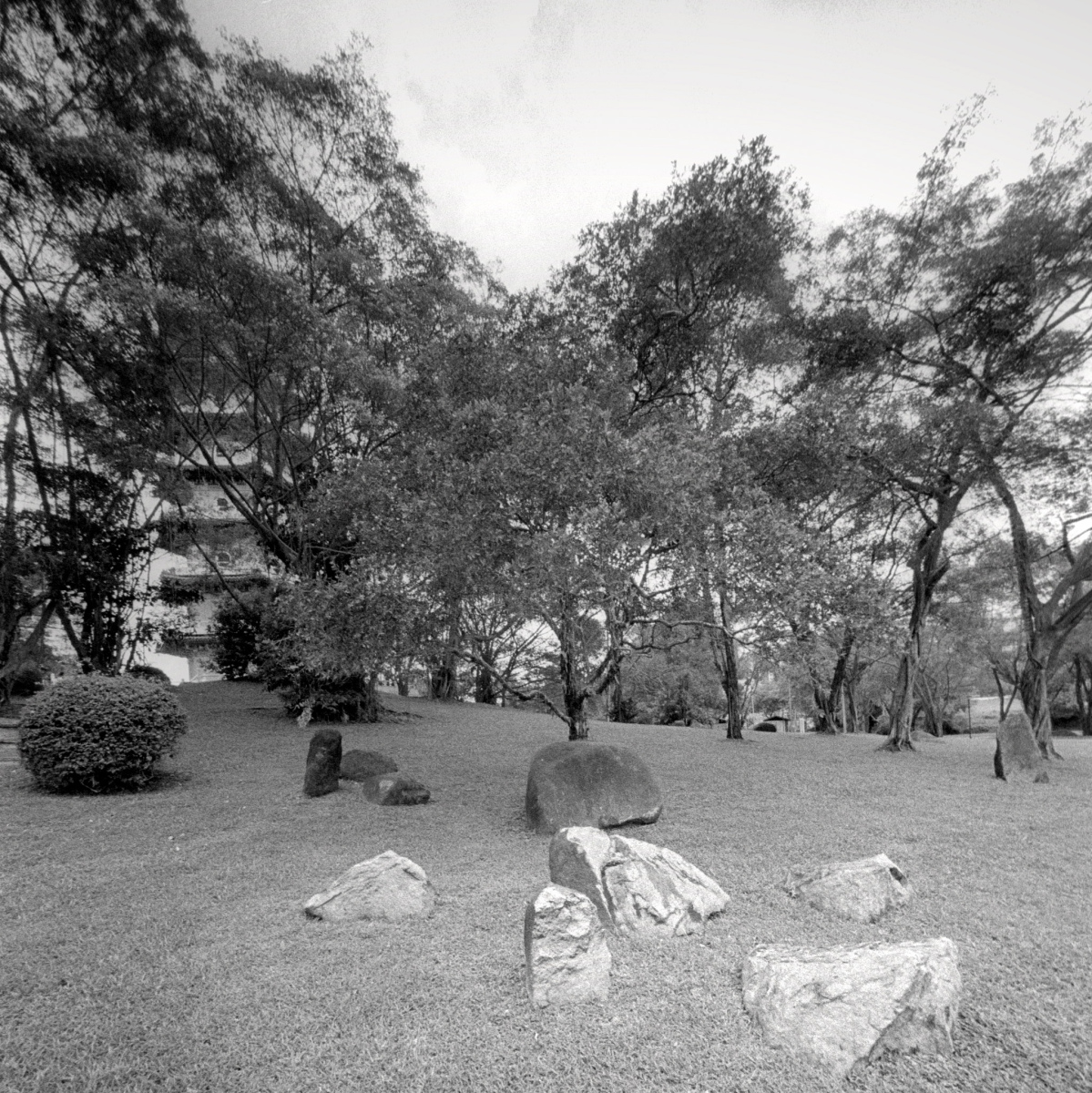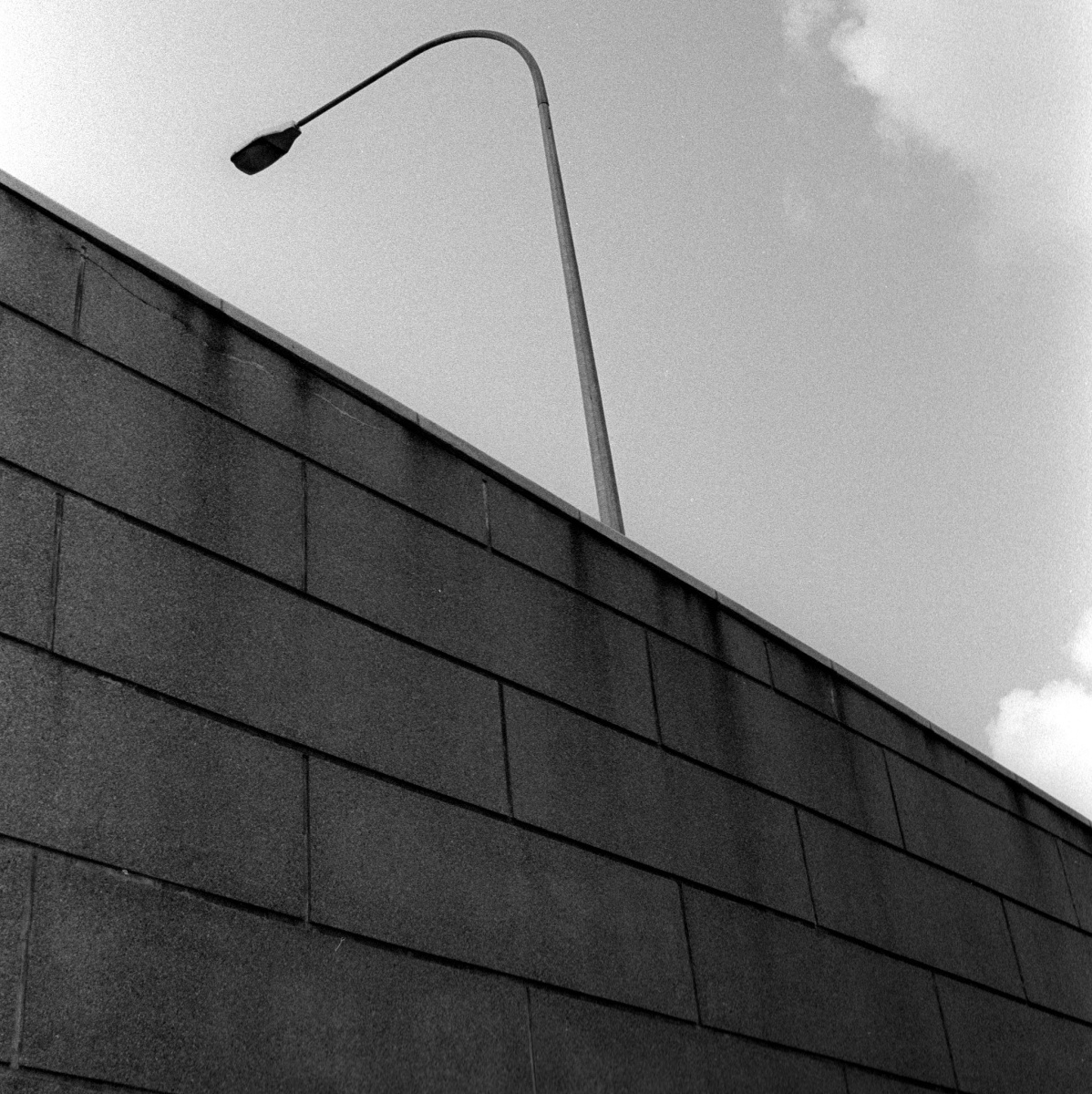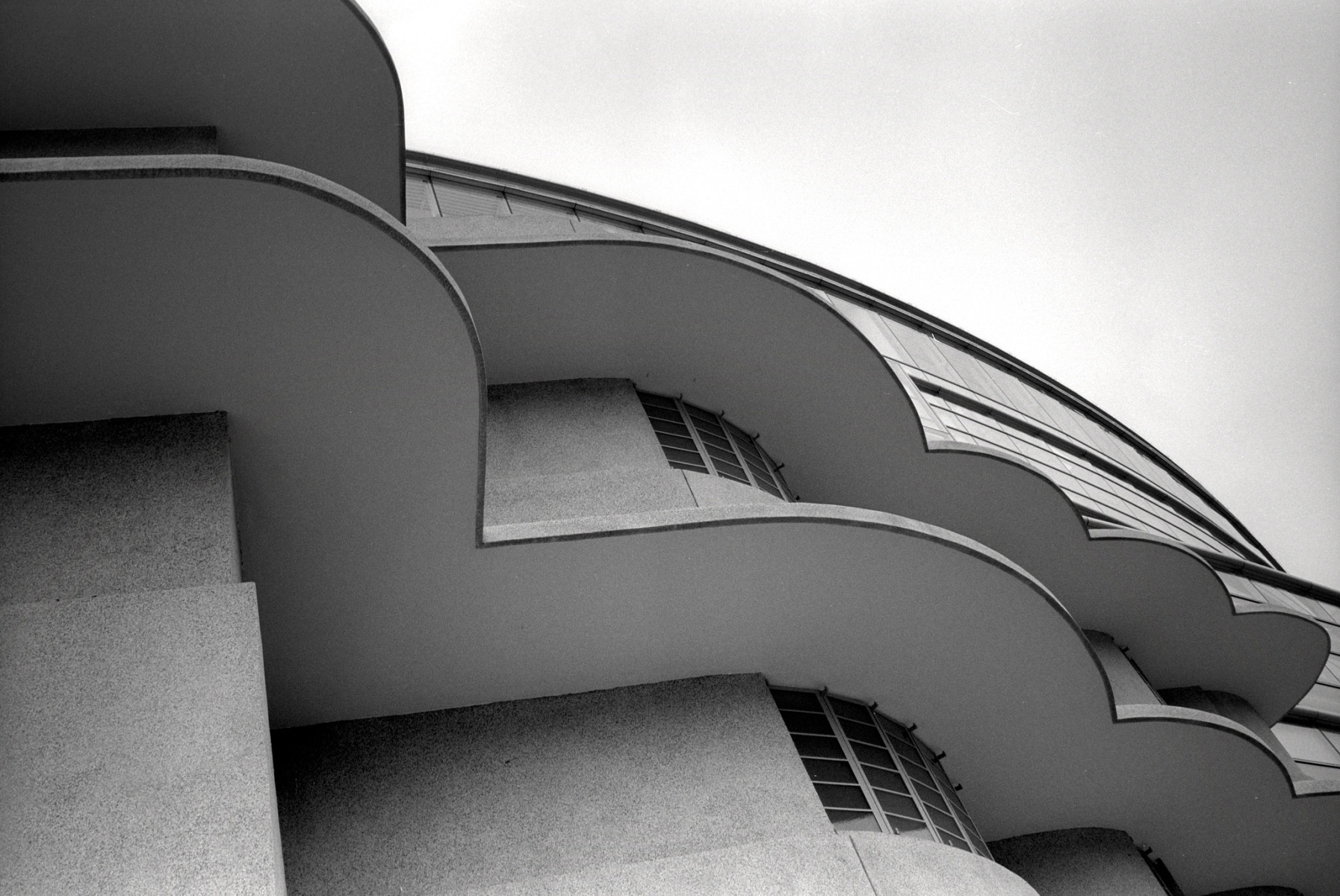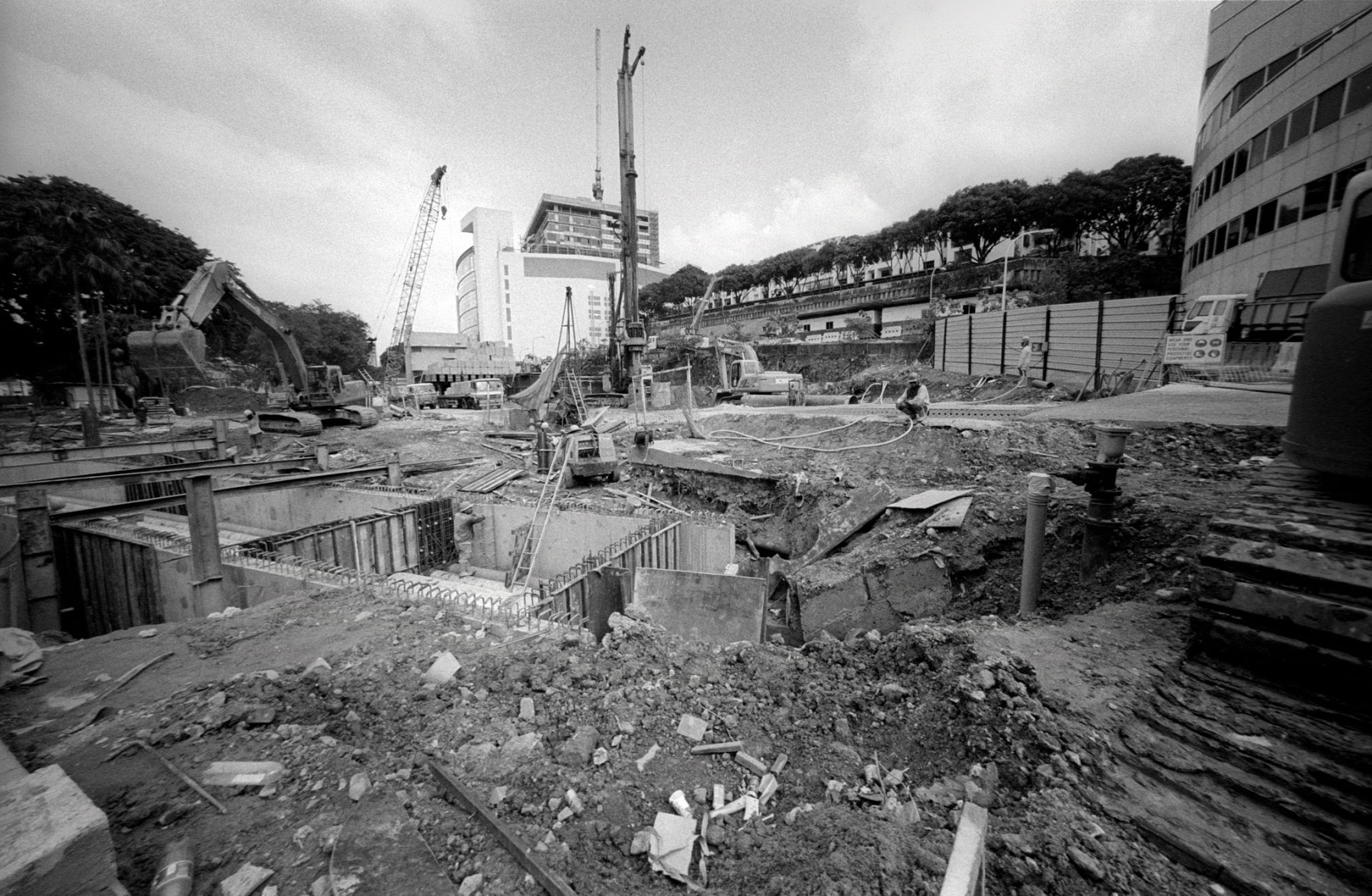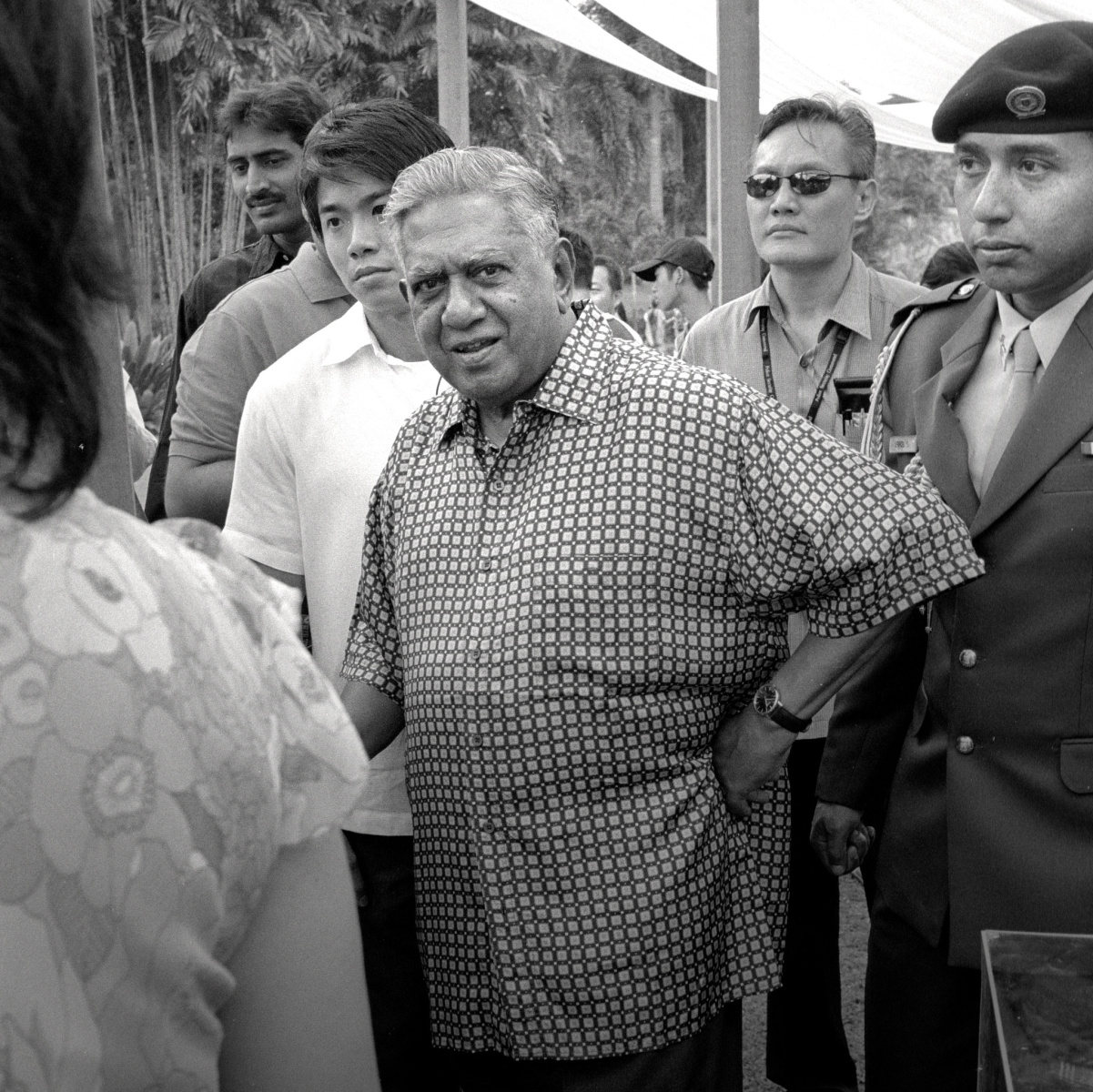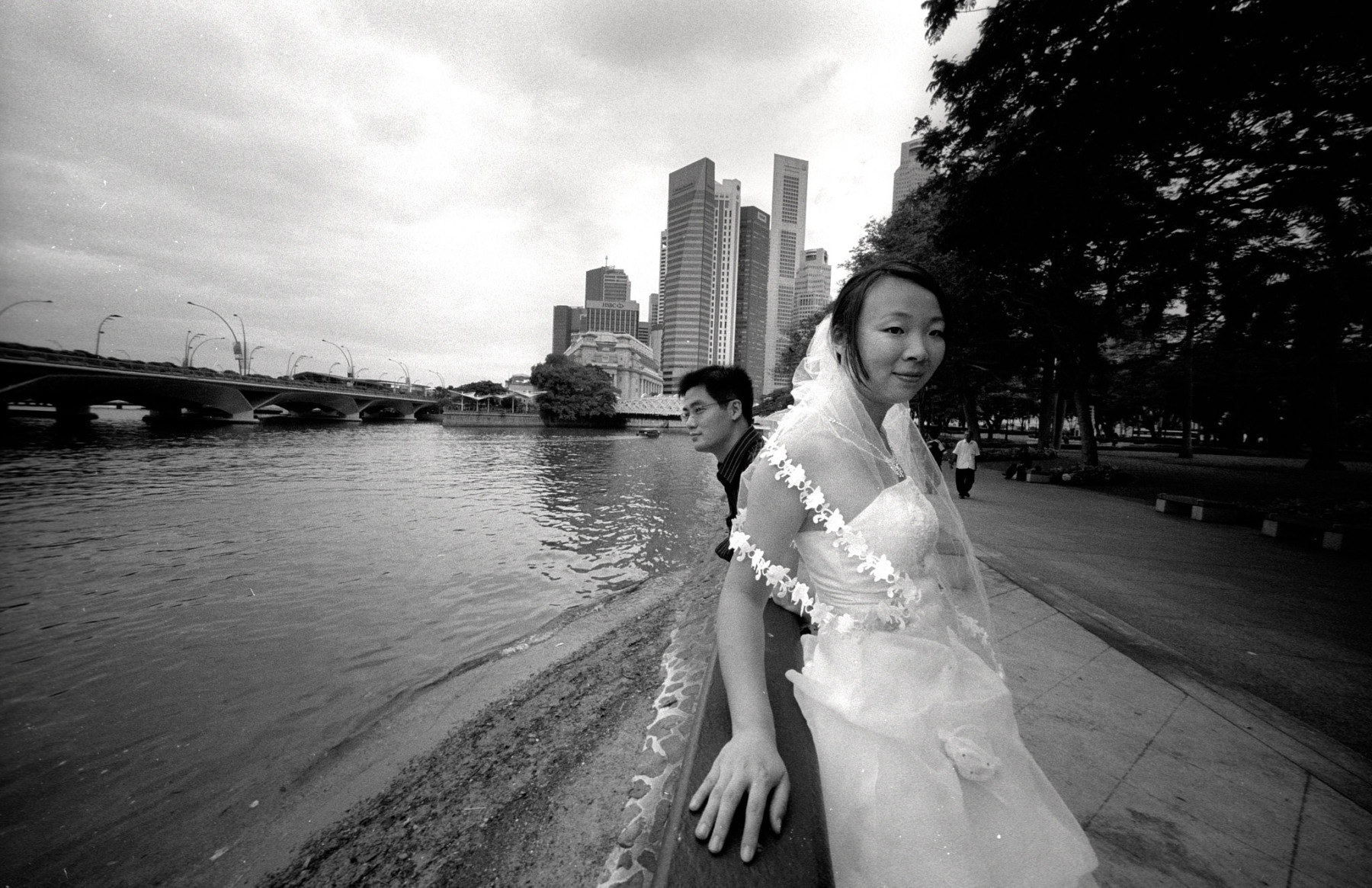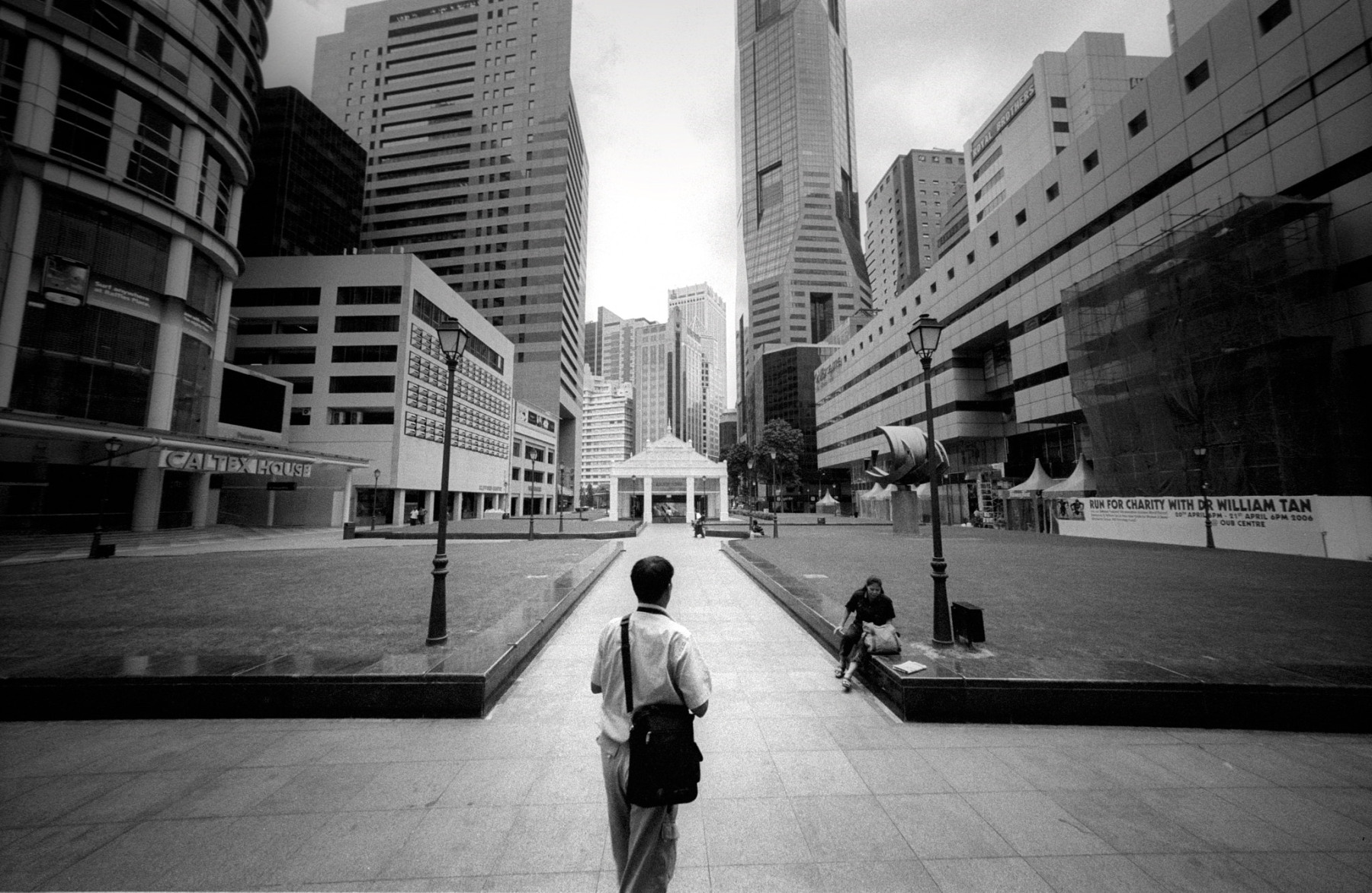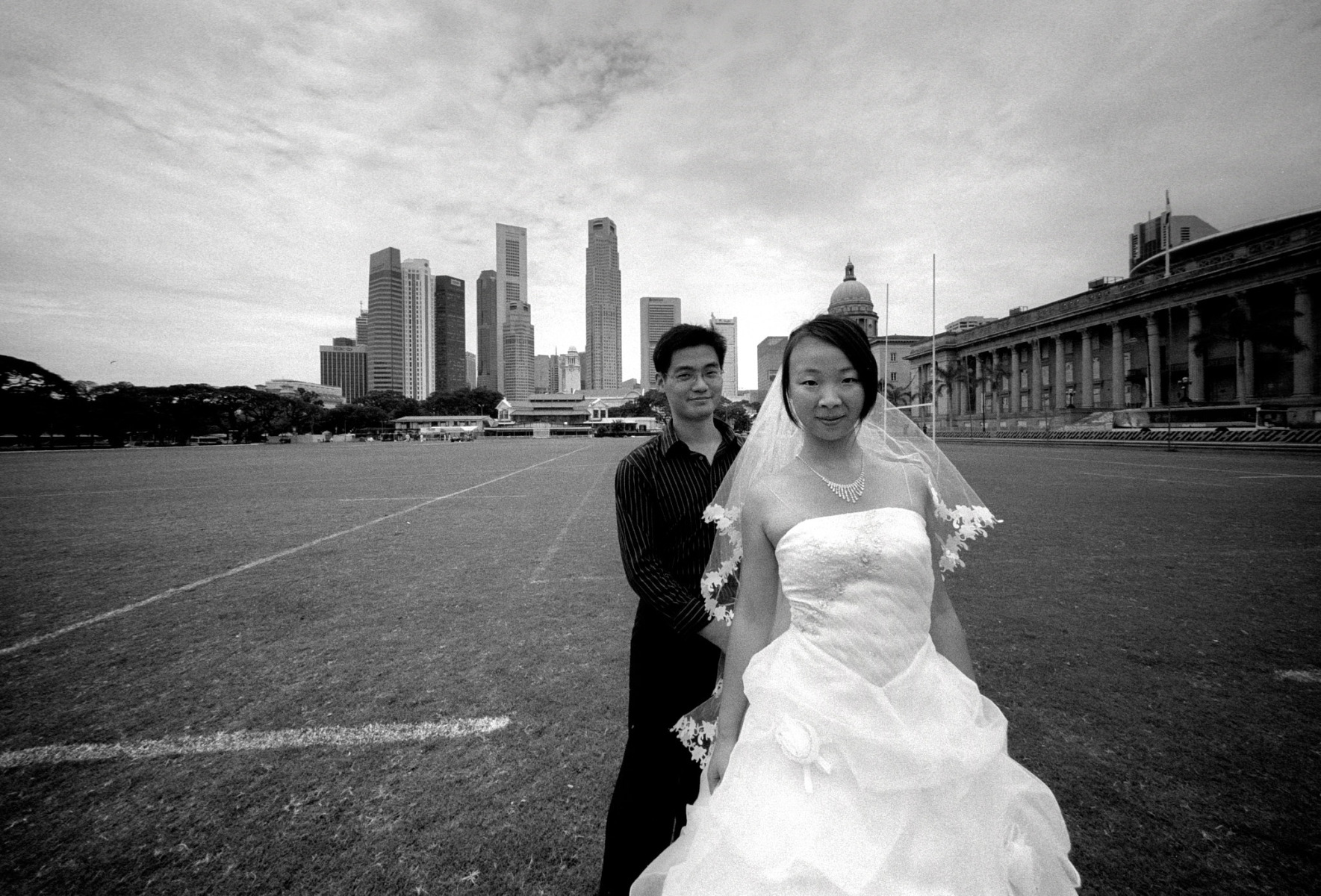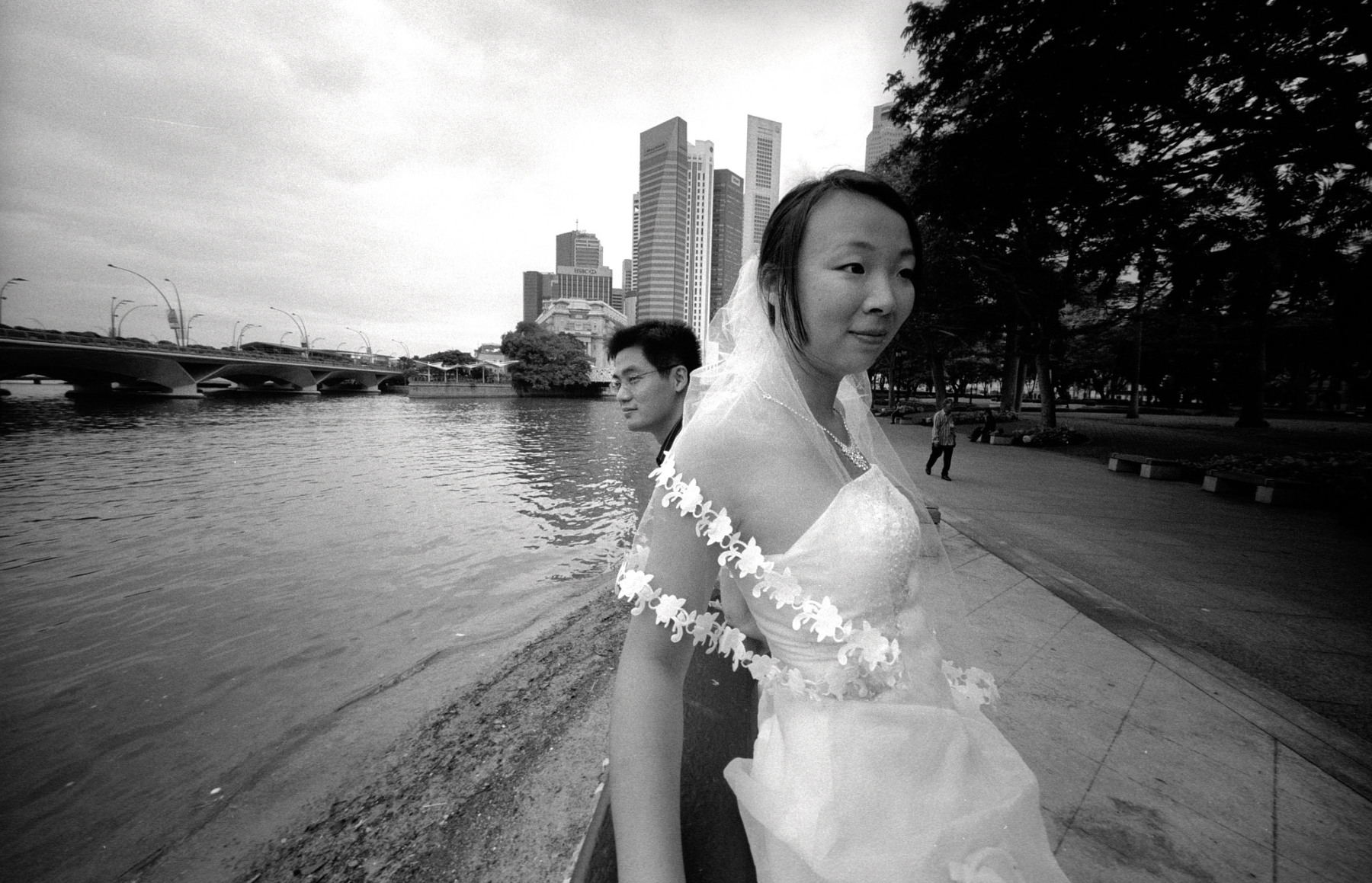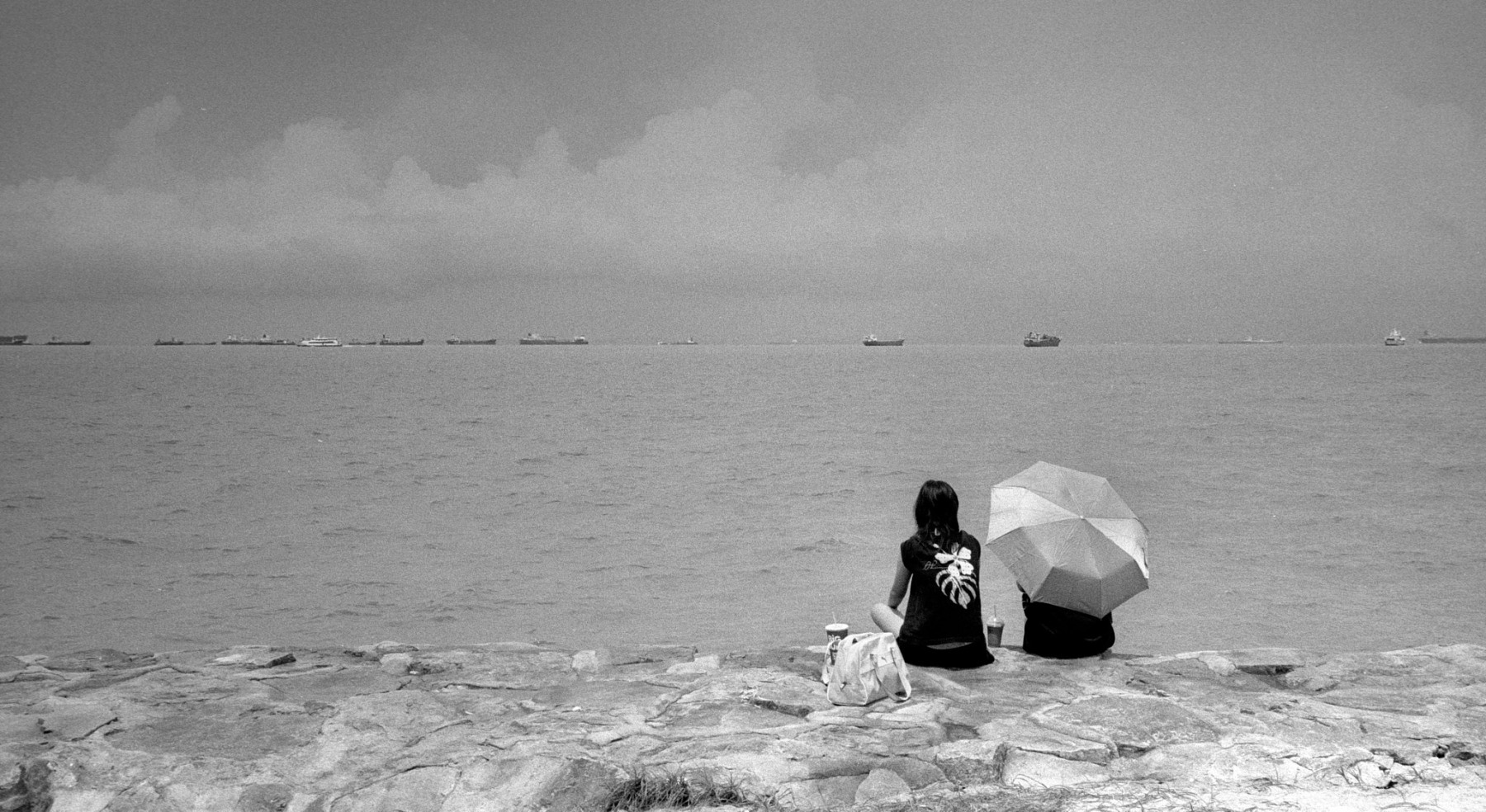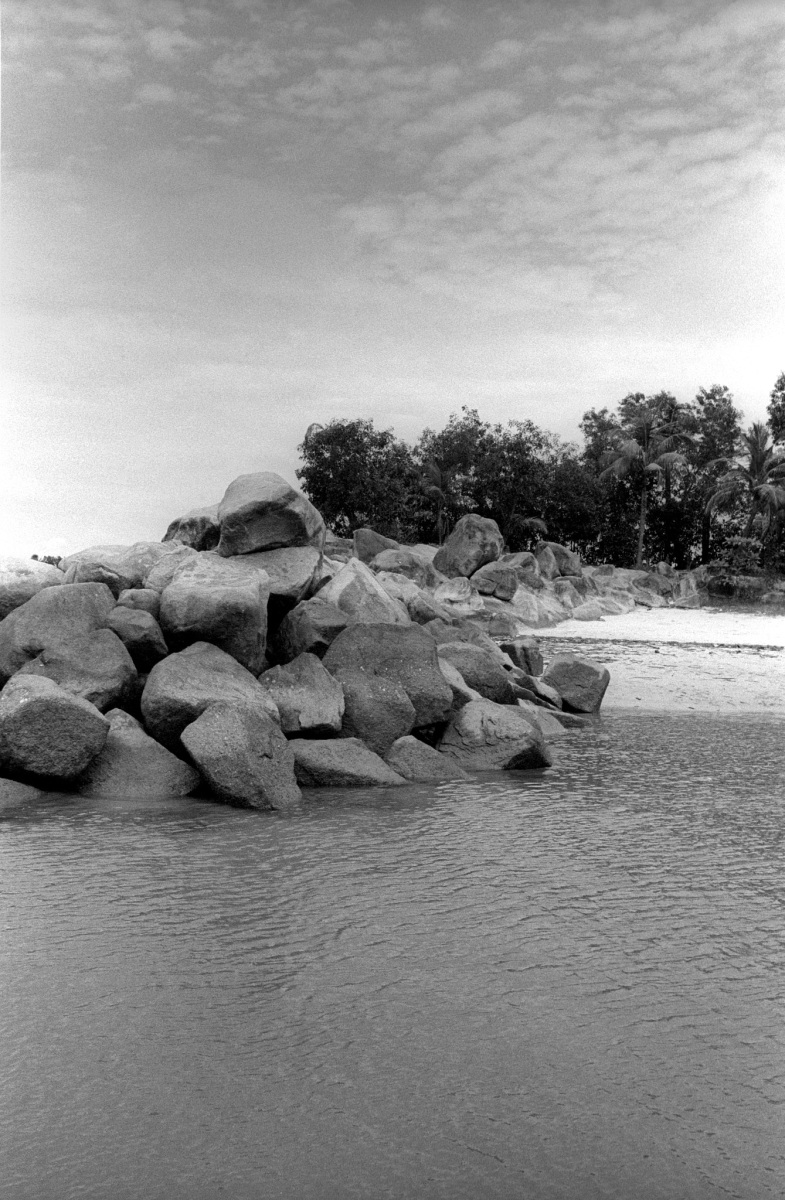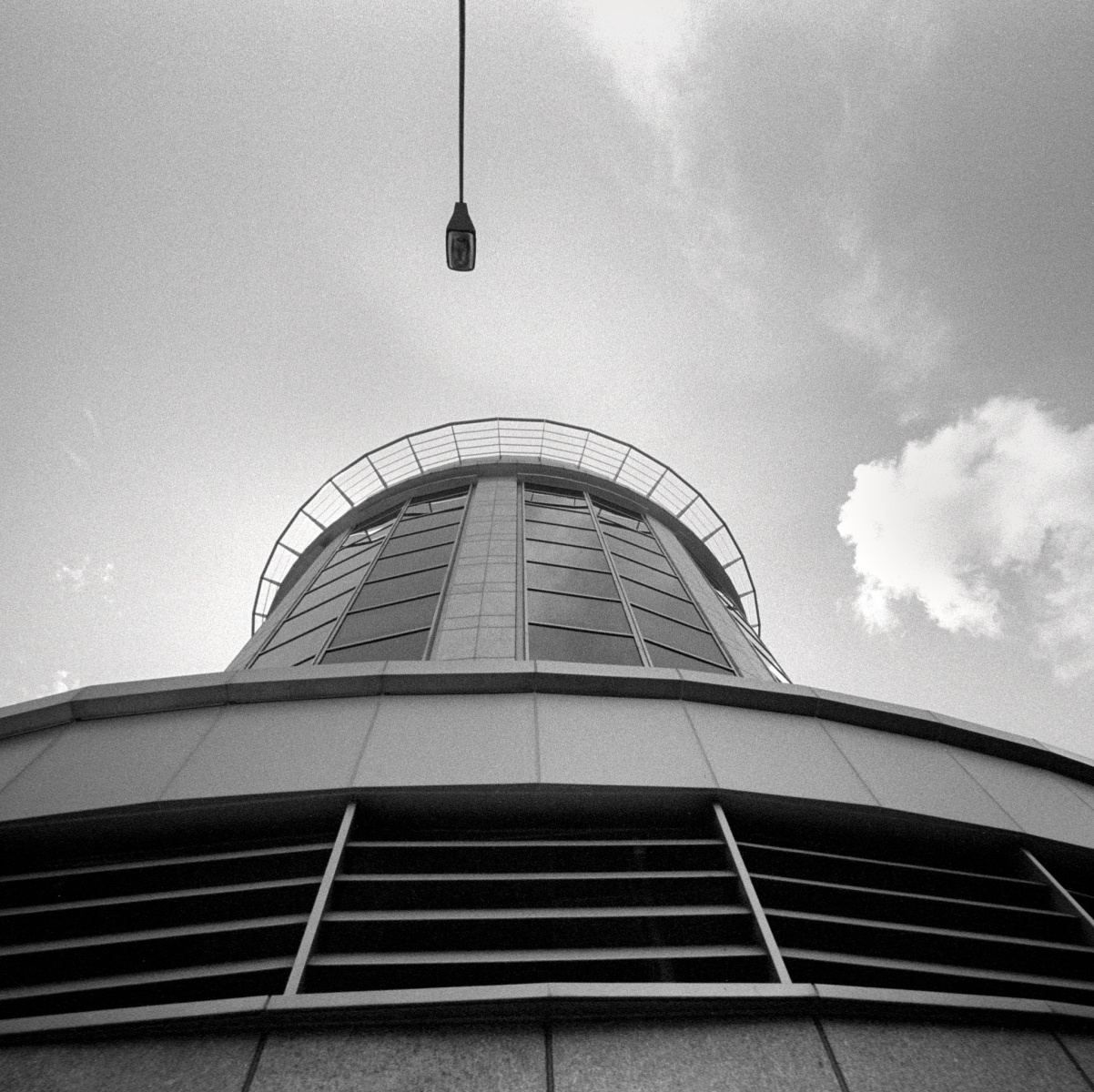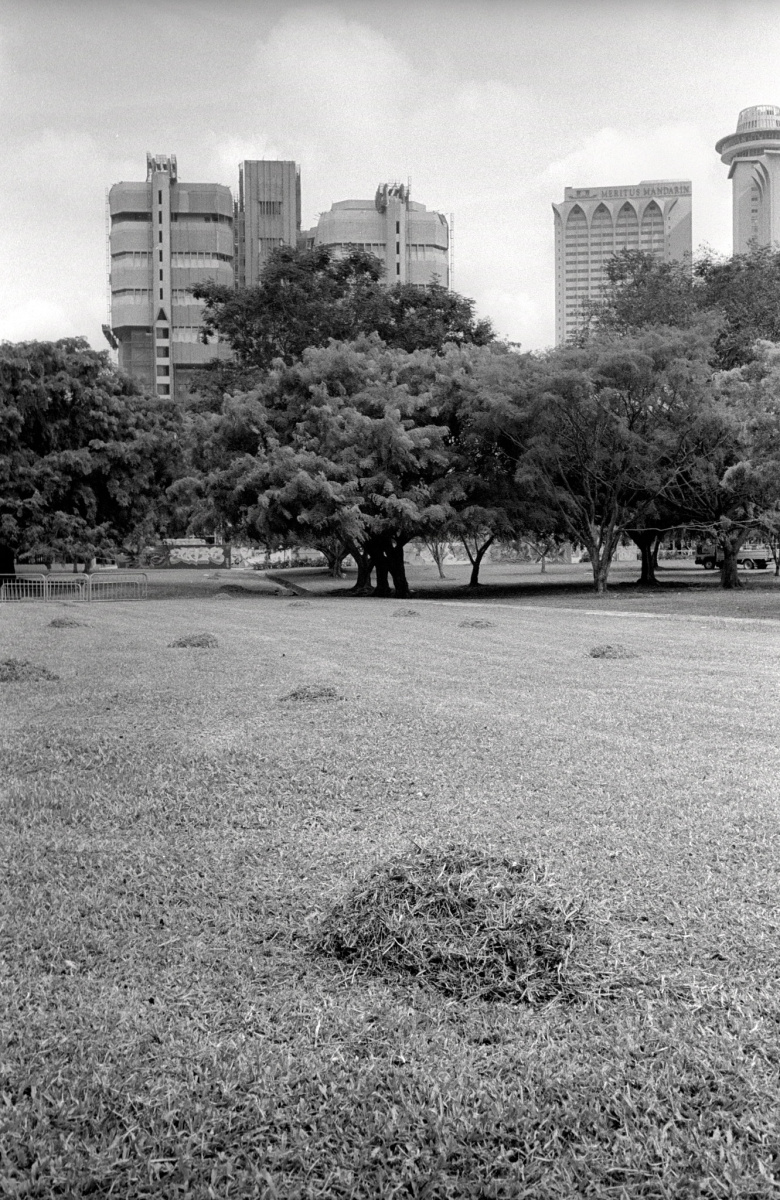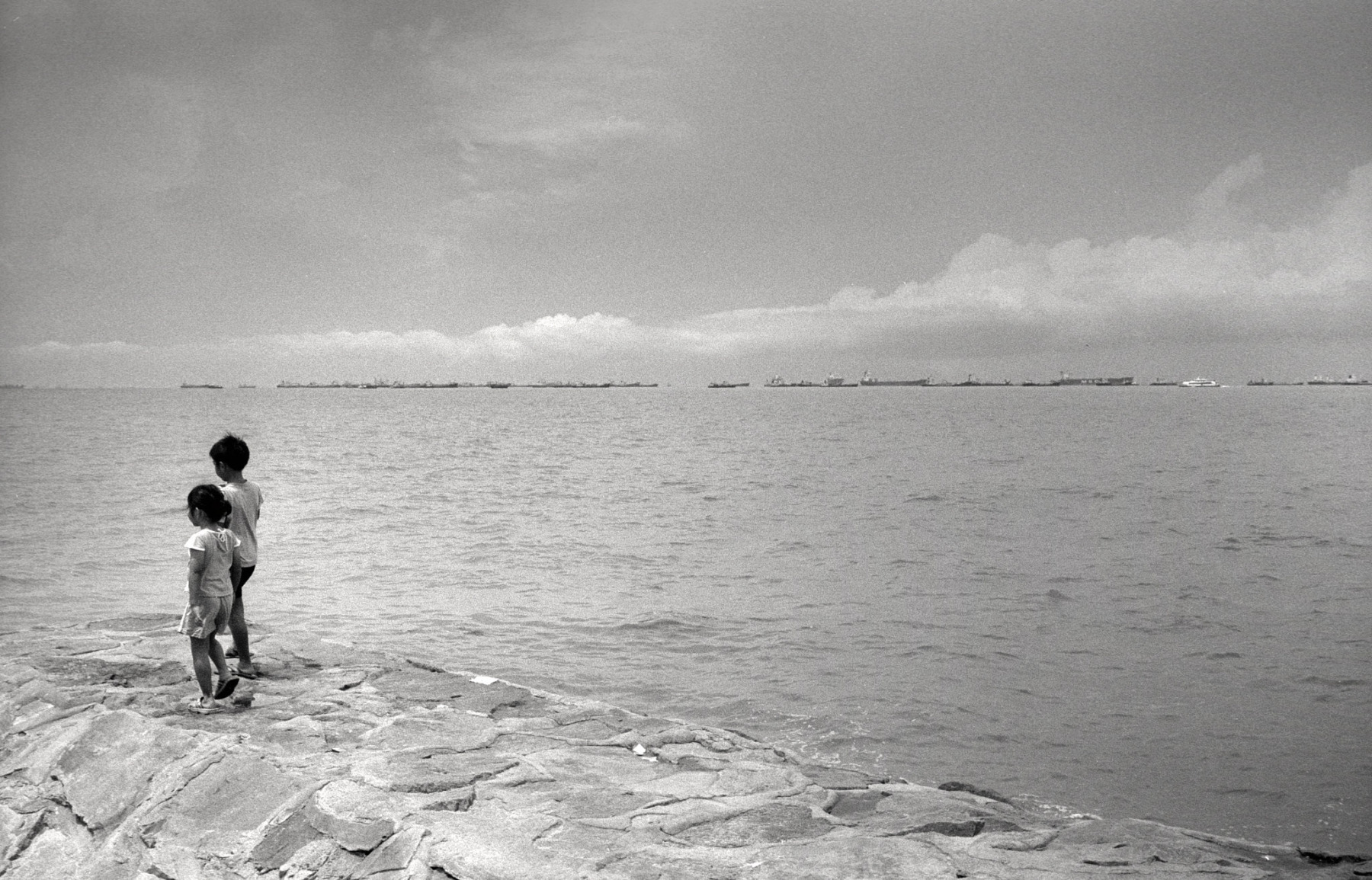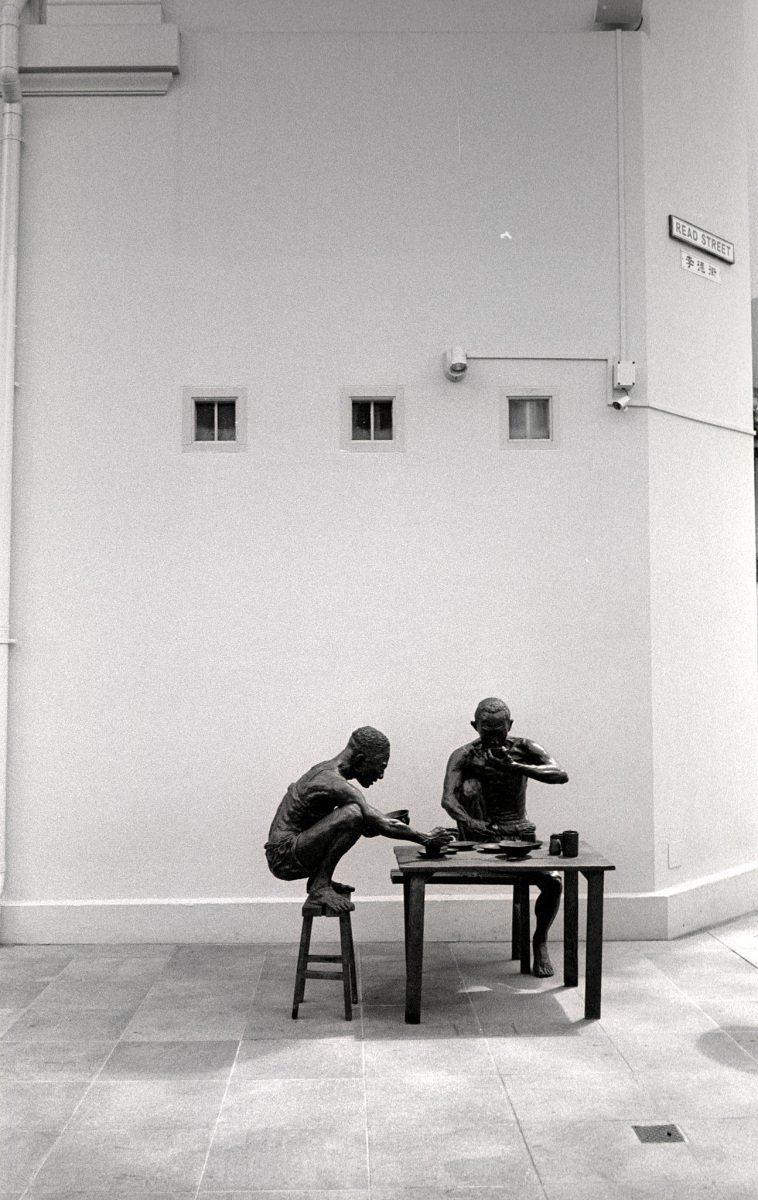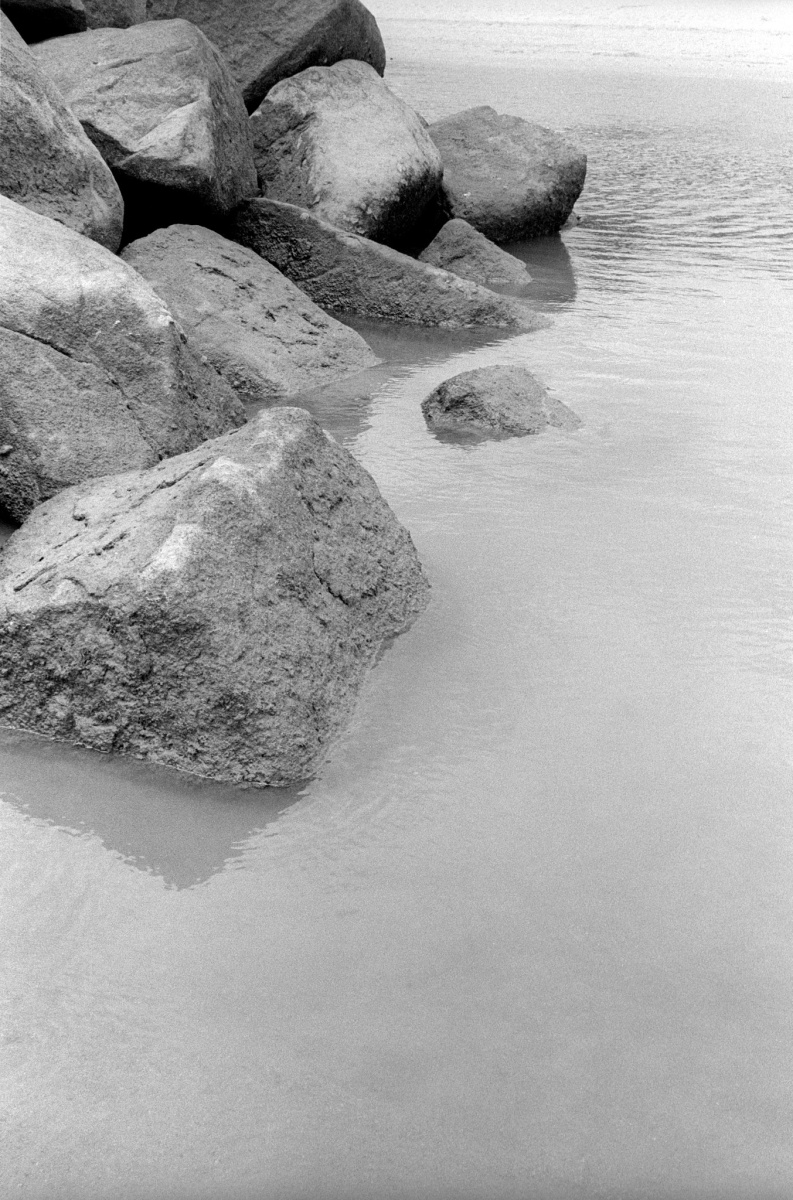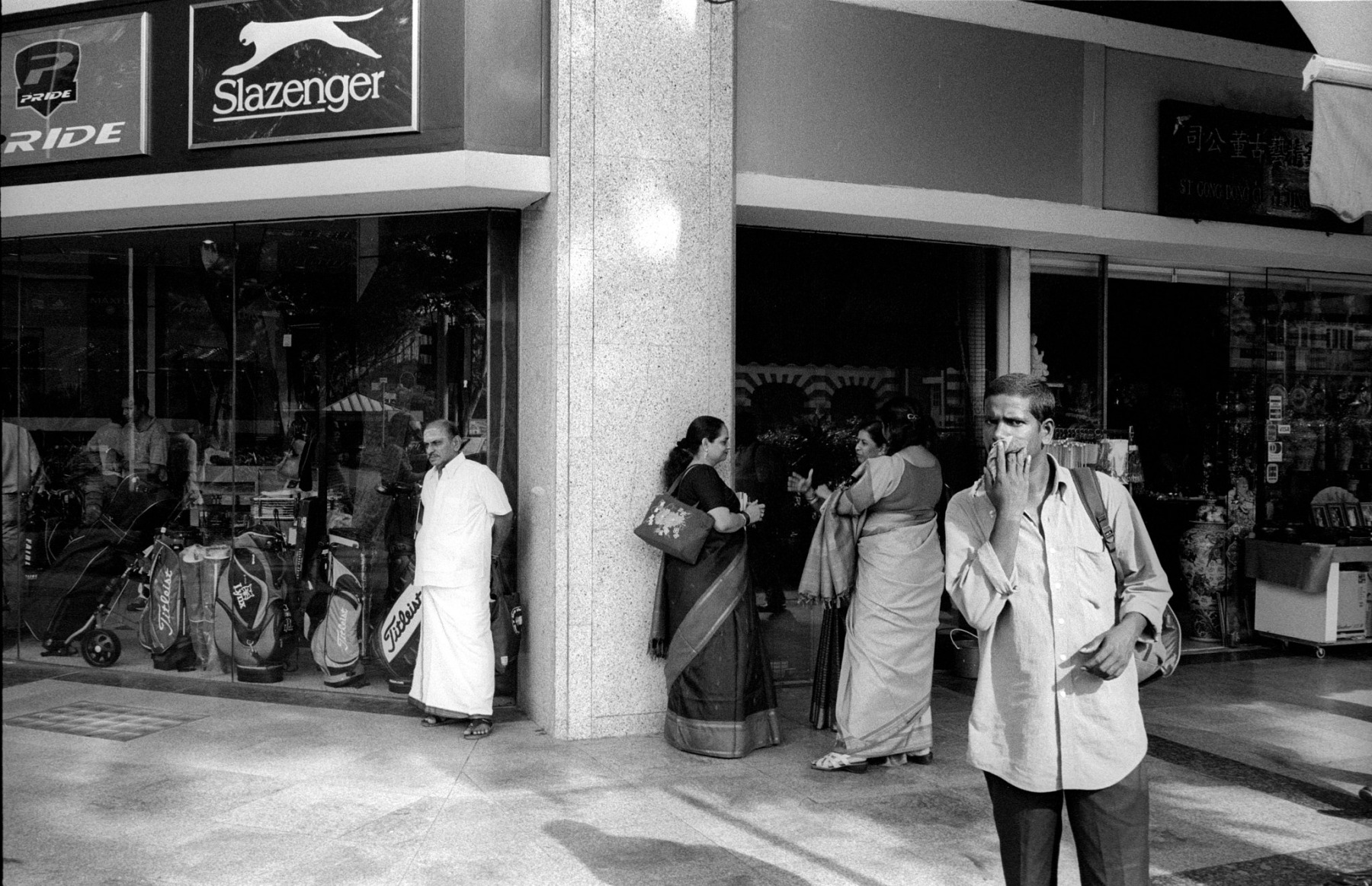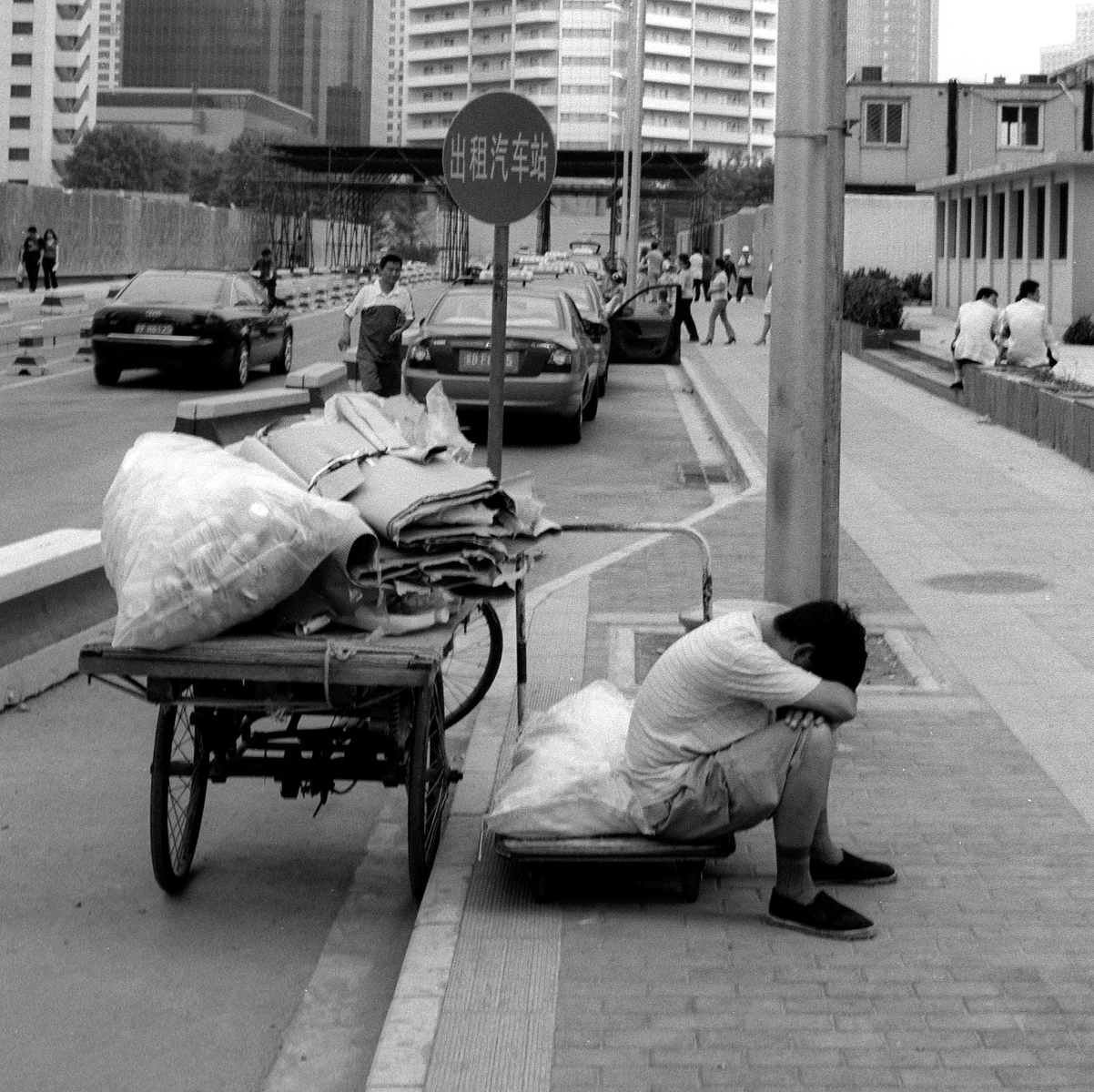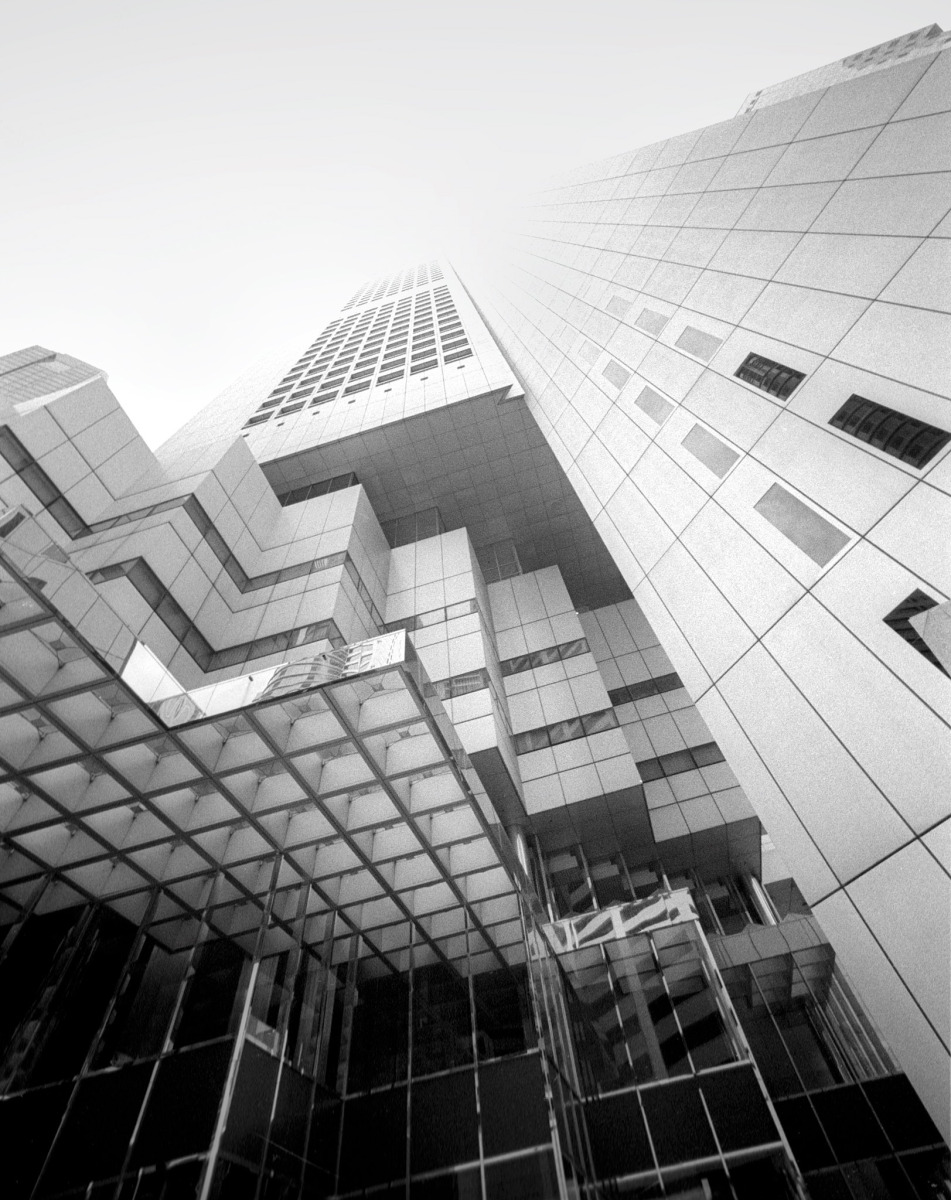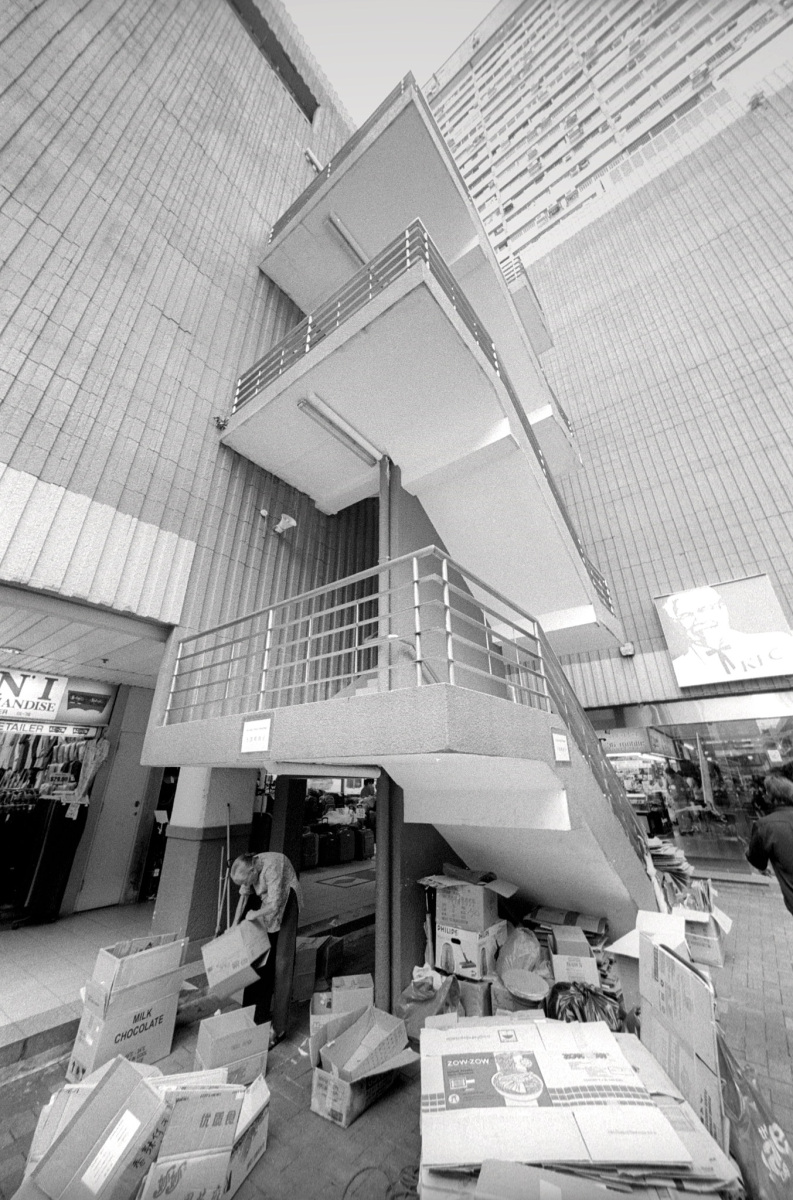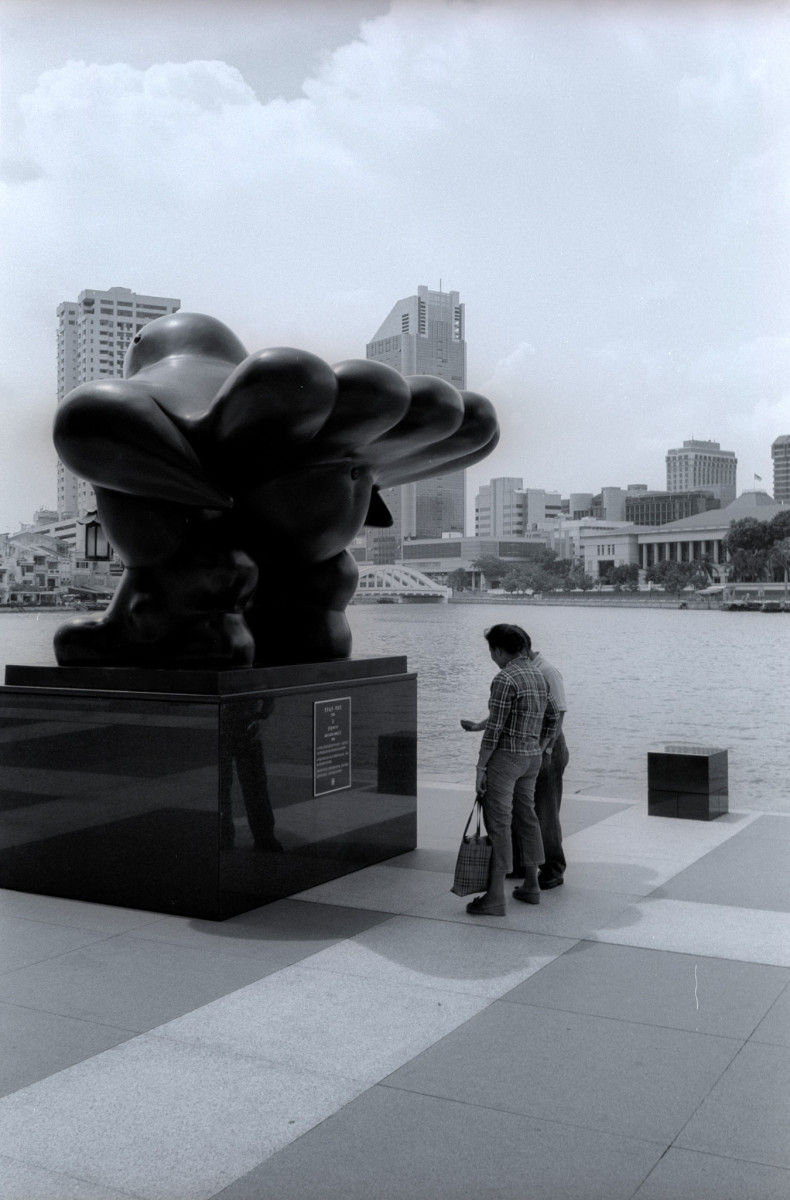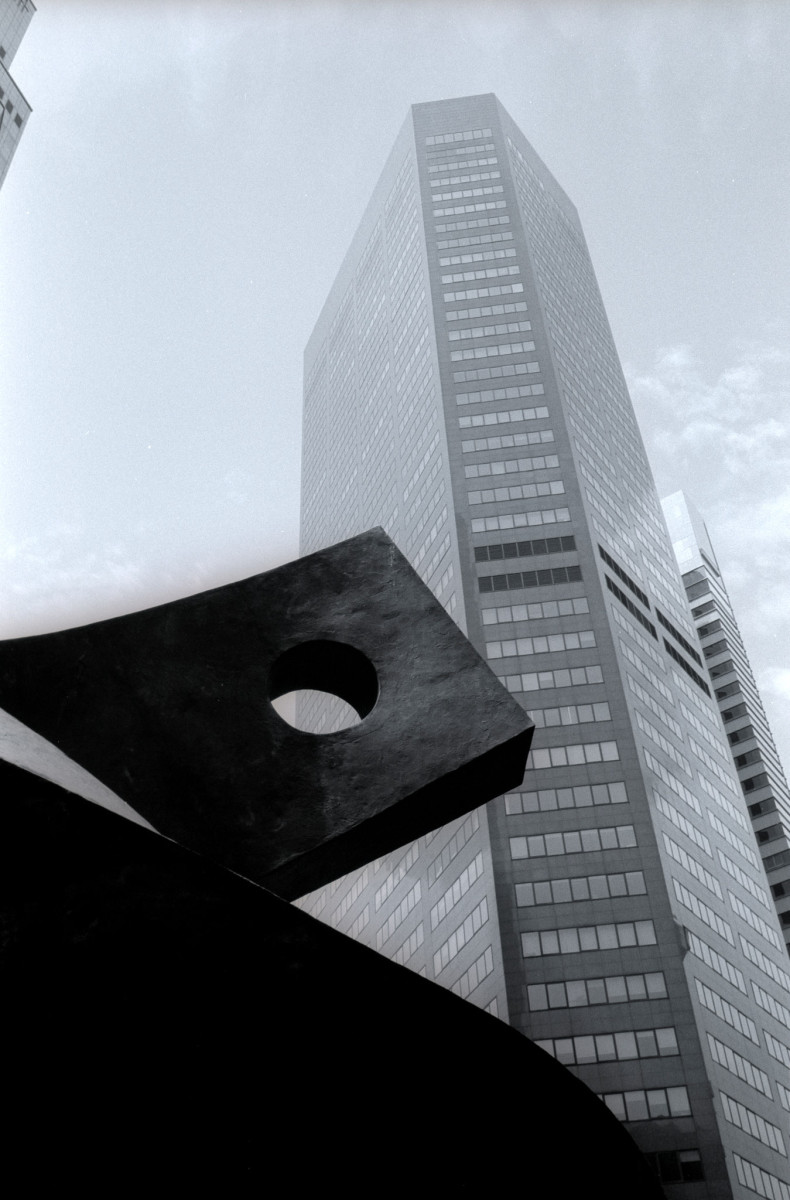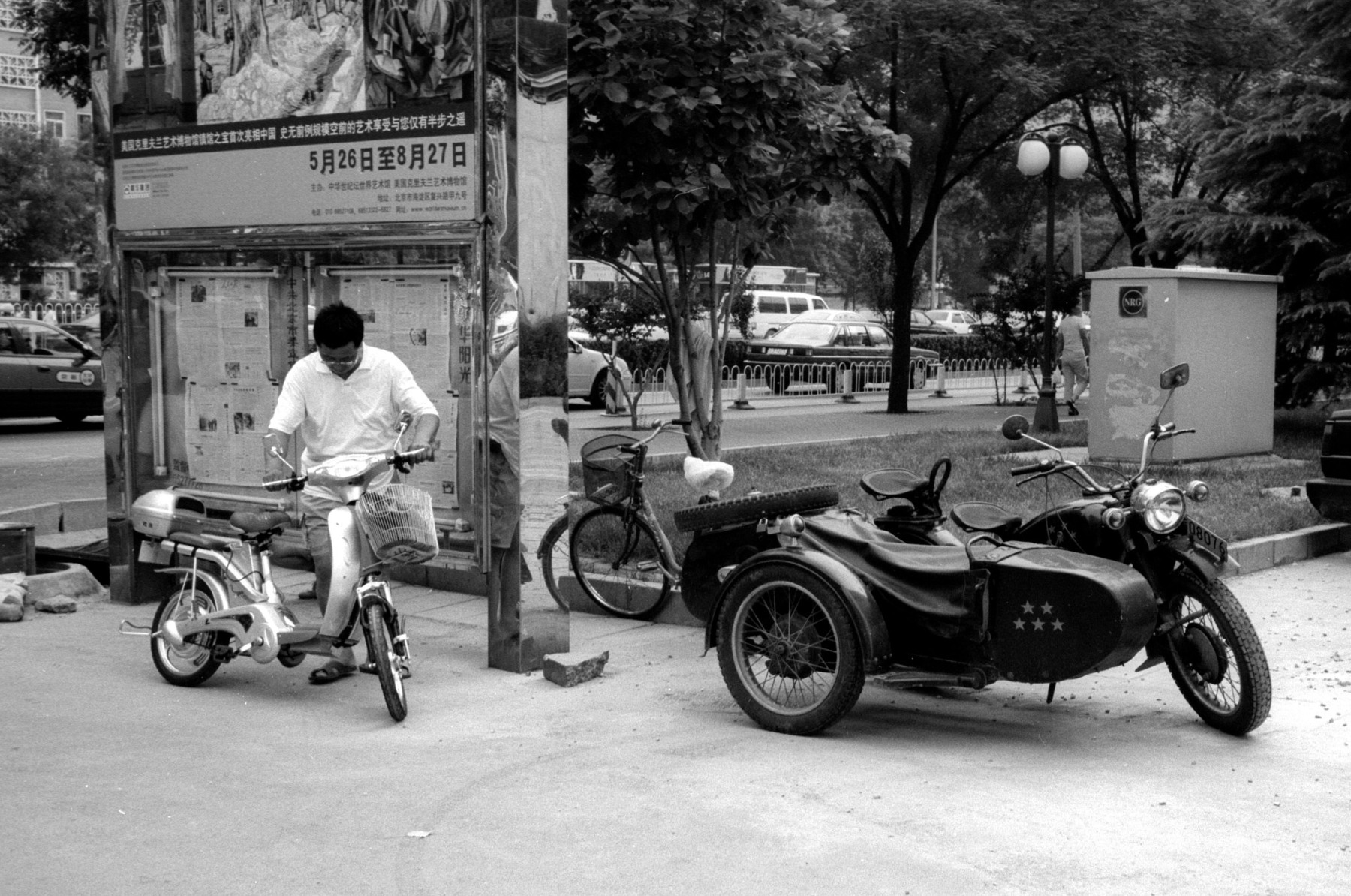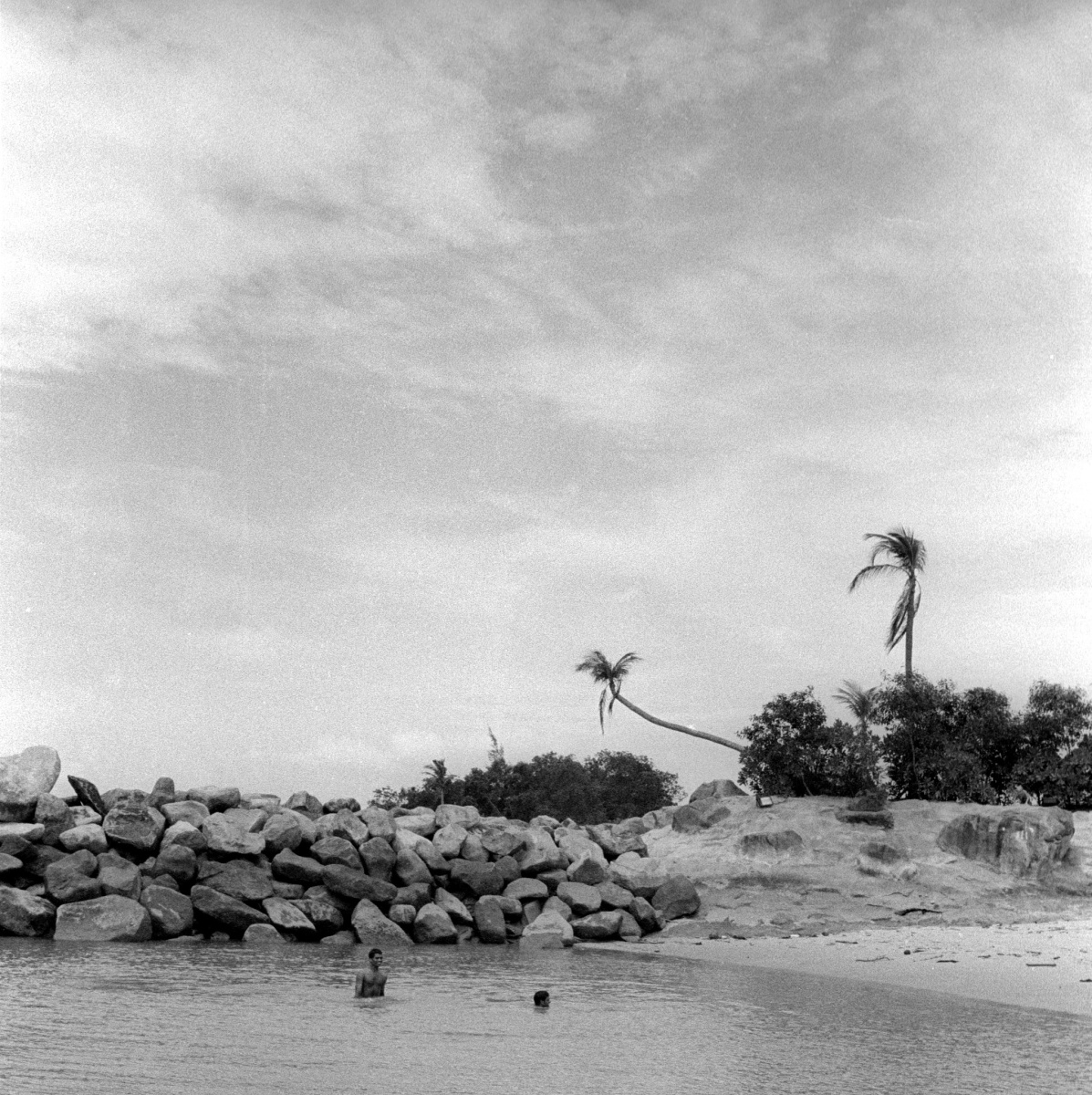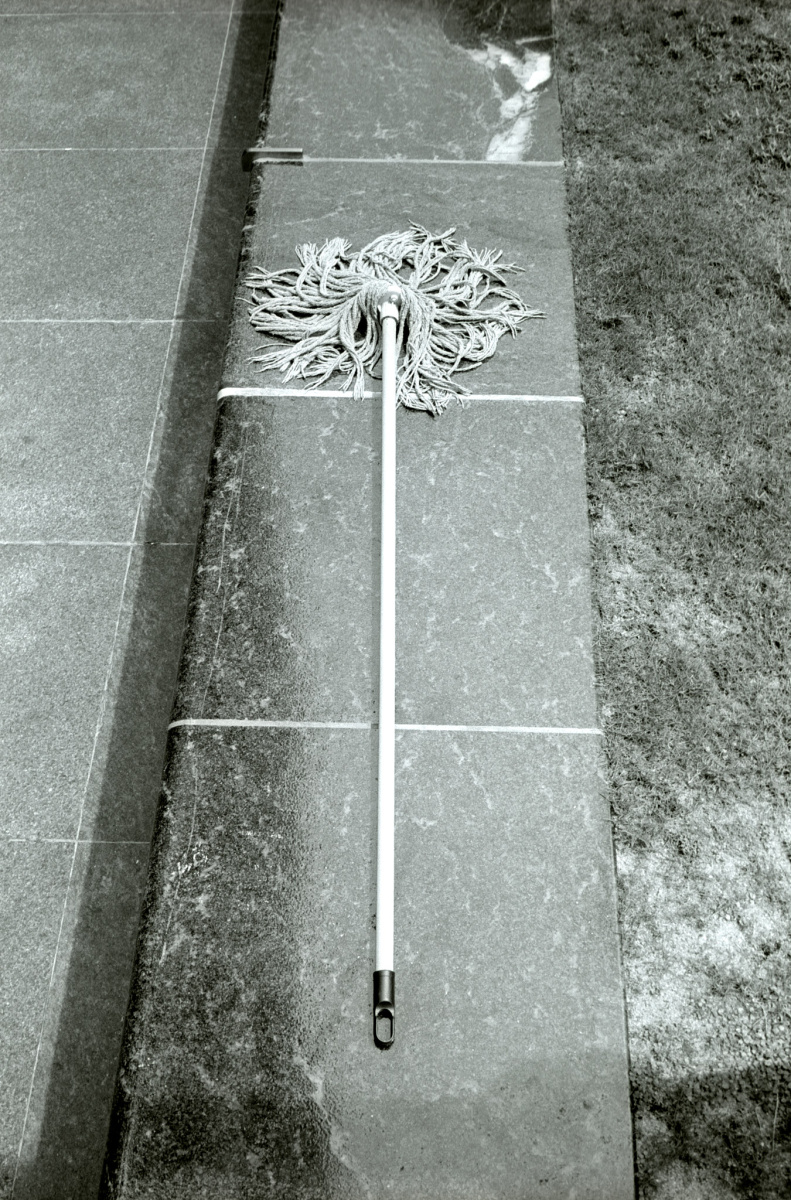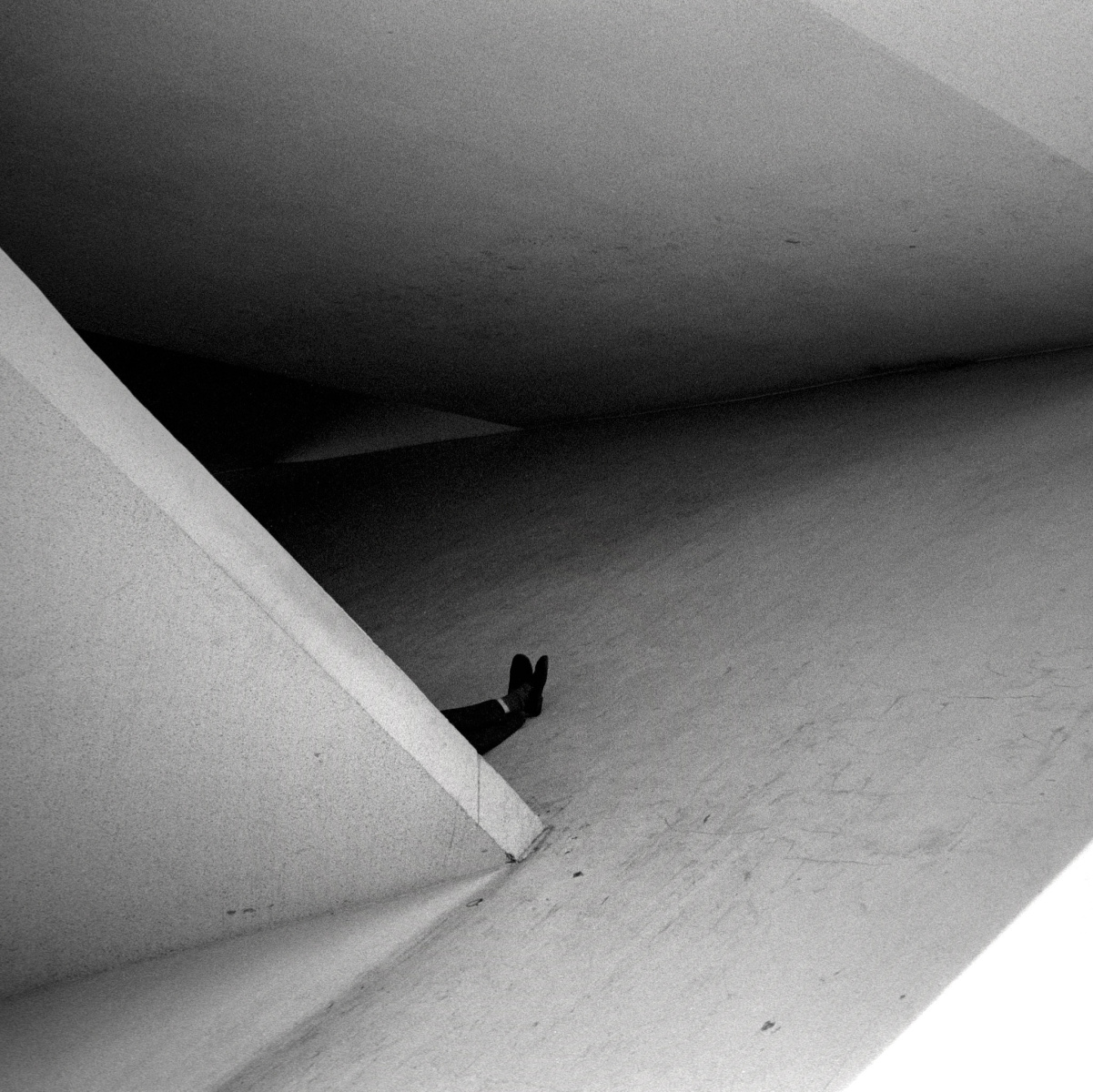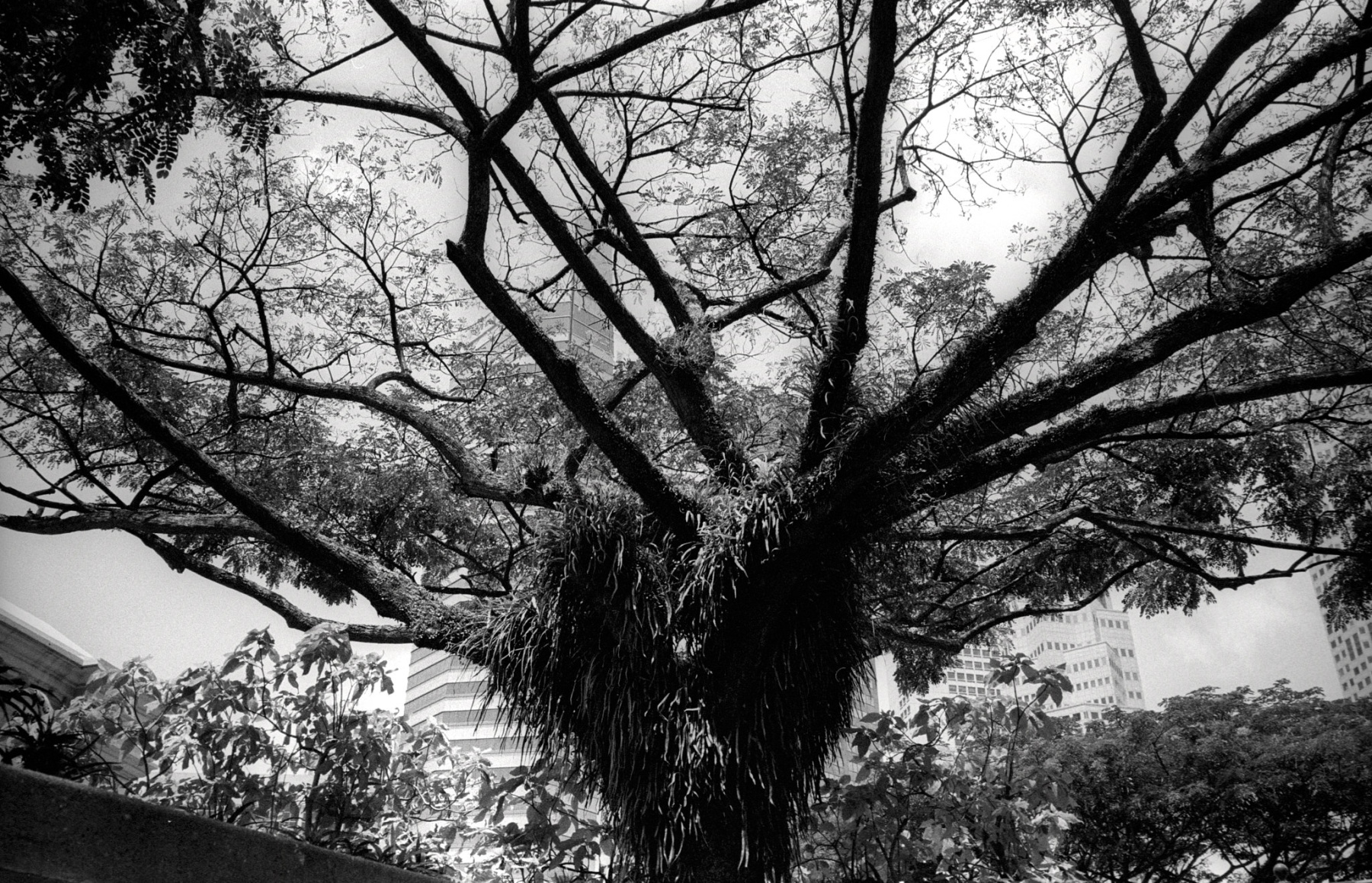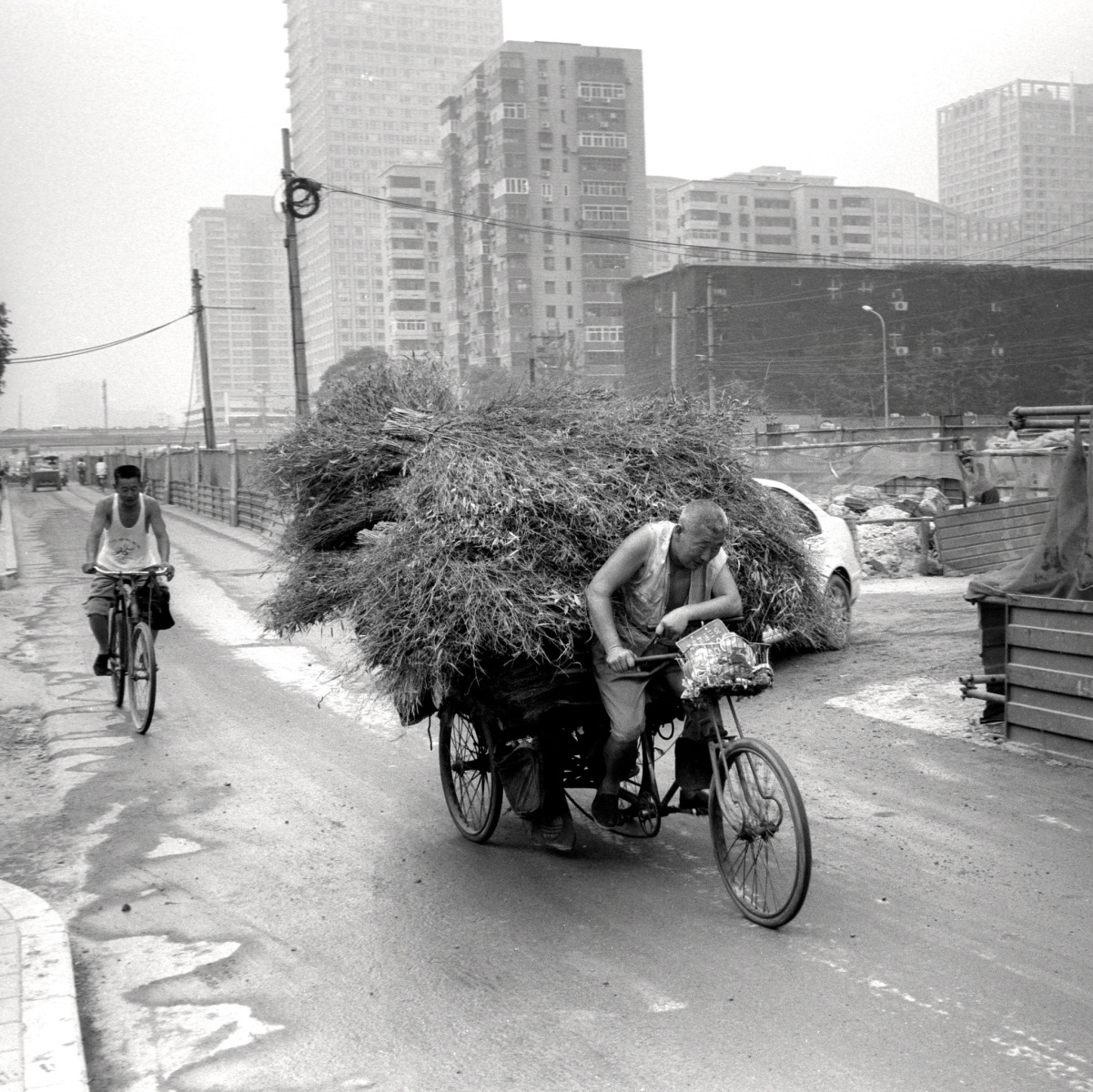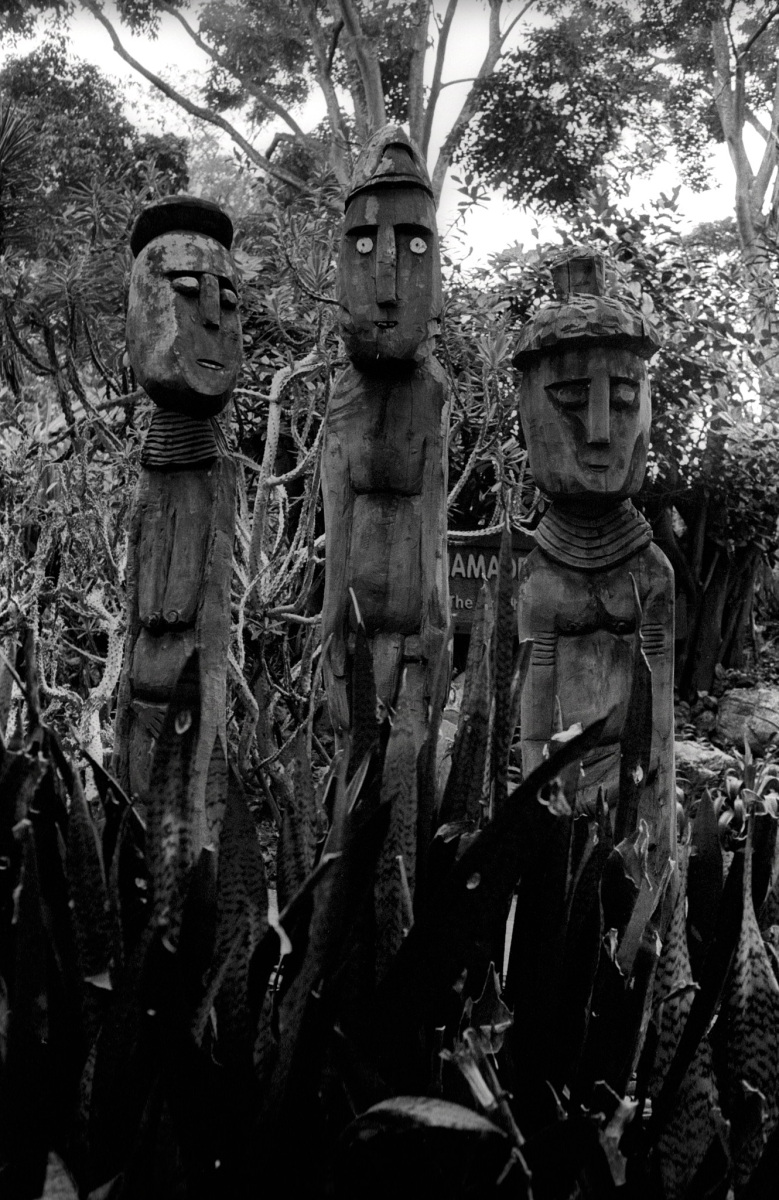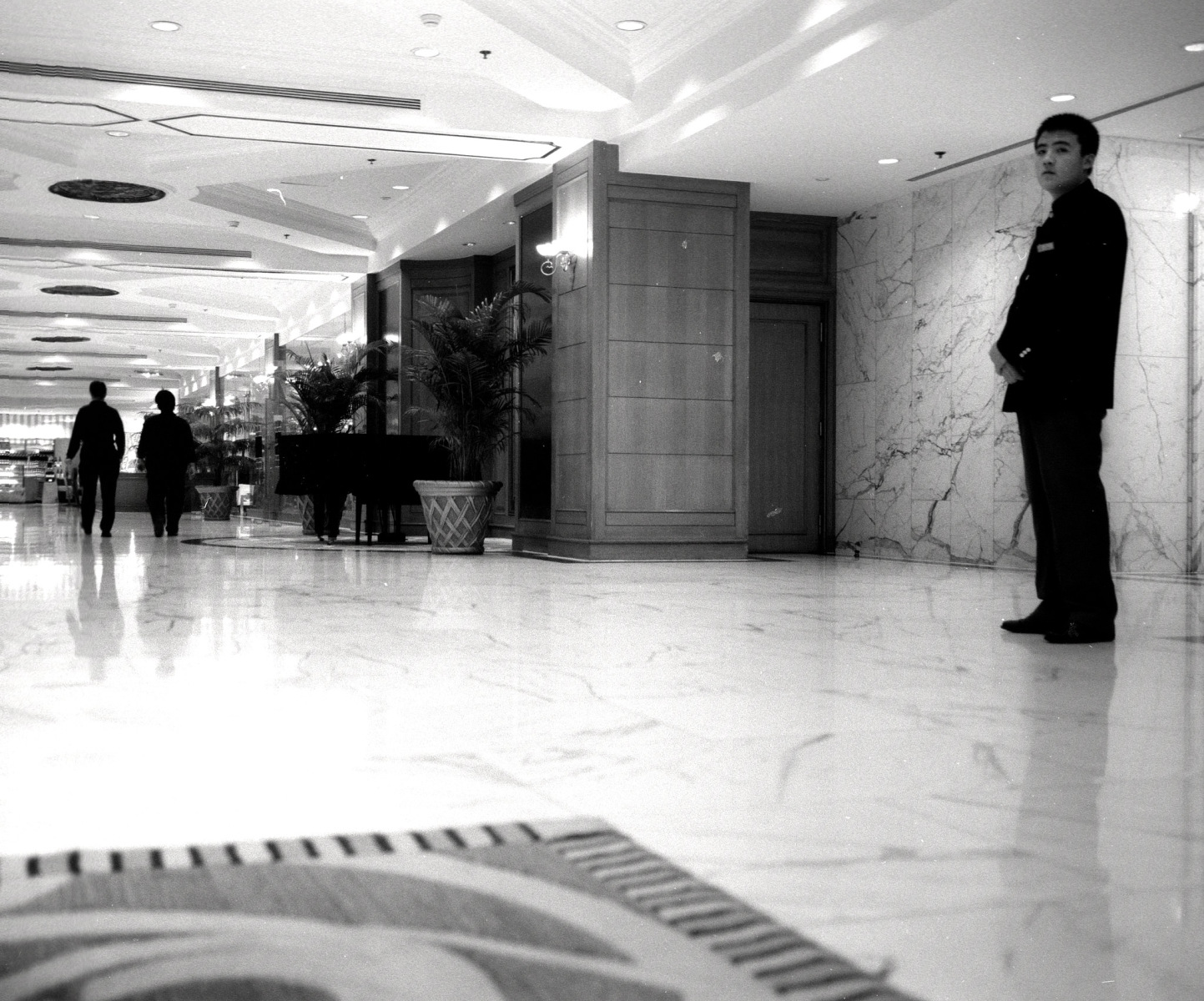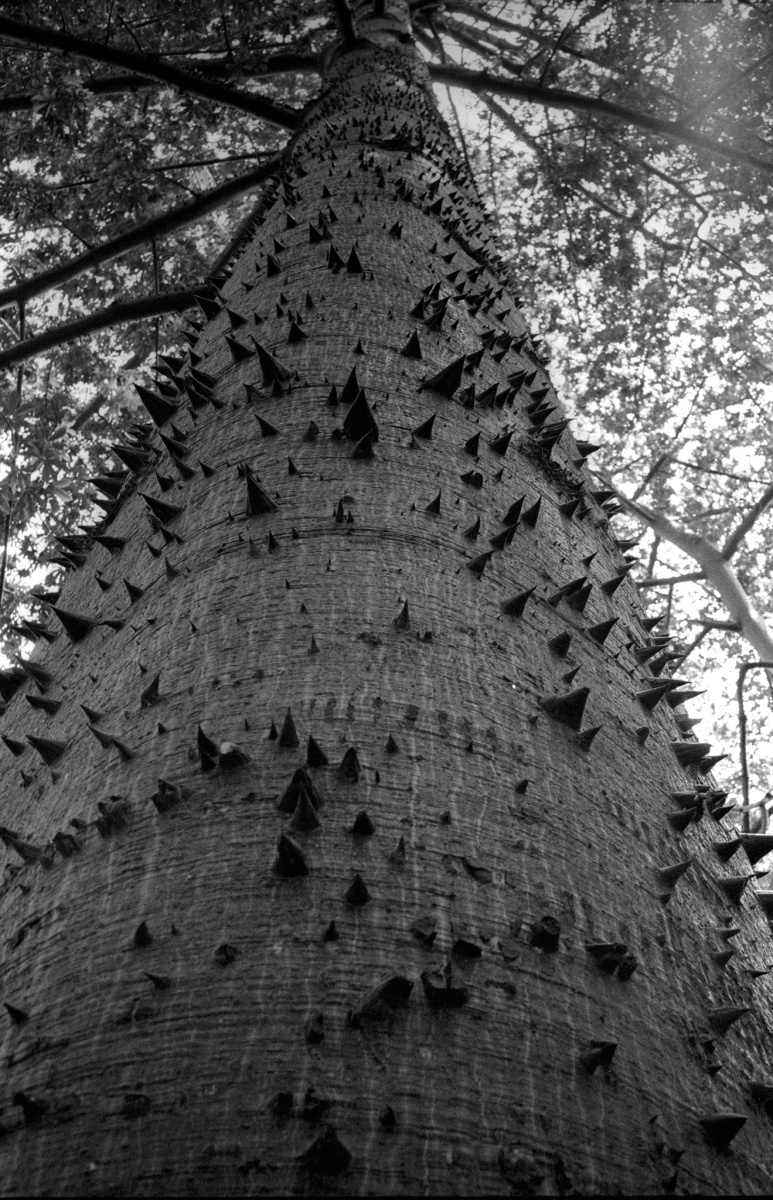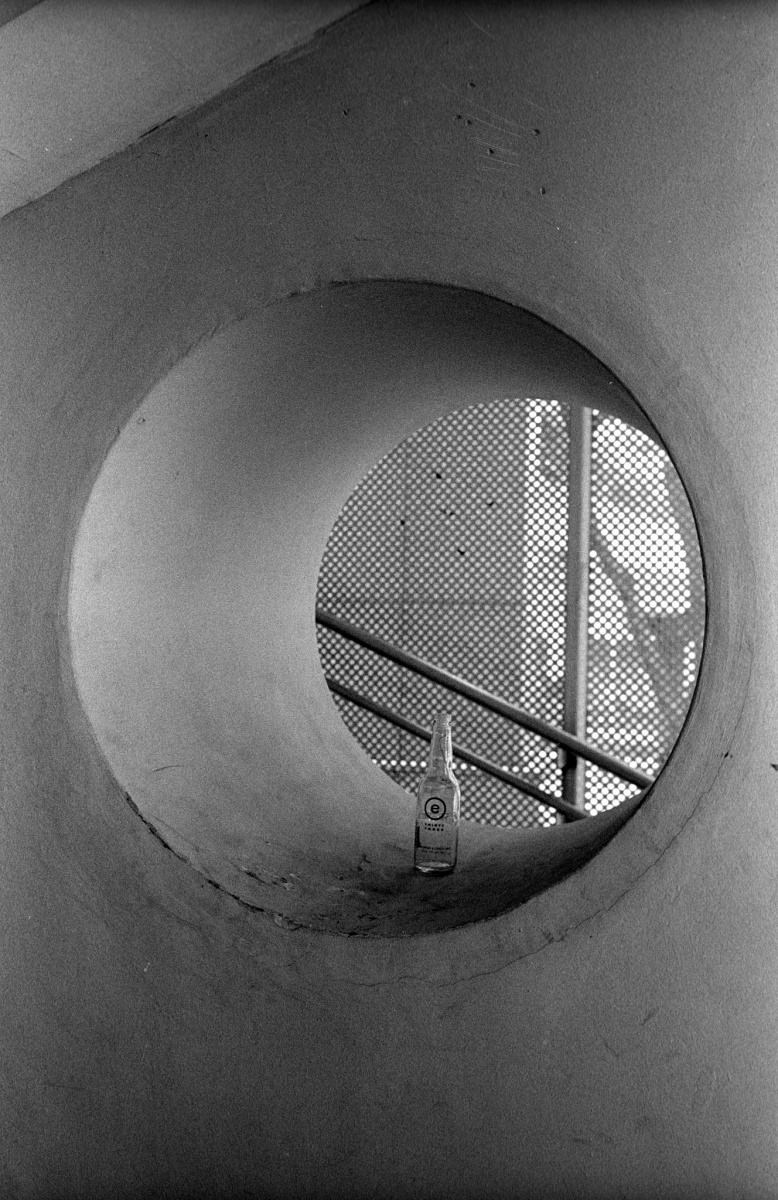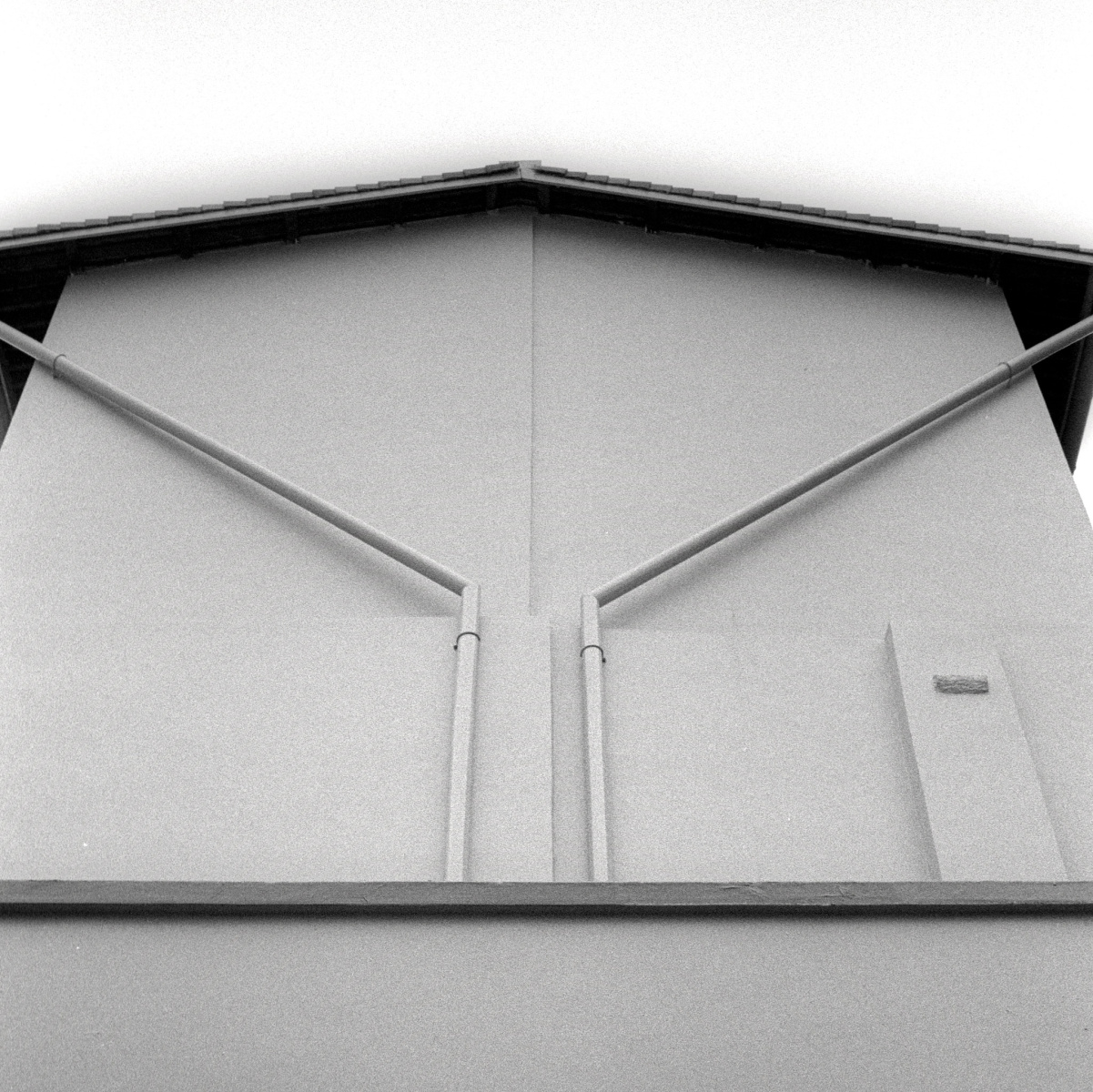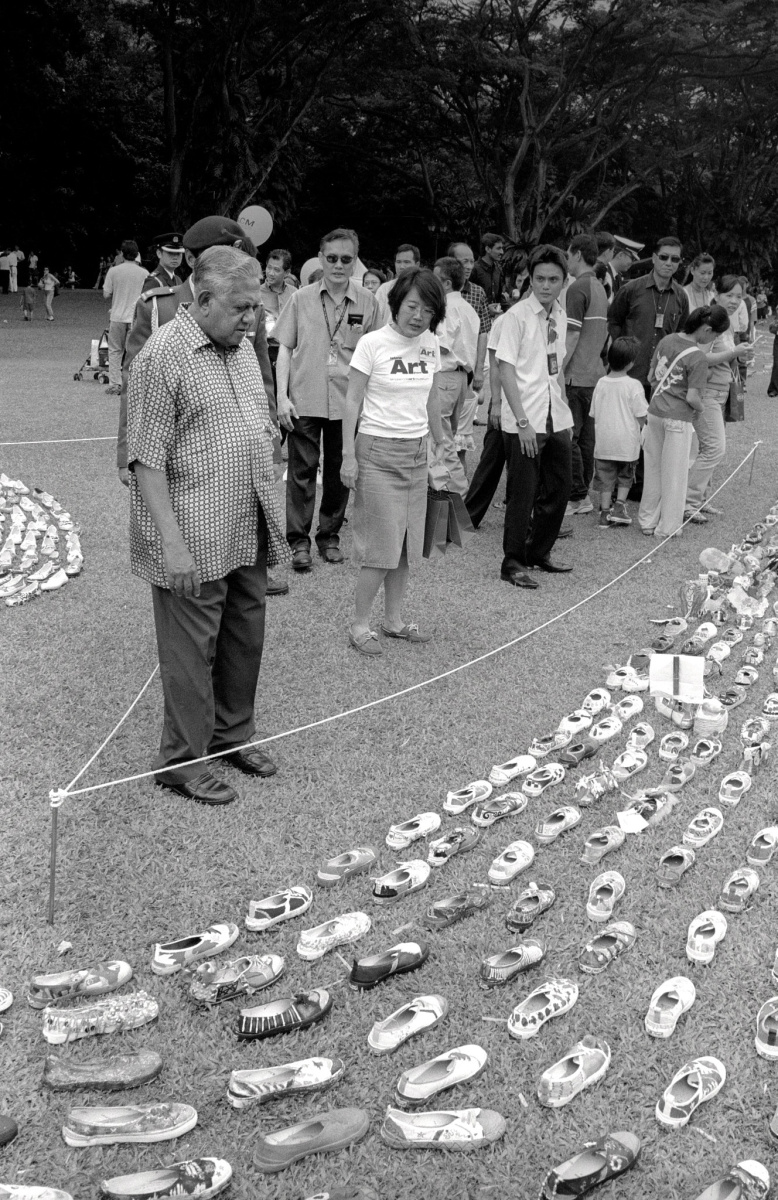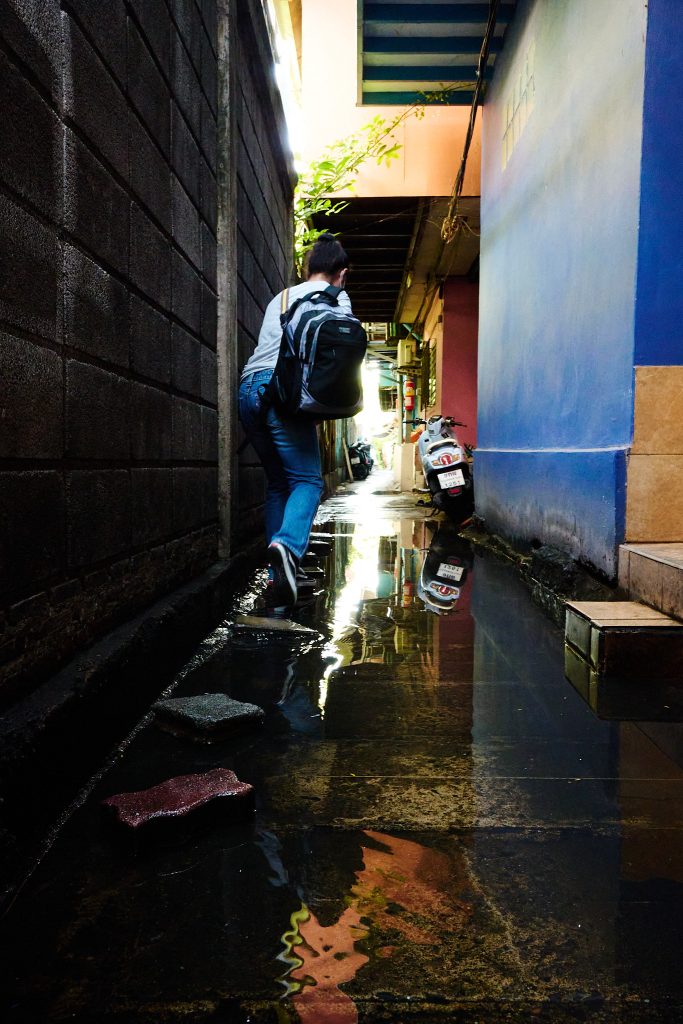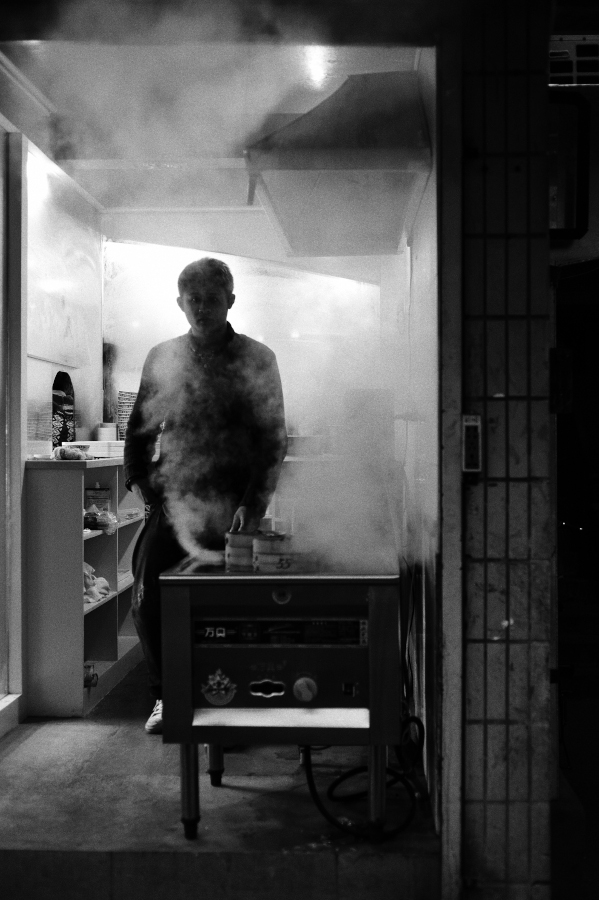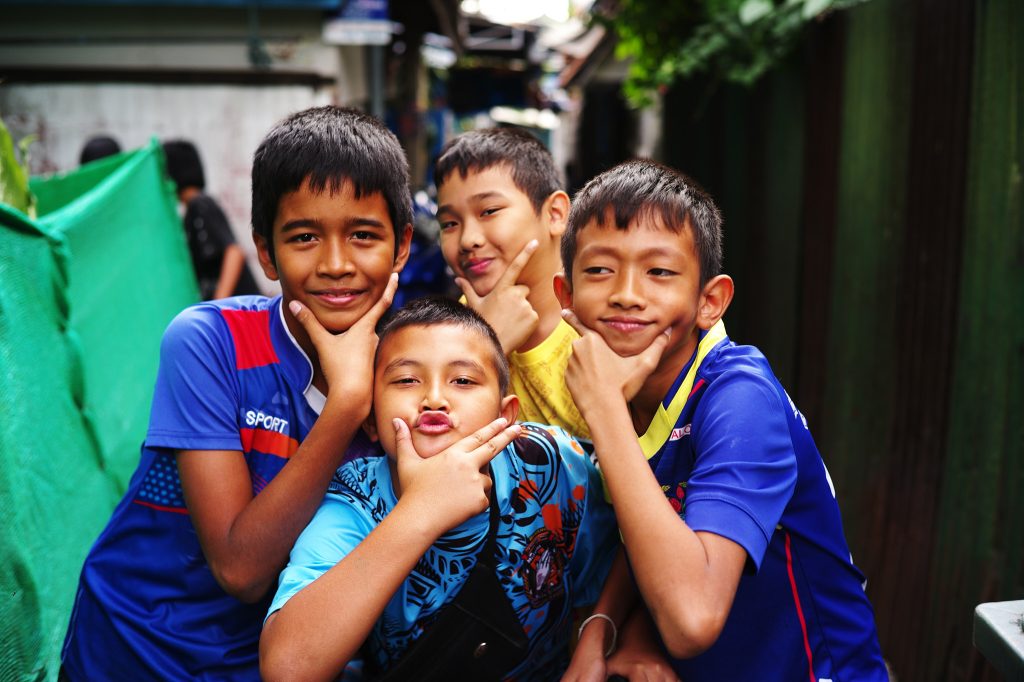Le Français, ce con qui dit toujours non.
Sur les 25 dernières années, j’en ai passé au moins 18 à l’étranger, mais plus important, j’en ai passé 23 à travailler quasi exclusivement à l’international. Sur ce laps de temps, j’ai côtoyé des Français, bien sur, mais aussi des Singapouriens, des Coréens, des Américains (dans le sens continental du terme), des Australiens, des Chinois, des Russes, des Suisses, des Saoudiens … j’en oublie surement un paquet, à part quelques pays d’Afrique et la Corée du Nord, j’ai du être en contact pour la réalisation d’un projet ou d’un autre avec des citoyens de tous les pays de la planète.
En fait, j’ai tellement travaillé à l’international, et même lorsque les gens avec qui je travaillais étaient Français, ils étaient aussi internationaux que moi, que j’en ai oublié les spécificité de ma propre culture et que j’en suis venu à avoir sur la France et son peuple un oeil extérieur.
Le Français, ce con qui dit toujours Non!
La culture, c’est un peu comme les accents, on remarque toujours celui des autres mais jamais le sien. Pourtant, les chocs culturels avec le Français sont légions, surtout lorsque celui-ci est un receveur d’ordre. La meilleure façon de s’en rendre compte est de voyager. Prenez l’avion et allez visiter Singapour. Vous arrivez, l’aéroport est grand, magnifiquement décoré, l’attente à la frontière est minime et tout est bien organisé, les baggages arrivent sur le tapis en quelques minutes. Sans exagérer, 20 minutes après avoir atterri, vous êtes dans le taxi.
Revenez en France, l’avion se pose sur le tarmac. Des bus arrivent 20 minutes plus tard pour transporter des passagers épuisés par 12 heures de vols. Après 15 minutes de bus, vous arrivez dans l’aéroport, c’est froid, c’est dégueulasse. Deux postes de frontières ouverts sur les 15 présents (une grève ou un jour normal à CDG ?) et vous êtes partis pour 50 minutes d’attentes juste pour viser le passeport. Quel que soit le temps d’attente, les baggages ne sont pas sur le tapis au moment d’y arriver … j’arrête là, vous voyez l’esprit.
J’exagère ? si peu. Cette mauvaise volonté du Français à essayer de présenter un visage positif se retrouve en permanence. Au niveau professionnel, toute nouvelle demande est un problème, elle fait d’abord face à un refus, puis à un “peut-être”. Au final, la demande sera implantée mais que d’énergie dépensée pour en arriver là. Le Français compense en étant généralement compétent.
Lorsqu’il fait face au Nord Américain (celui des US), c’est le clash. L’Américain est à l’exact opposé du Français. Il dit oui à tout avec un ton enthousiaste allant jusqu’à vous faire croire que votre nouvelle idée la meilleure qu’il ai jamais vu et qu’il donnera à votre requête une priorité absolue. Mais le Nord Américain est plus prompt à promettre qu’à livrer. Alors imaginez quand il fait face à un “Non” Français ce qu’il ressent (la situation dans l’autre sens est tout aussi peu productive, lorsque le Français est fier d’avoir tiré un “Oui” pour ne vient rien venir).
À l’international, le racisme est une partie intégrante de la façon de travailler. Entendons nous bien, je parle de “racisme” dans son sens littéral, il n’est nullement question de xénophobie ici, mais de reconnaissance des différences culturelles et de l’instinct de se regrouper. Ainsi, dans toutes les sociétés, il existe un plafond de verre qu’il est très difficile, parfois impossible, de briser et qui limite l’accès à des postes hiérarchiques à des gens qui sont du pays. C’est très vrai pour les sociétés Indiennes, par exemple, ou ils recomposent dans leur modèle hiérarchique leur propre modèle social. Mais c’est tout aussi vrai dans une société Française ou tous les postes de directions seront occupés quasi exclusivement par des Français, à défaut des Francophones ou des Européens.
Cette sorte d’instinct de regroupement n’est que la volonté de se comprendre entre gens d’une même culture.
Il n’y a rien de pire pour une société que d’essayer de s’implanter dans un pays sans utiliser une passerelle culturelle souvent représenté par un ressortissant du pays d’origine de la société vivant dans le pays de destination depuis assez longtemps pour en comprendre les nuances et différences culturelles et adapter la politique intérieure de la société.
Il y a trois types de rapports professionnels :
- Un rapport hiérarchique (vous êtes donneur d’ordre)
- Un rapport à égalité (vous êtes au même niveau que votre interlocuteur)
- Un rapport hiérarchique (vous êtes receveur d’ordre)
Selon le type de rapport, une différence culturelle qui a un impact négatif dans un sens aura un impact souvent positif dans l’autre sens. Ceci signifie que deux personnes peuvent très bien travailler ensemble parce qu’elles sont dans un rapport hiérarchique donné, mais parce que ce rapport va changer (suite à une promotion, par exemple), la relation va se dégrader et peut mener à l’échec. Ceci seul justifie le plafond de verre culturel dont je parlais plus haut.
L’international paraît souvent comme une carrière intéressante, surtout dans le domaine de l’informatique. Mais attention cependant, au delà du choc culturel, se cache une situation qui n’est pas si rose. Travailler dans un autre pays signifie que vous serez l’étranger, dans de nombreux pays cela se traduit une absence totale de droit sociaux: pas d’assurance maladie, pas de points pour la retraite (les contrats d’expats des années 2000 à USD 25K par mois, école des gosses, assurances et loyers payés se sont réduis comme peau de chagrin). Votre visa dépend directement de votre employeur et ce dernier n’a bien souvent aucun compte à rendre et aucune obligation à vous garder. Vous perdez votre emploi et vous n’avez que quelques semaines pour plier armes et baggages et rentrer au pays.
Alors, êtes-vous prêt à aller voir ailleurs si l’herbe est plus verte ?
